India is becoming a significant player in the global solar power sector. Prime Minister Narendra Modi has a vision of net-zero carbon emissions by 2070. India aims for a solar power capacity of 280 GW by 2030. For FY24, the union budget for solar energy marked a 110% surge from the previous Rs 4757 cr.
Along with the central government, state governments also played a pivotal role in the sustainable growth of solar energy in their respective states. From land allocation to permits and NOCs, and monitoring with rules and regulations, state governments address many areas.
Here is a list of the highest solar energy-producing states in India
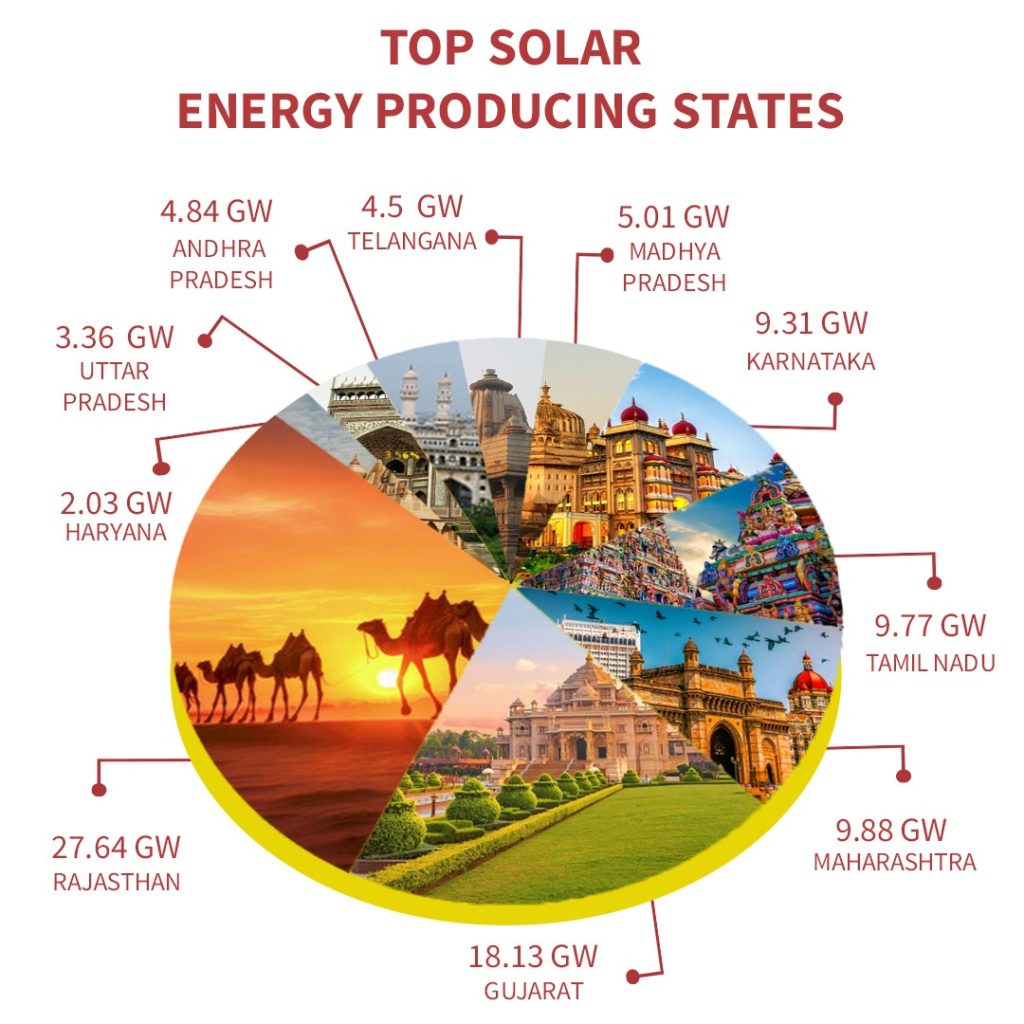
Rajasthan – 27.64 GW
With its scorching heat and large stretches of desert, this state is spearheading India’s transition to green energy. The state has vast potential in terms of intense solar radiation and one of the highest numbers of sunny days in a year.
Rajasthan’s solar generation potential has been assessed at 142 GW and set an ambitious target of 30 GW capacity for 2024-25. According to recent reports of the Ministry of New and Renewable Energy (MNRE), Rajasthan became the largest solar energy-producing state in India, surpassing its goal of 30 GW. This state achieved the highest installed solar capacity with 33.46 GW.
India’s biggest solar power plant, Bhadla Solar Park, is also in Jodhpur (Rajasthan), with an area covering 56.6 sq. km and a total capacity of 2245 MW.
Know More: Best Solar Dealers & Distributors in Rajasthan
Gujarat – 18.13 GW
Gujarat’s climate is mostly hot and dry. With 18.13 GW of solar energy production, Gujarat has surpassed Karnataka to become the second-largest solar-producing state. It occupies a 13% share of India’s total solar capacity.
According to Gujarat’s Renewable Energy Policy 2023, they are aiming for 100GW of solar energy production by 2030. The state government is also working to build the world’s largest renewable energy park in the Kutch district.
Know More: Top Solar Companies in Gujarat
Maharashtra – 9.88 GW
With 250-300 days of clear sun, Maharashtra is a state that is leading the way in the expansion of solar energy generation, with notable growth occurring in this area. Maharashtra can build solar open-access projects since there is an abundance of available land and easy access to transmission infrastructure. The state attained a 9.88 gigawatt solar generating capacity as of 28 february 2025.
The government of Maharashtra has many schemes for solar rejuvenation, and “Mukhyamantri Saur Krishi Vahini Yojana” is one of them. Through this scheme, the government has targeted 30% feeder solarization by 2025 as a Mission 2025.
Tamil Nadu- 9.77 GW
Tamil Nadu is amongst the states with the highest solar insolation in India. The state’s climate is generally tropical and fairly hot over the year. It has immense potential in renewable energy production.
Tamil Nadu ranks 4th in solar energy production. The state is planning to expand district solar power plants with a total capacity of 20,000 MW by 2030. The state government will facilitate research in the solar energy sector and create a research fund. Also, the government is working on giving incentives, rebates, and subsidies on solar installation where applicable.
Karnataka – 9.31 GW
Karnataka, the Deccan plateau of India, receives enough sunlight throughout the year. It is one of the top five producer of solar energy with a production of 9.31 GW. According to a 2018 analysis, Bengaluru (Karnataka) can produce up to 3.2 GW of power only with rooftop solar.
The Pavagada Solar Park in the Tumakuru district is the second biggest solar power plant. Three other major power plant projects in Bidar, Koppal, and Gadag districts are also lined up for increased solar production.
Know More: Best Solar Panel Manufacturers in Bangalore
Madhya Pradesh- 5.01 GW
Madhya Pradesh has a dry and subtropical climate with 300 sunny days annually. The state receives 5.5 kWh/ sq. m/per day of solar irradiation. The MP government is promoting the renewable energy-based initiative, considering the regulatory framework and distributing the power generation status.
In December 2019, Harsh Yadav, the New and Renewable Energy Minister, designated Madhya Pradesh as a “Solar State” and Bhopal as a “Solar City”. The World Bank complimented the state government’s advances in the utilization of solar energy in the industrial sector.
Rewa Ultra Mega Solar Power project, one of Asia’s largest solar power projects, was inaugurated by Prime Minister Mr. Narendra Modi on July 10, 2020. The government of MP is planning to invest 500 billion in renewable energy by 2027.
Know More: Best Solar Companies in Madhya Pradesh
Telangana – 4.5 GW
Telangana has a significant solar potential, with an average solar insolation of almost 5.5 kWh/m2 across more than 300 sunny days. Telangana has a mostly hot and dry climate and is classified as a semi-arid region.
Telangana has a significant growth in the solar energy sector. This state has India’s largest floating solar plant that covers over 500 acres with a capacity of 100 MW. When it comes to energy production in South India, Telangana has received enough solar radiation, which is almost 20 GW why more than its current production.
The state government is also initiating solar for small and macro industries, agricultural, and residential land. In the next five years, the government is planning to add 3GW of clean energy to existing production.
Andhra Pradesh- 4.84 GW
Andhra Pradesh is gradually becoming a major hub of renewable energy generation. The state is generally hot and humid. Almost 300 sunny days in a year, with solar insolation of more than 5 kWh/m²/day are available in the state. This state has the best-performing power-distributing companies in India (APEPDCL and APSPDCL).
The state government has a minimum solar generation target of 5000 MW in the next five years. The government is planning to develop solar parks with utility infrastructure to meet the growing demand for power in an environmentally sustainable manner. The state government is also promoting local manufacturing facilities of solar panels and batteries to generate employment in the state.
Uttar Pradesh- 3.36 GW
This state has high sun insolation, making it very suitable for solar generation. However, the state solar production numbers could be more satisfying than others. The UP solar energy policy (2022) intends to expedite solar power development, aligning with India’s ambitious goals.
By 2026–2027, the strategy intends to establish 22,000 MW of solar power projects around the state. Of this, utility-scale solar parks will add around 14,000 MW of capacity. In addition to that, the government is also planning to make ‘AYODHYA’ a model solar city.
Haryana- 2.03 GW
Haryana has 320 days of bright sunny days, which makes this state a very high potential state for solar production. The Haryana government implemented the Haryana Solar Power Policy 2021, which aimed to boost rooftop solar systems. One of the policy’s key objectives was to promote solar use in agriculture as well as the solarization of EV charging stations.
By constructing 6,000 MW of solar power by 2030, Haryana hopes to enhance its capacity for solar energy 22 times.
Conclusion
Apart from the above states, the governments of Punjab, Delhi, and Bihar are also taking initiatives to develop solar energy systems in their respective states. Under the Ministry of New and Renewable Energy, the central government has also launched PM KUSUM and PM JANMAN Yojana for PVTG habitation and villages.
In recent years, the solar energy market has undoubtedly grown significantly. Furthermore, the all-India annual peak demand in 2024-25 is predicted to be 256,530 MW. Given India’s climate goals, it is critical to plan for future power-generating capacity, particularly renewable energy. To meet climate targets, the top renewable energy states must maximize their potential and solve the sector’s inherent problems.




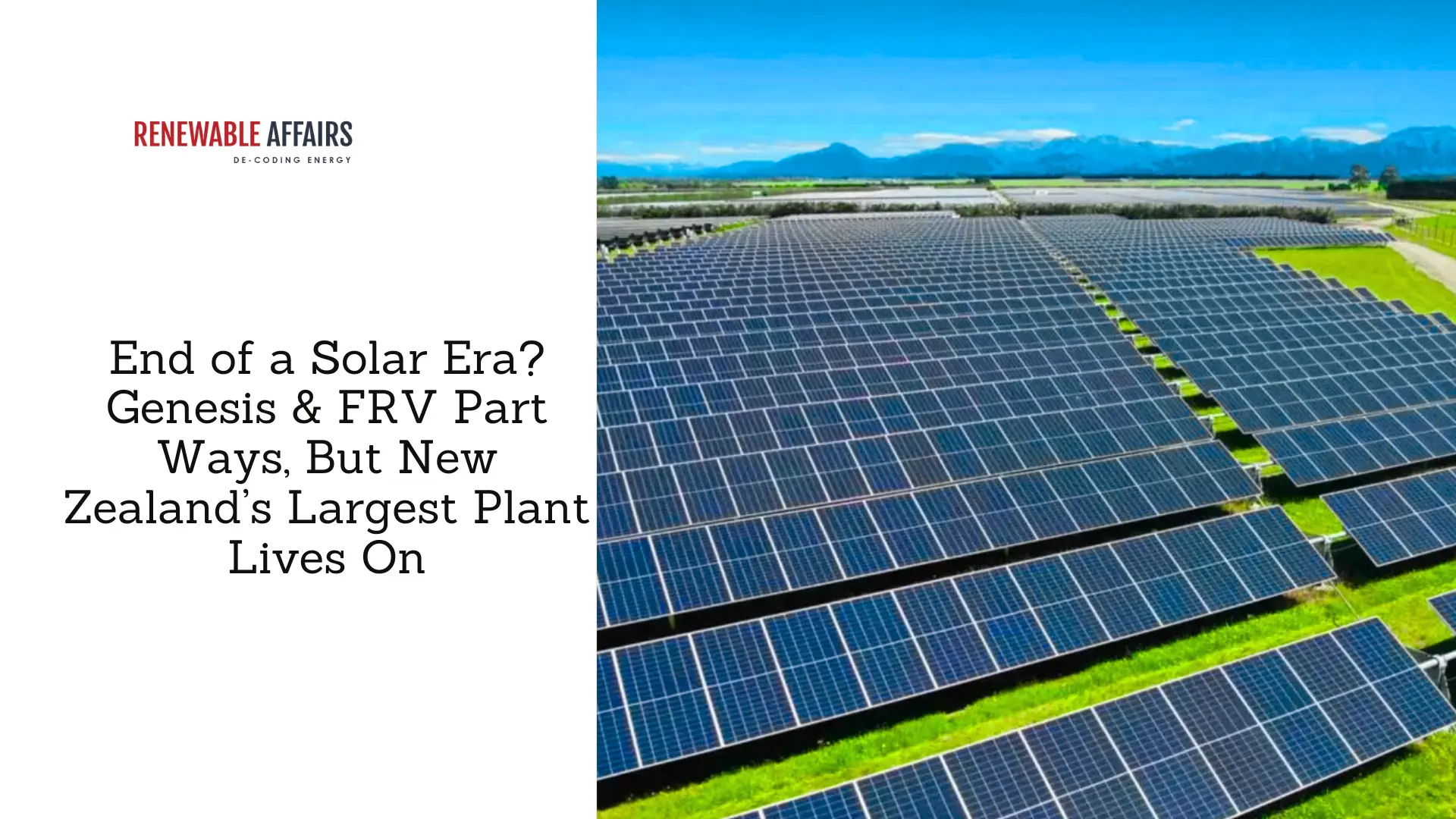
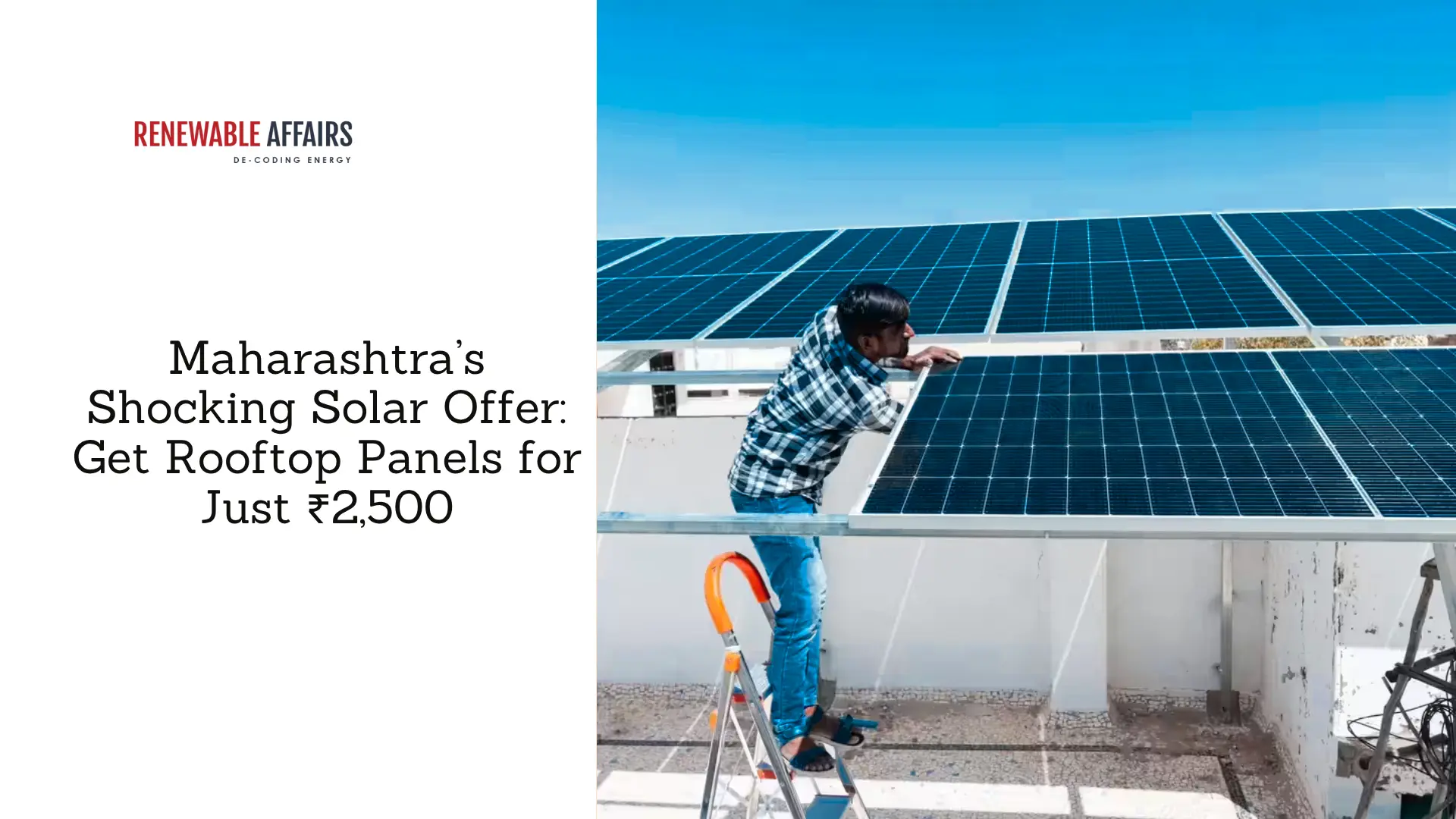
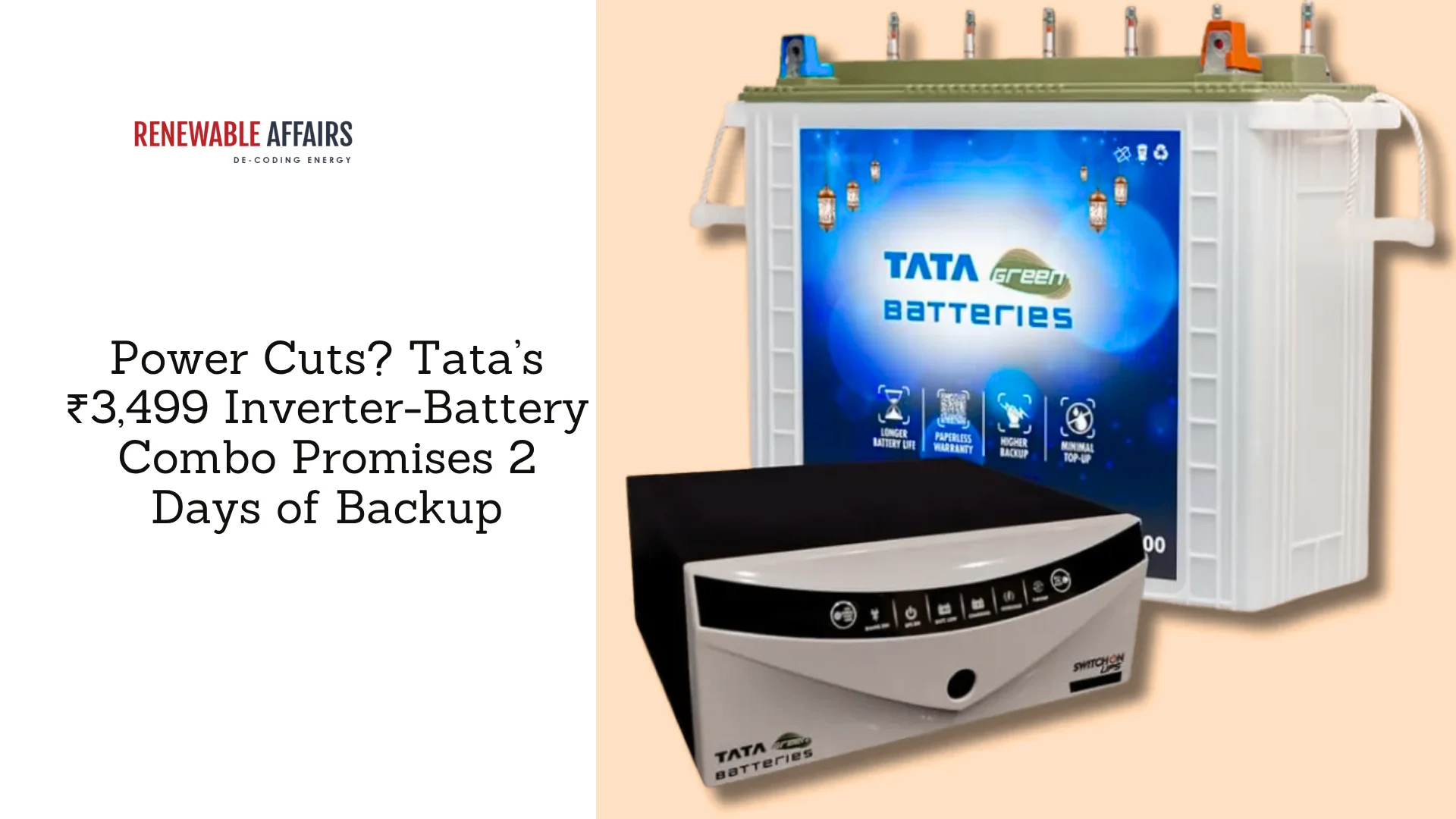
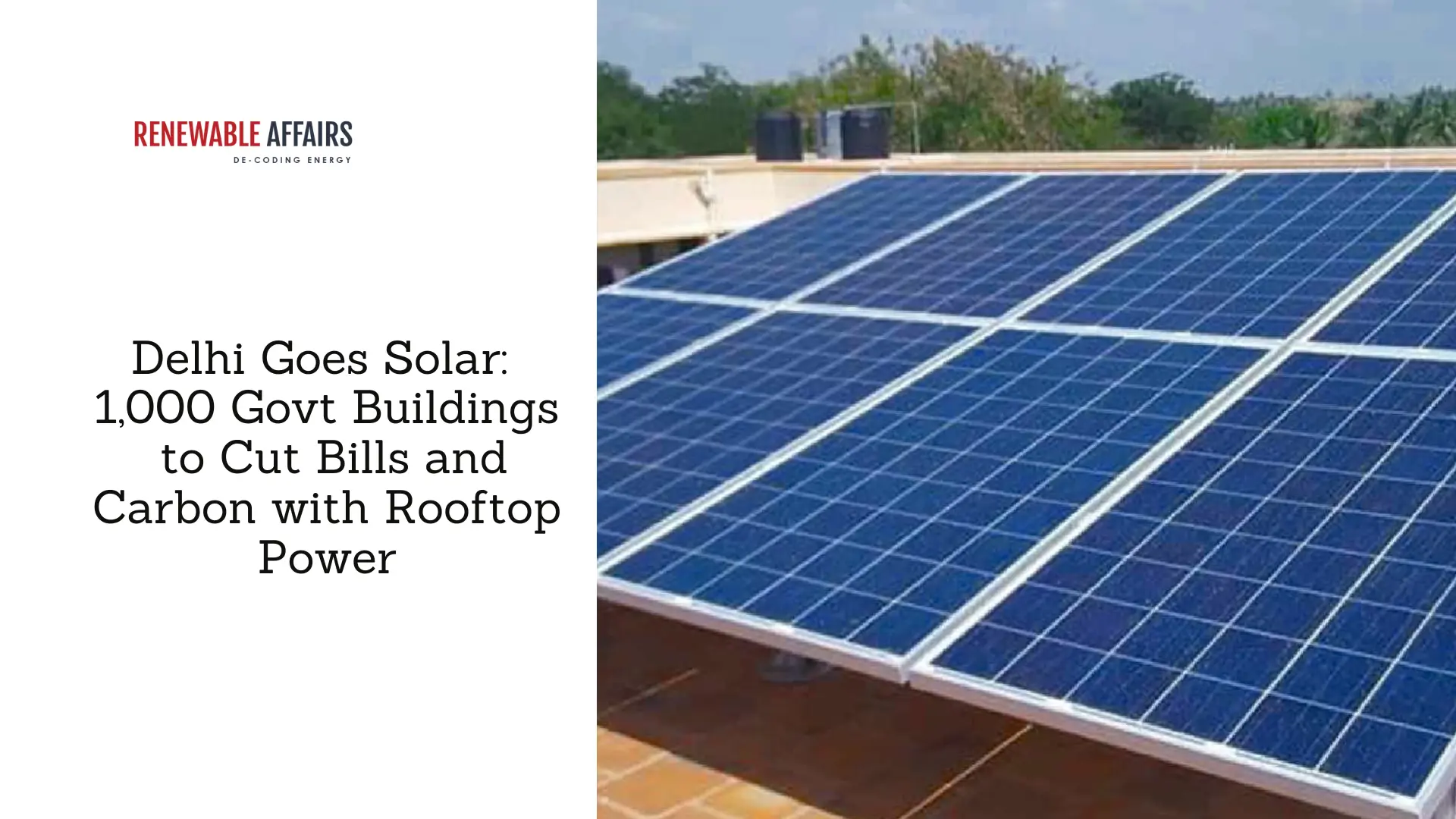
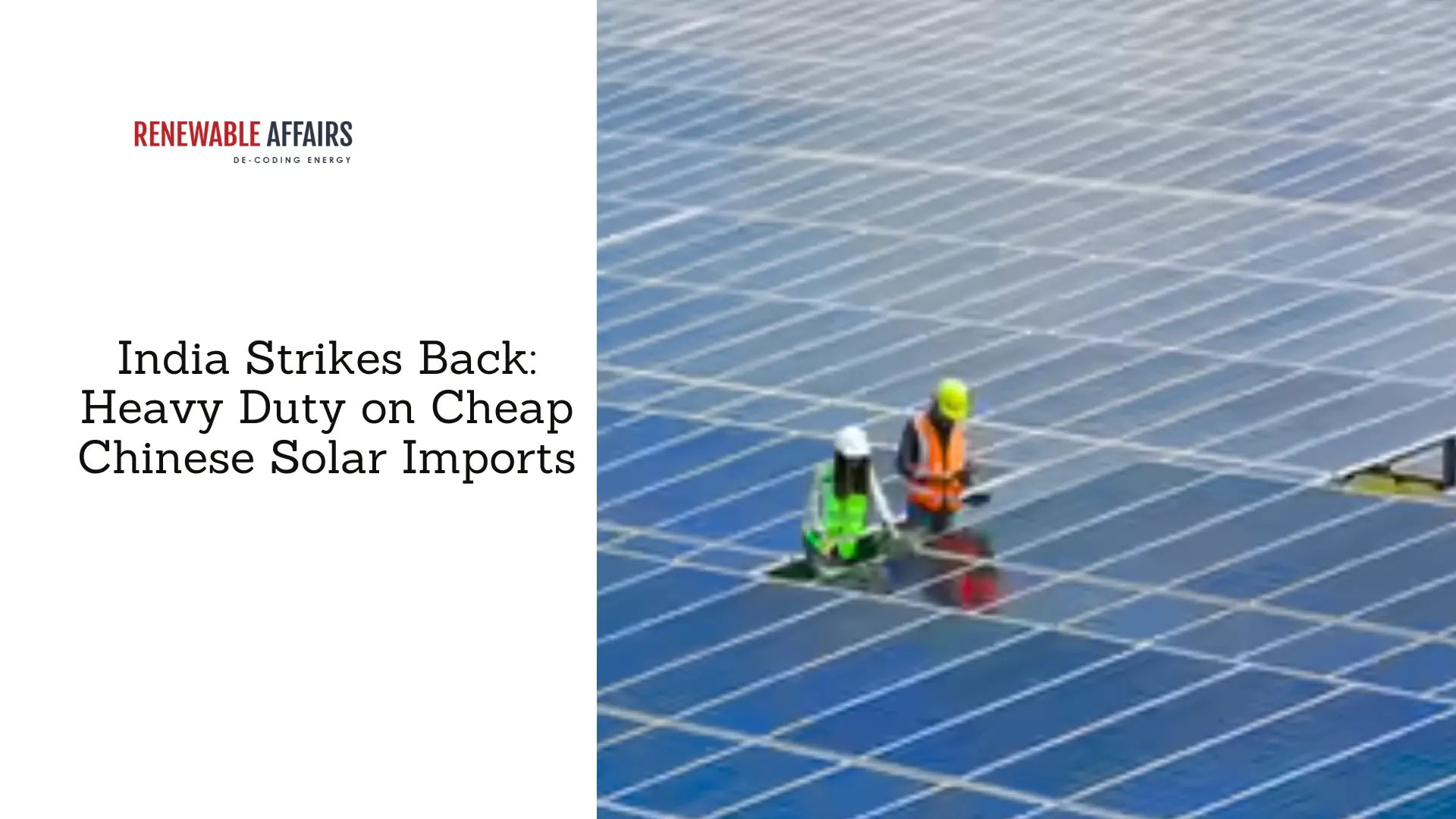
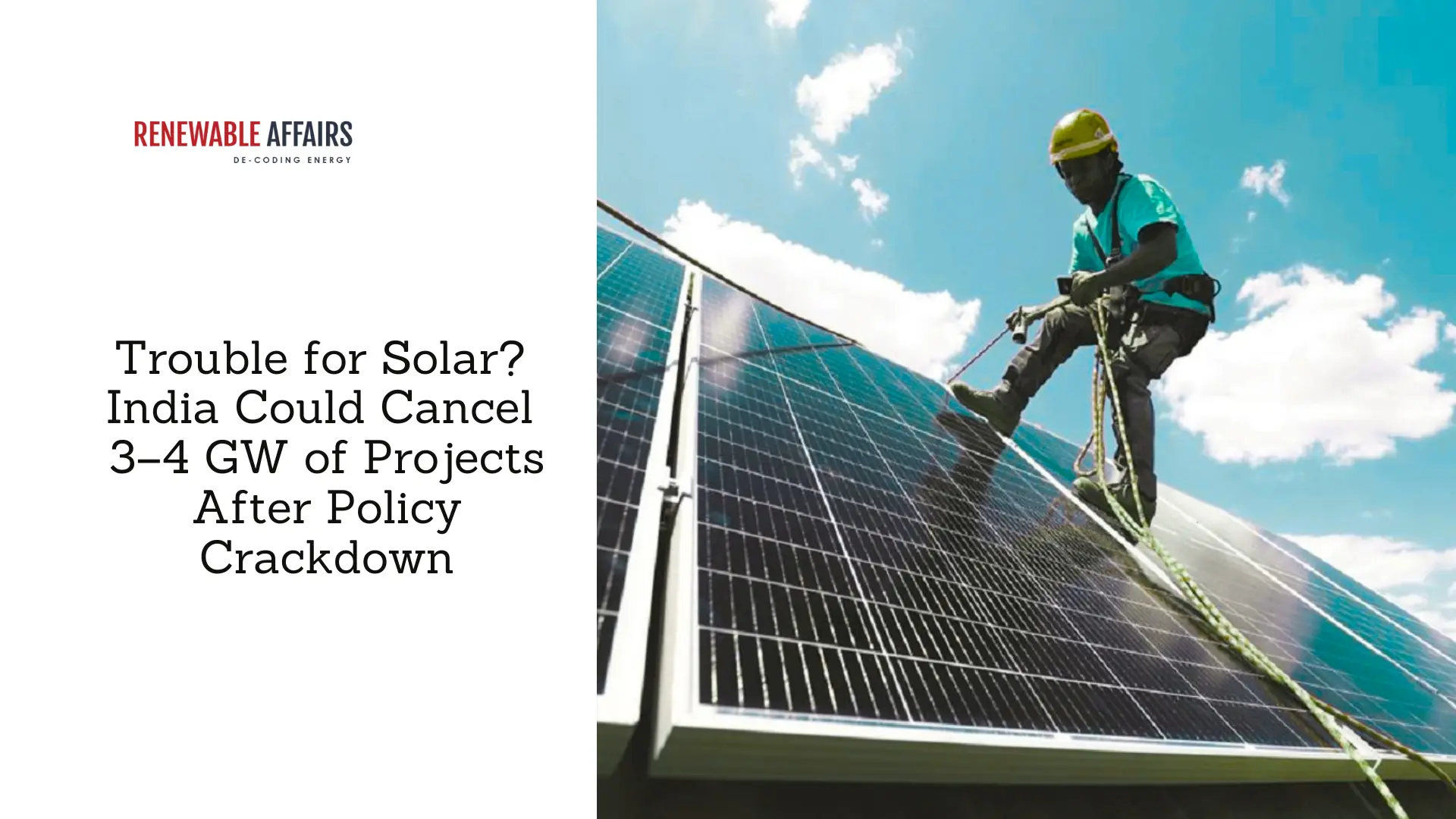







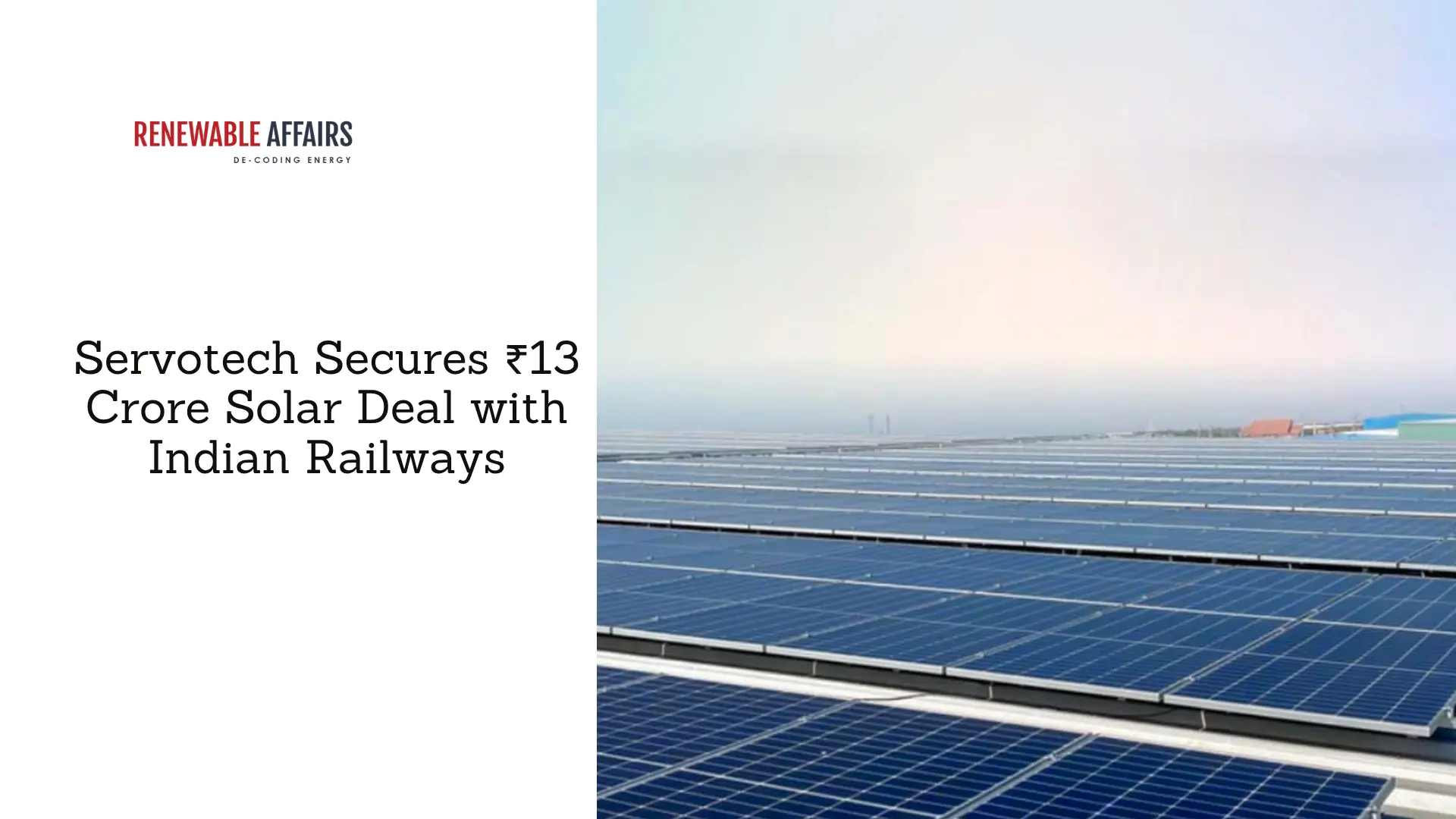
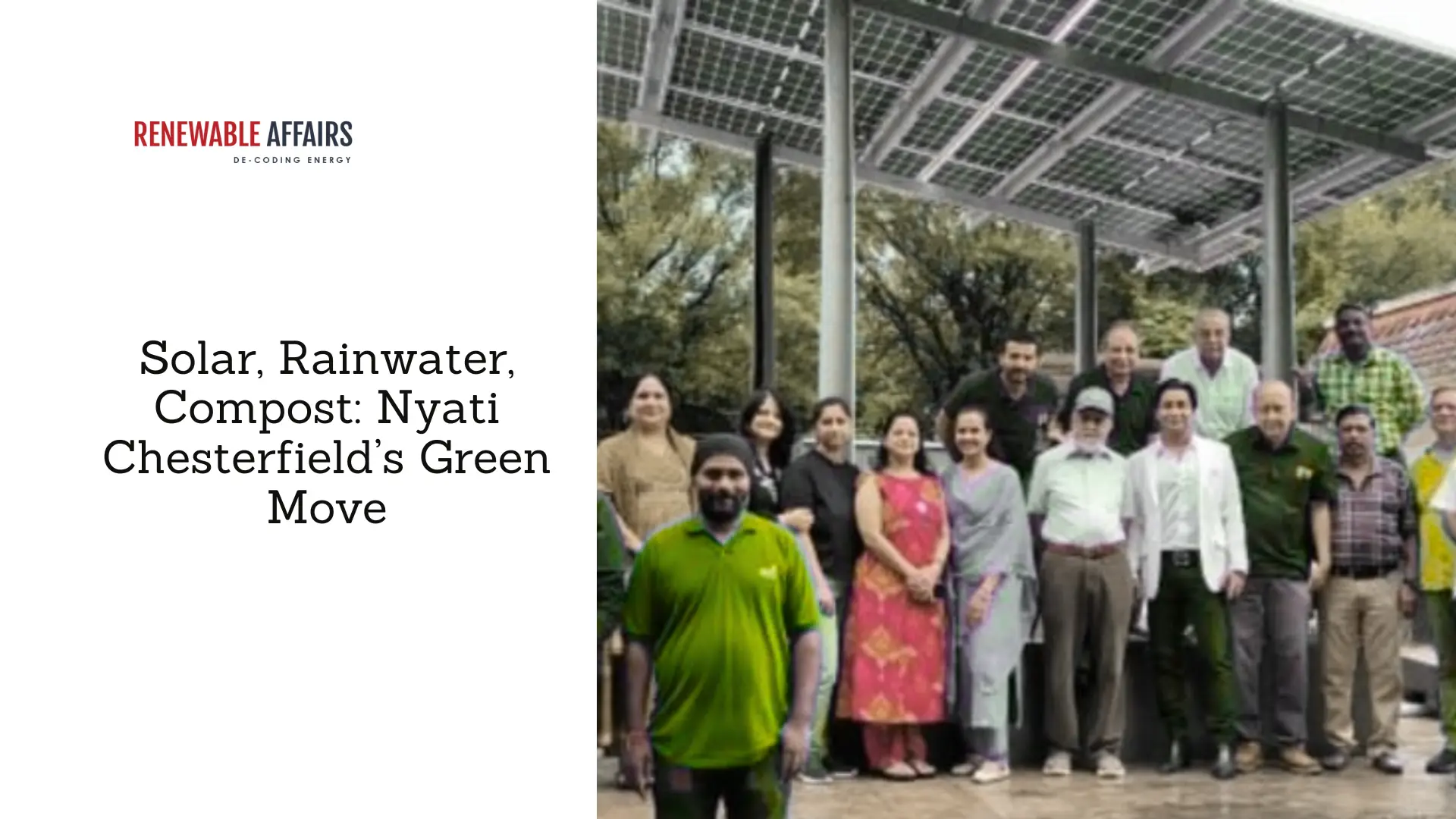
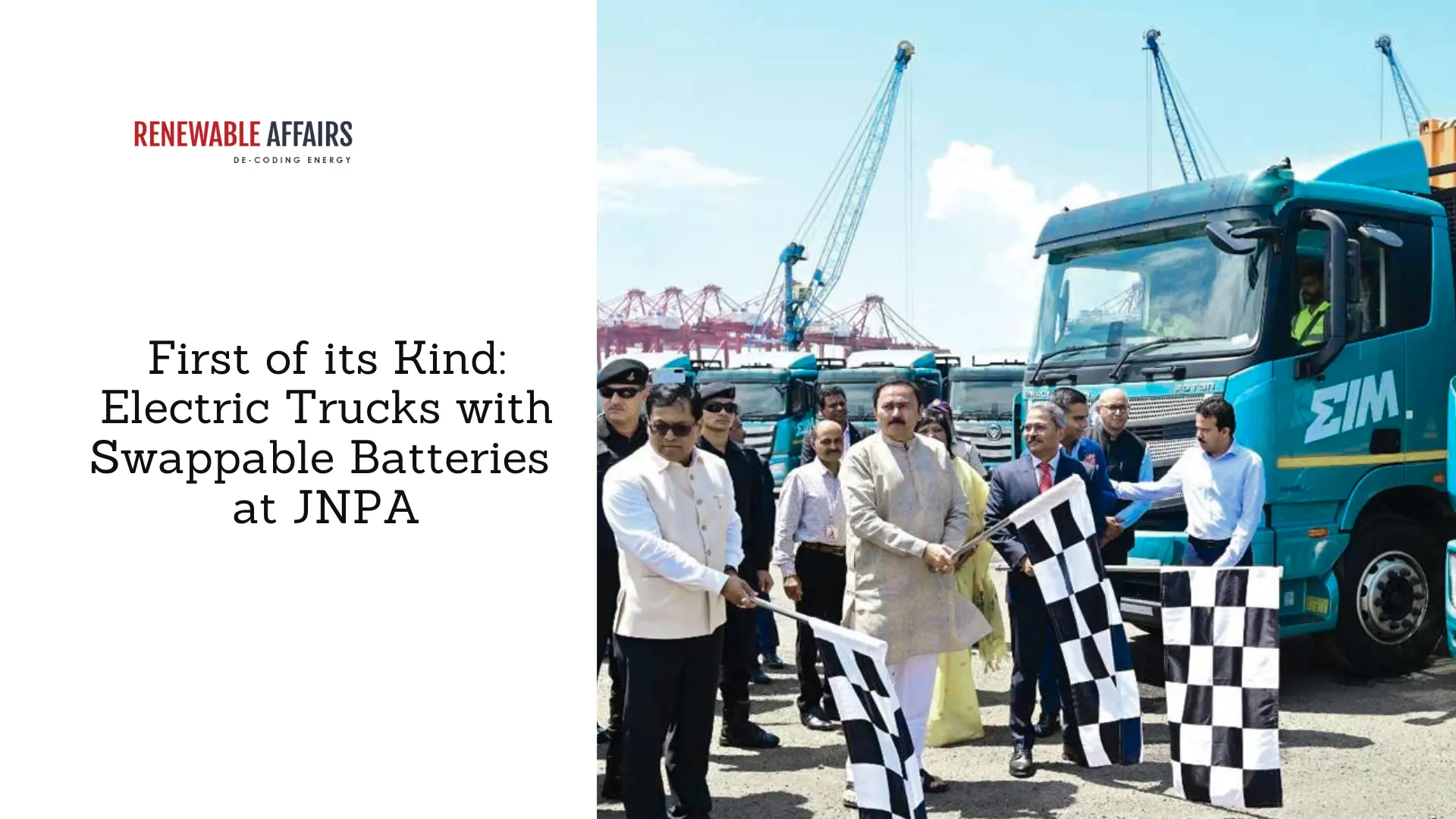
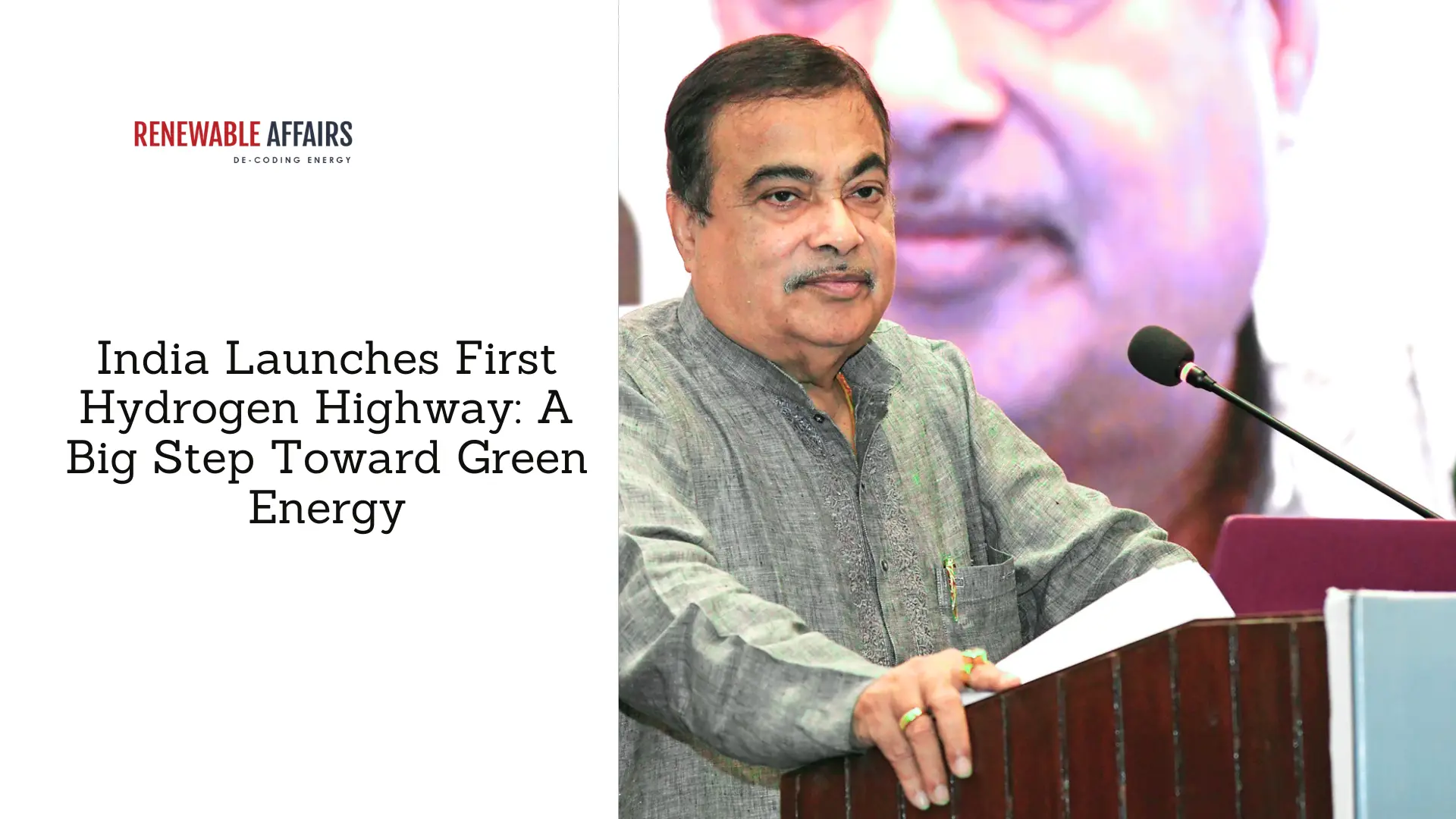















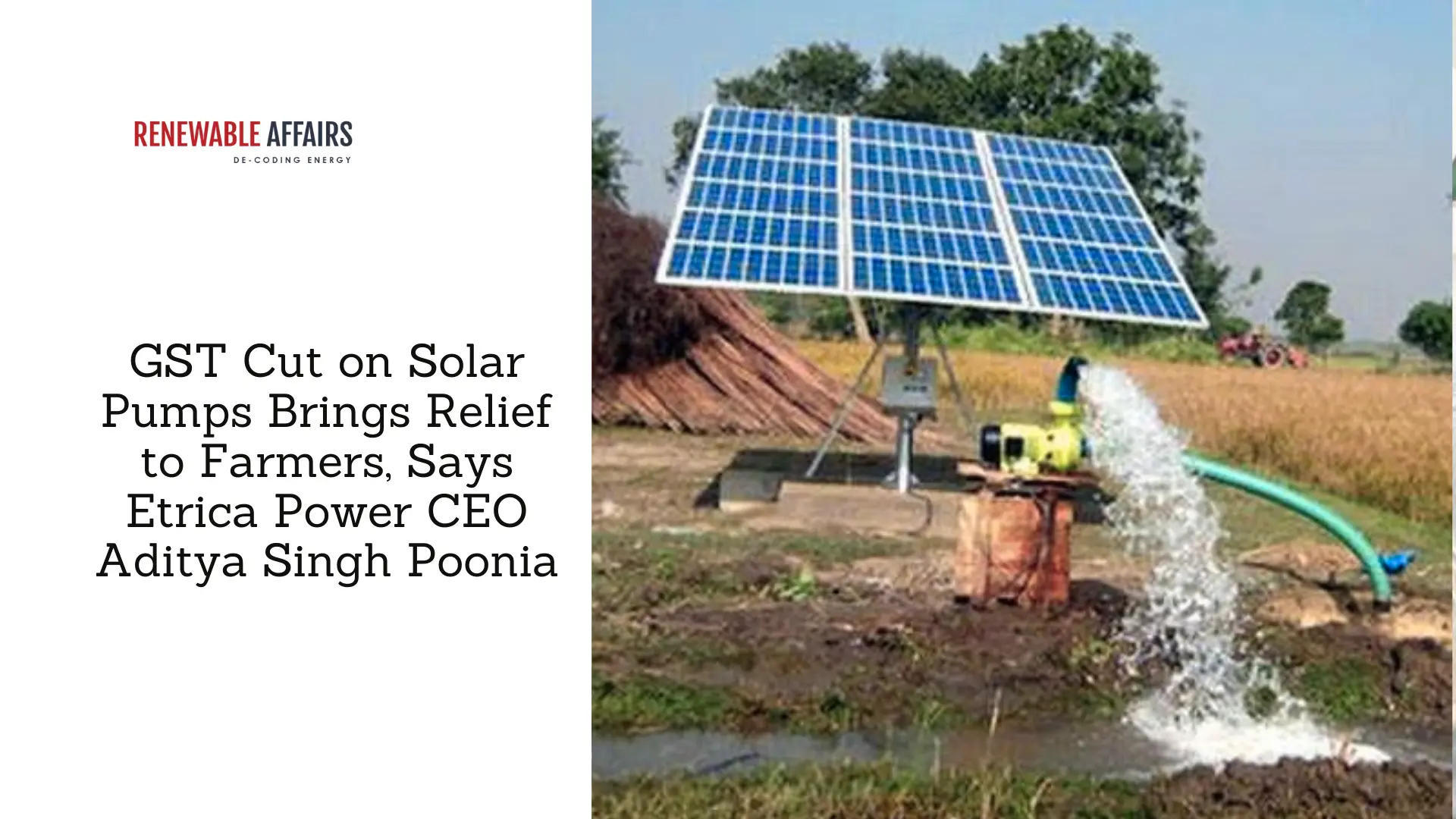


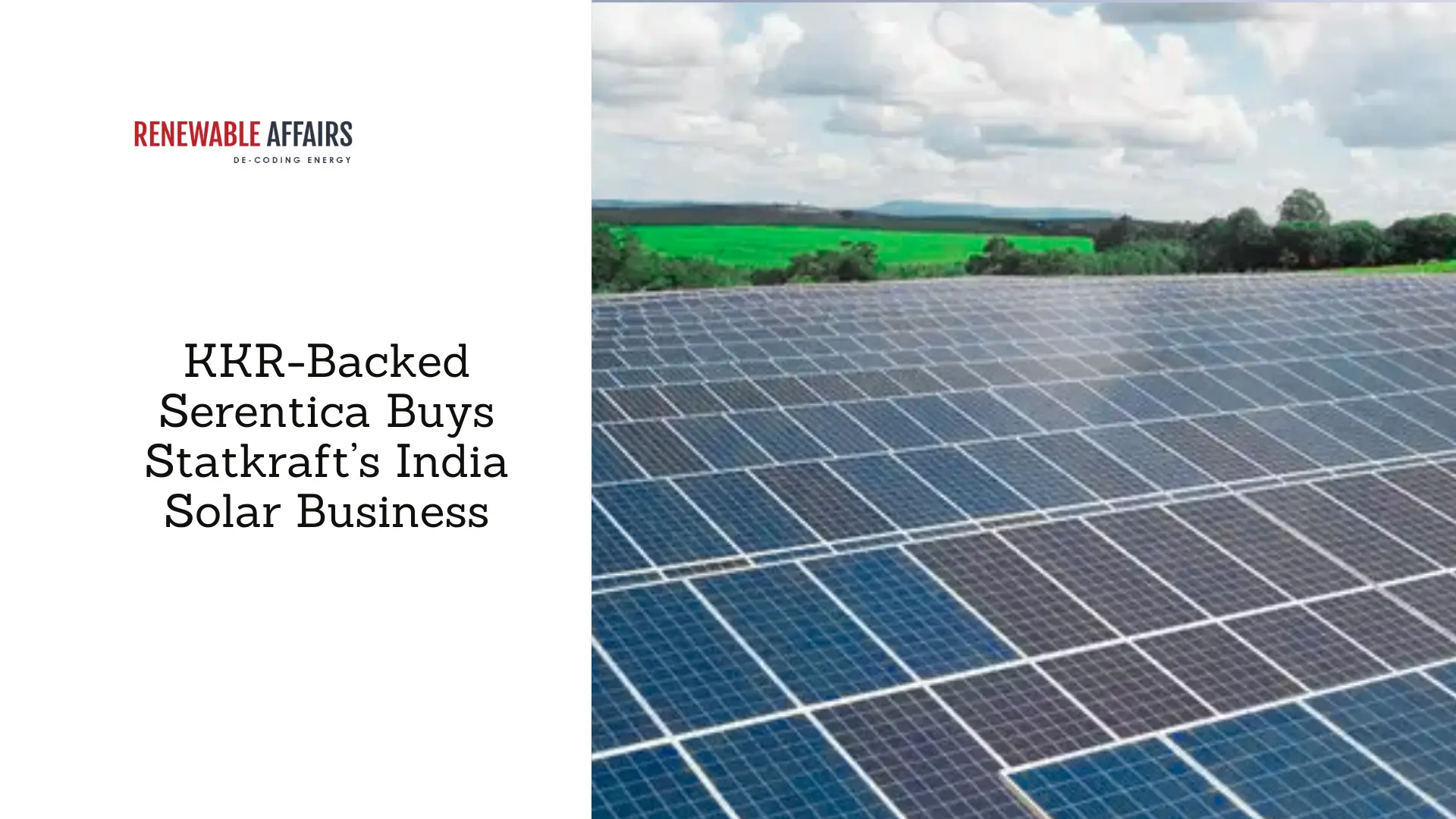
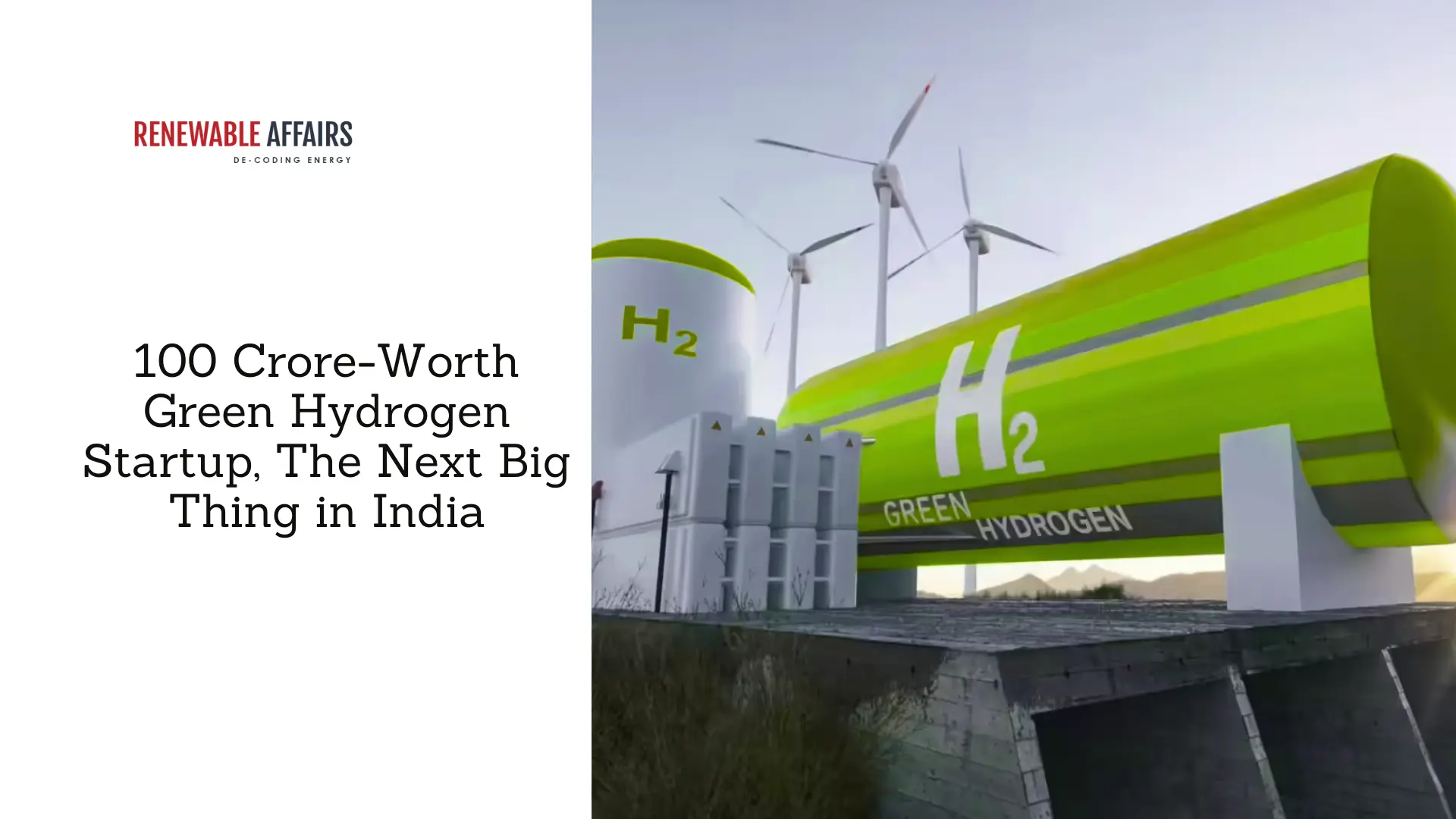

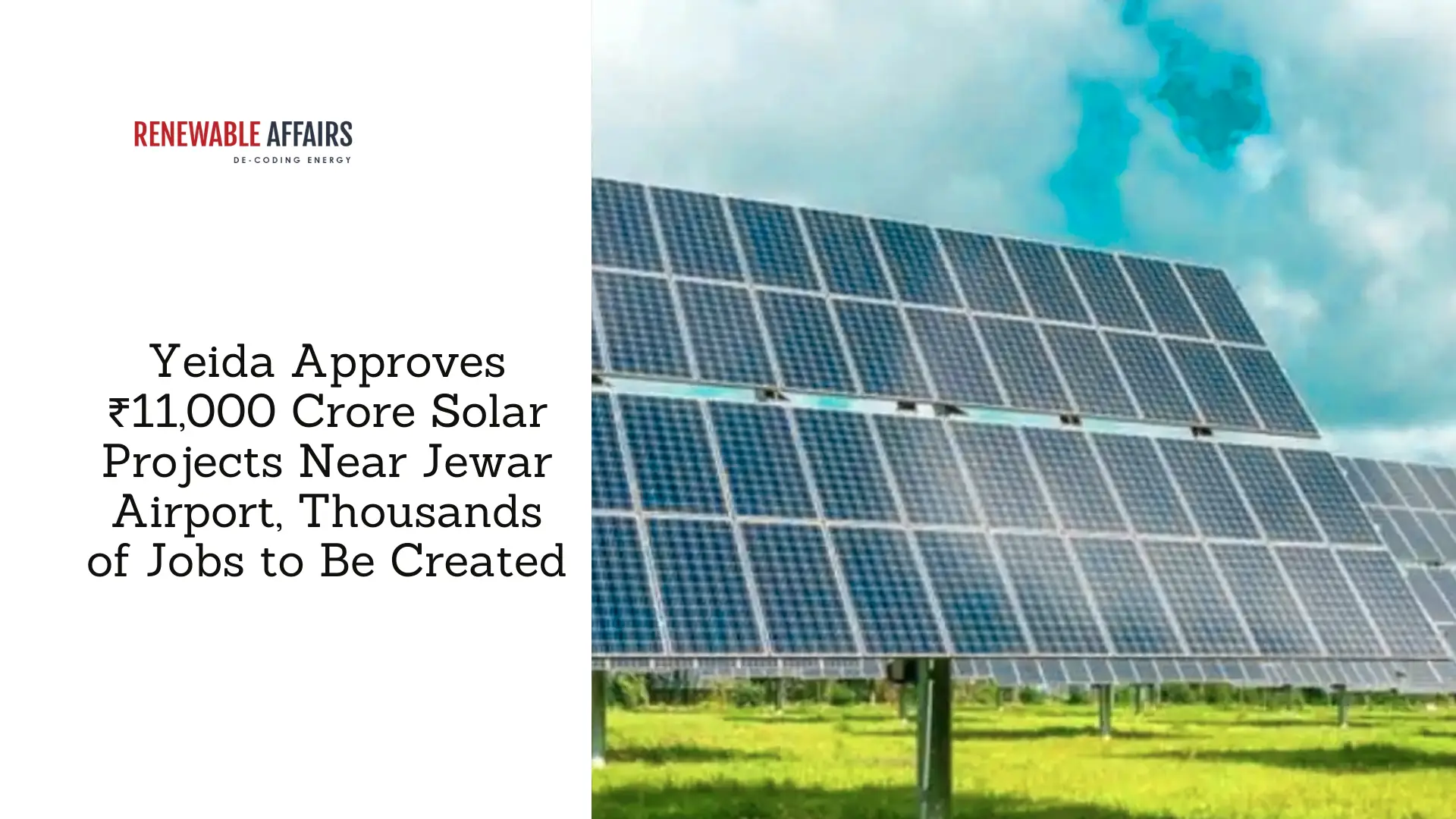
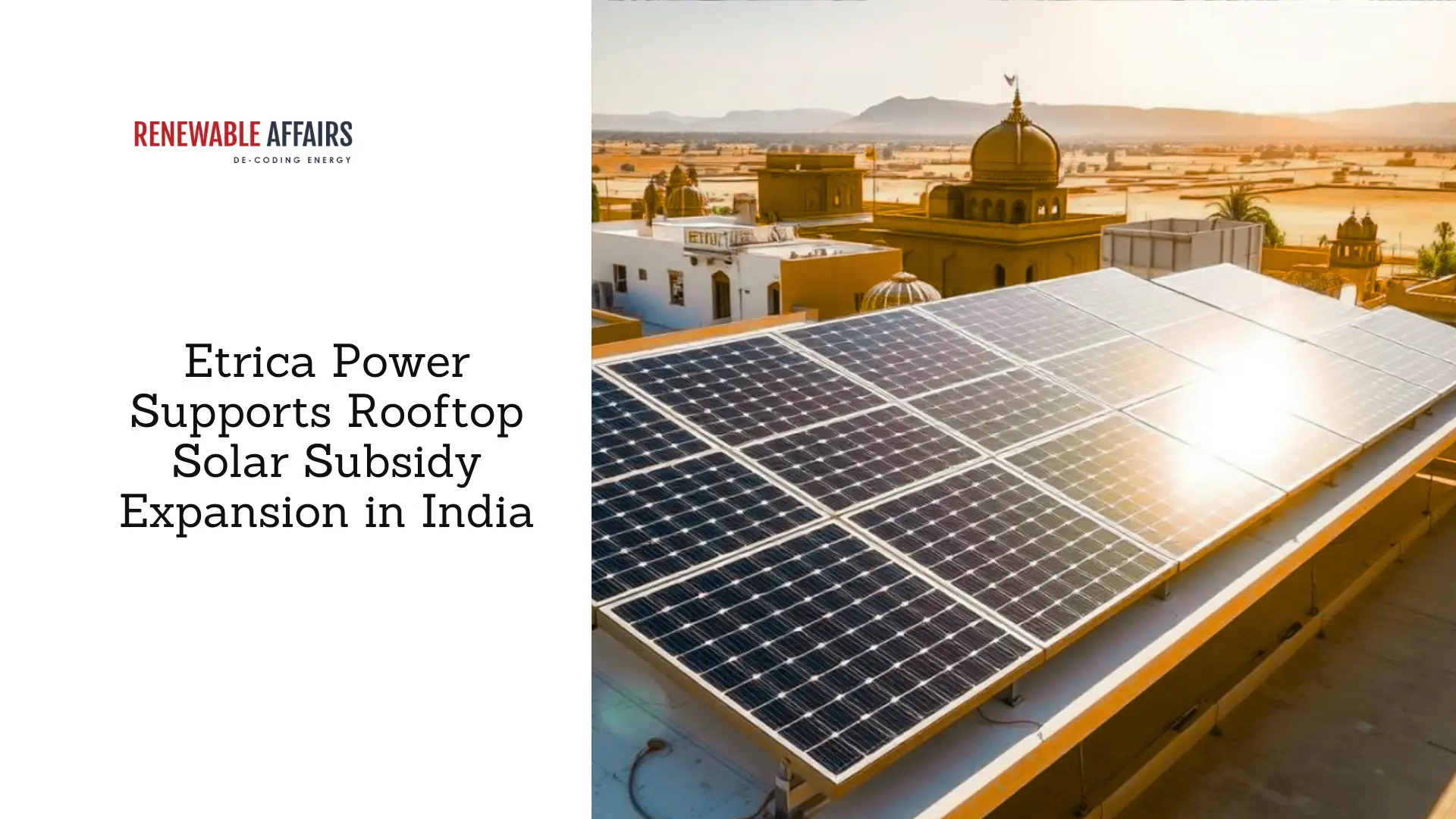
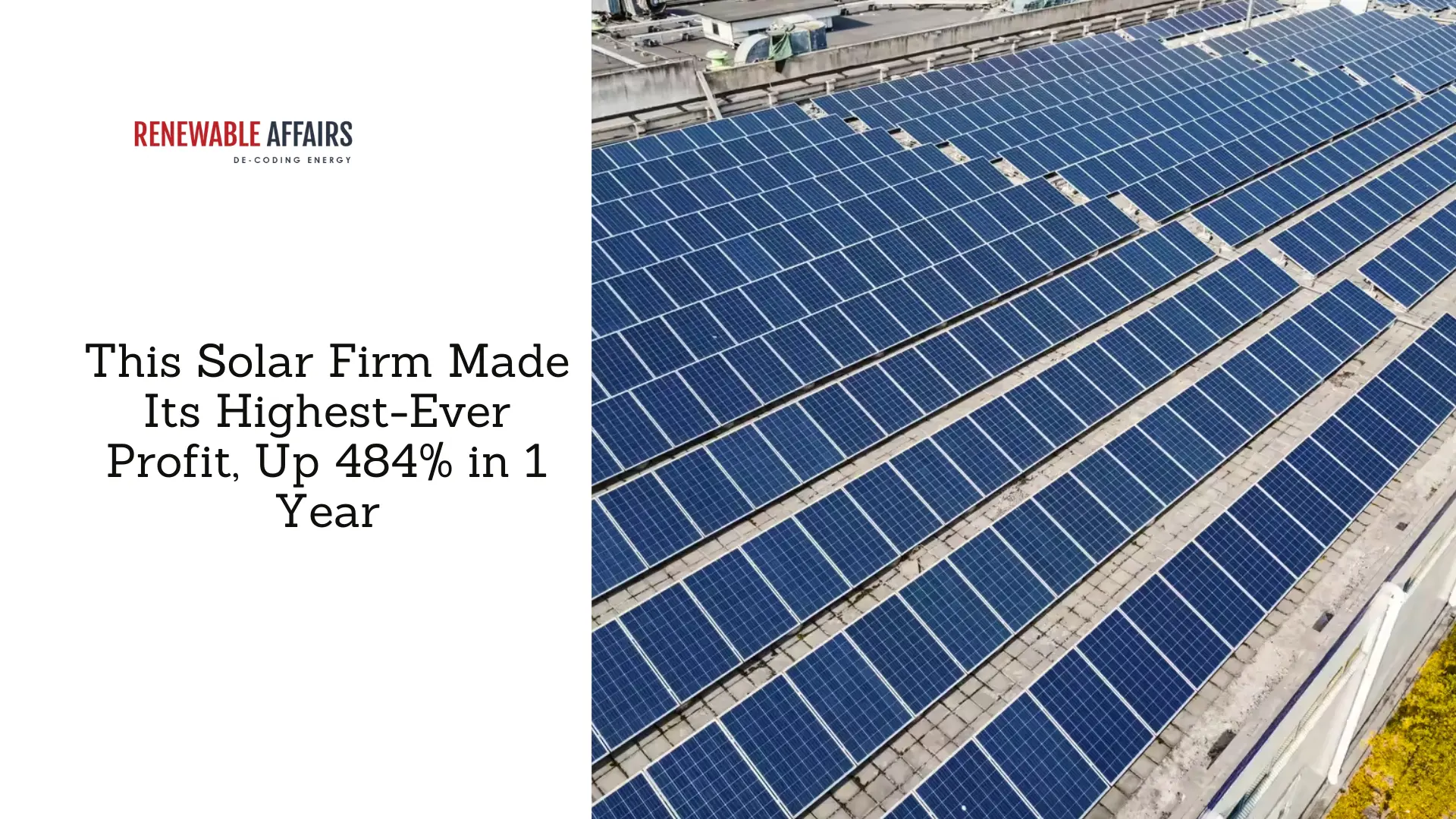
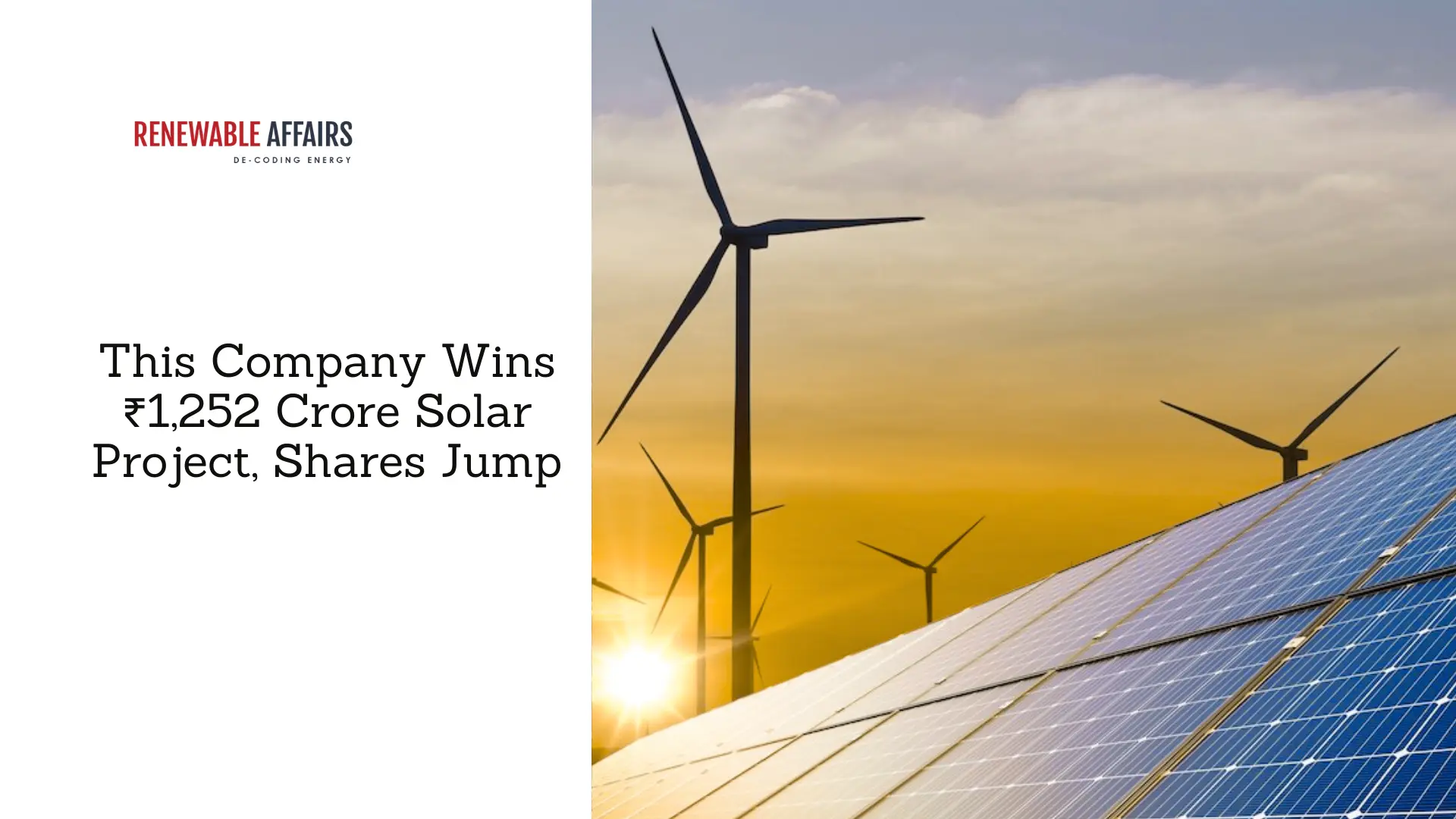
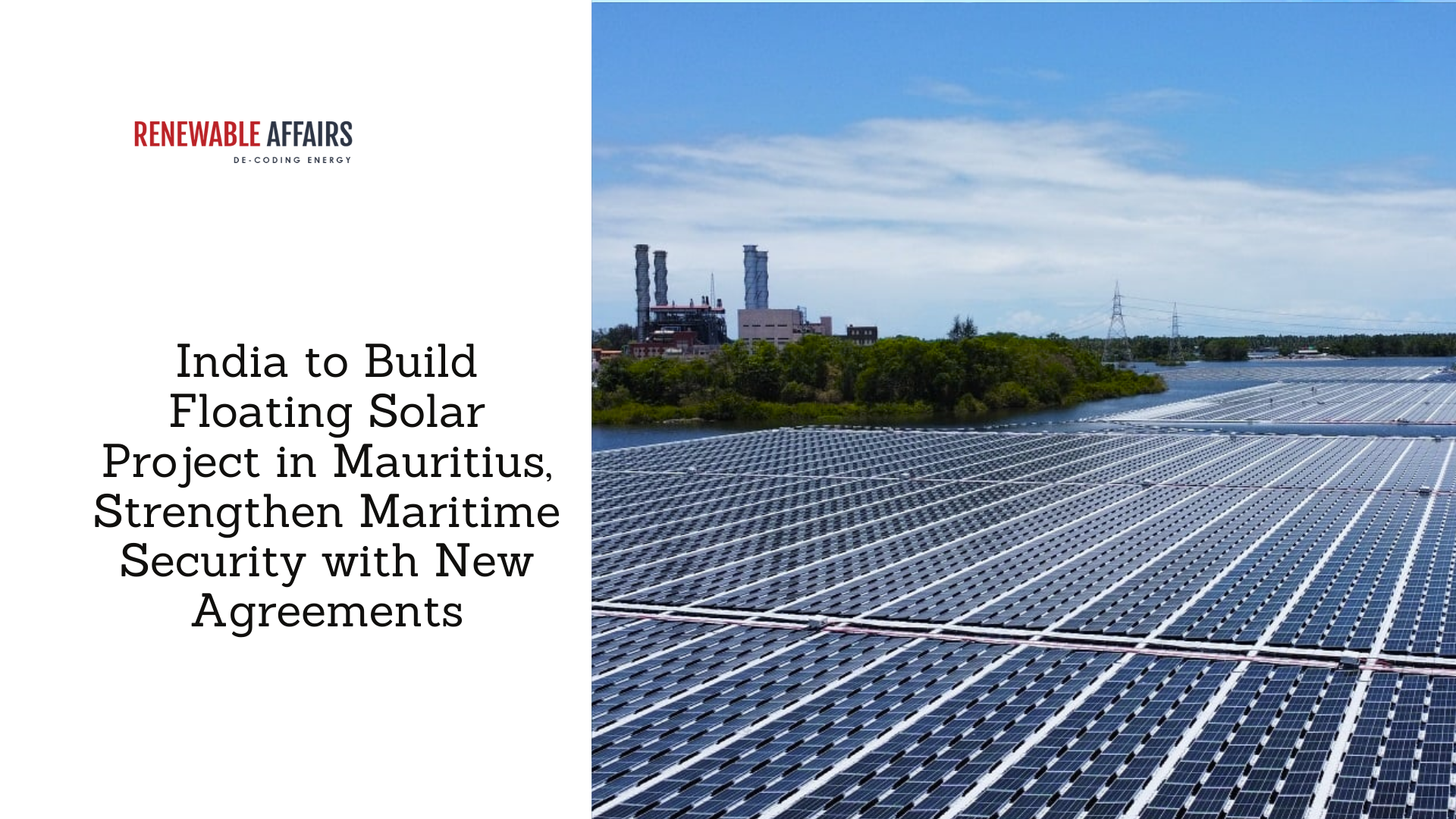

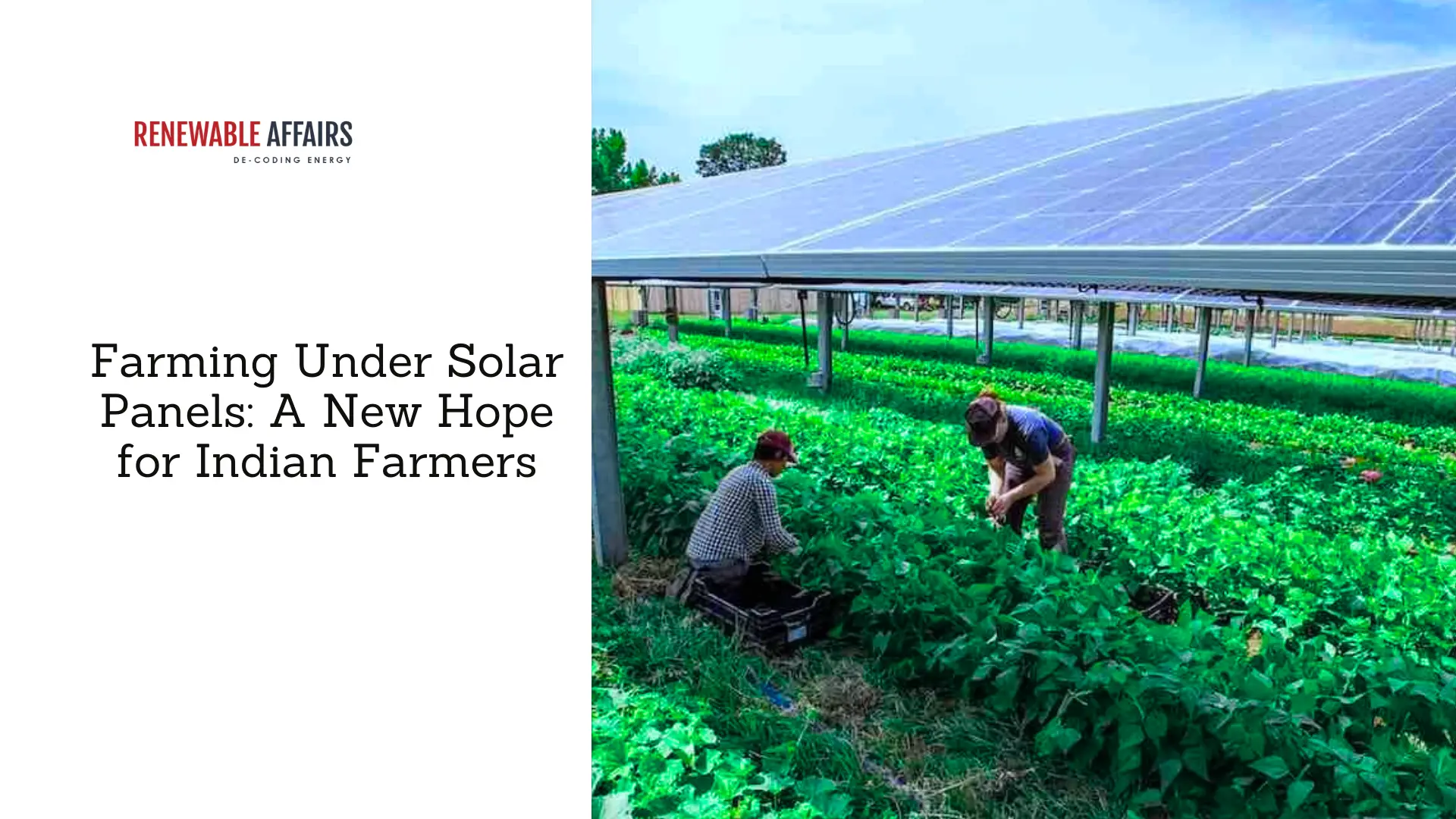
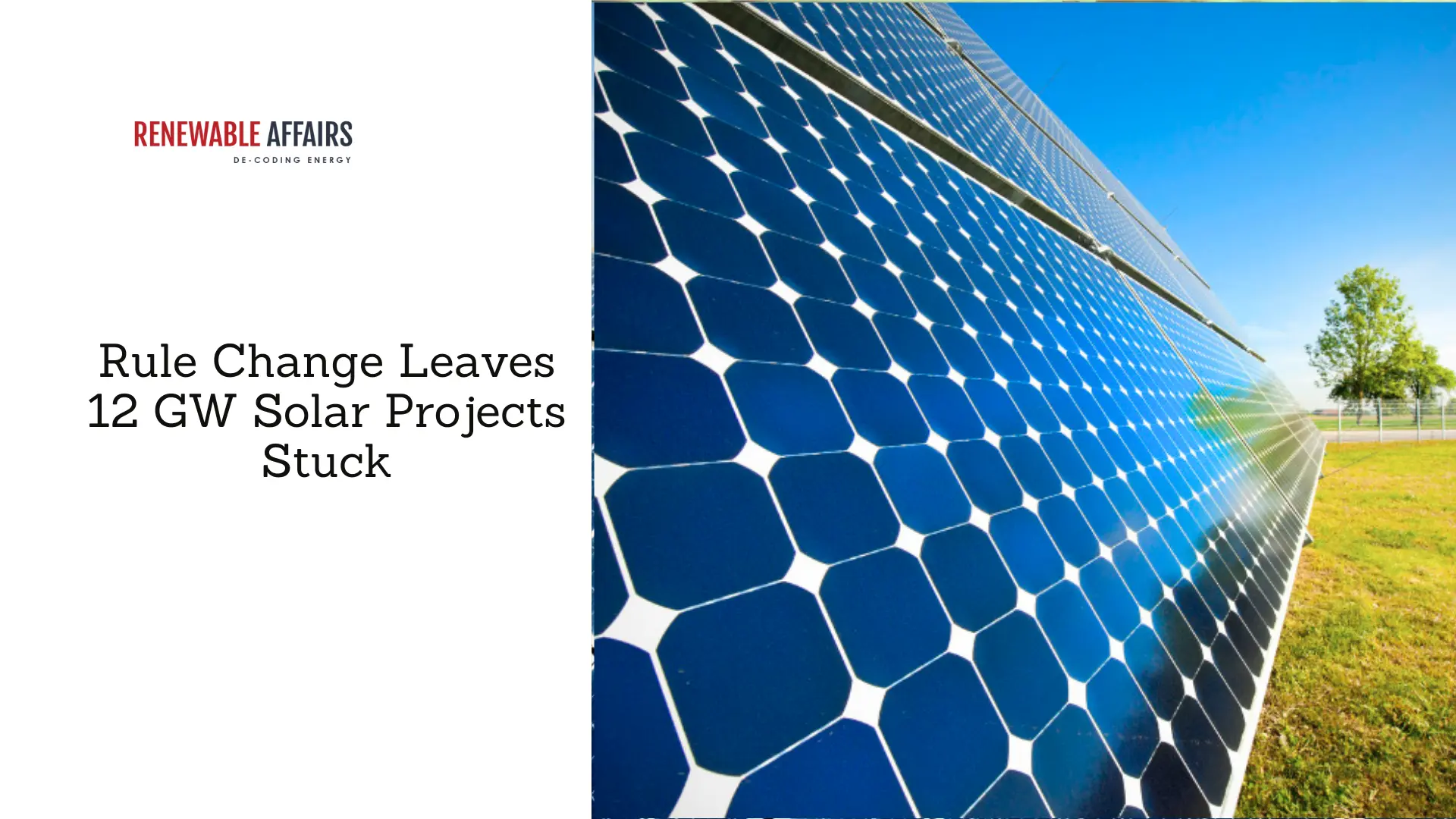


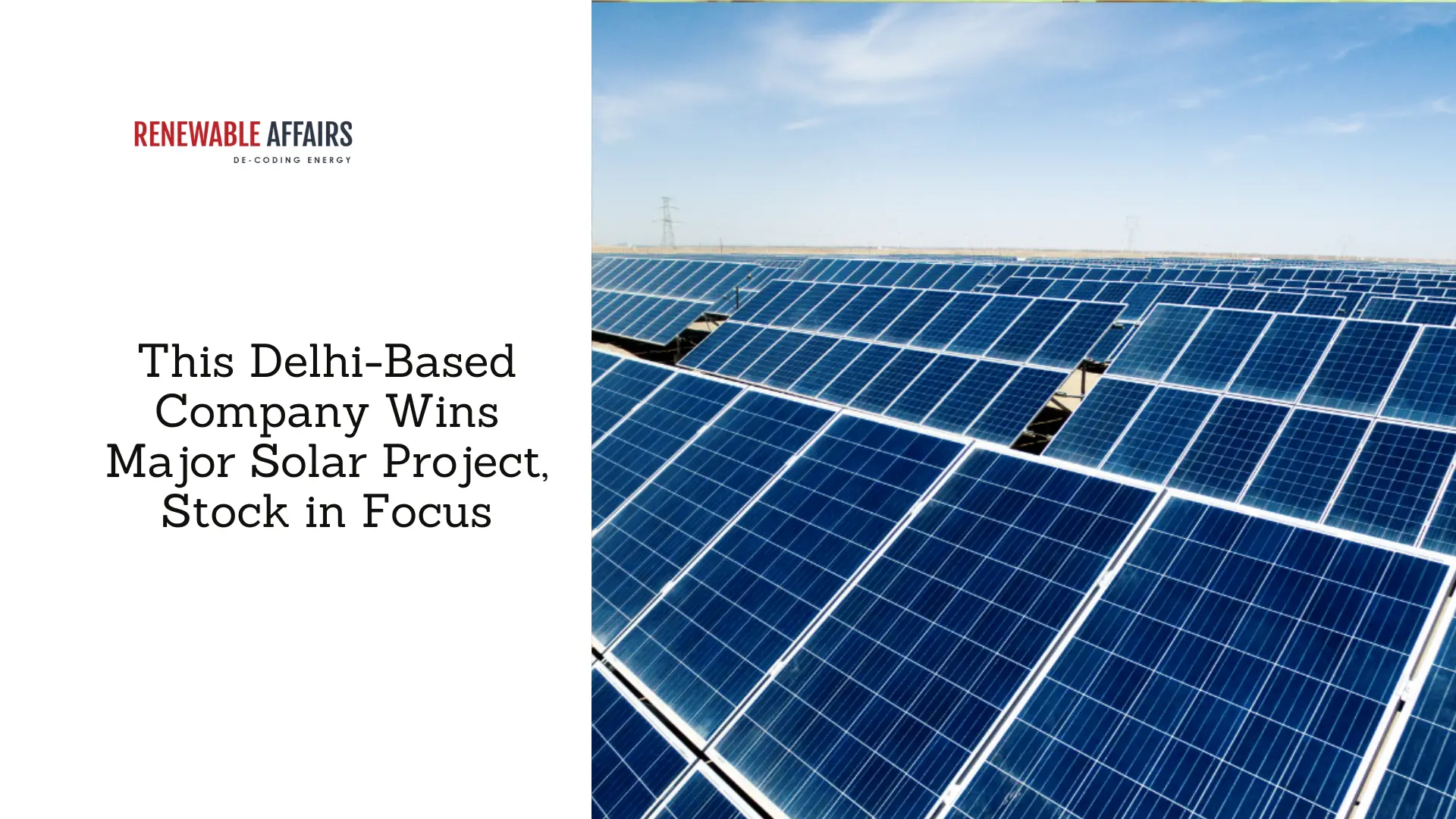
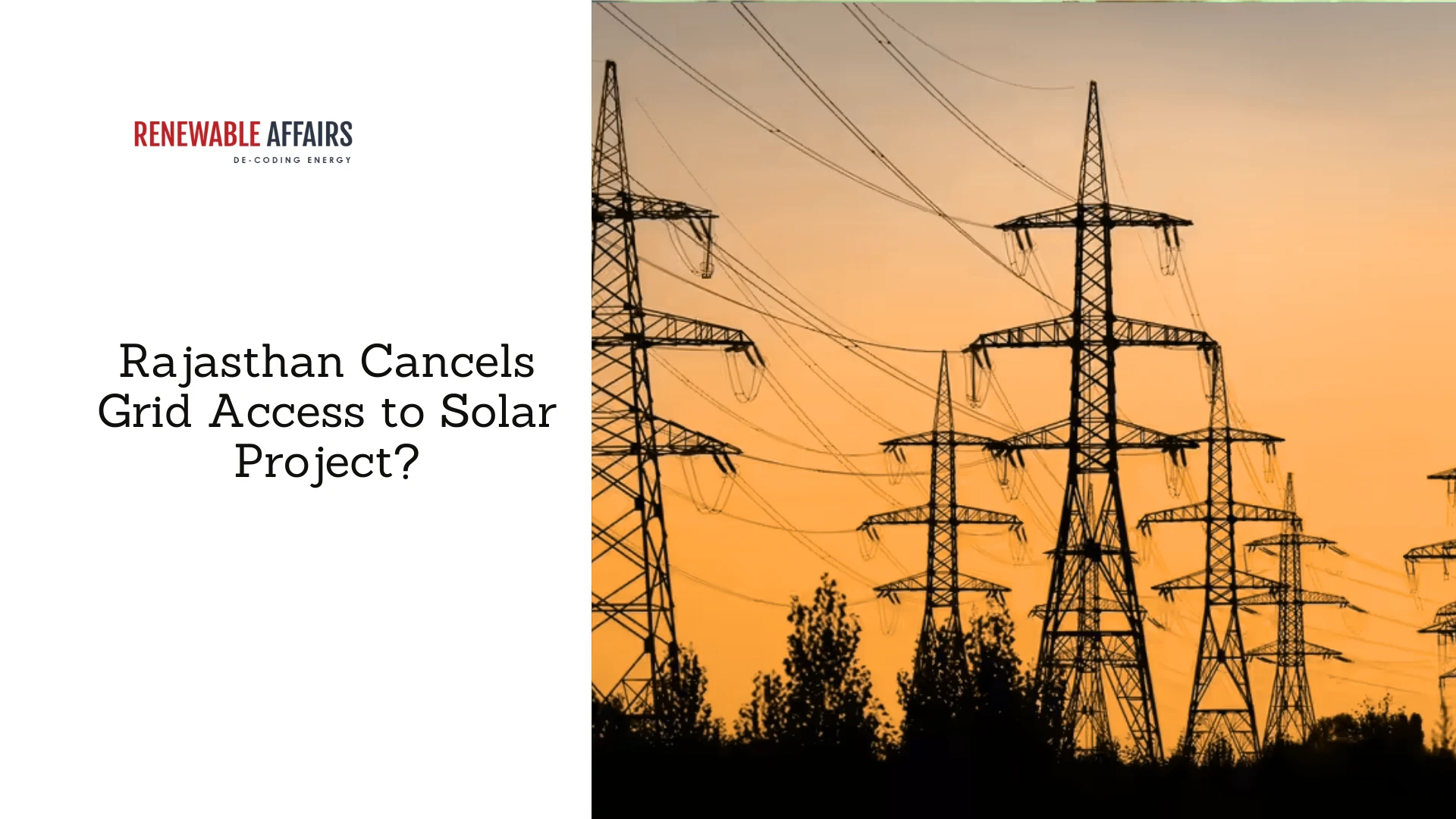
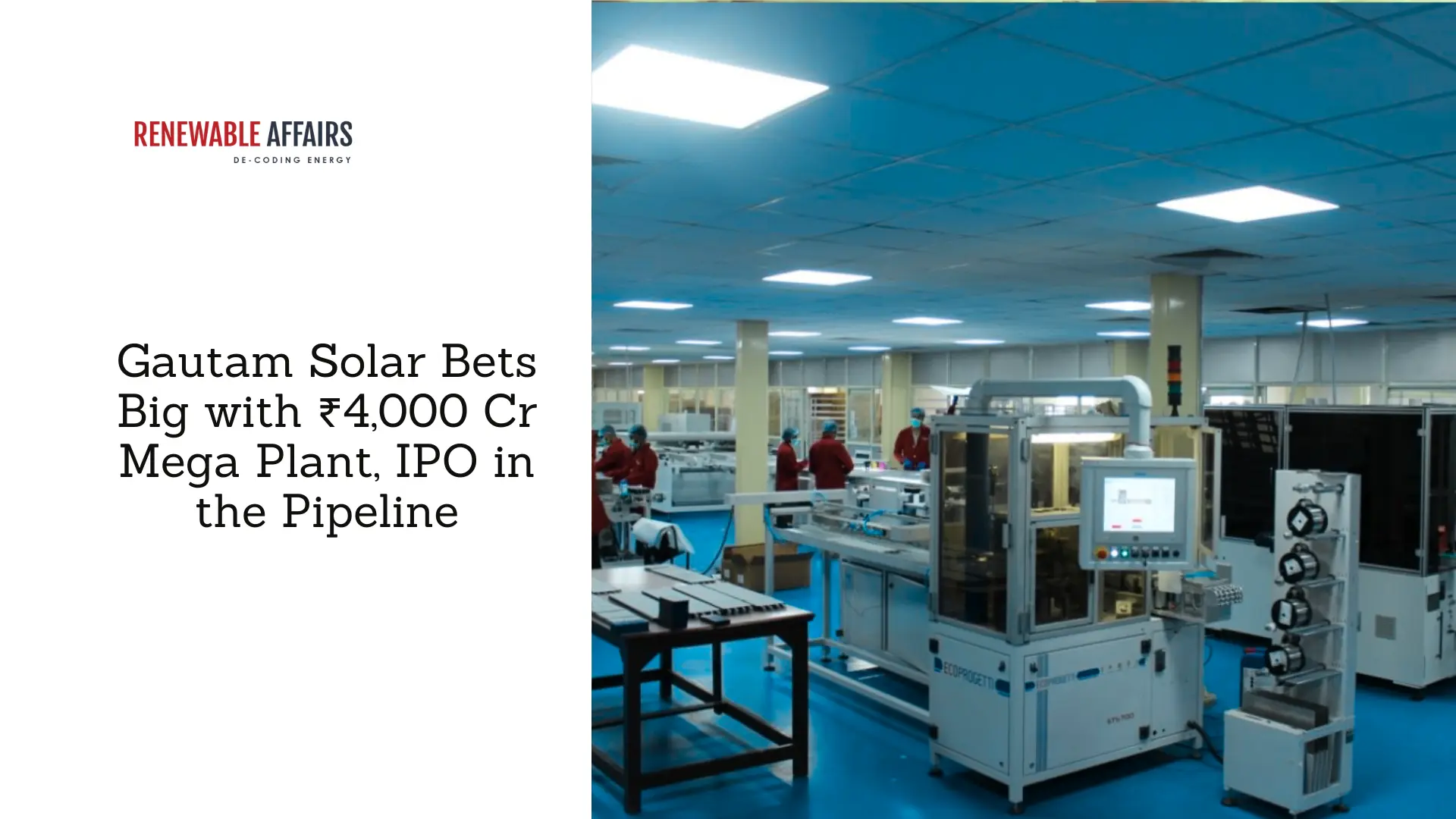

























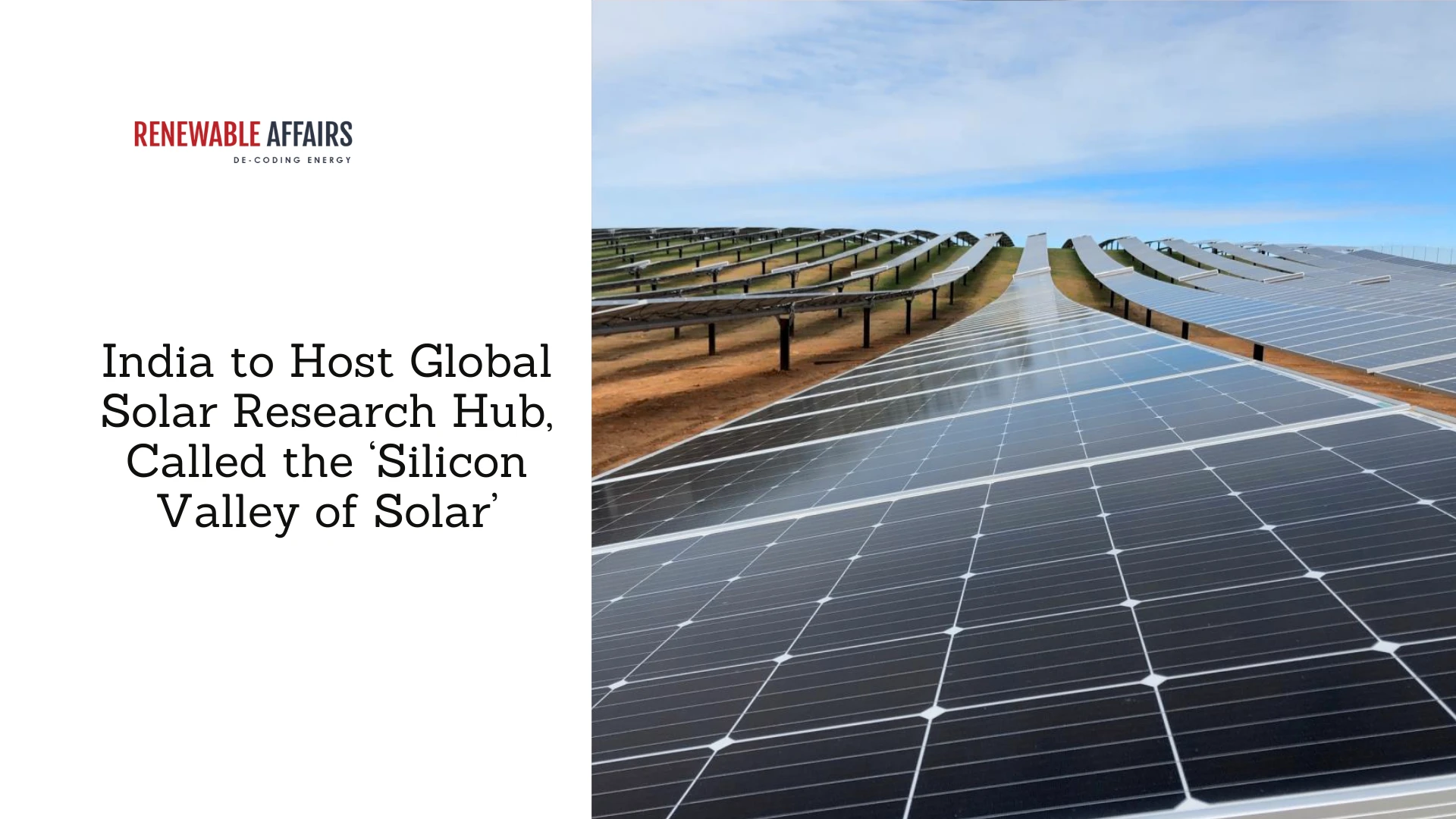

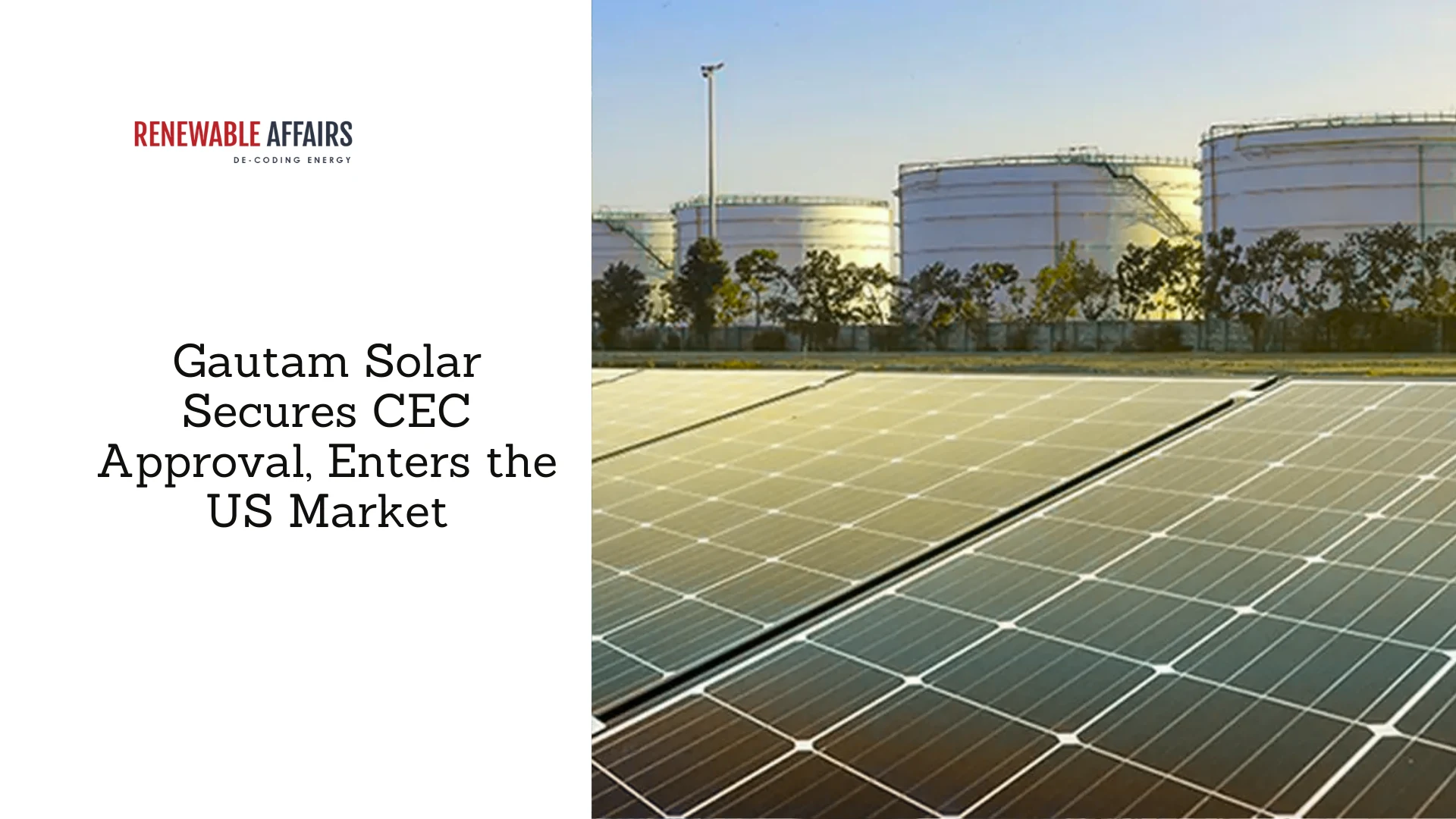
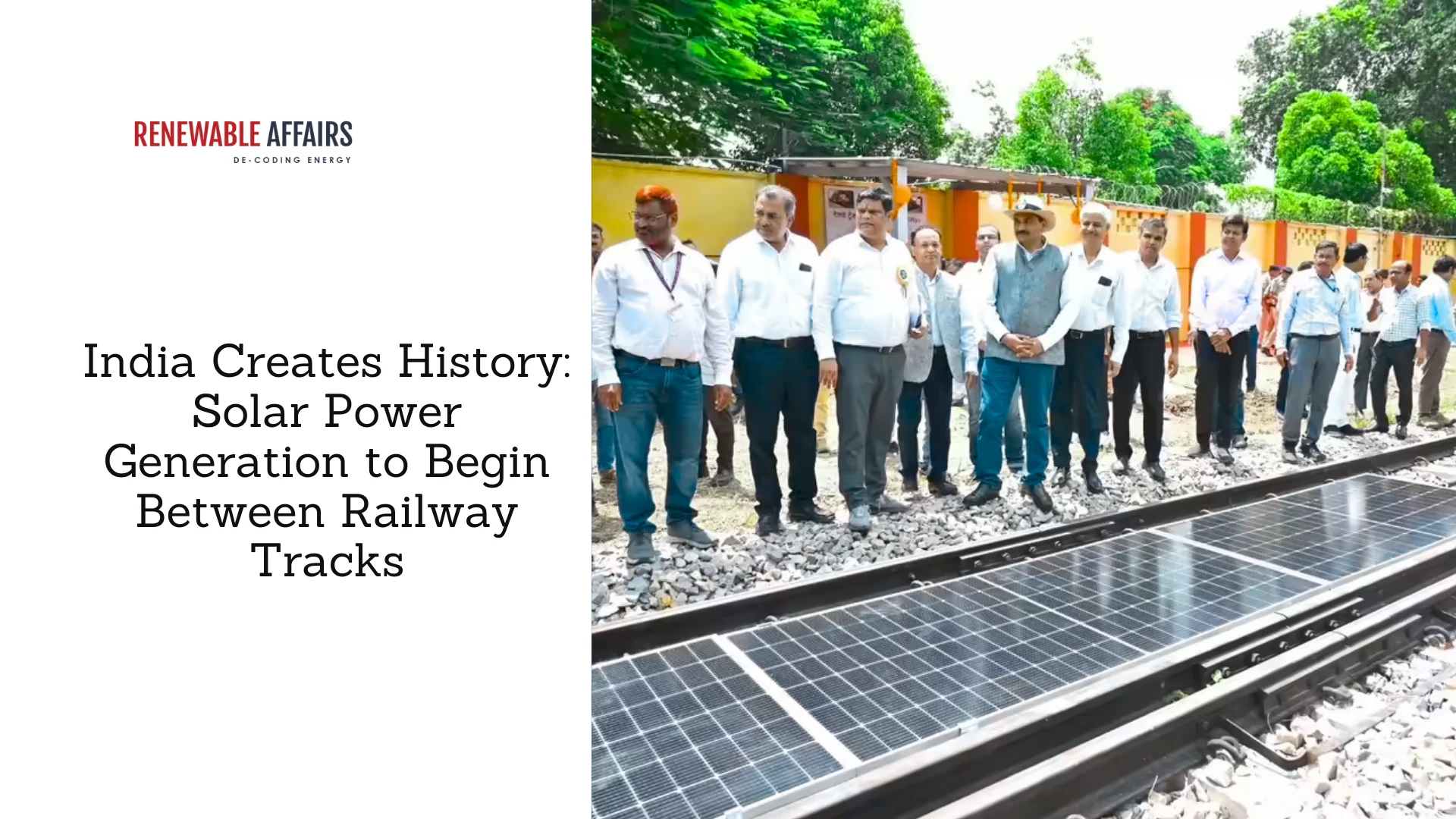

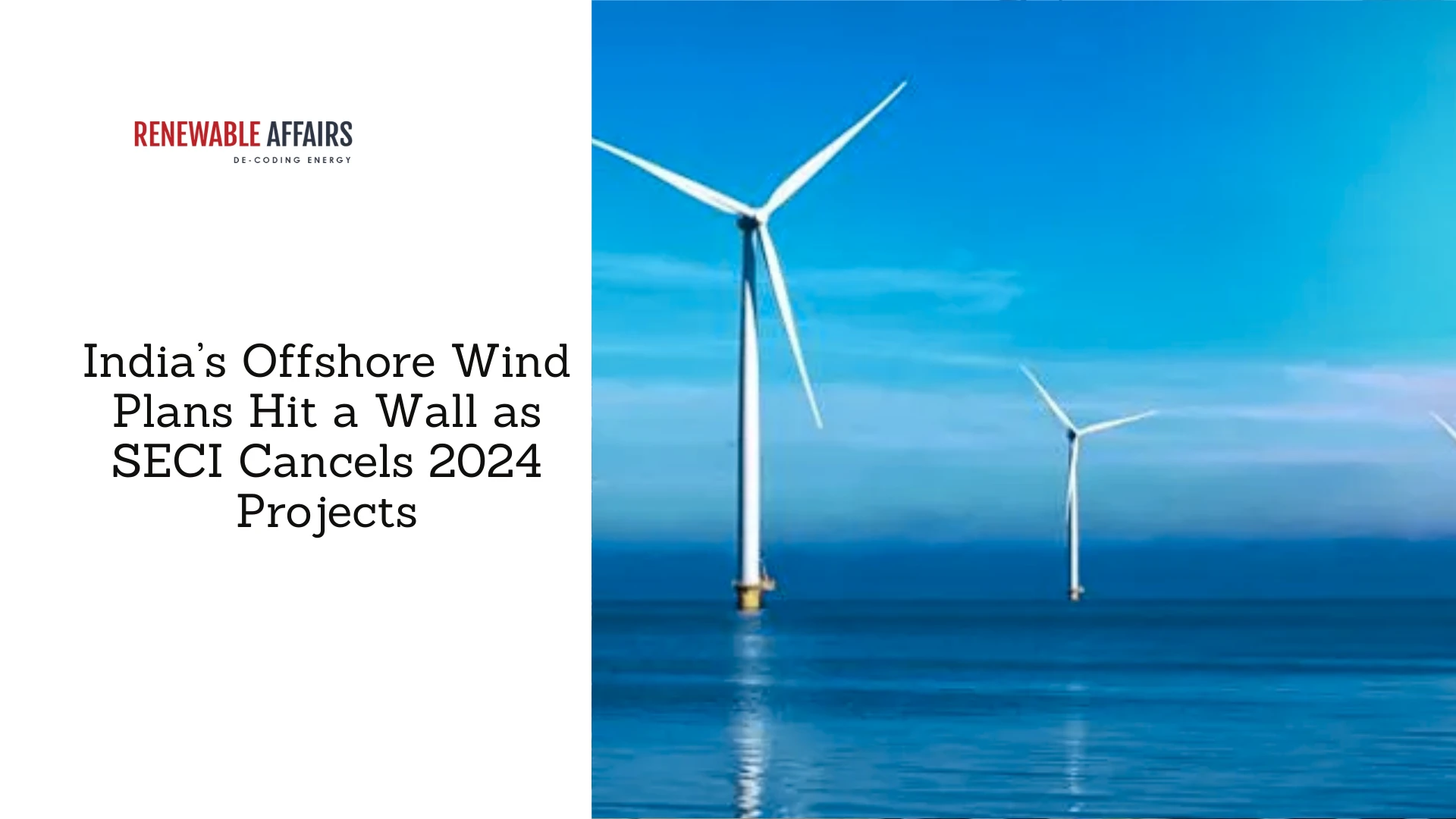




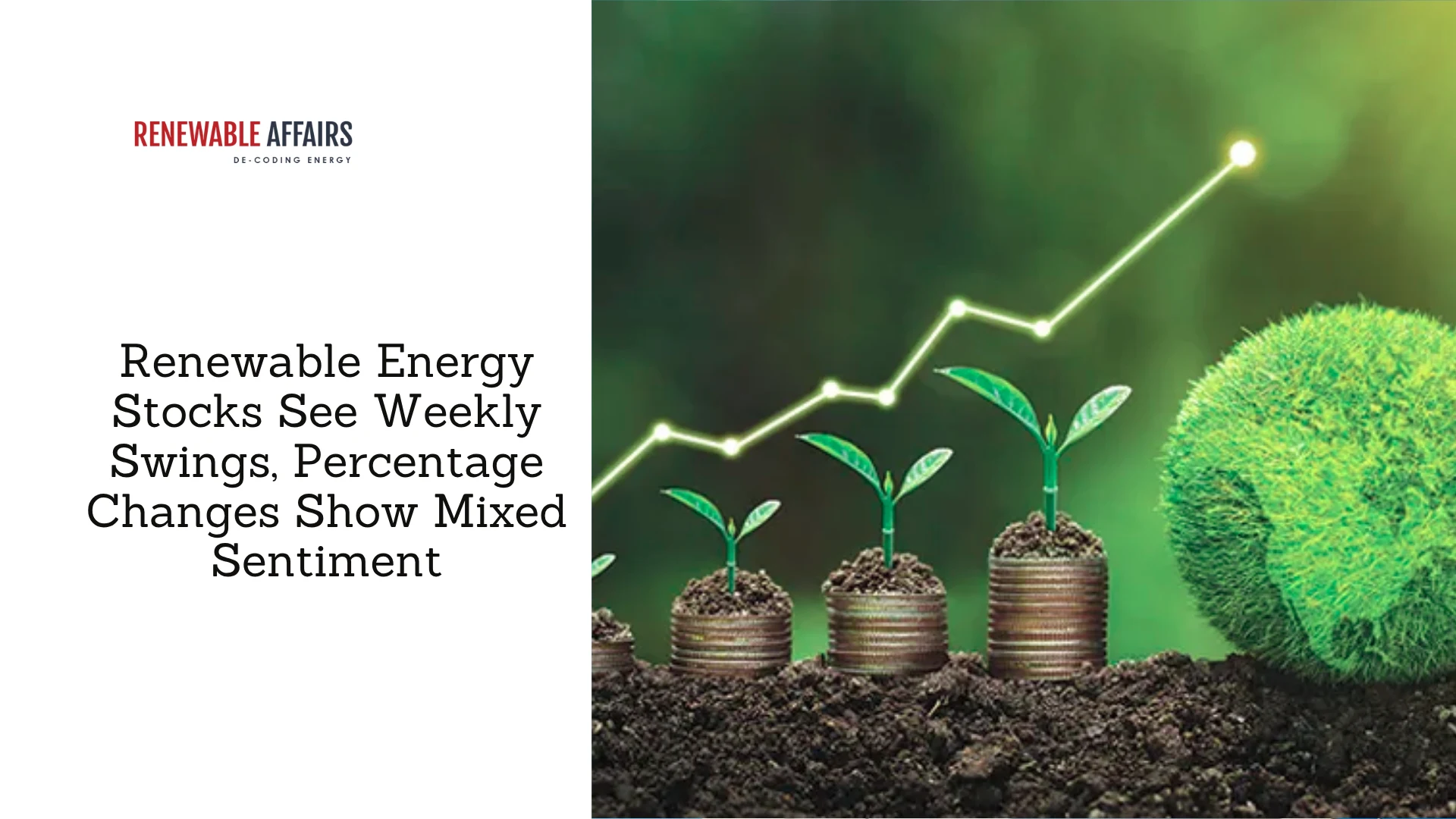





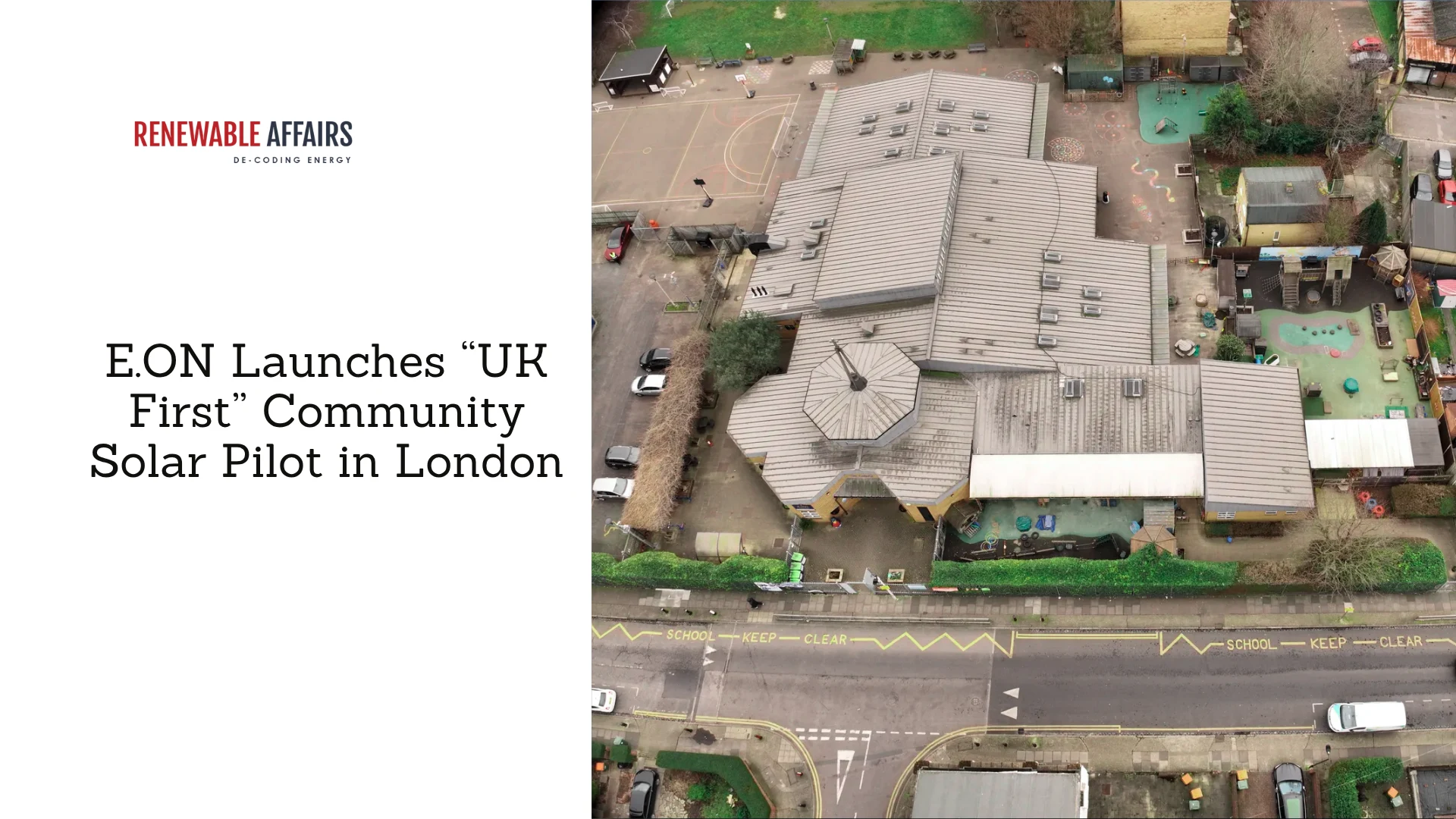
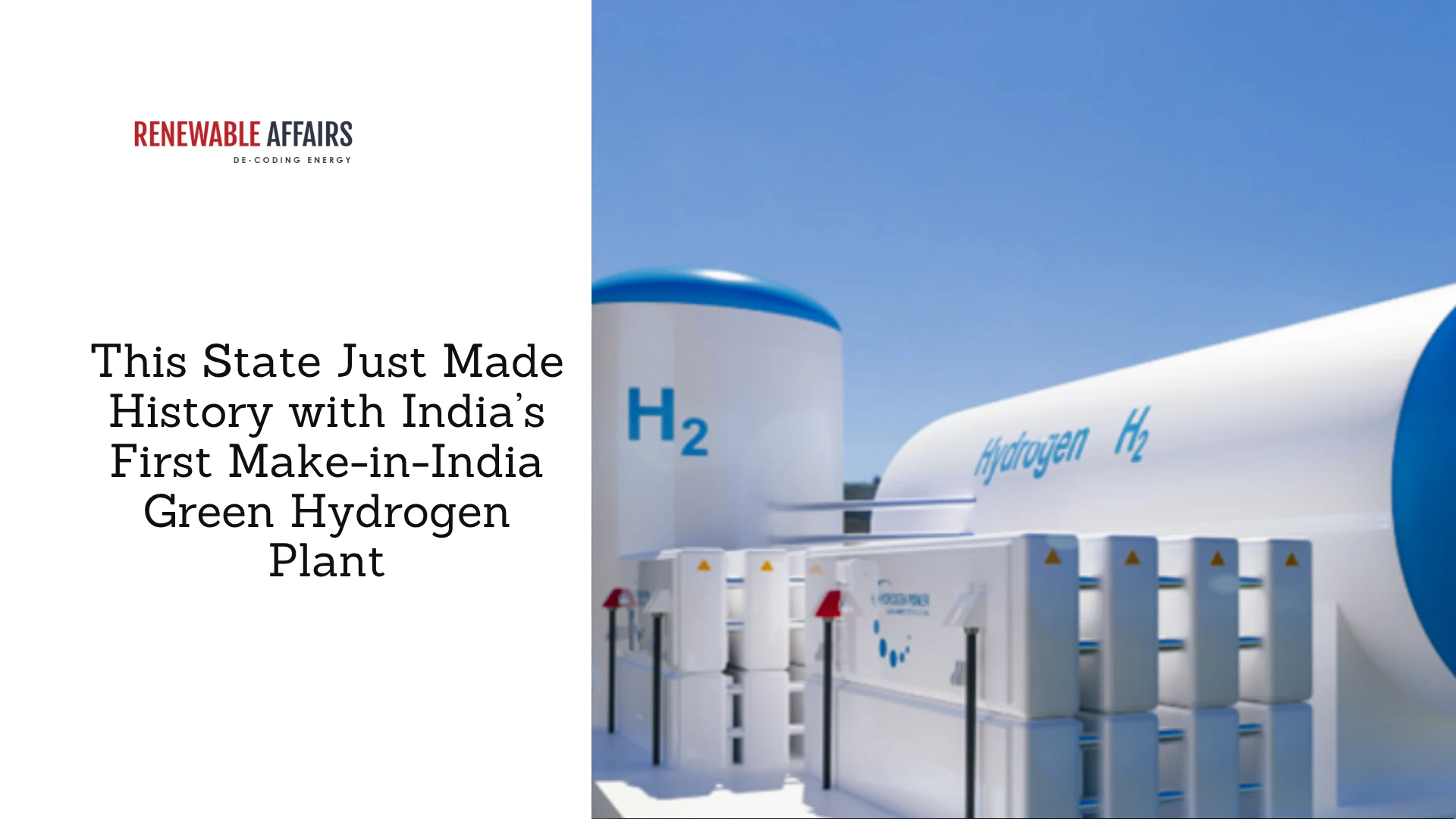

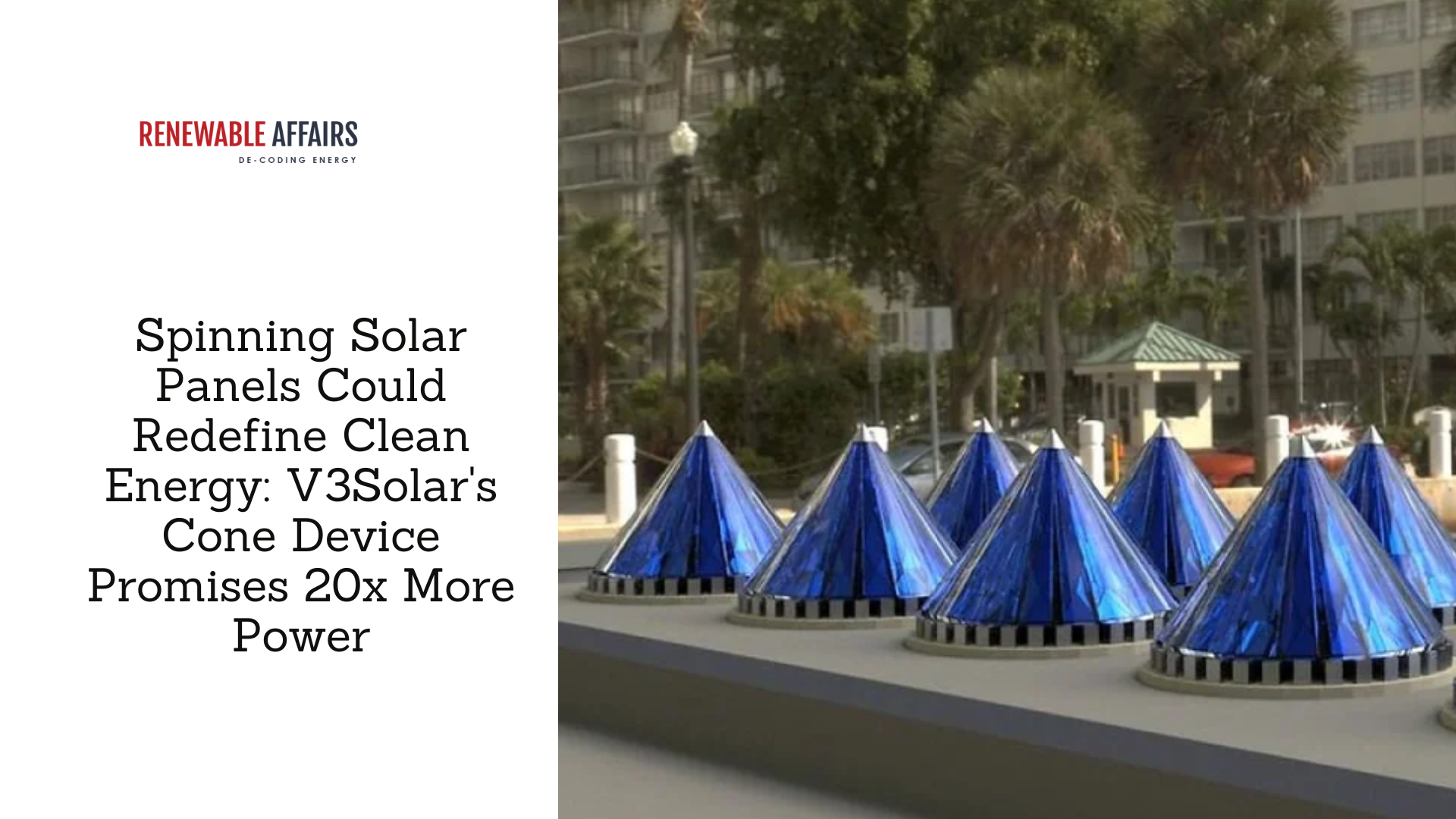
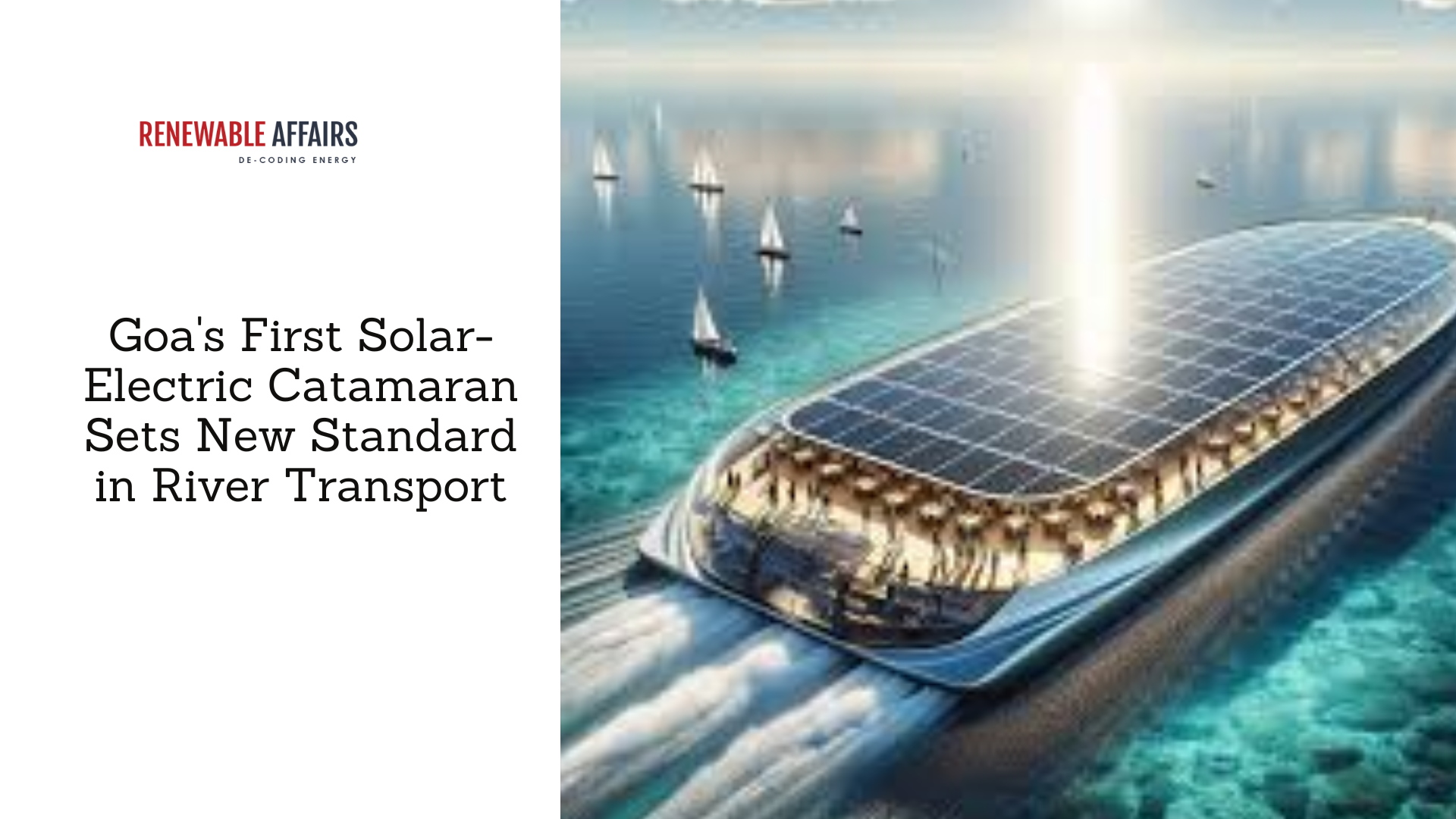
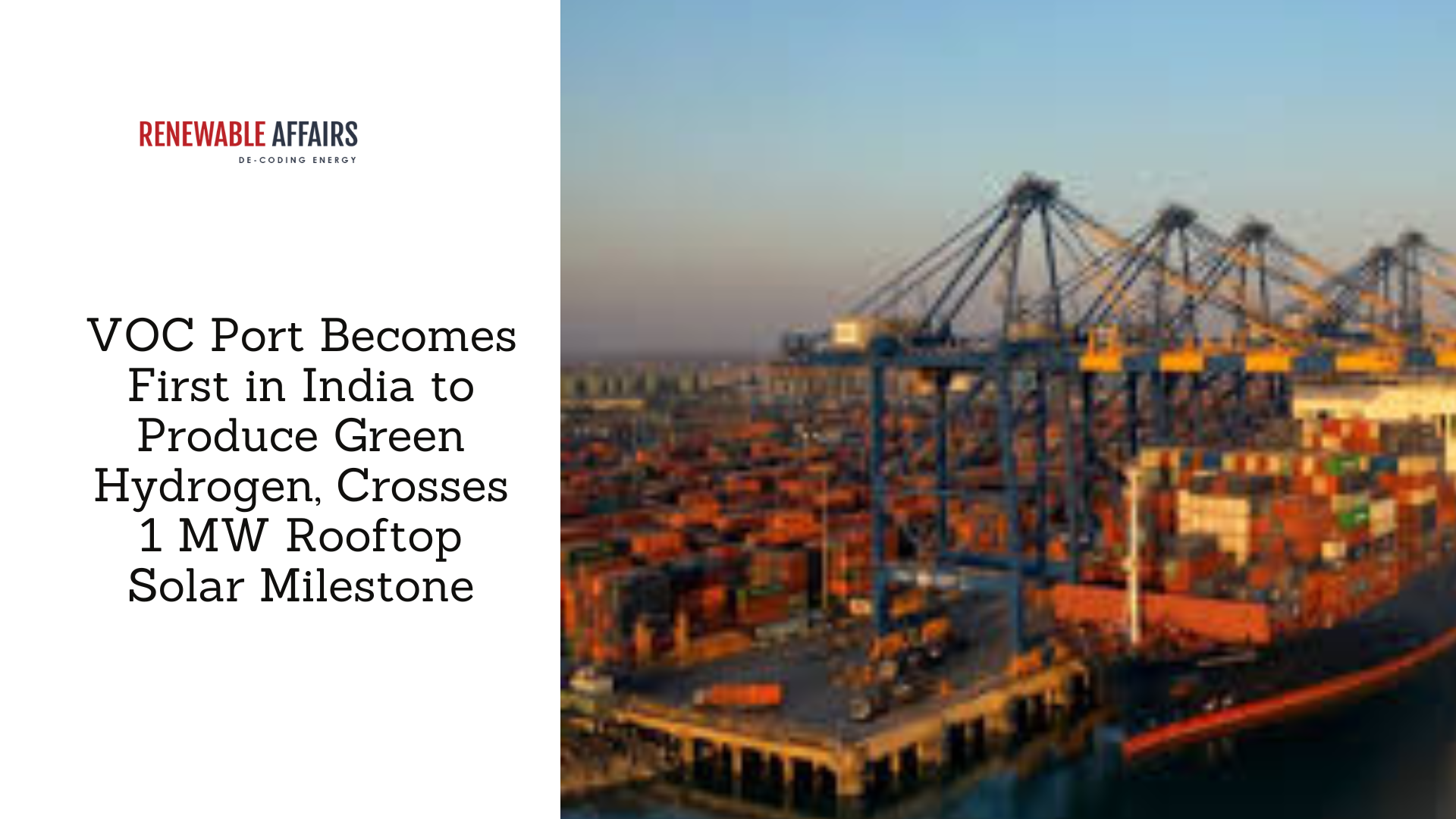
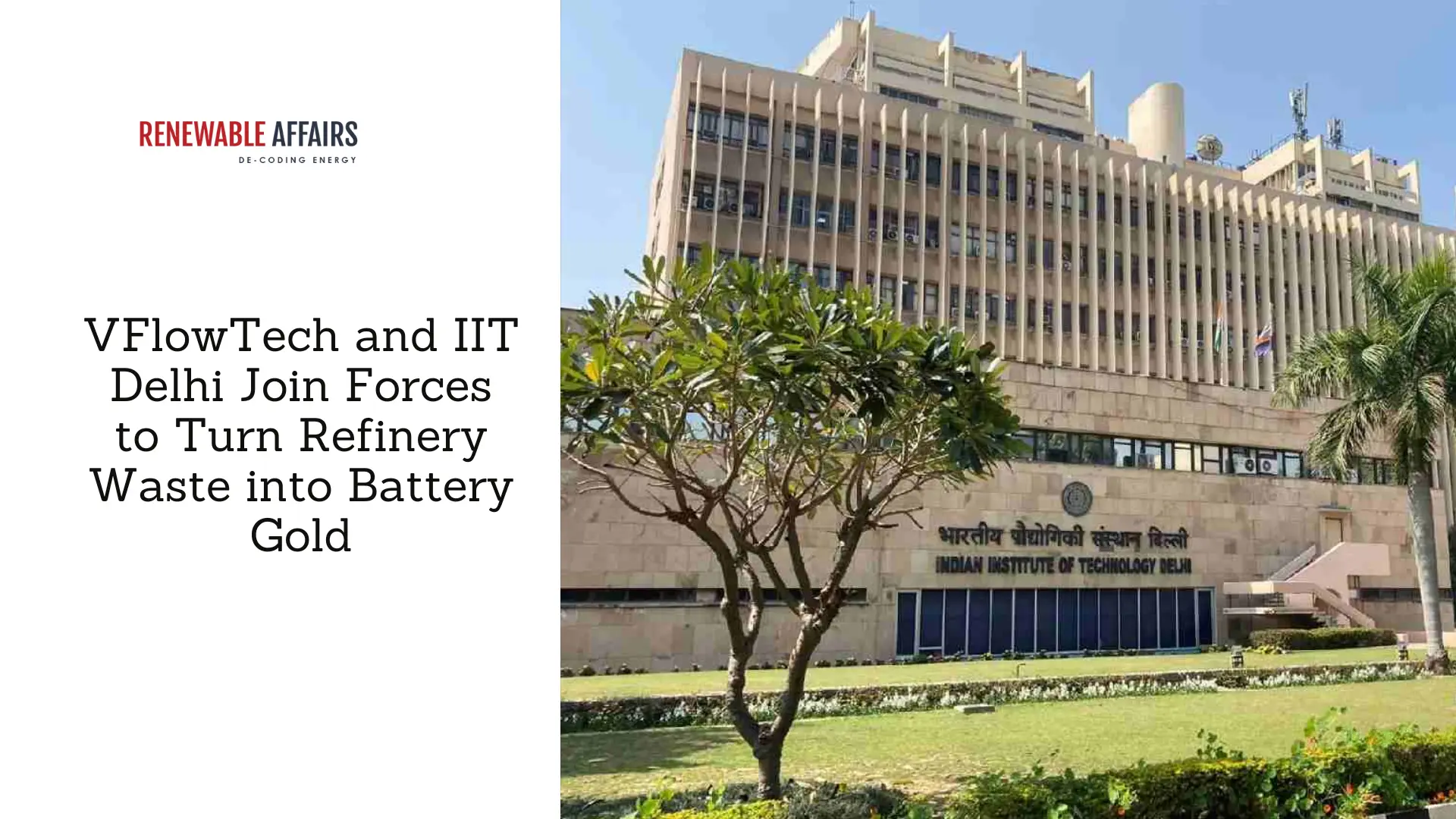

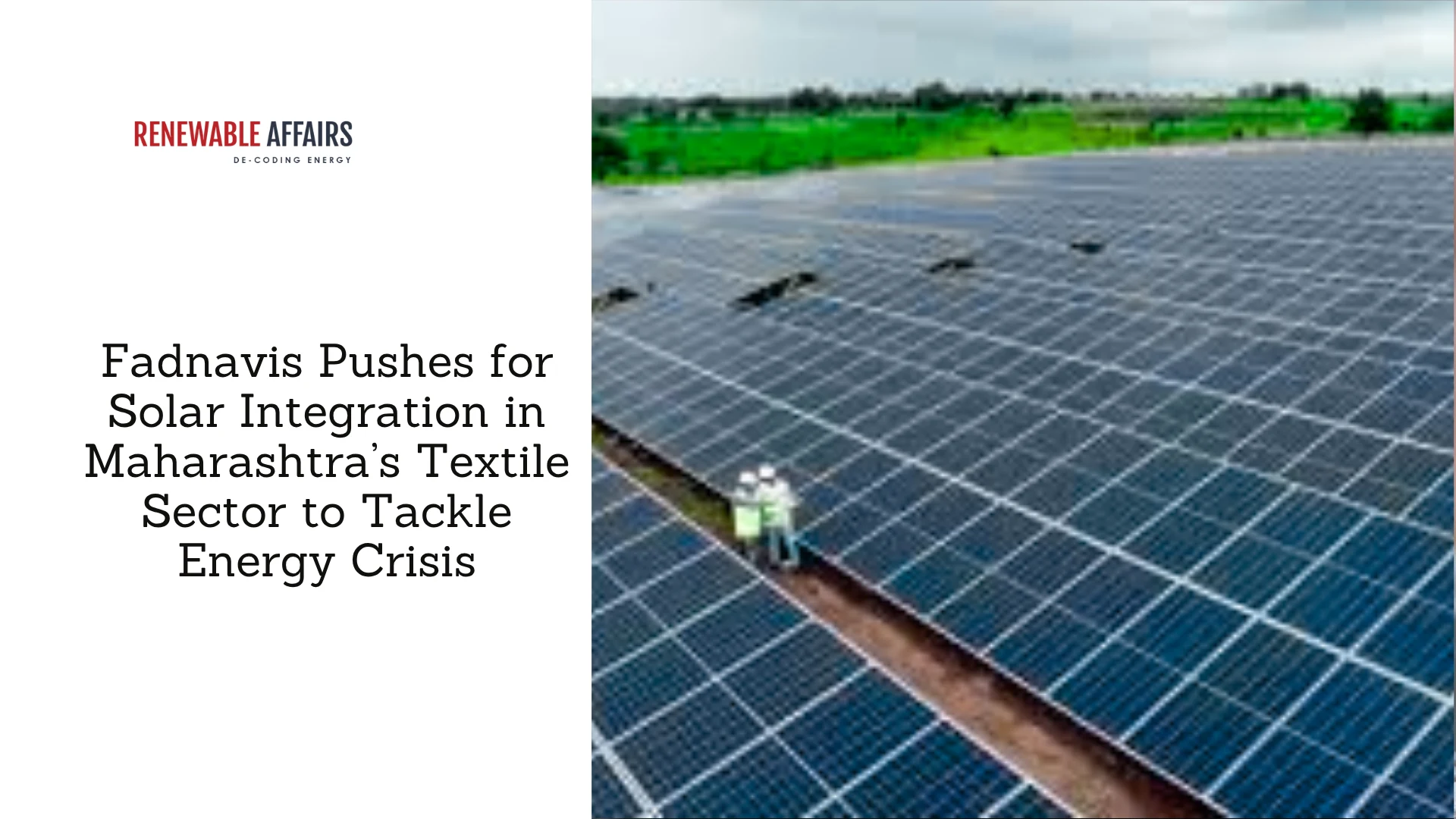
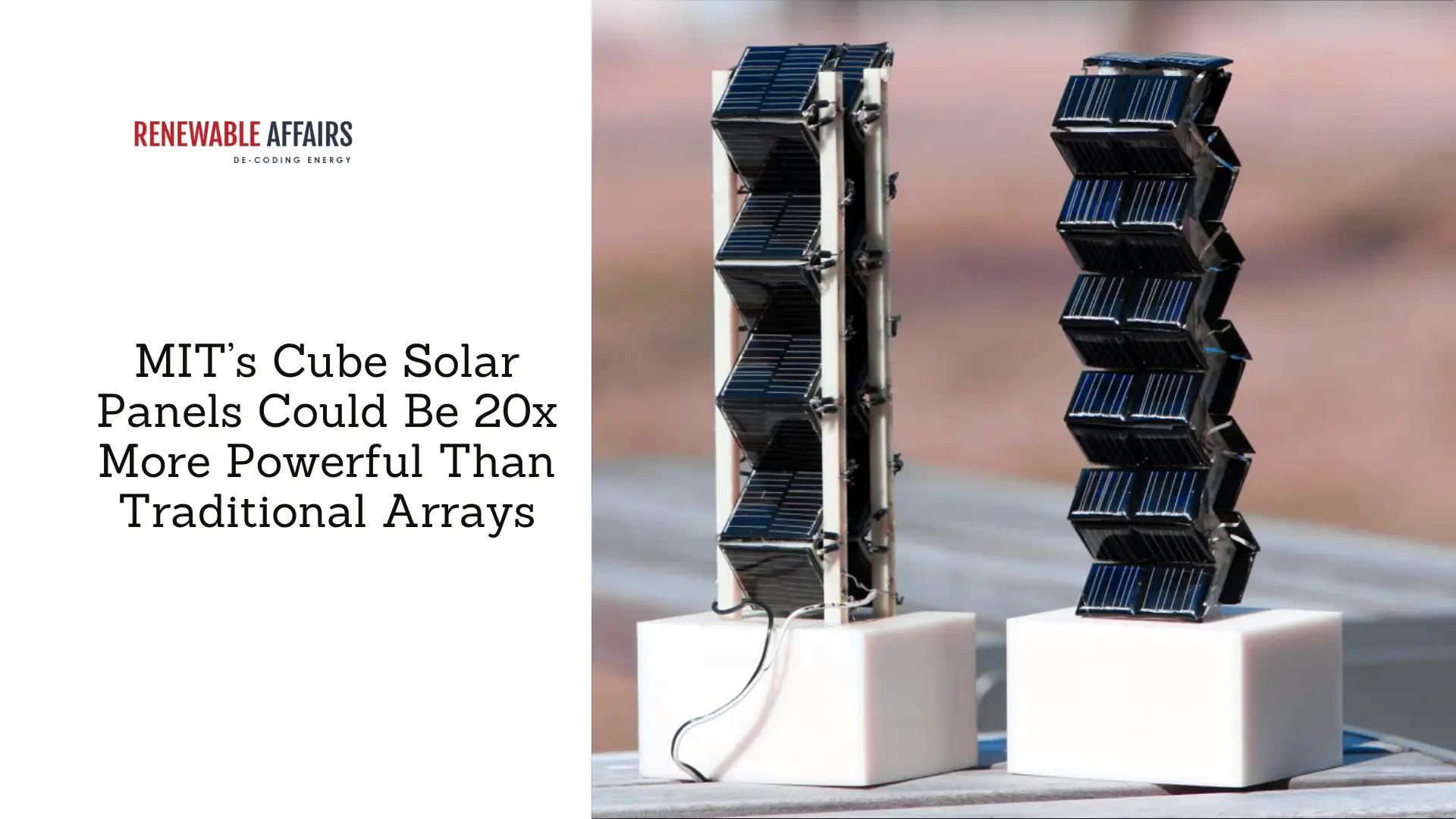




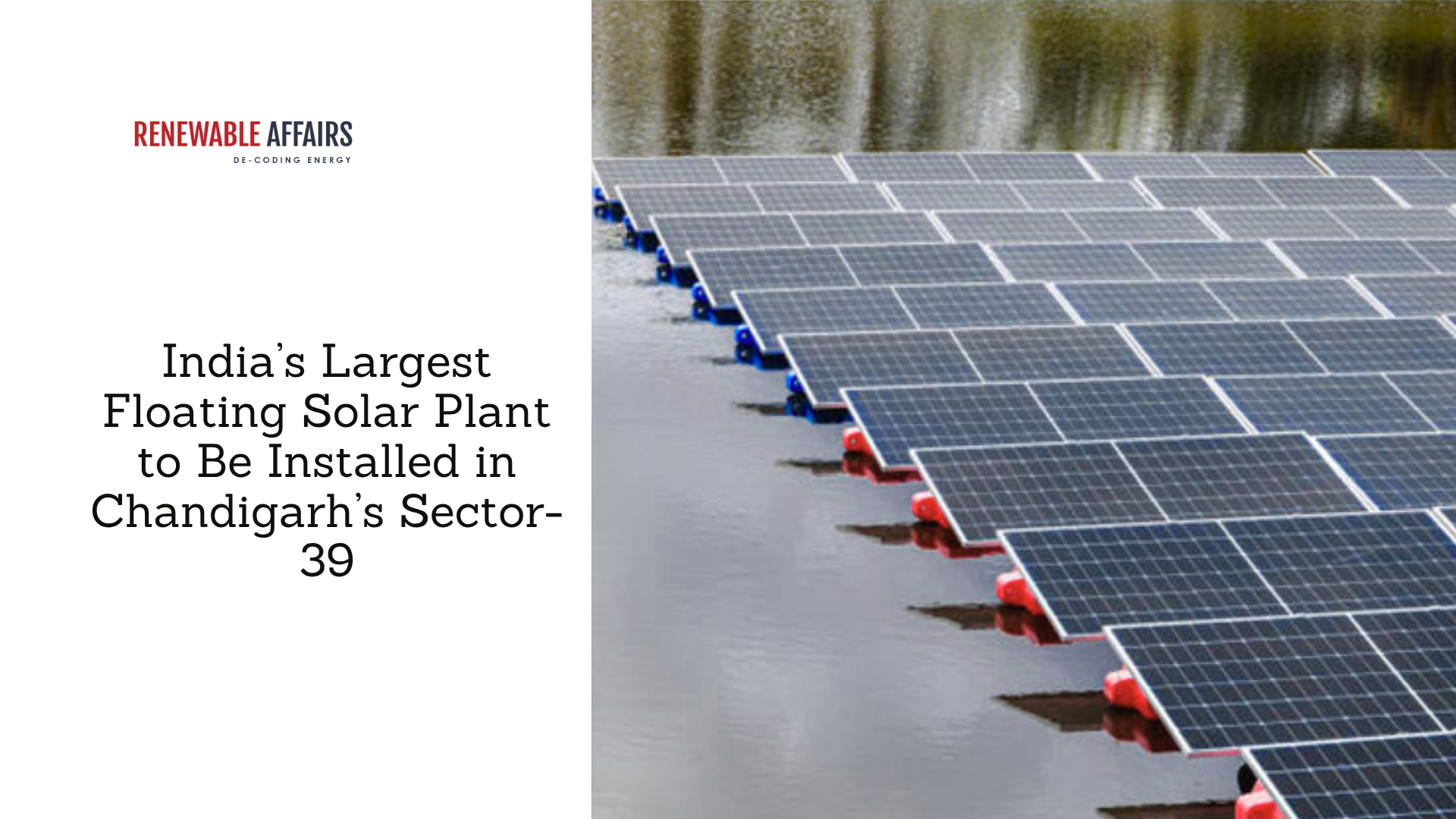
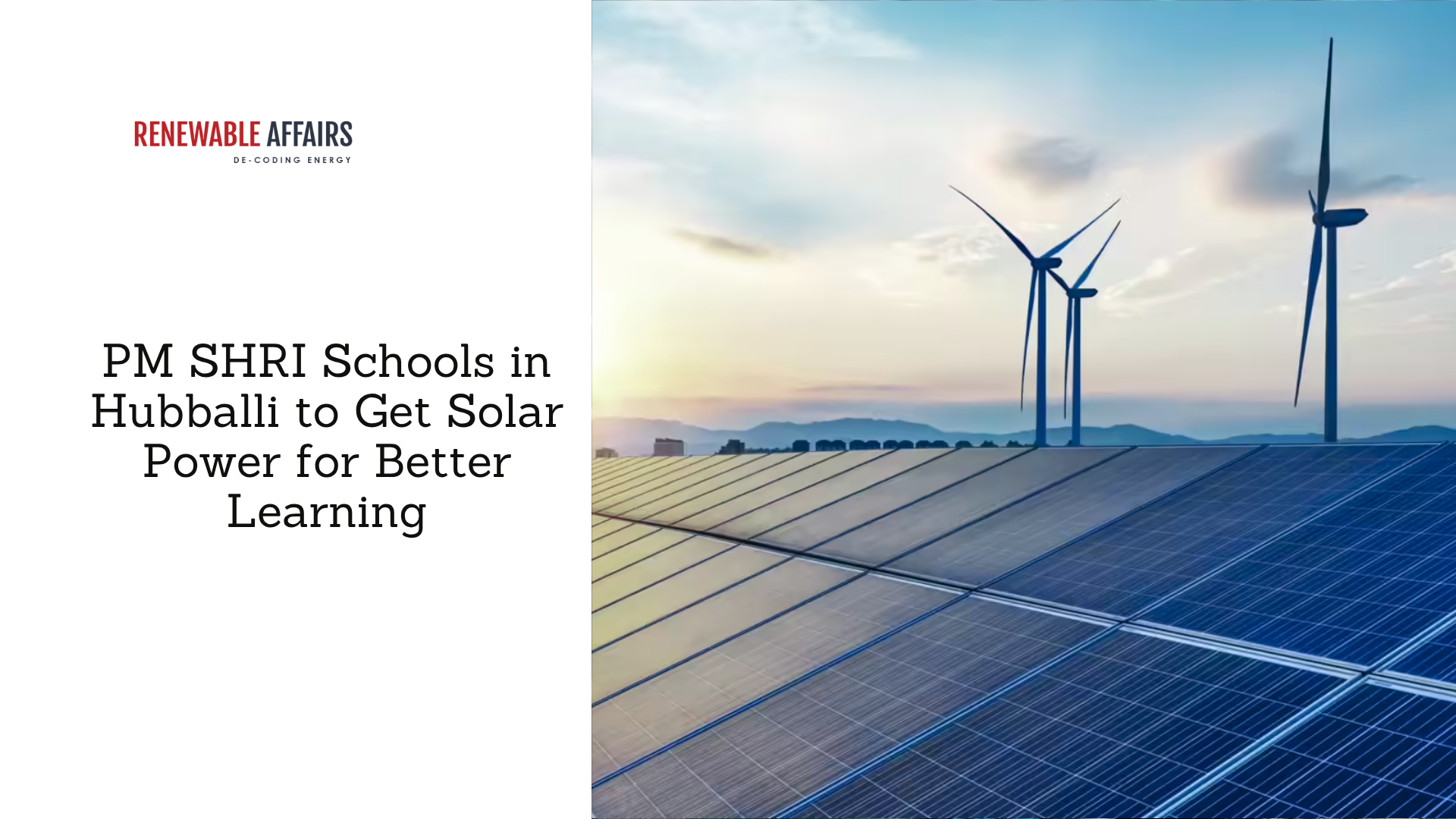





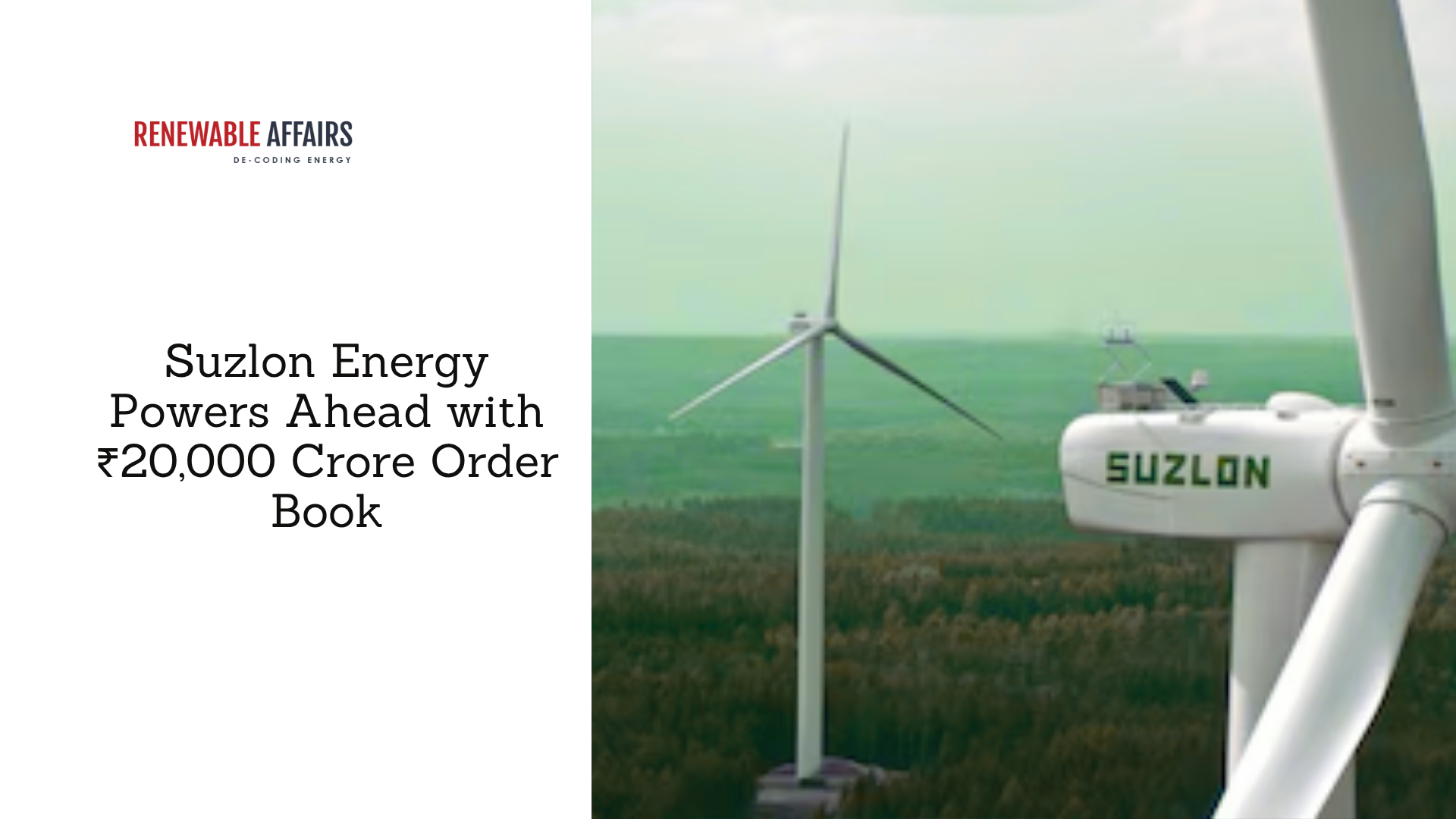







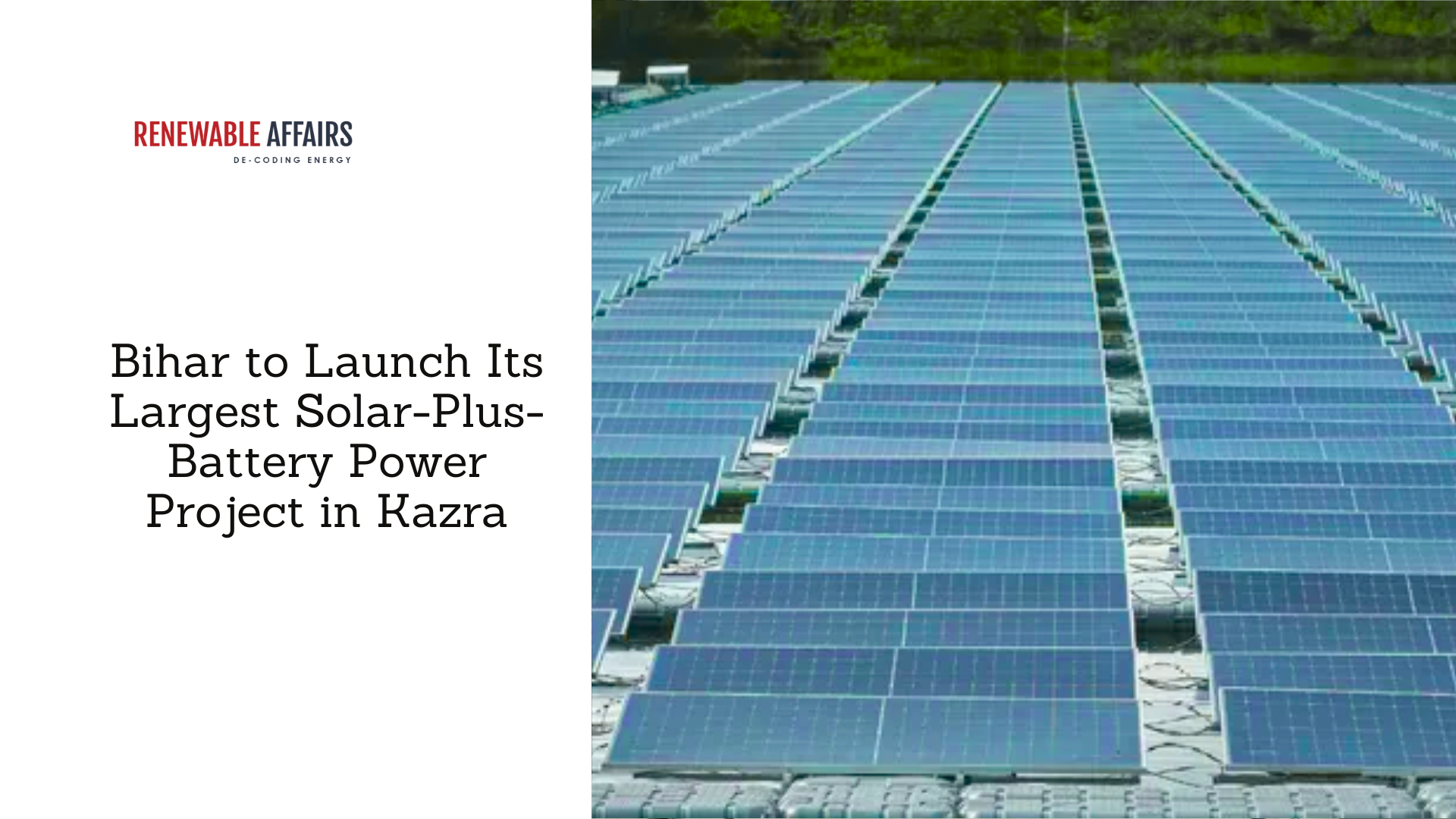





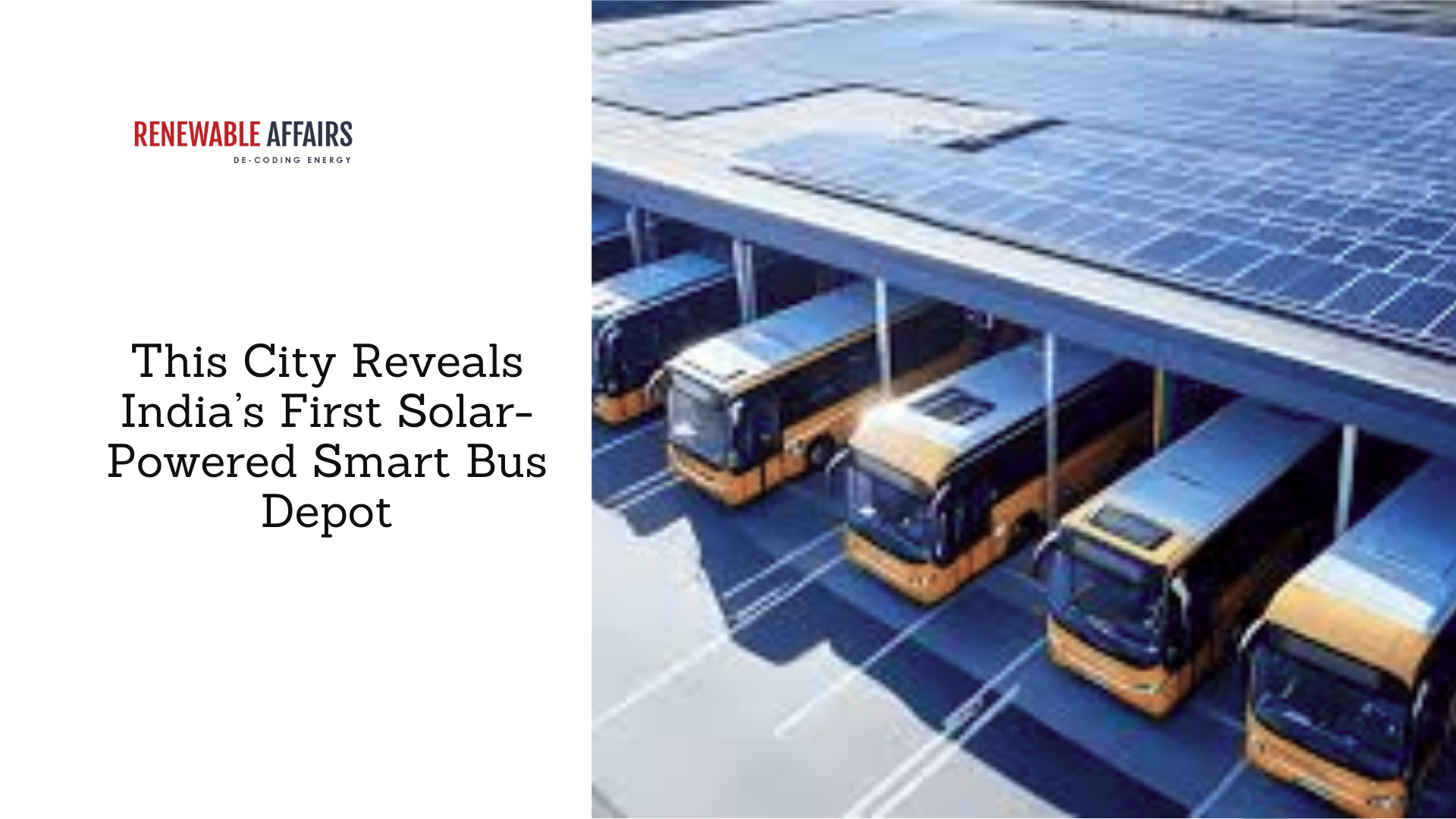




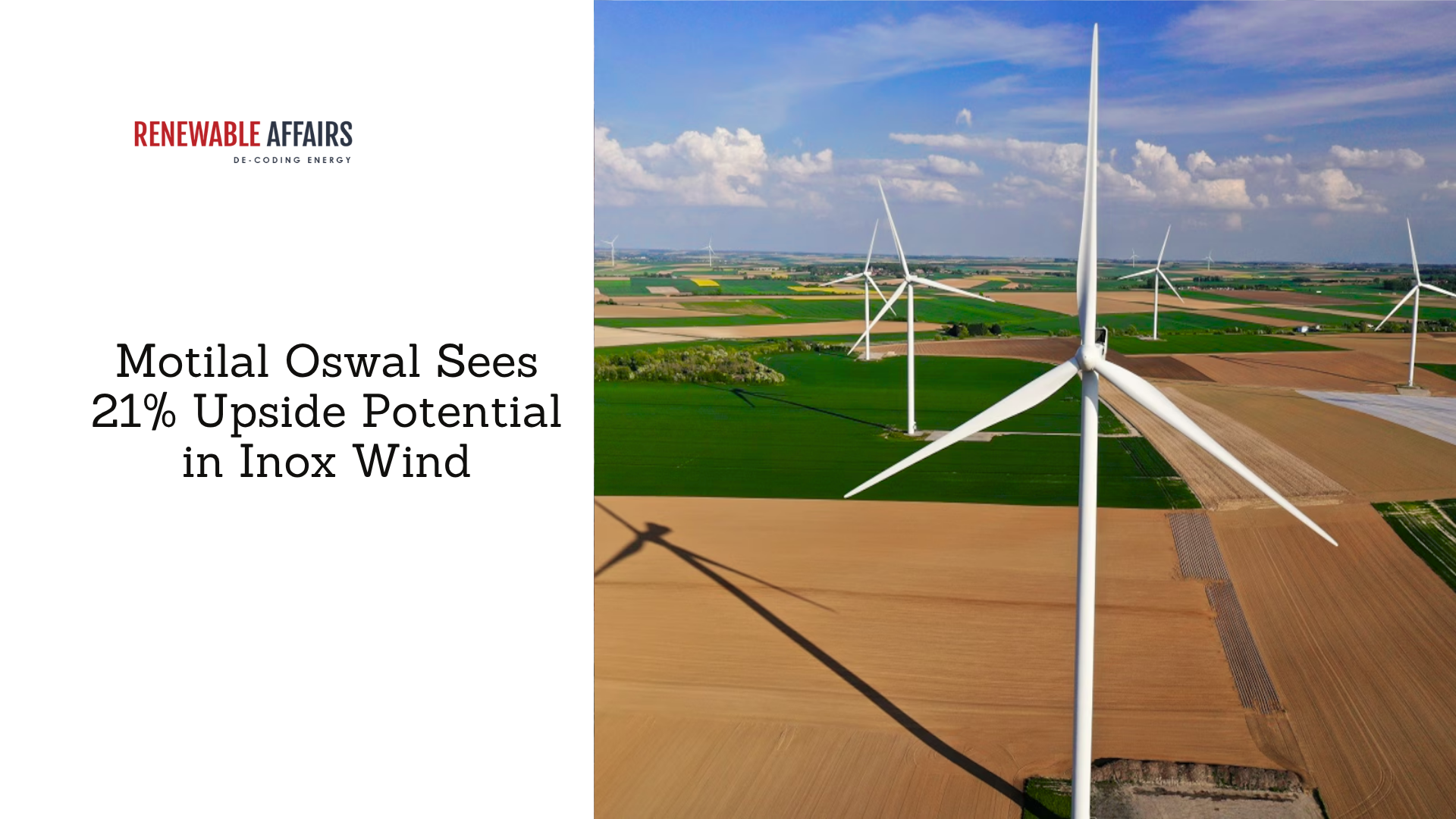




























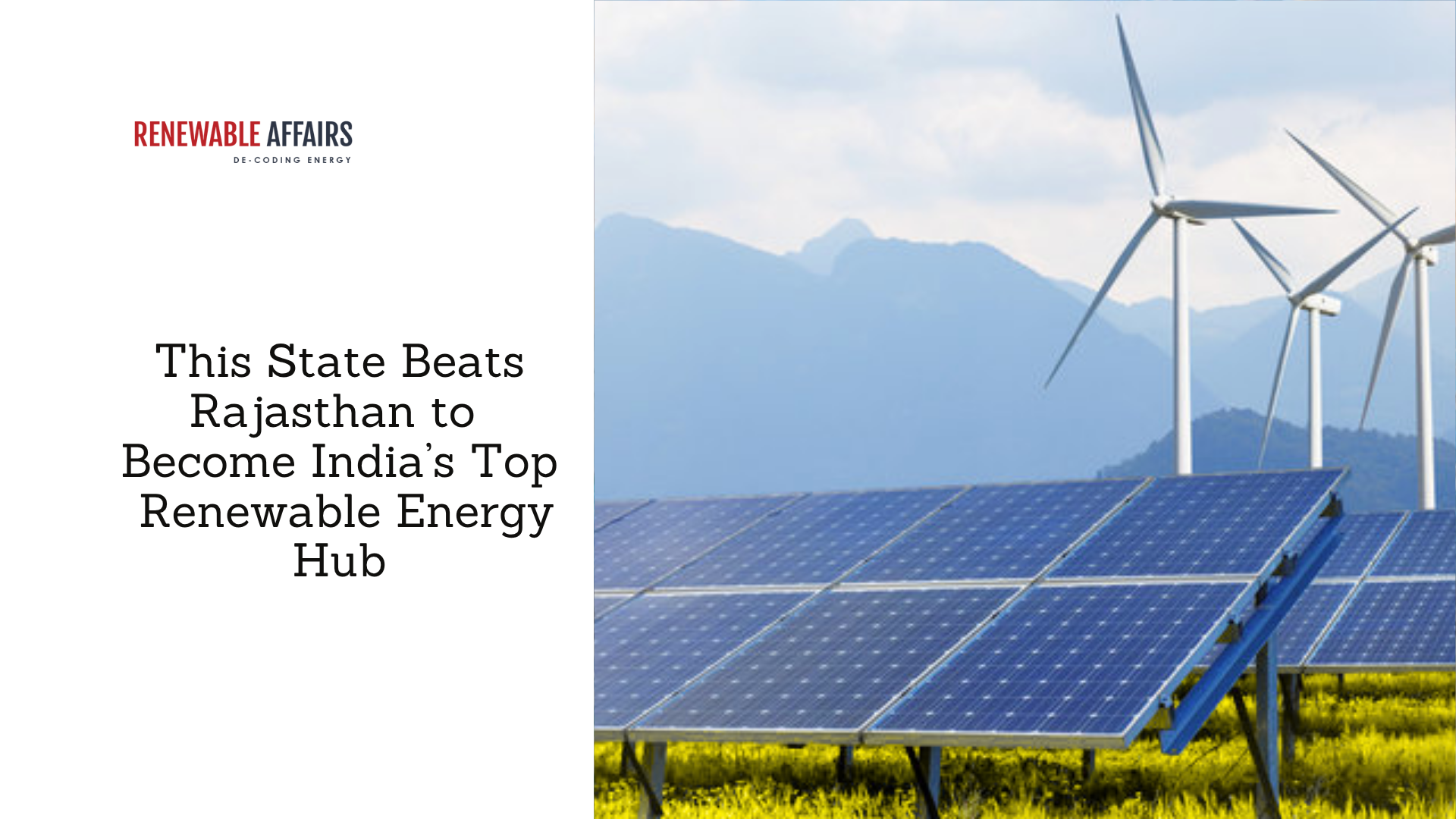
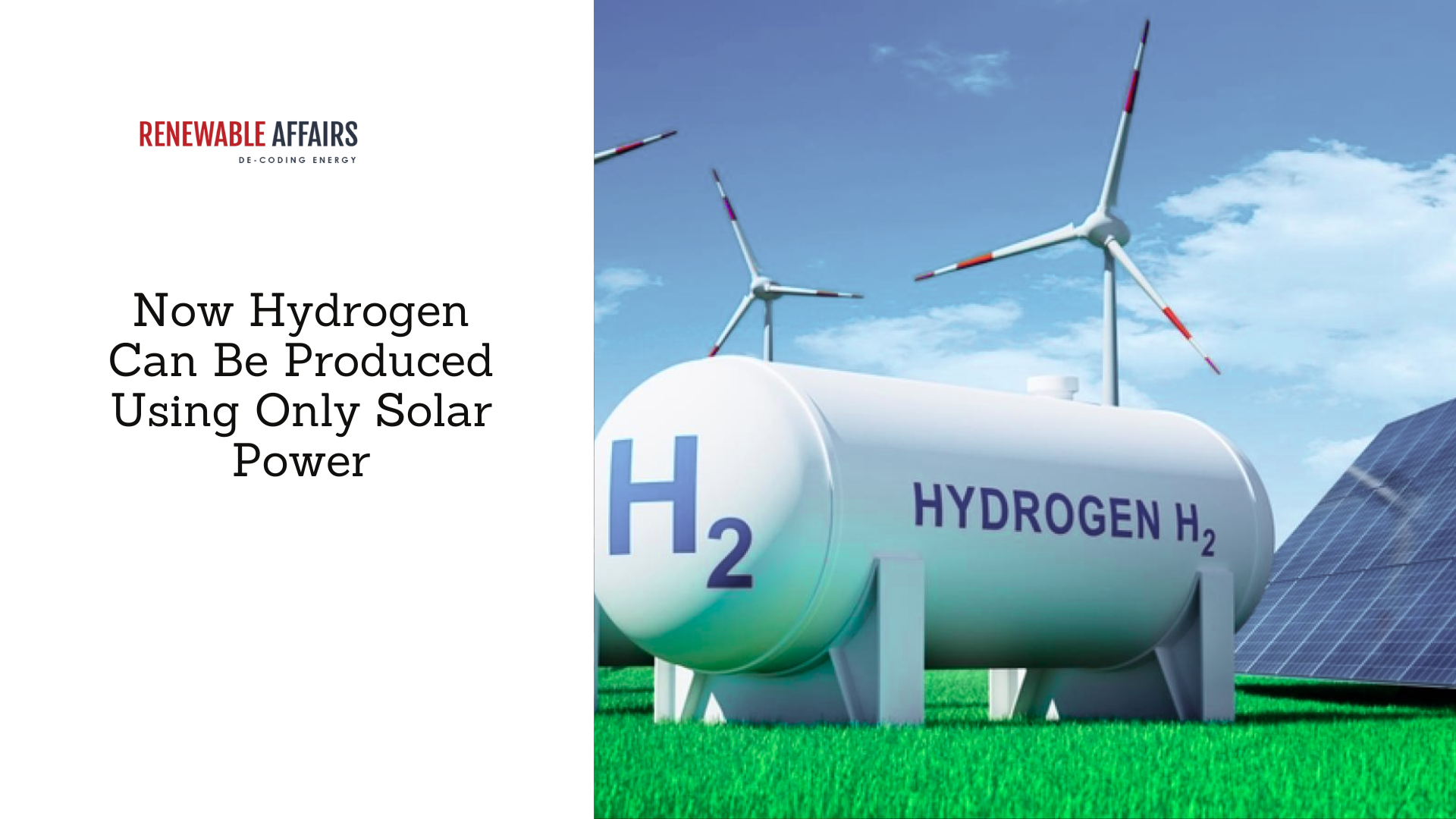


















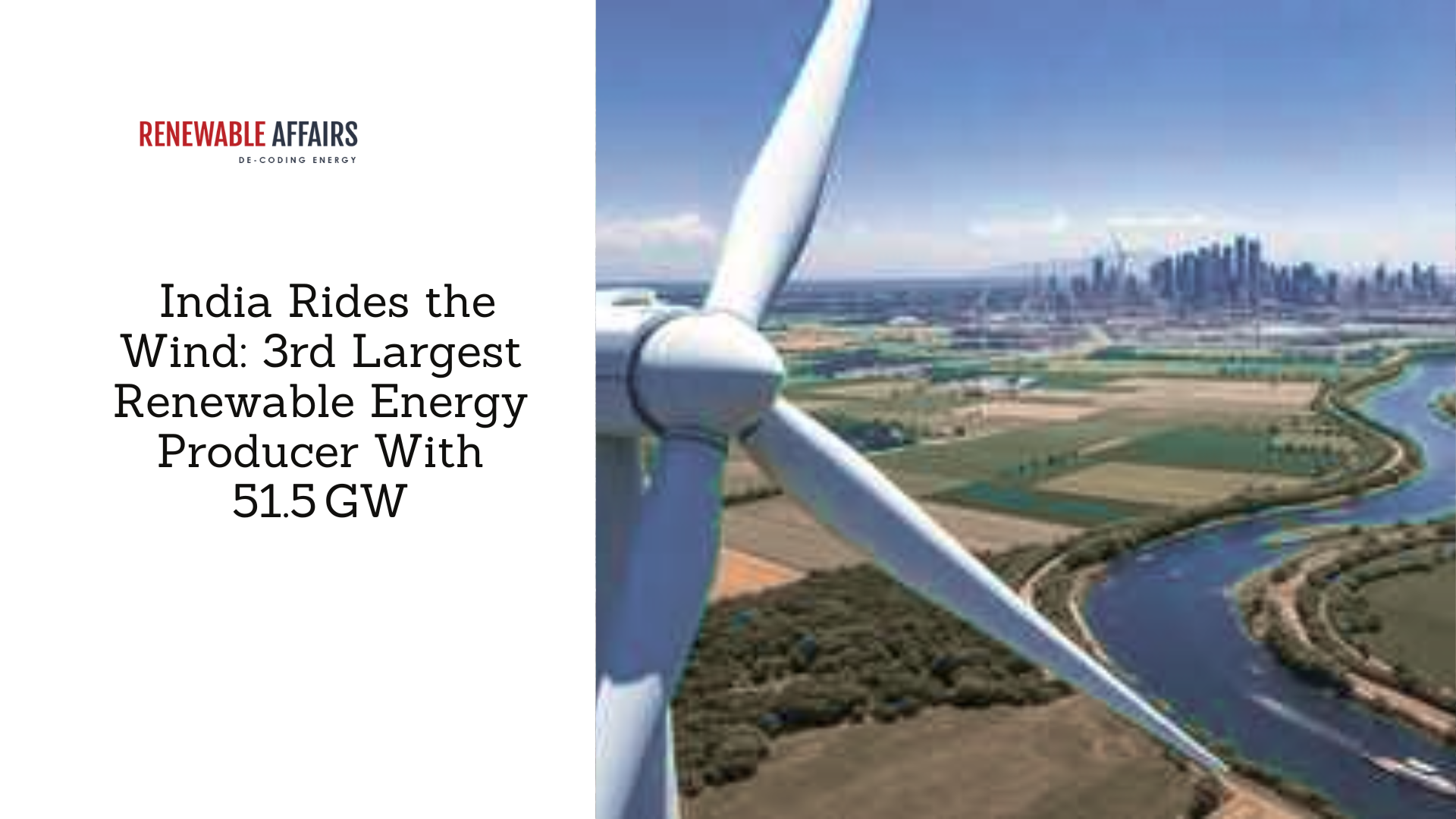
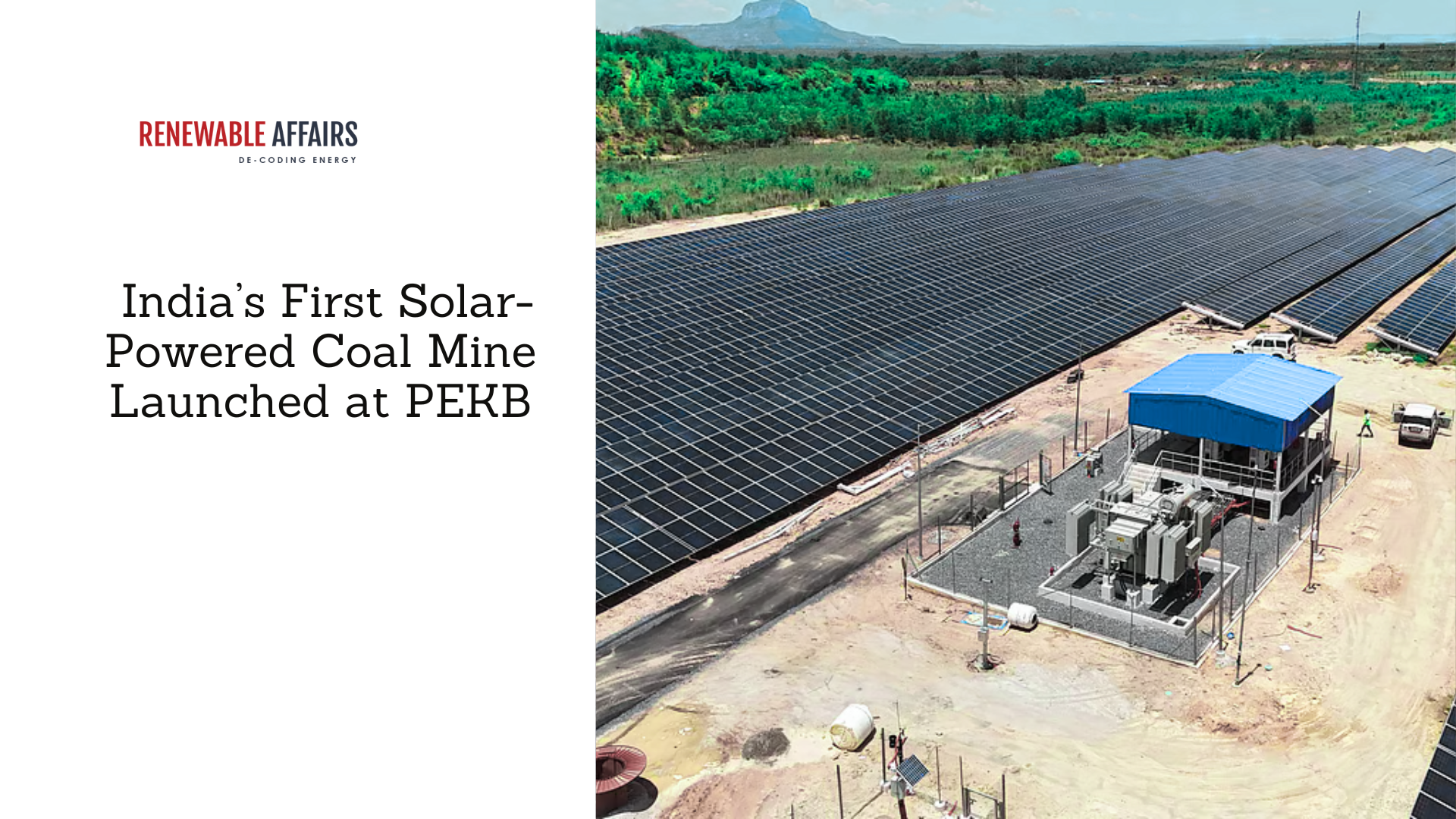


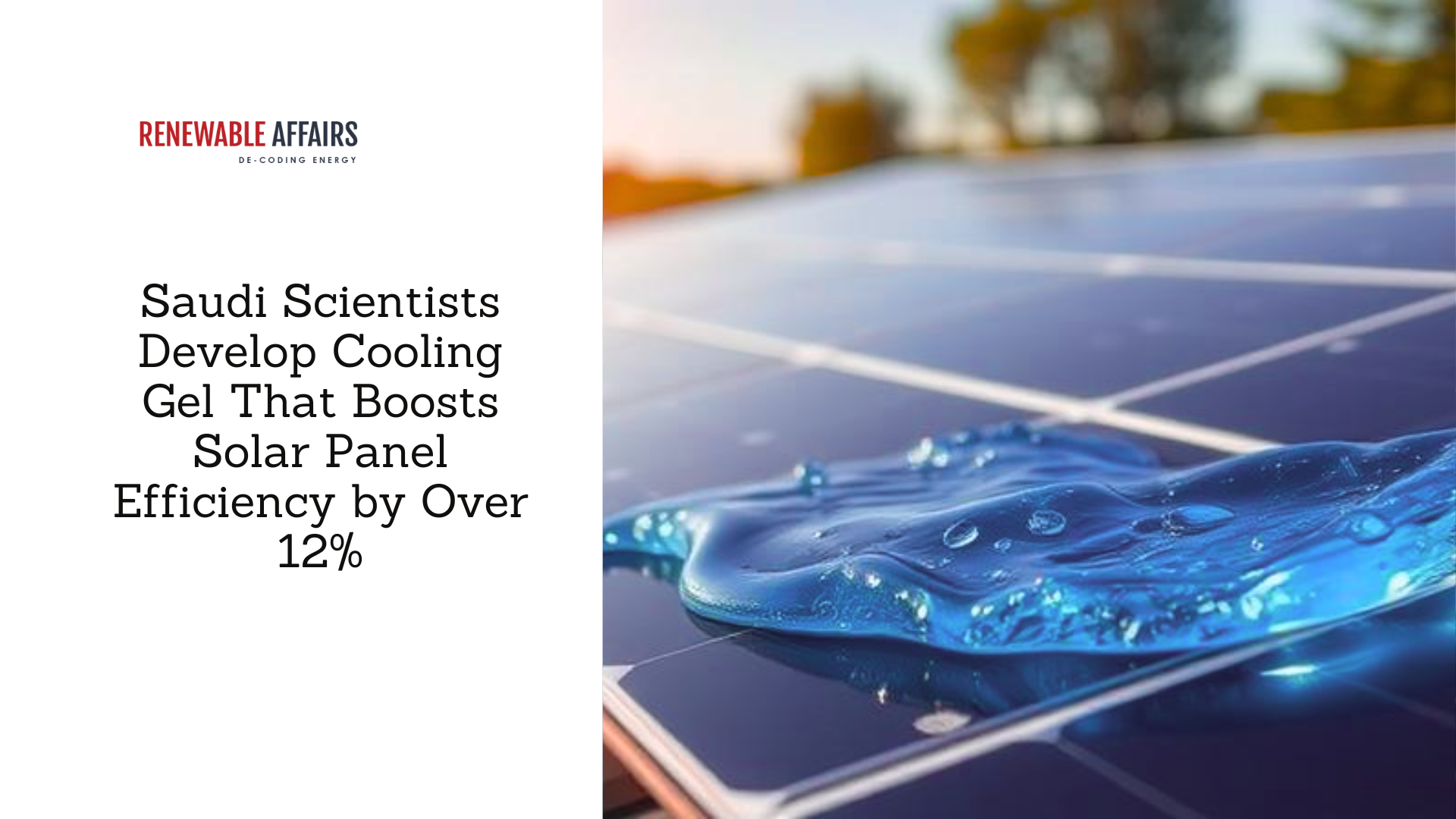
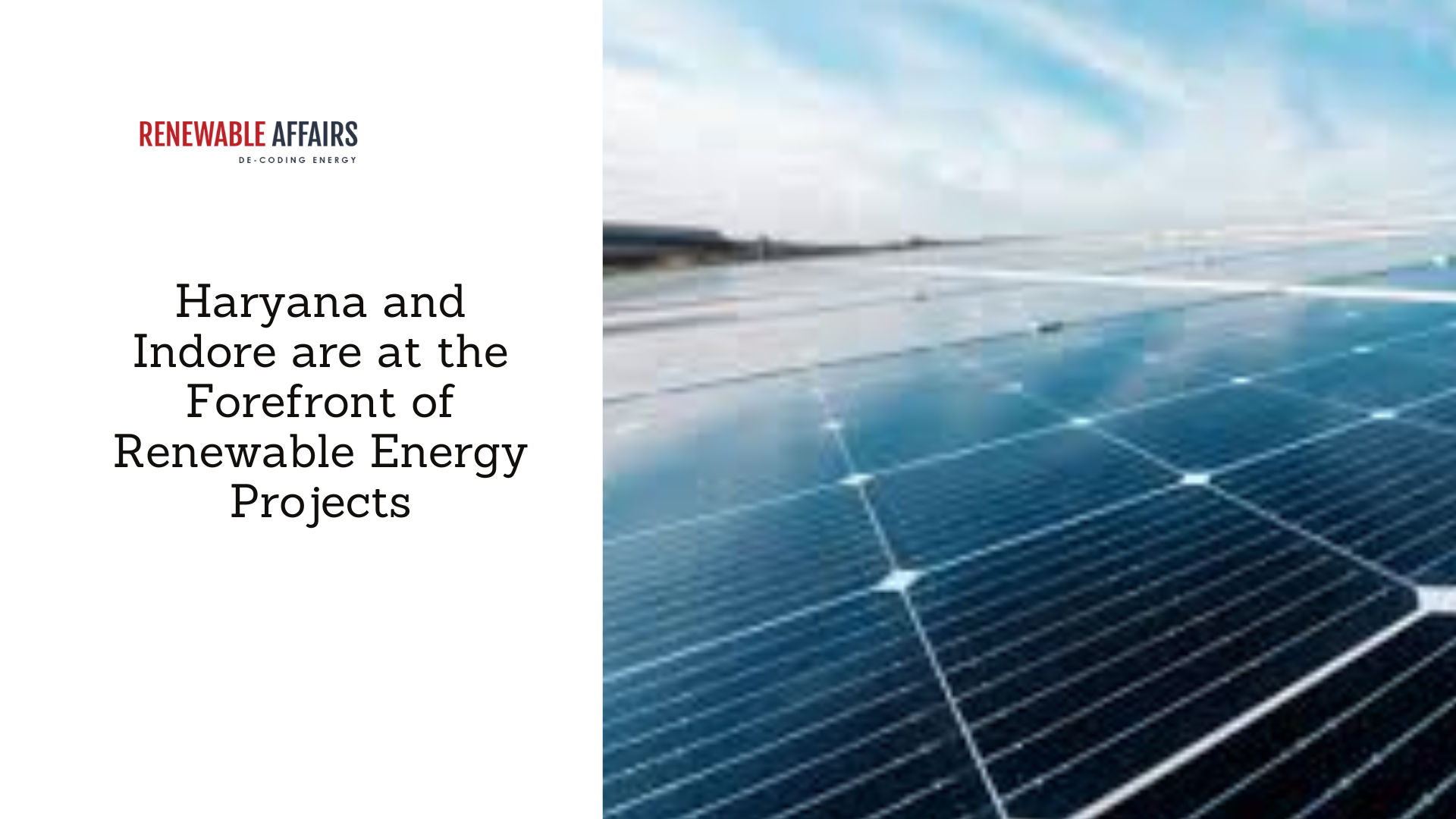
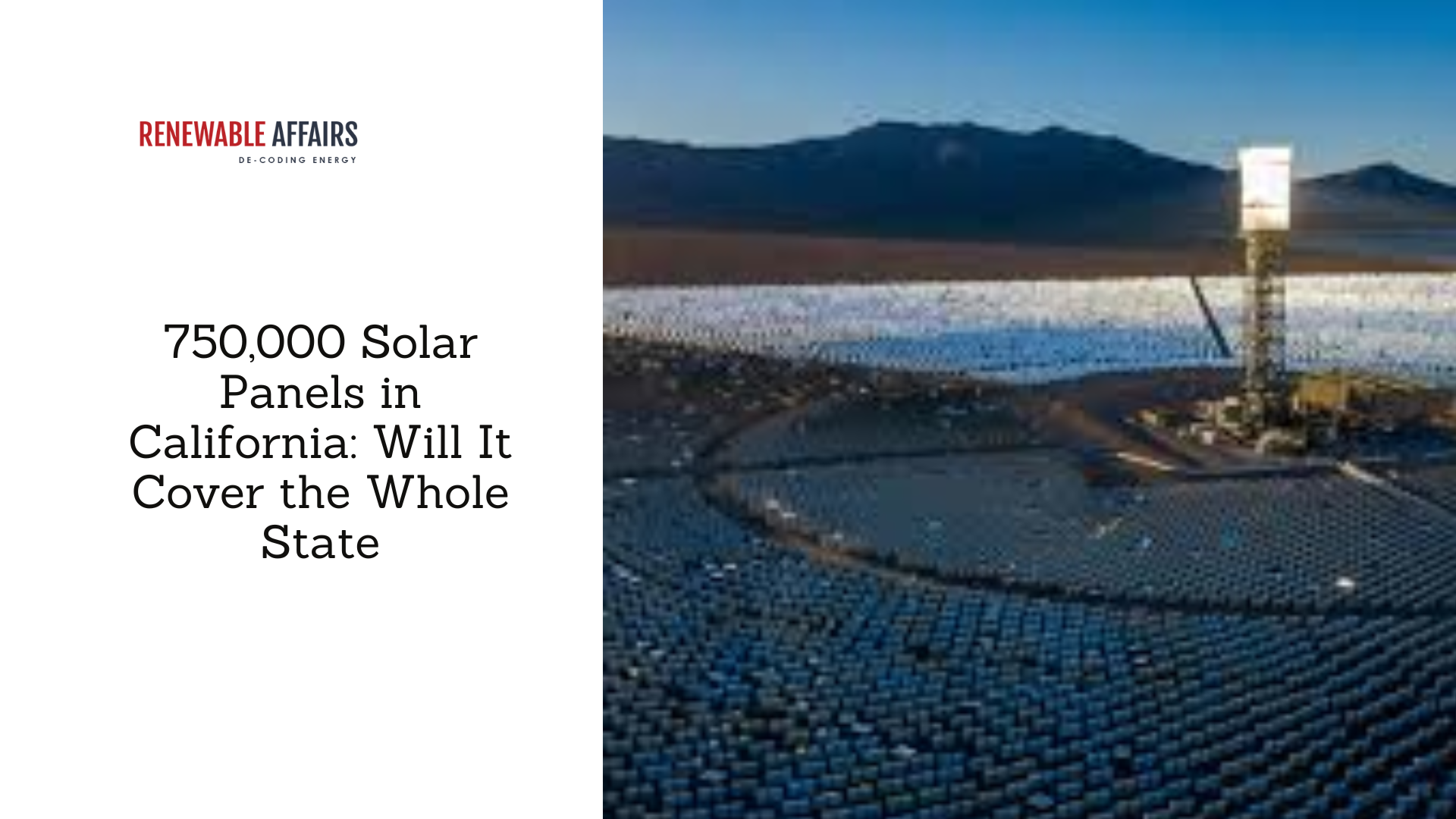







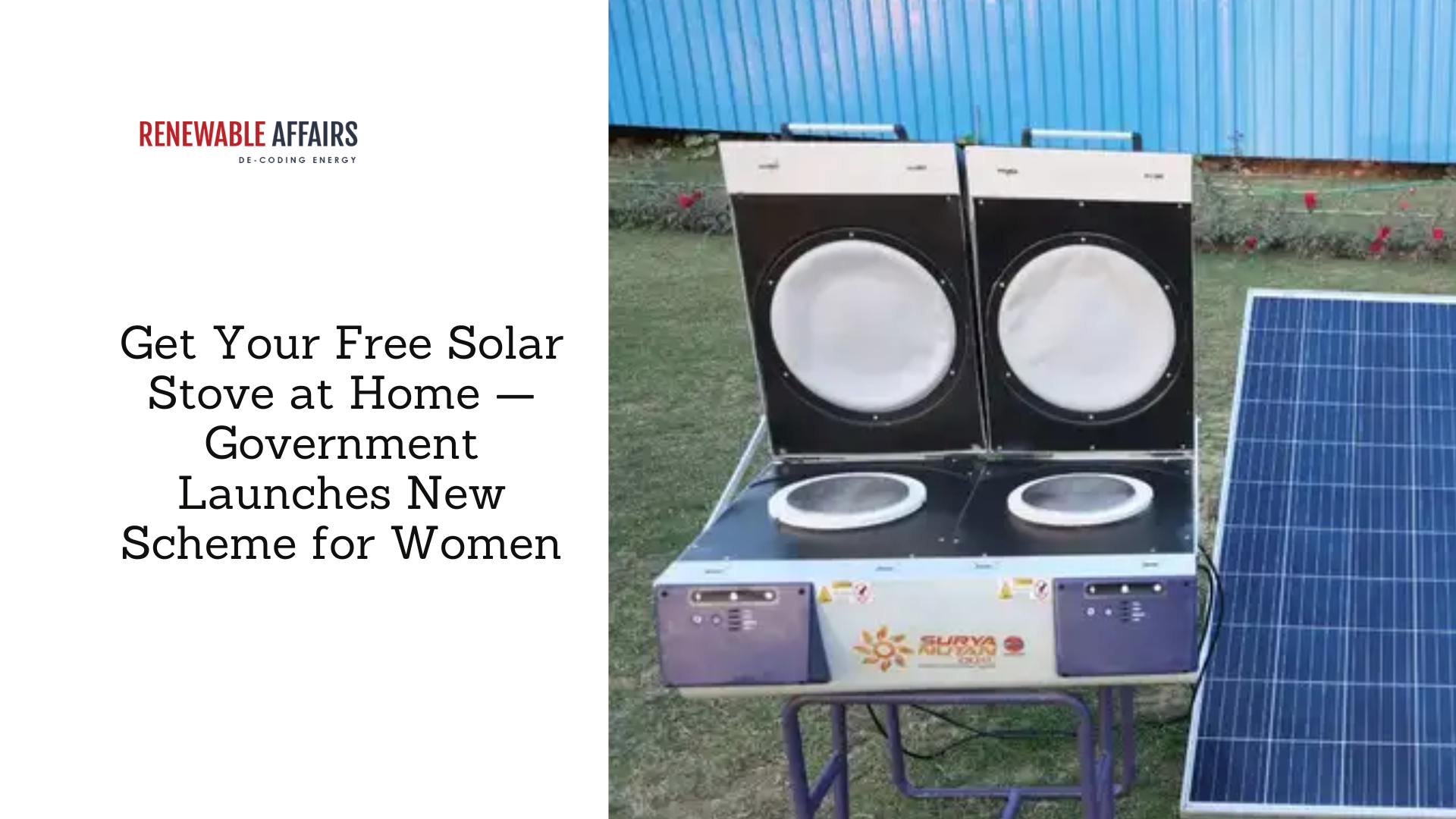
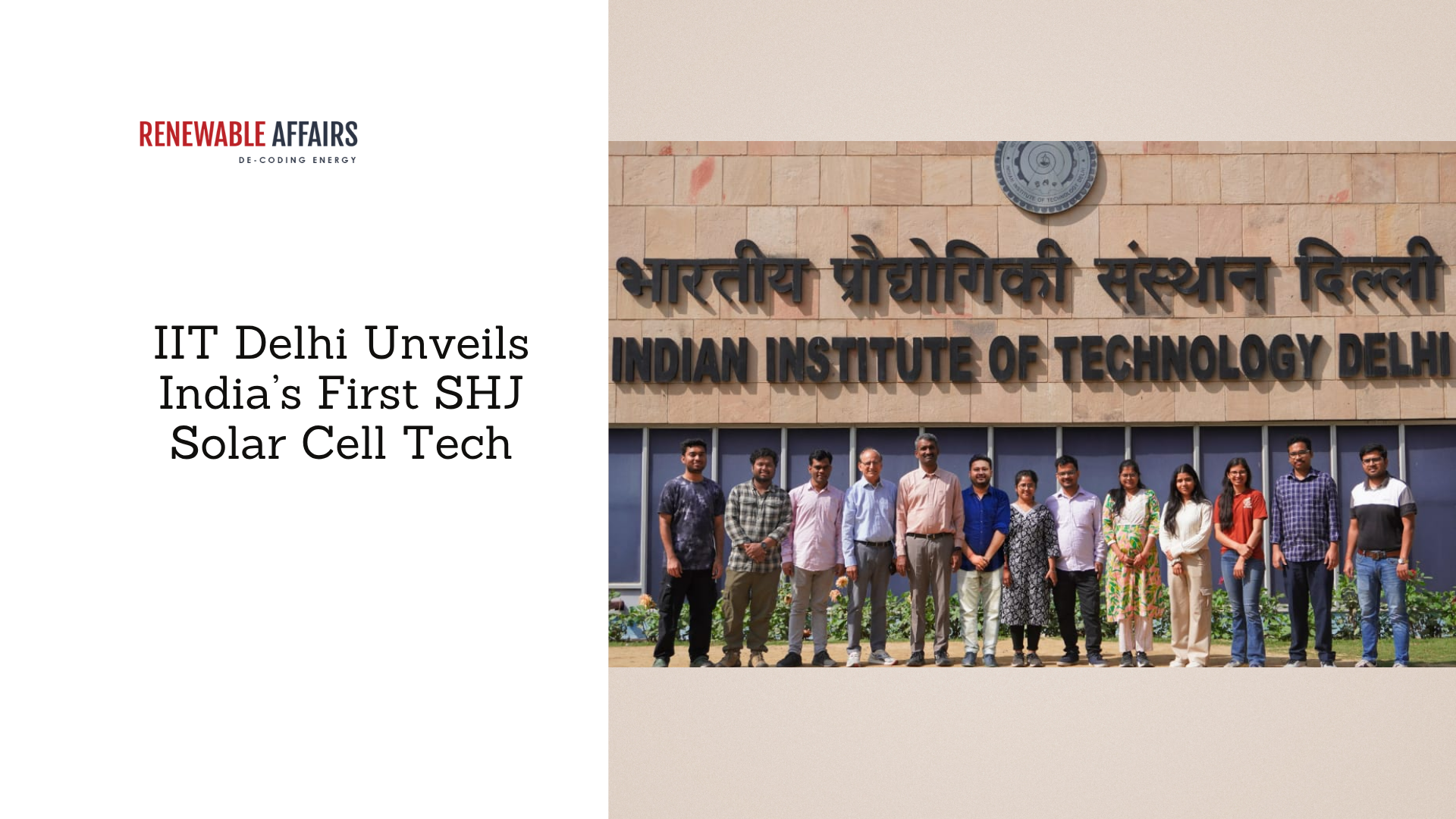

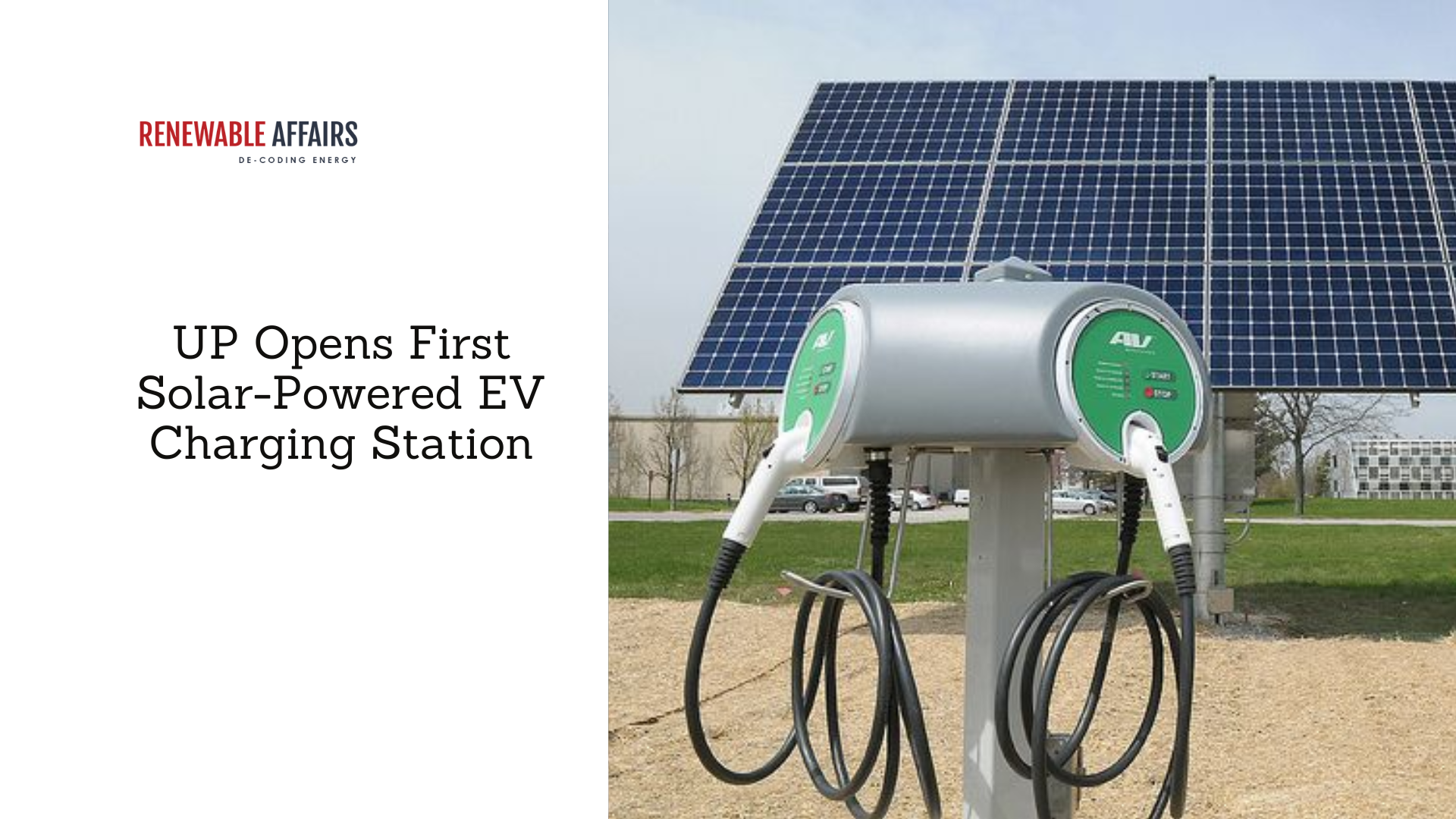

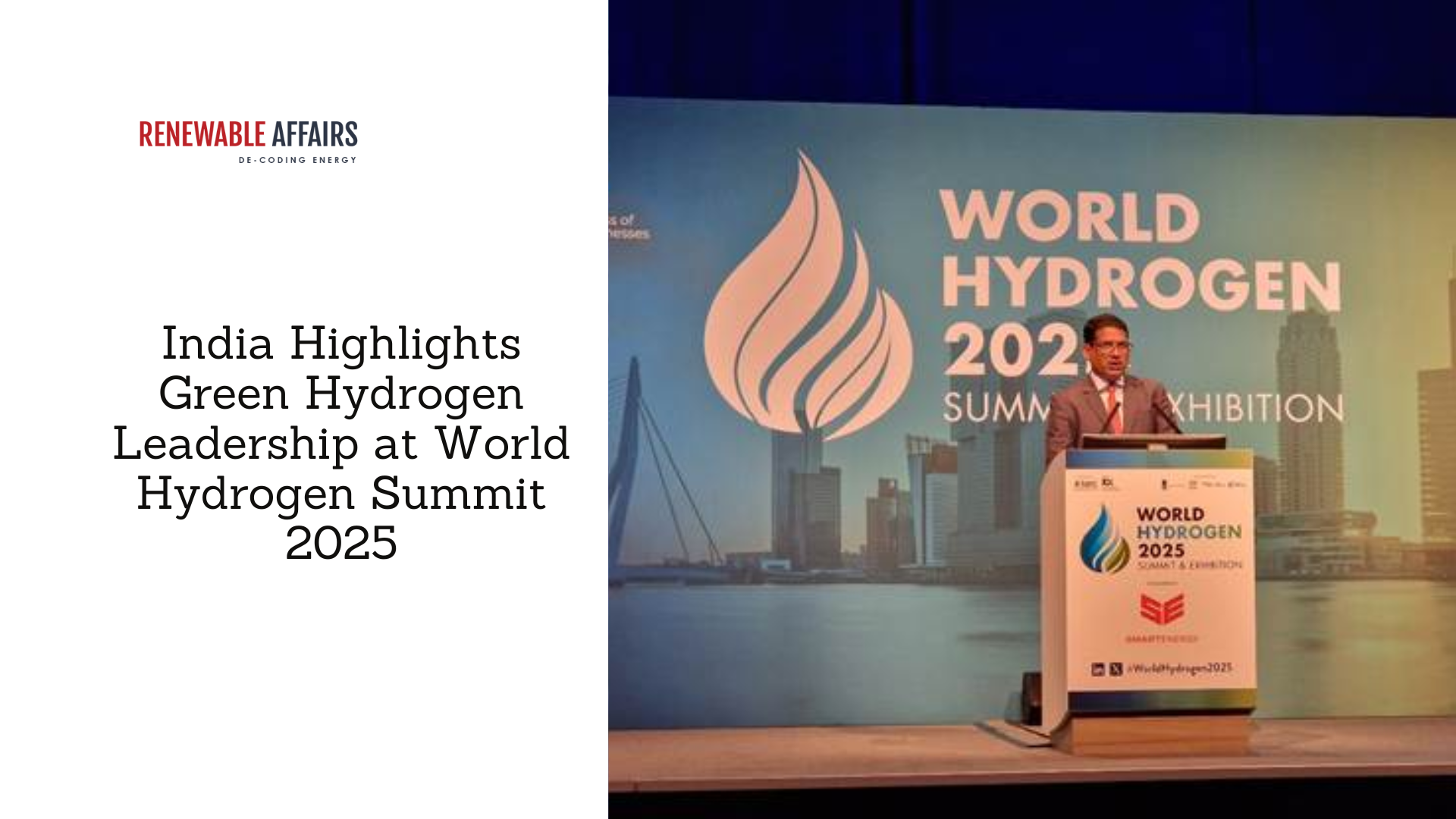

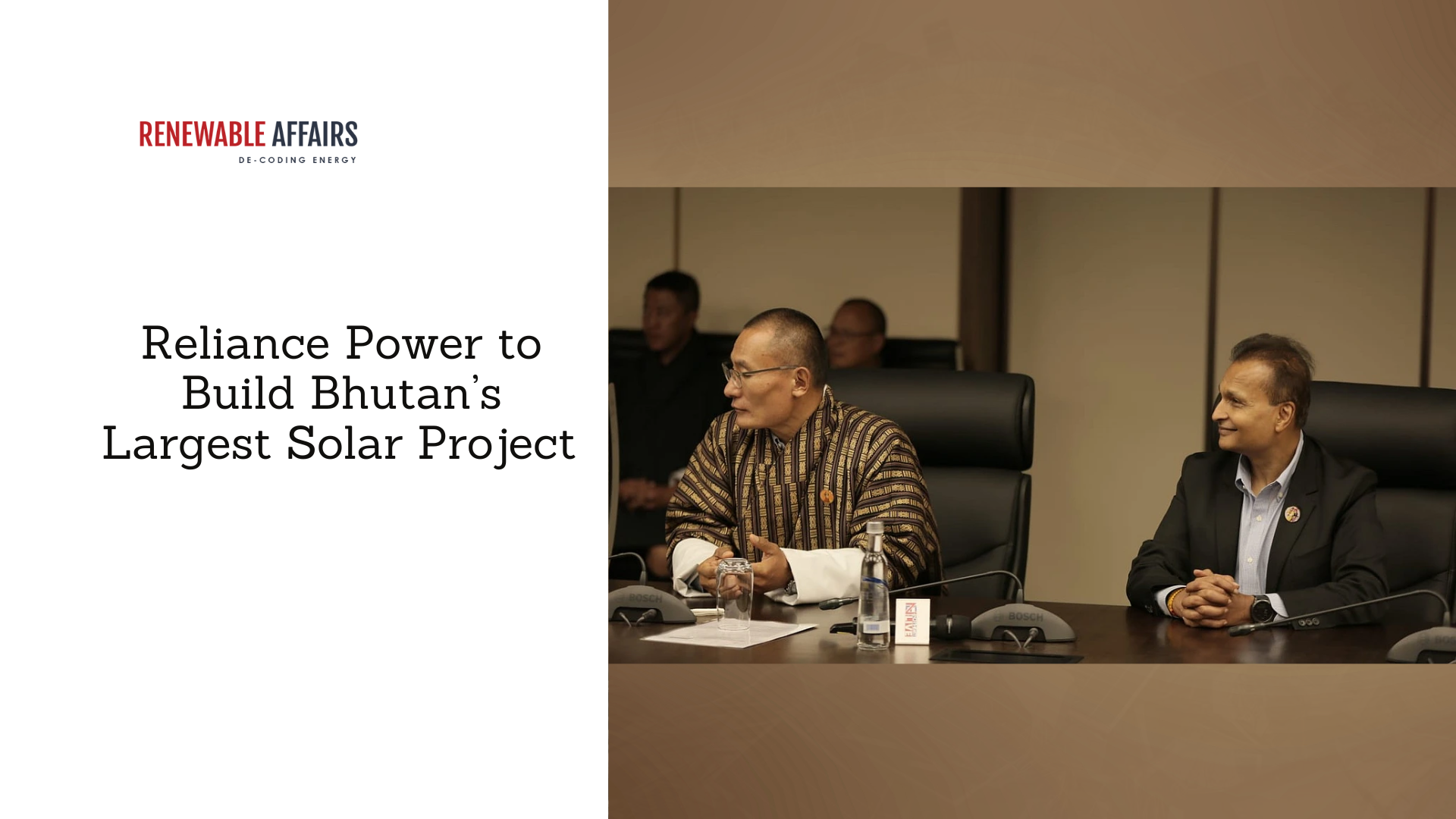
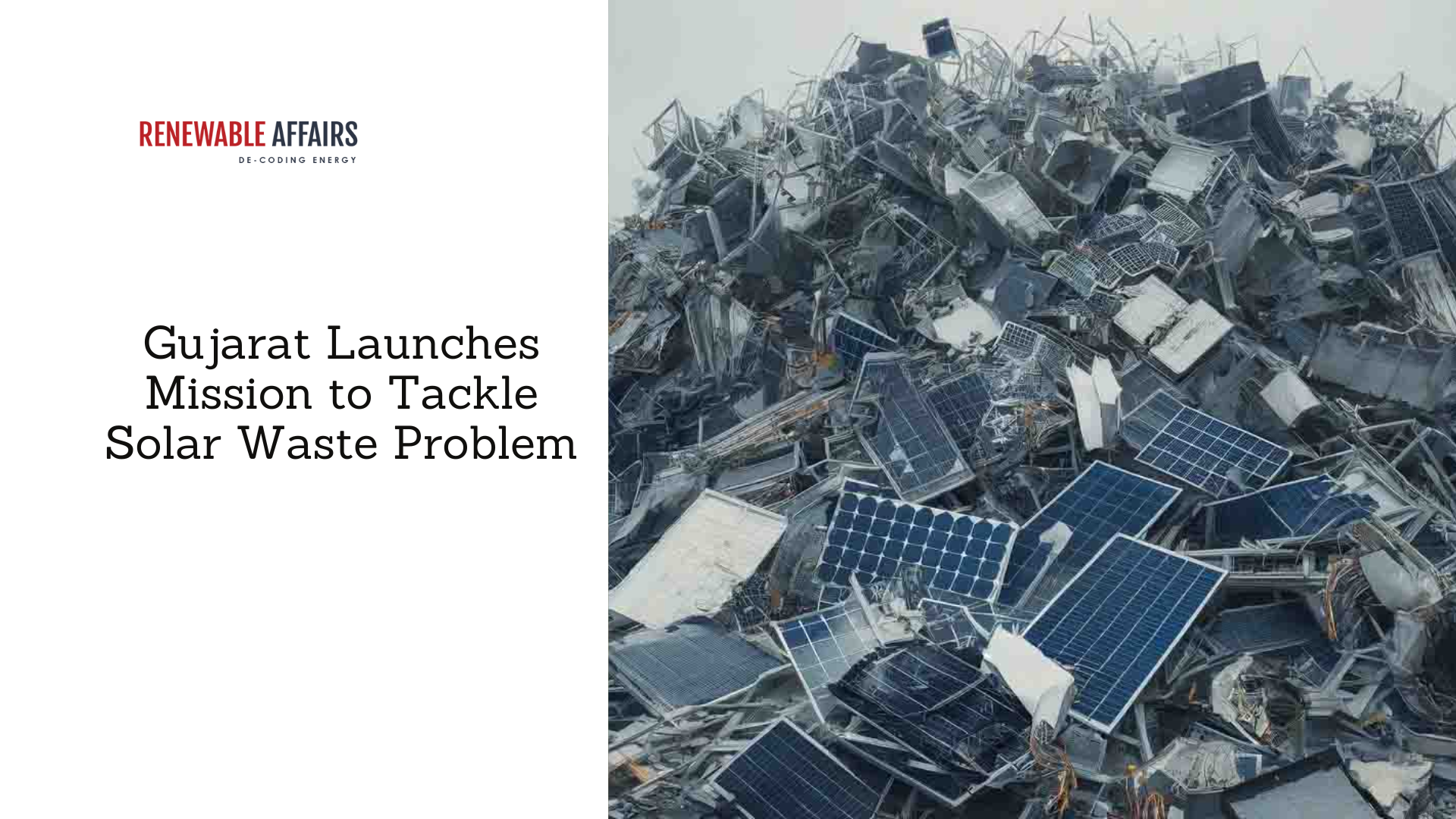













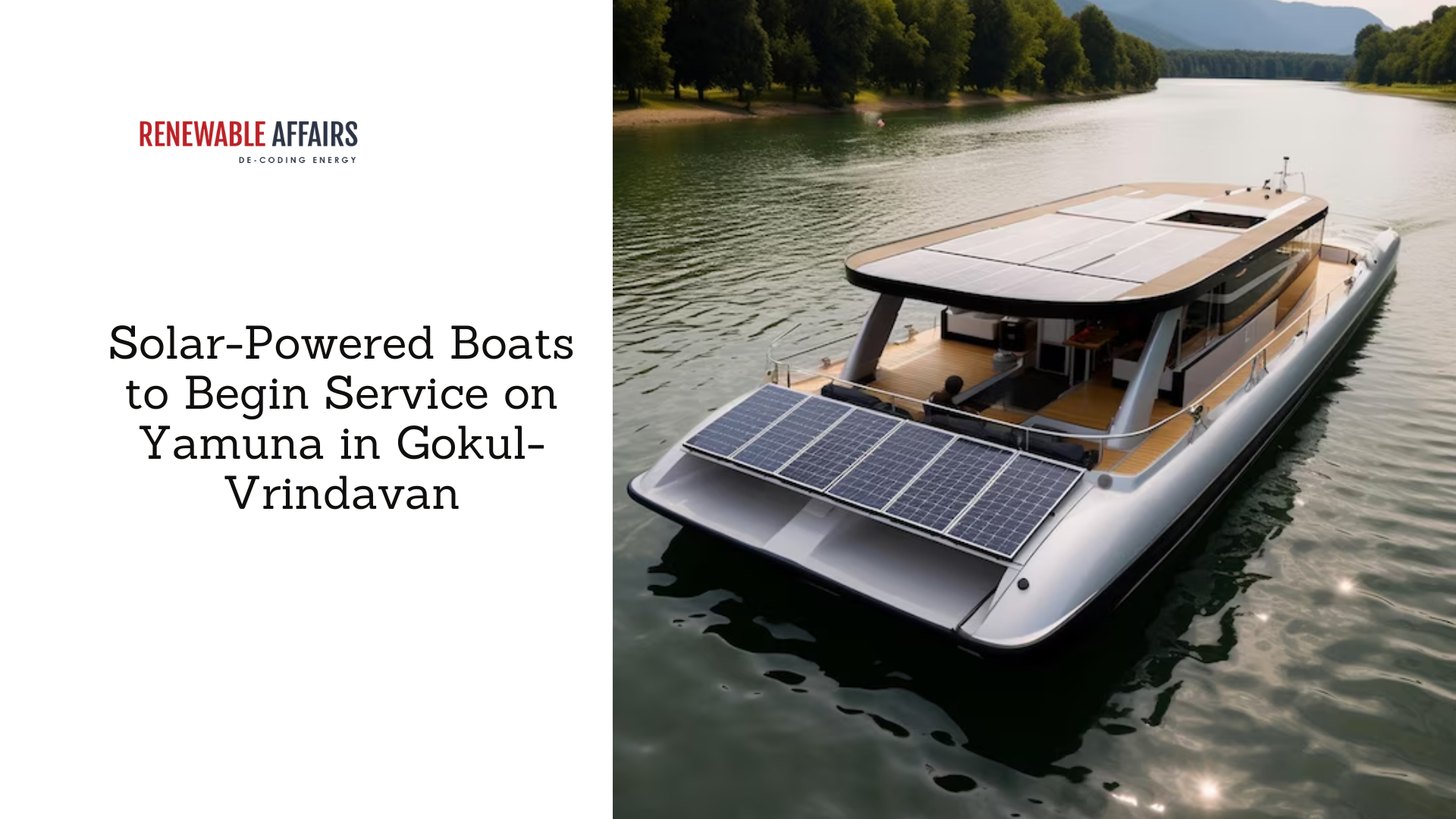



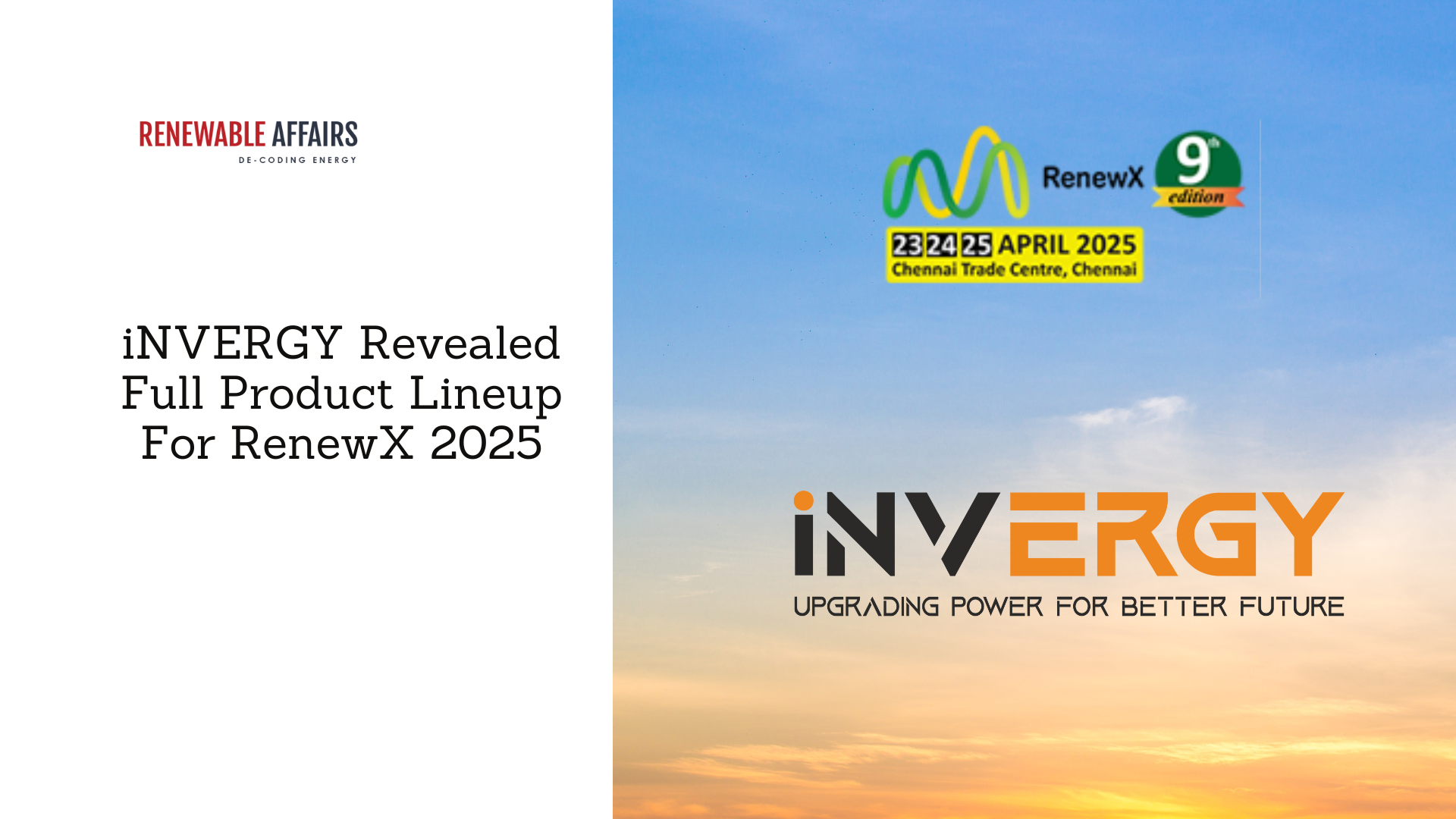


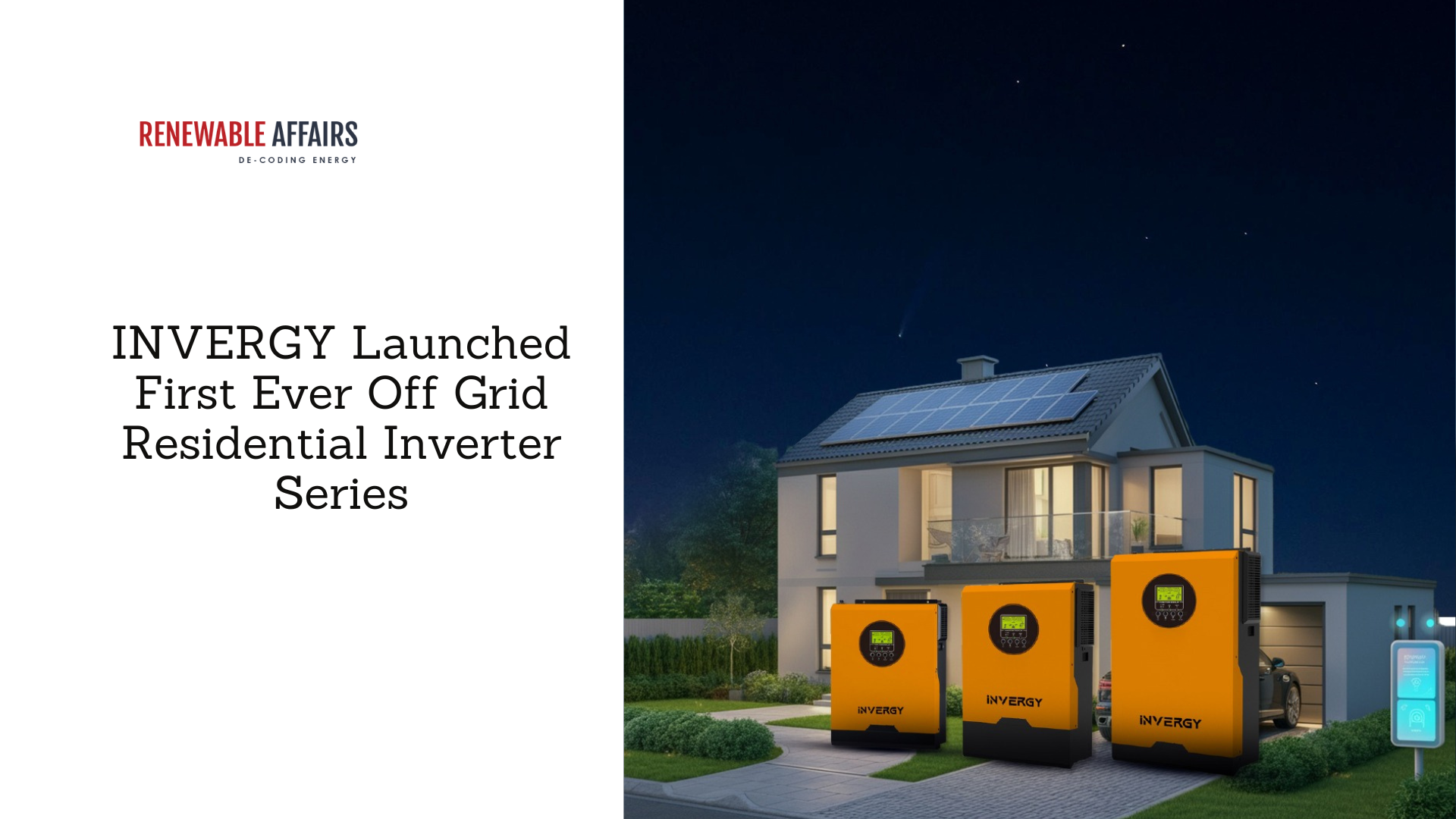

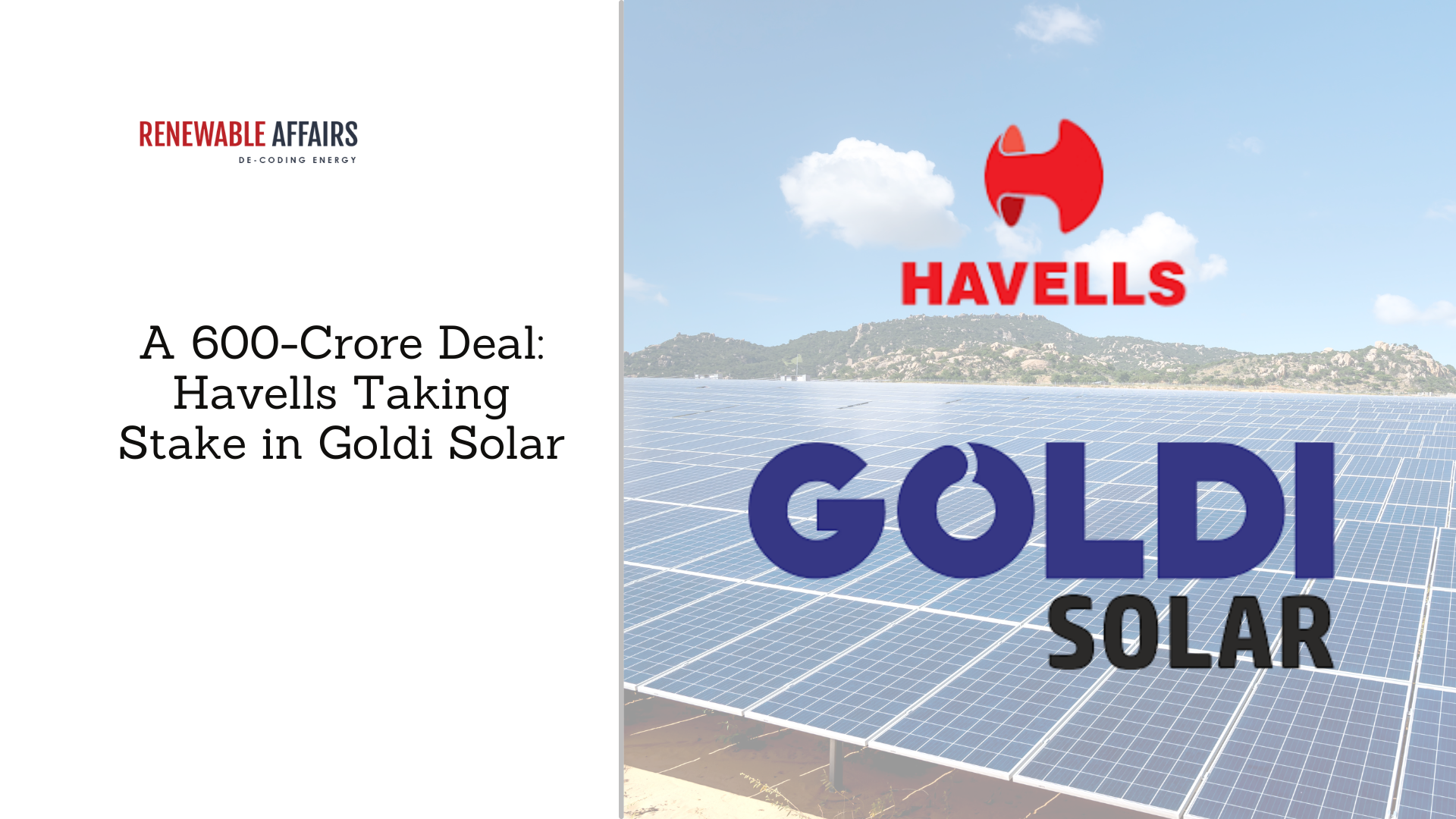



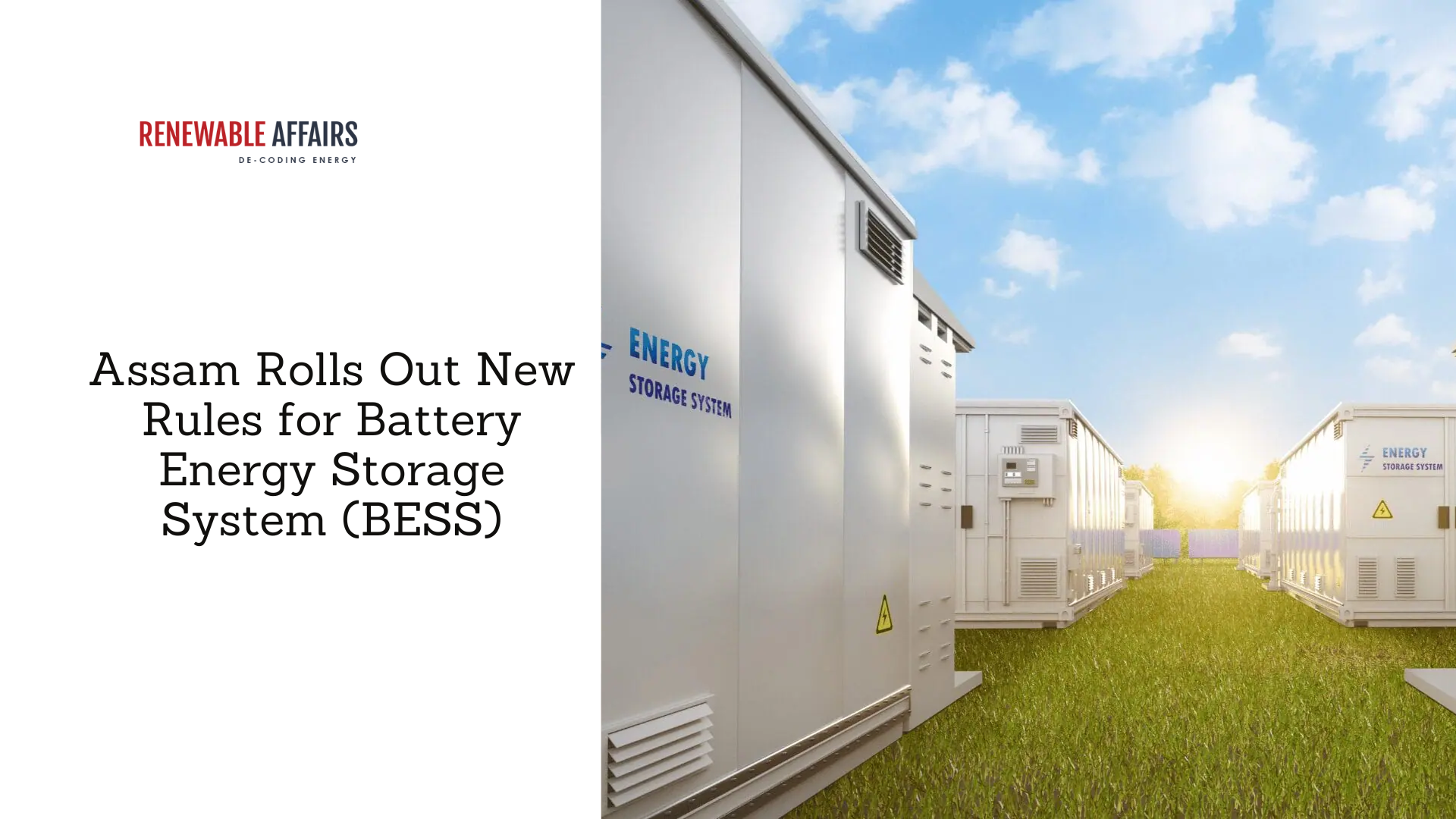
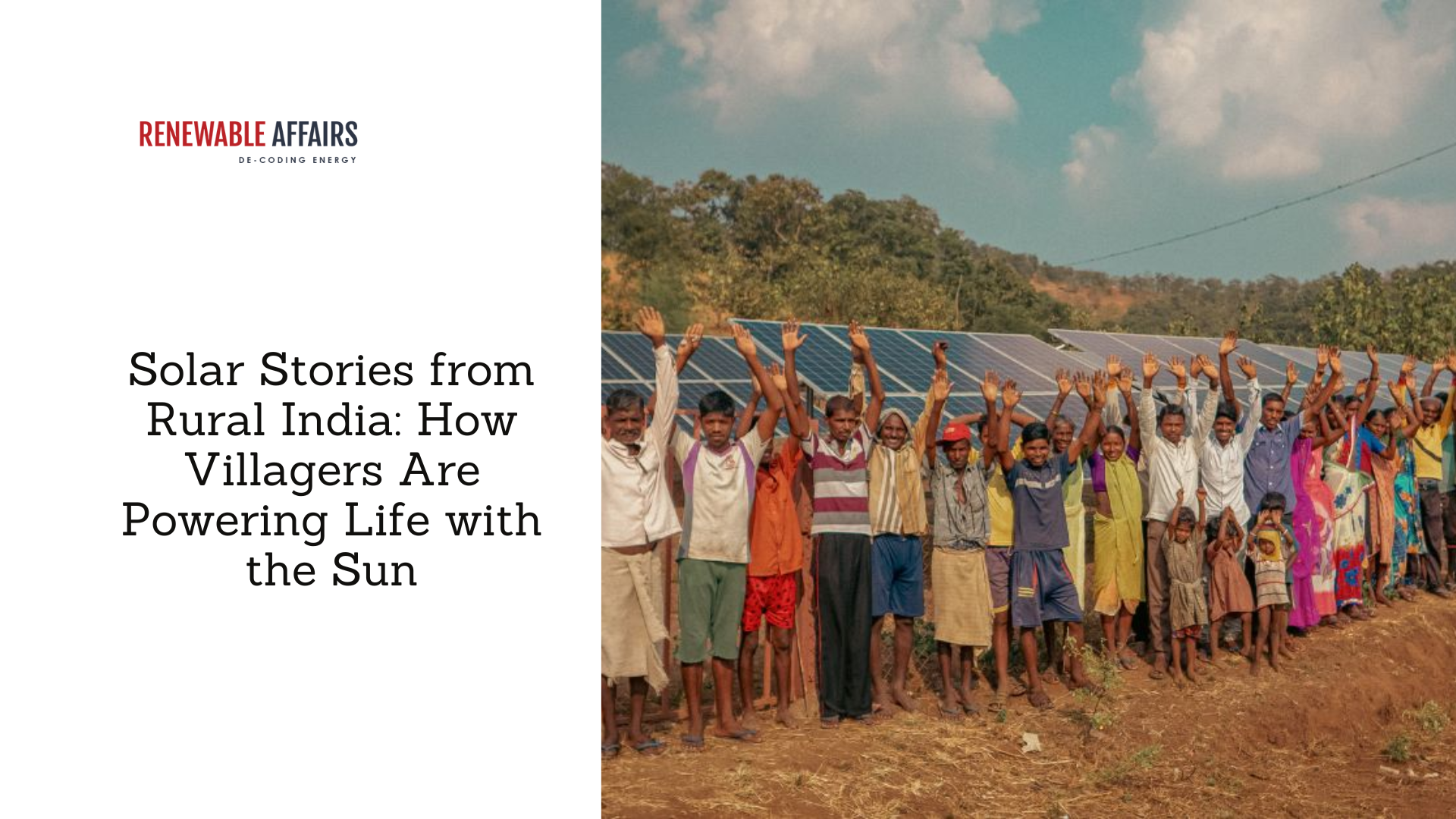
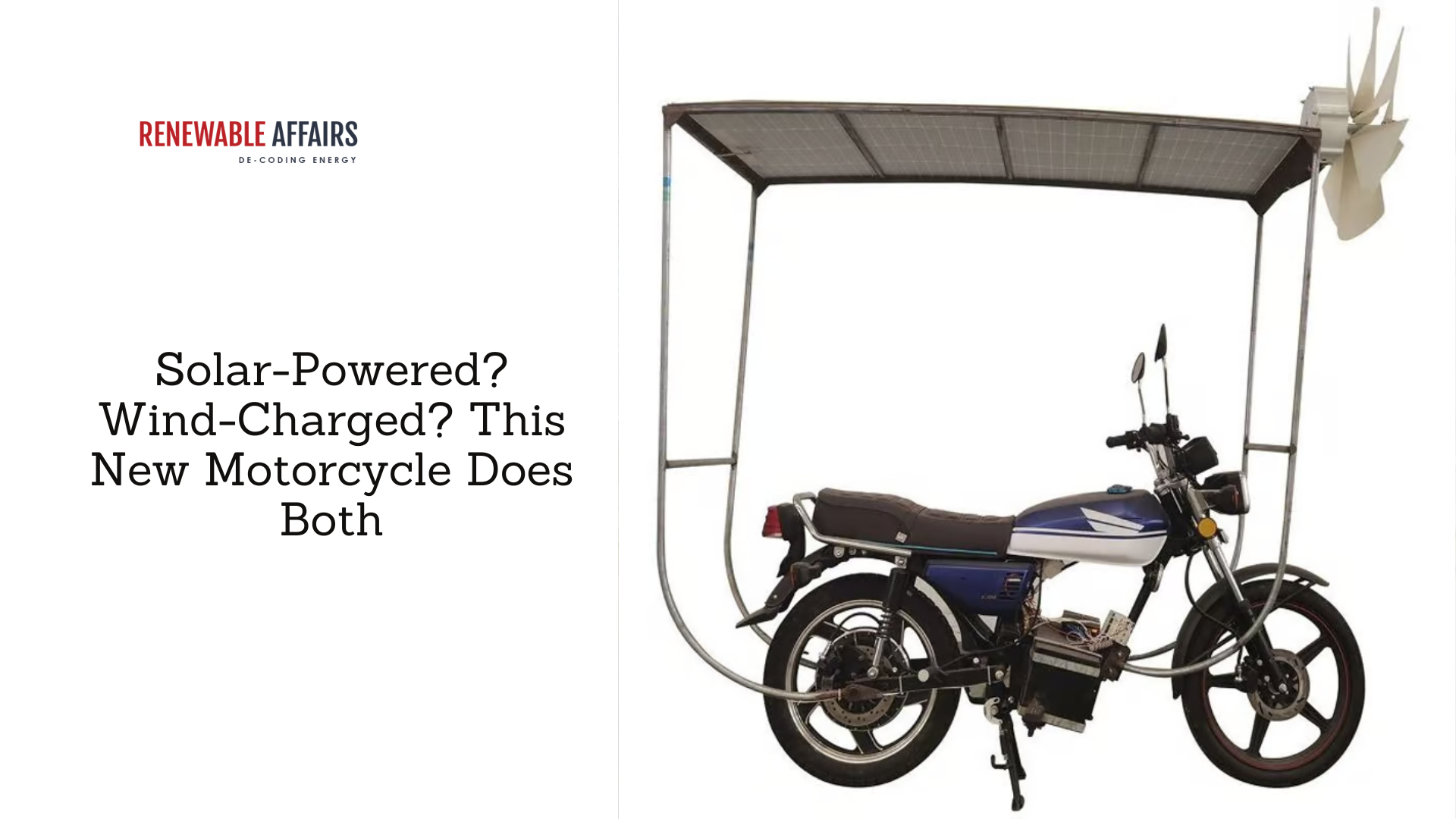
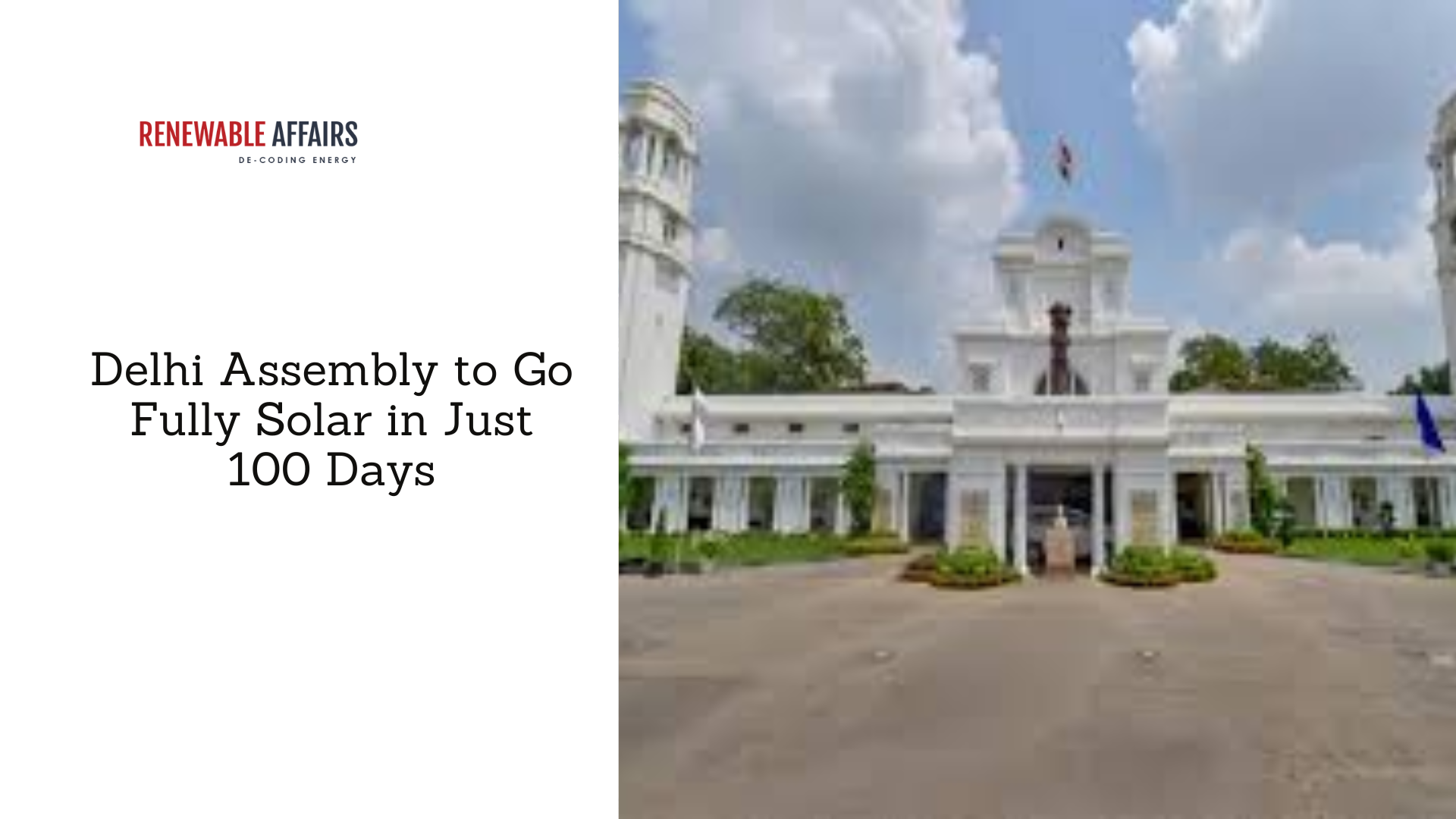
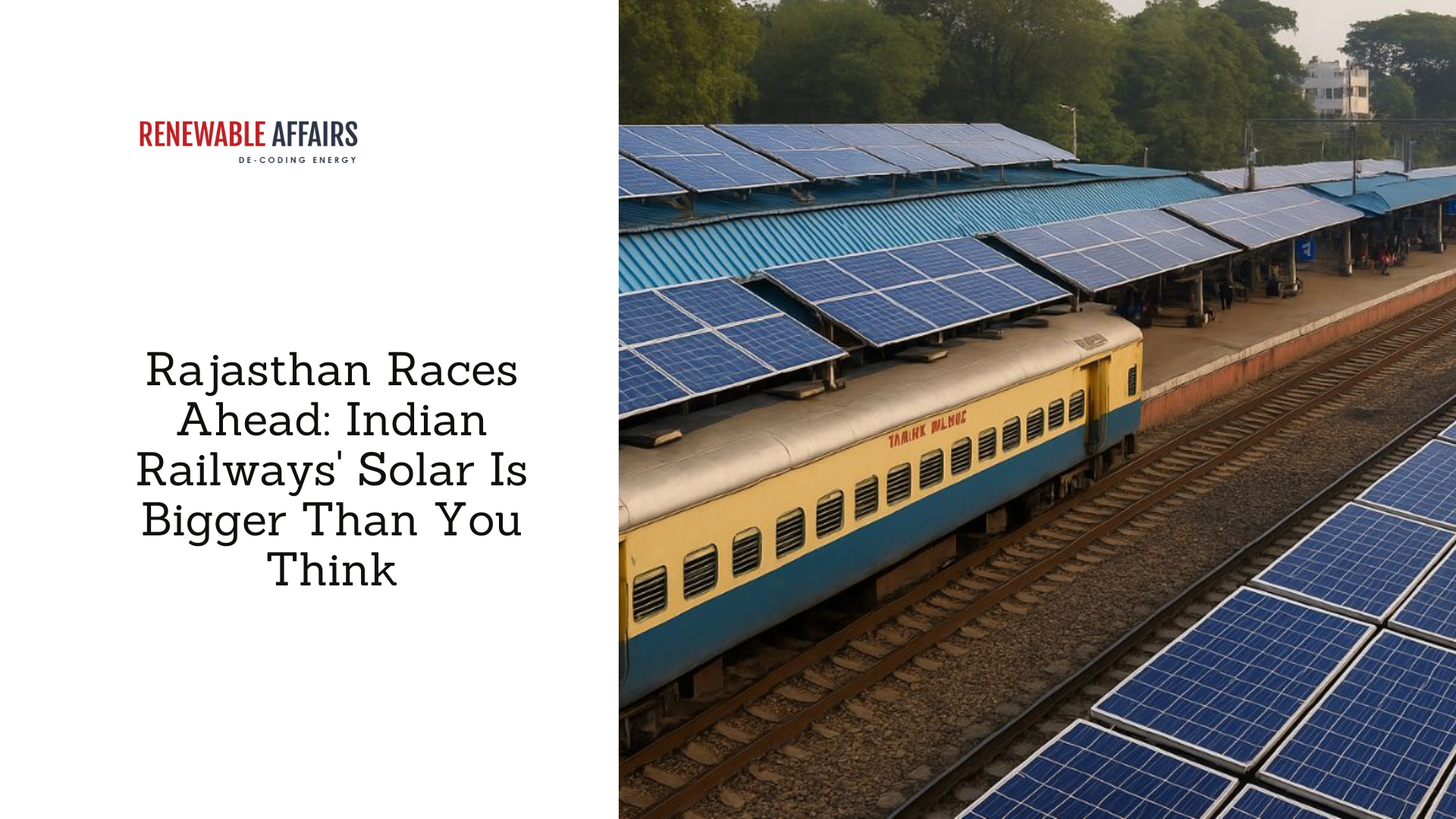








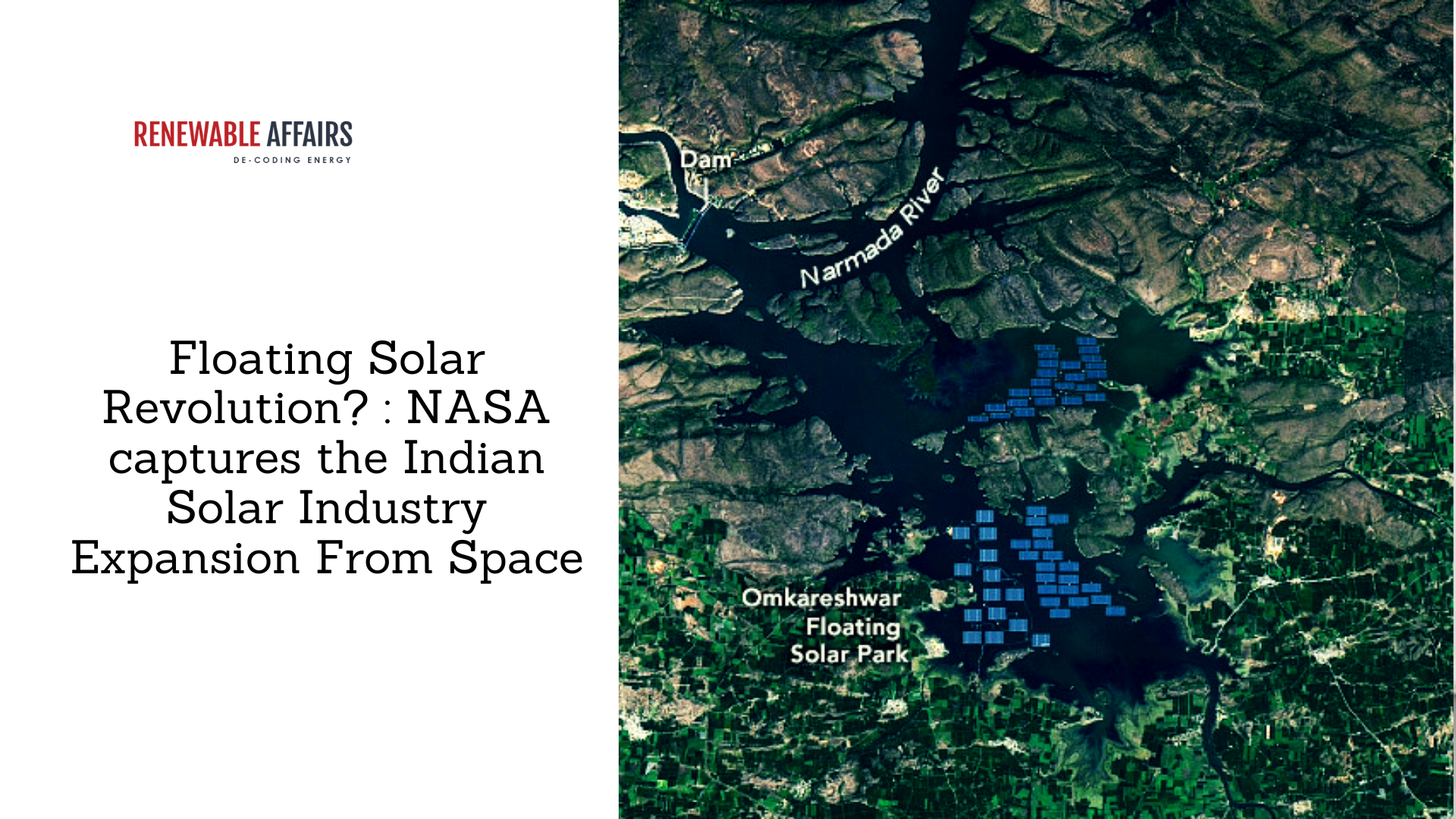




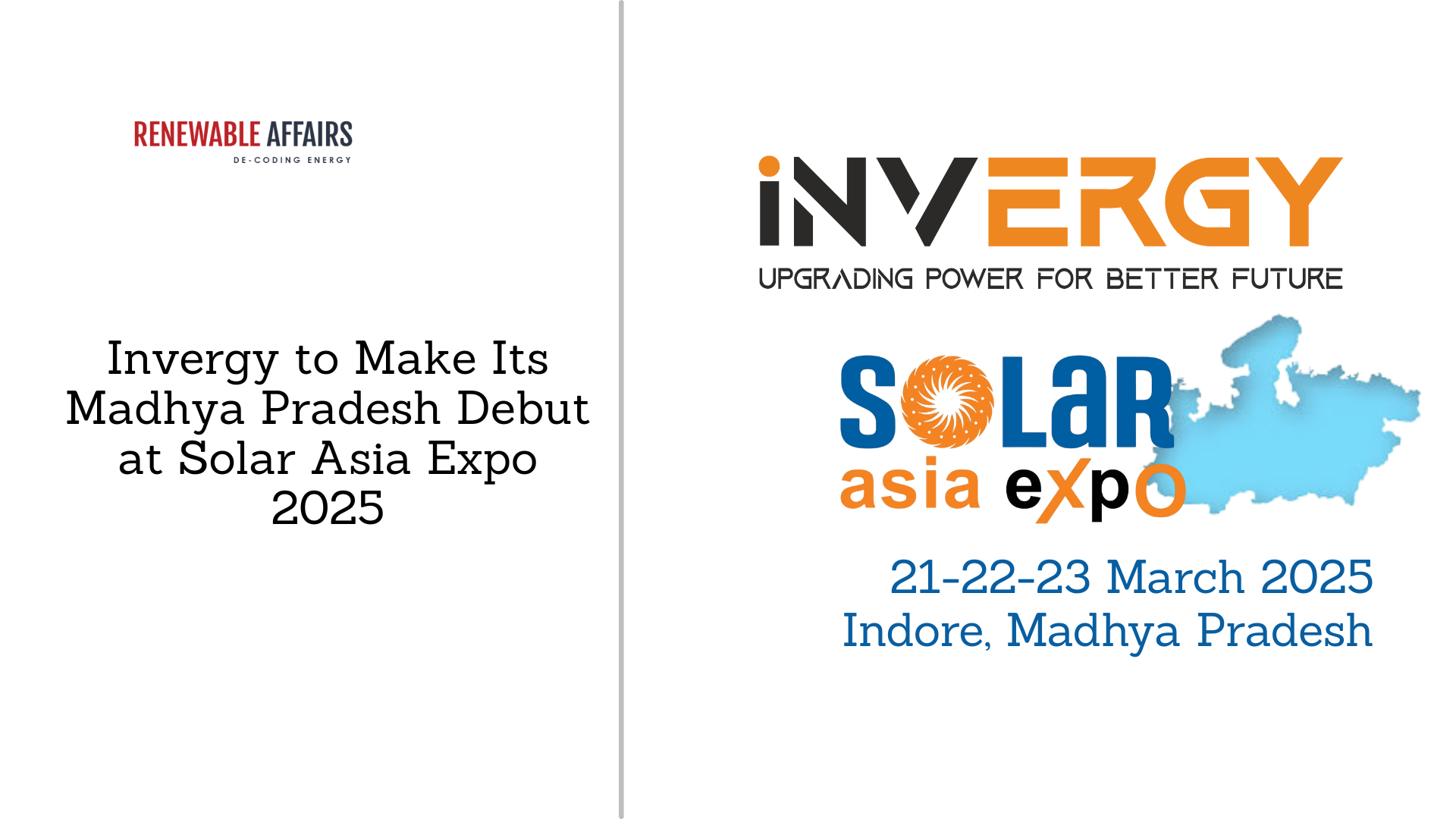

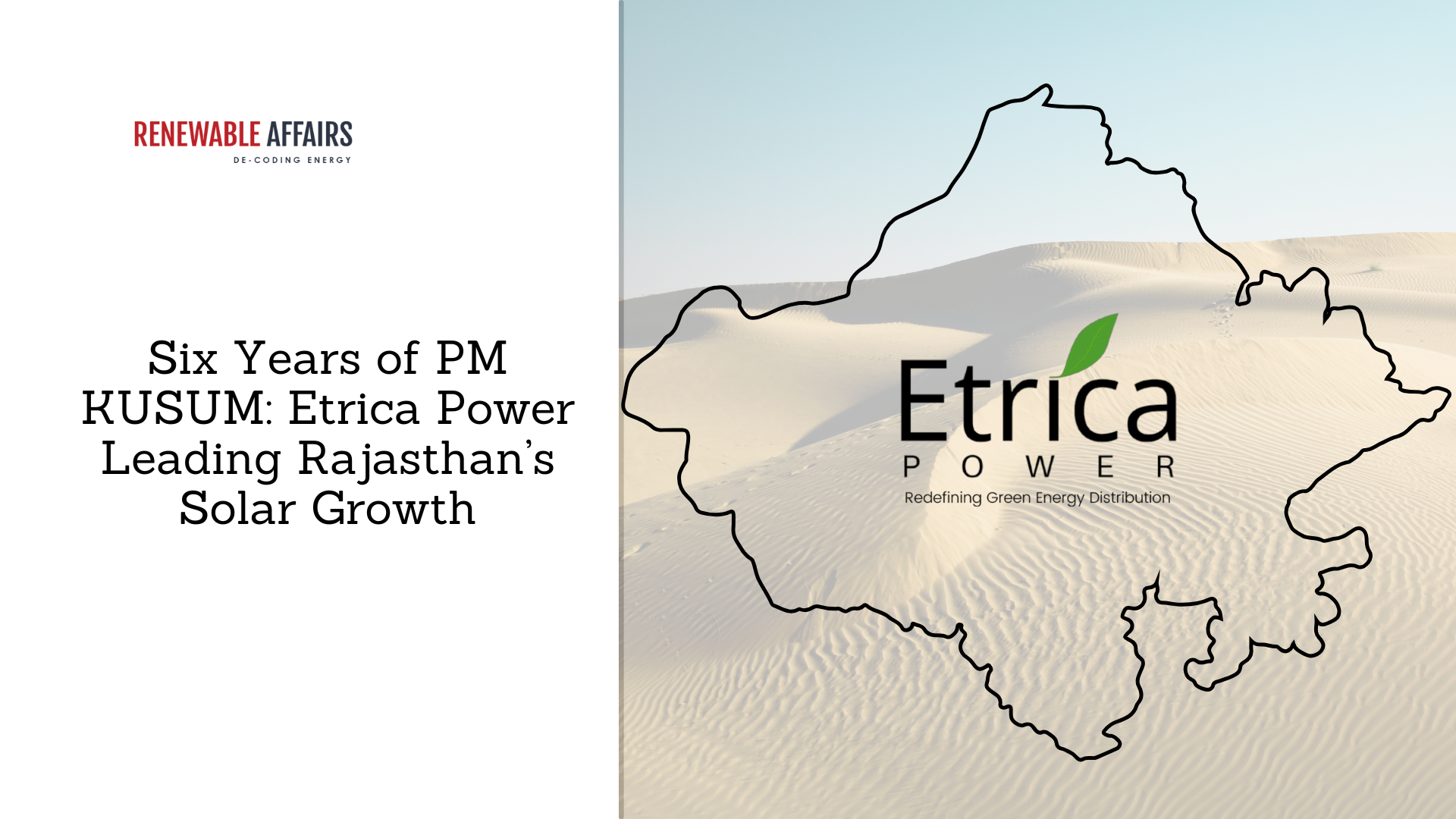












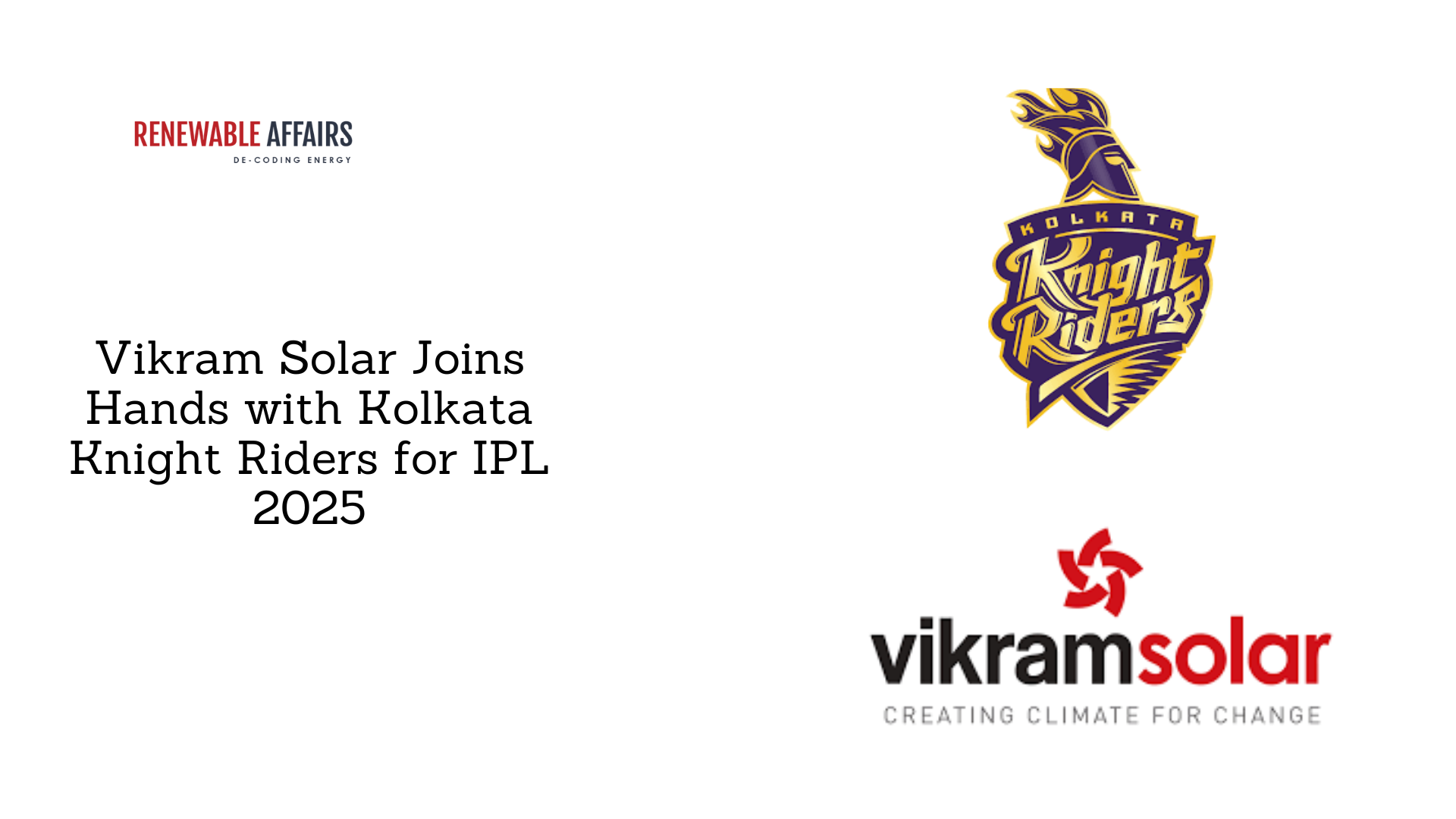




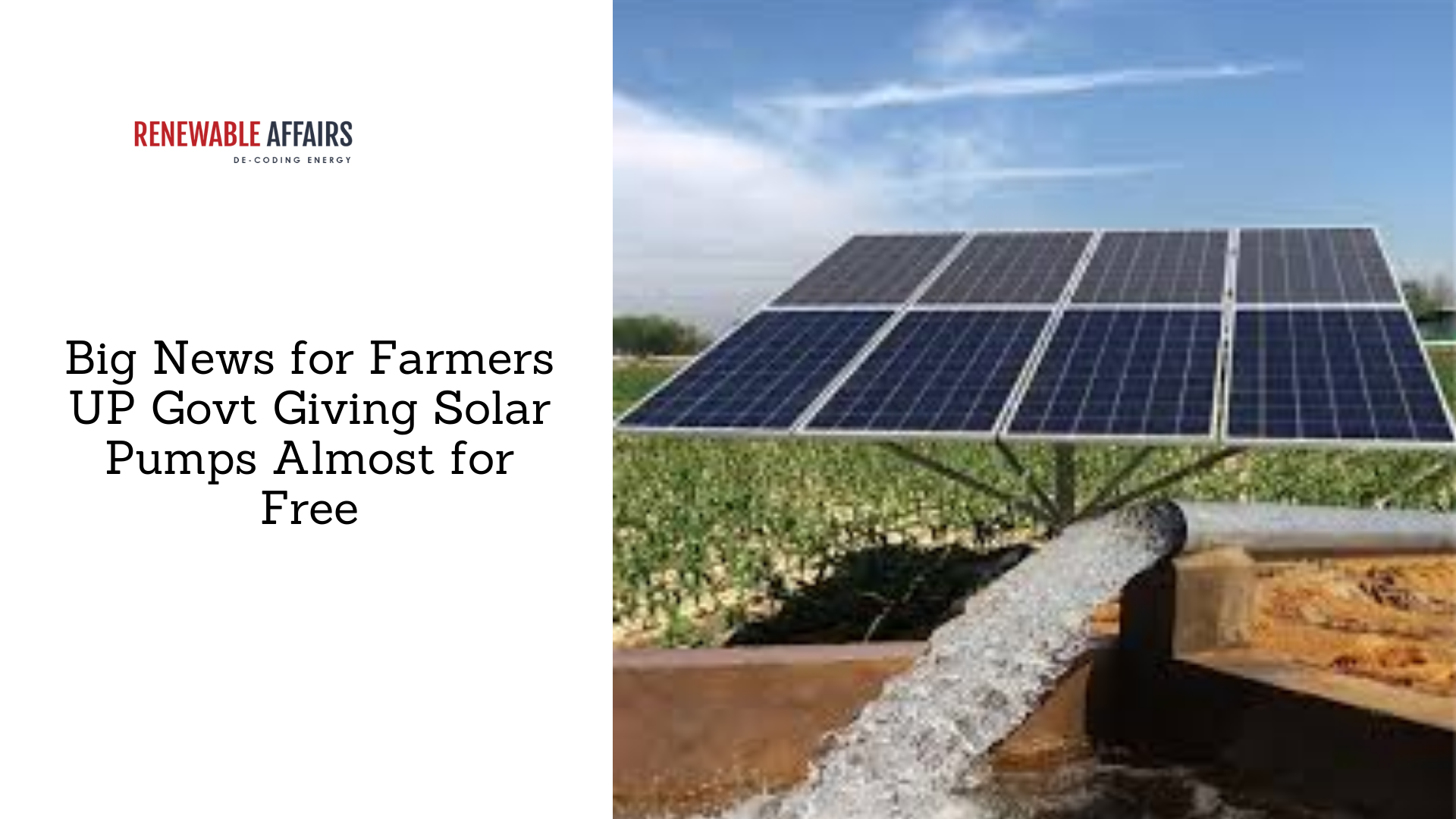
















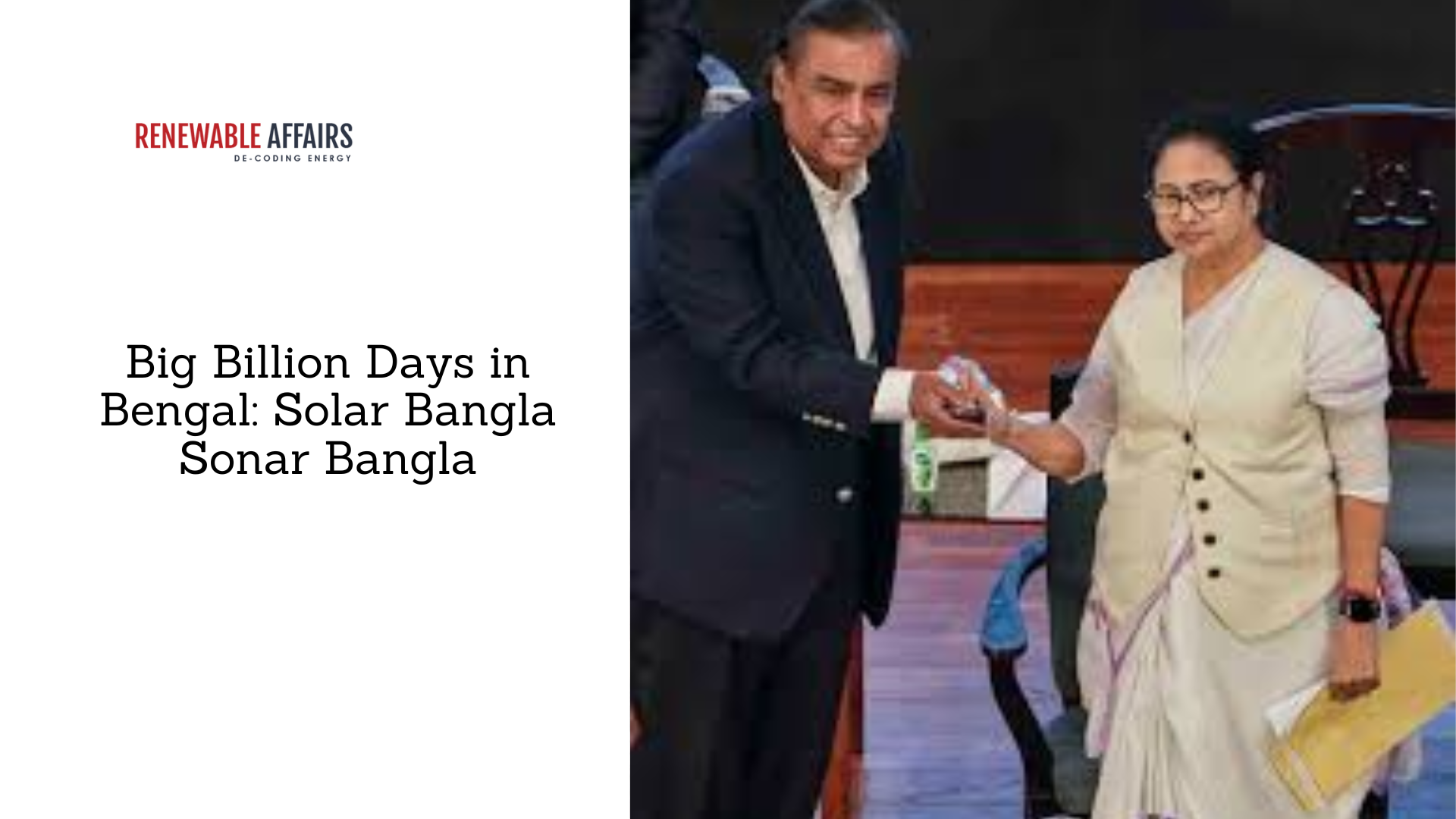










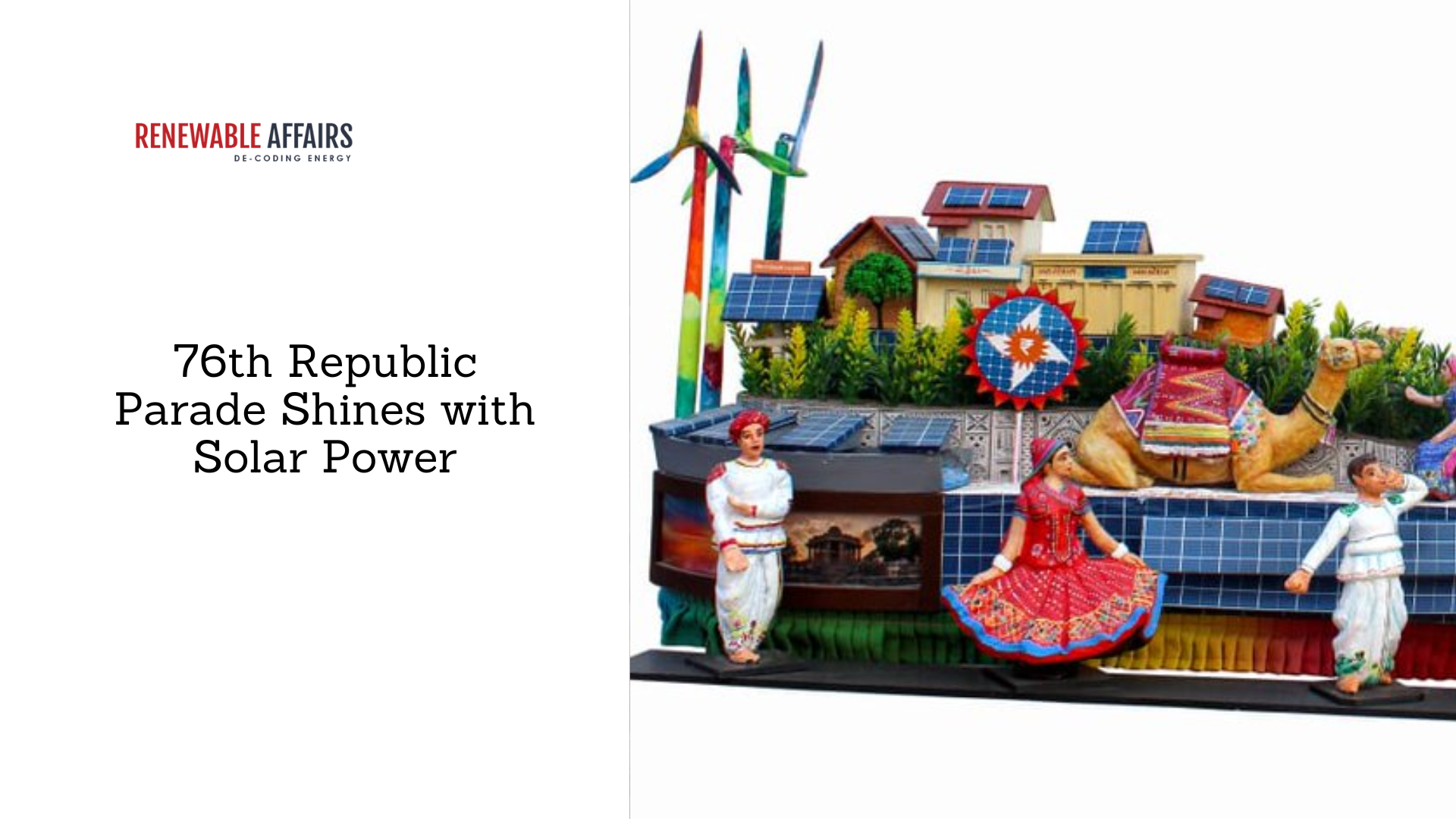


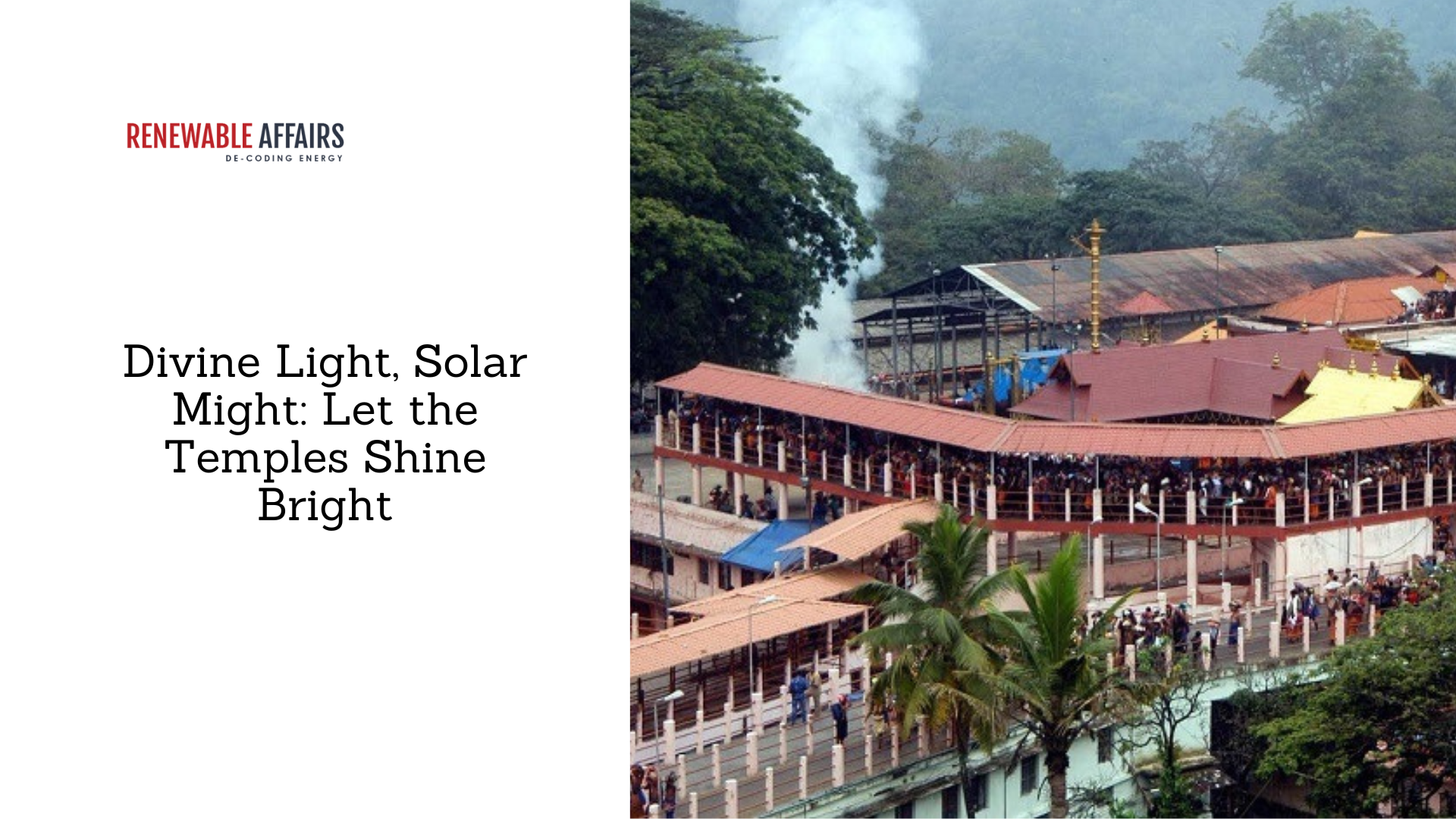








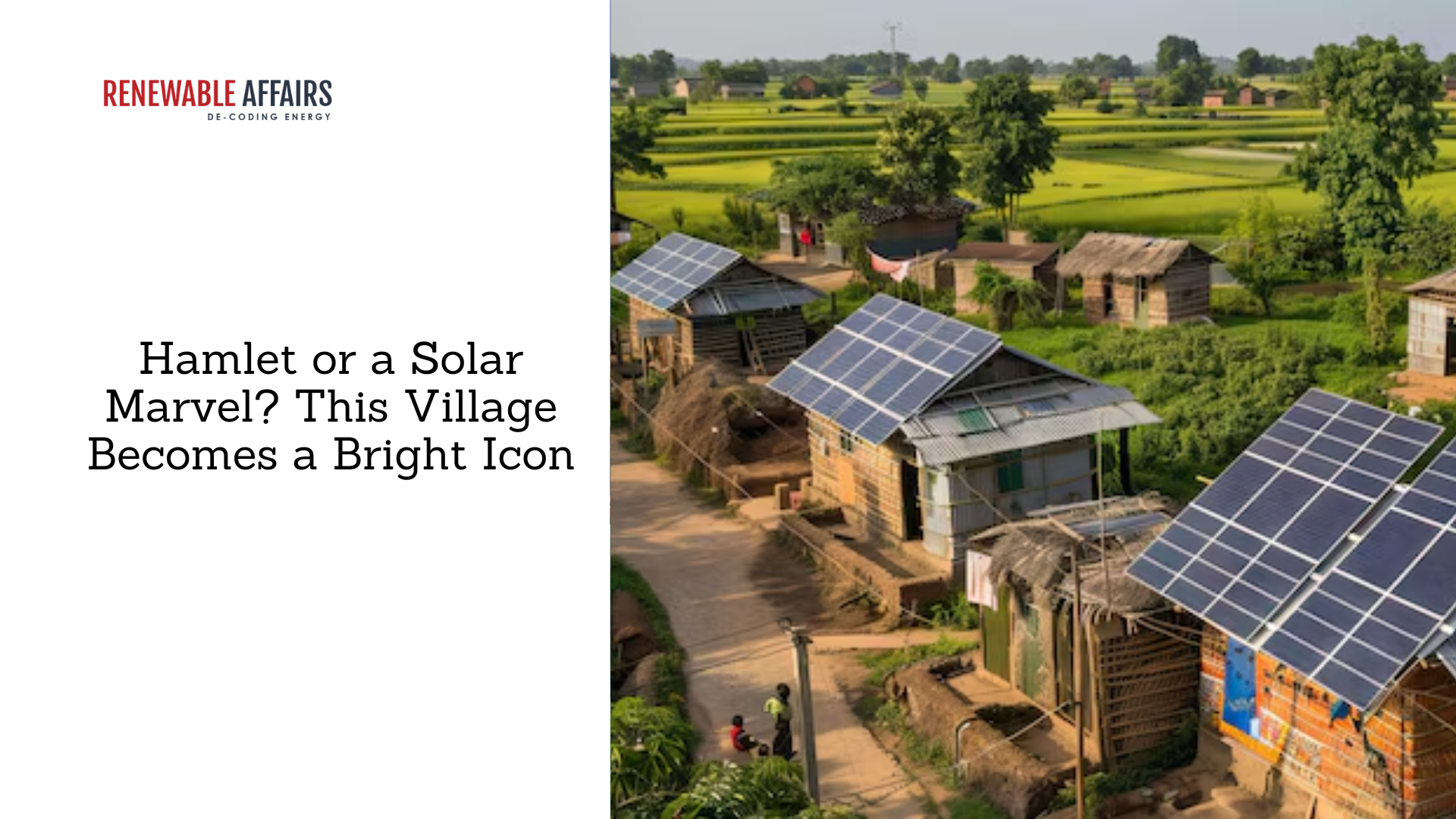




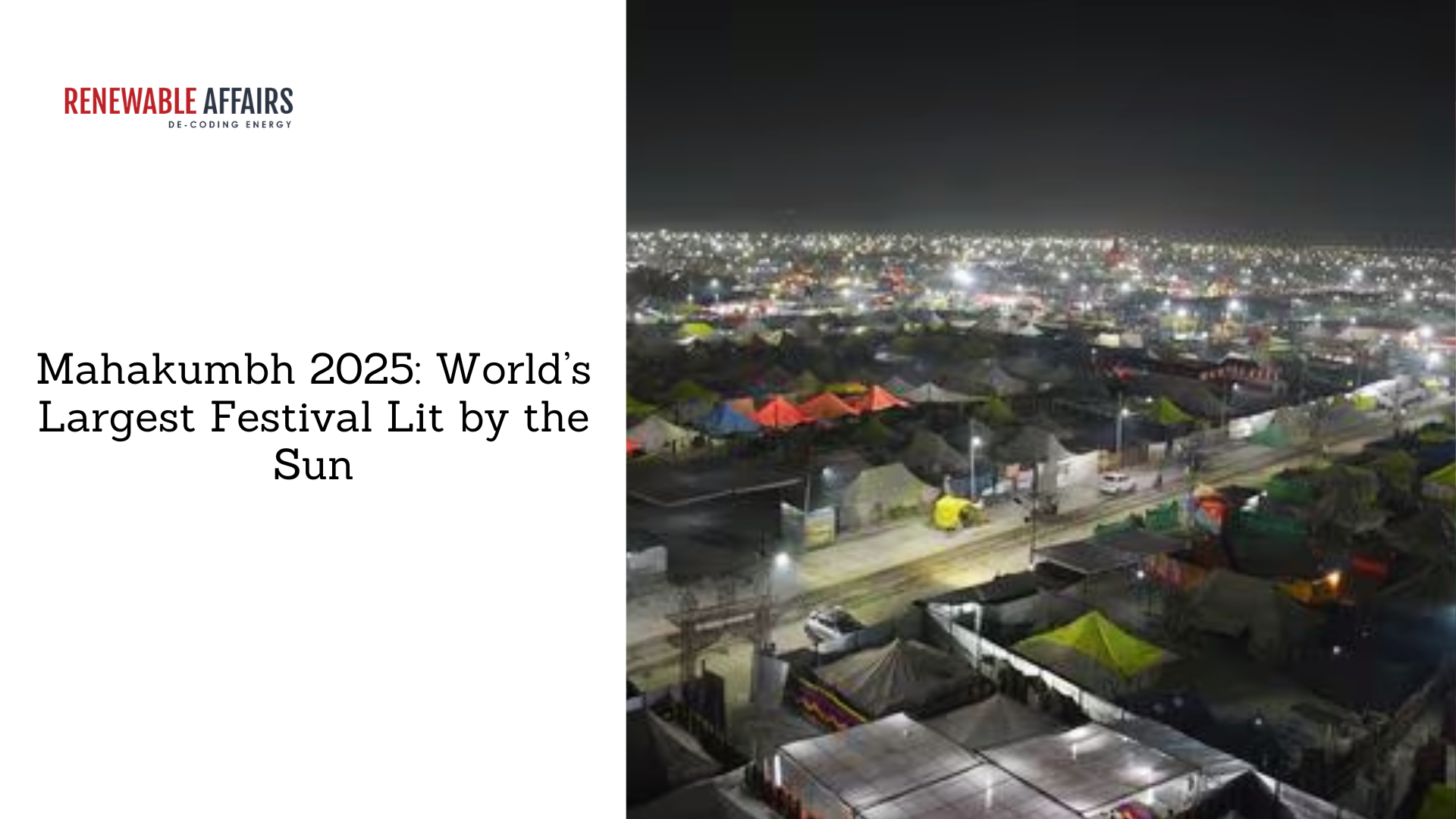

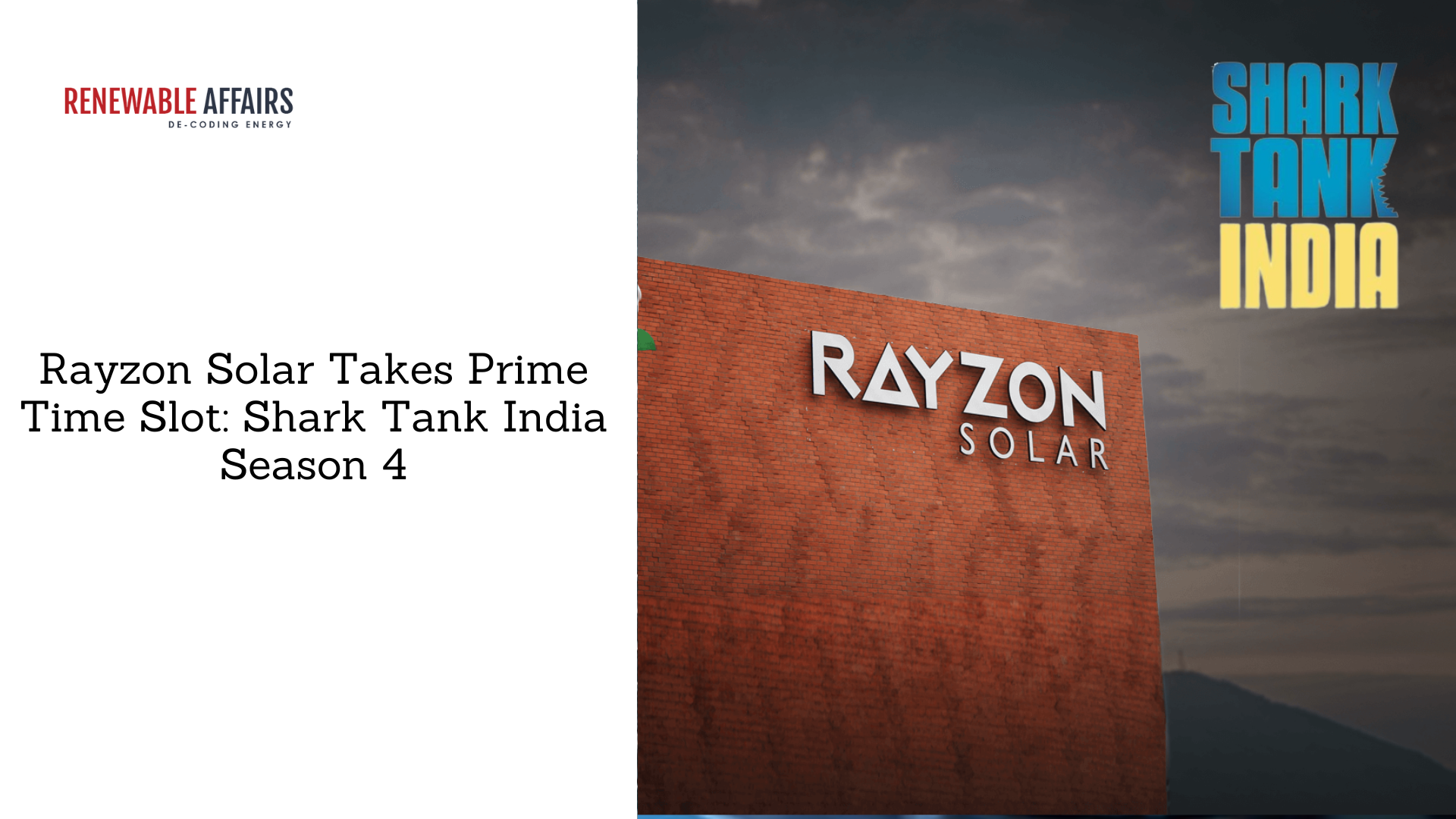










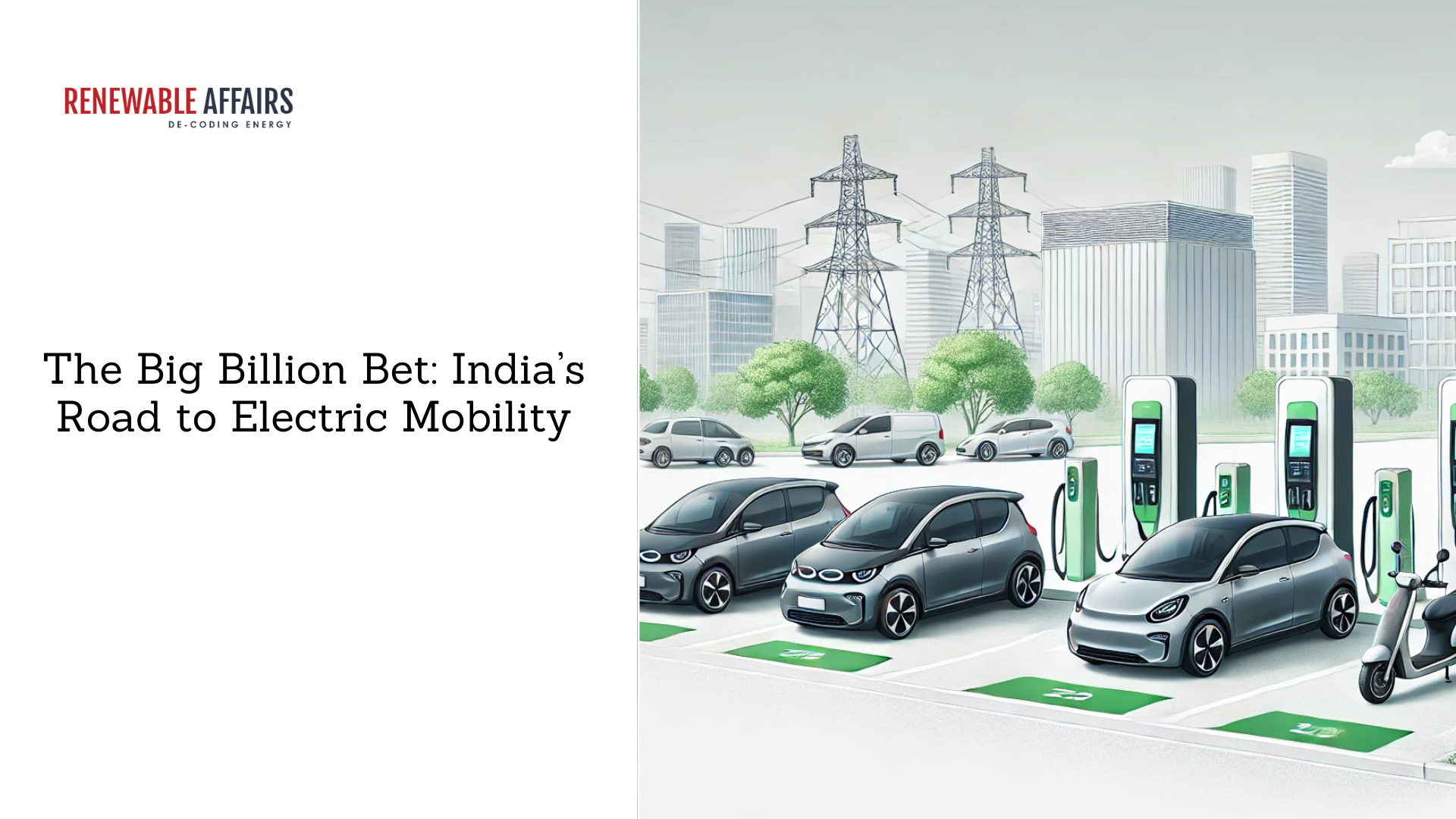


















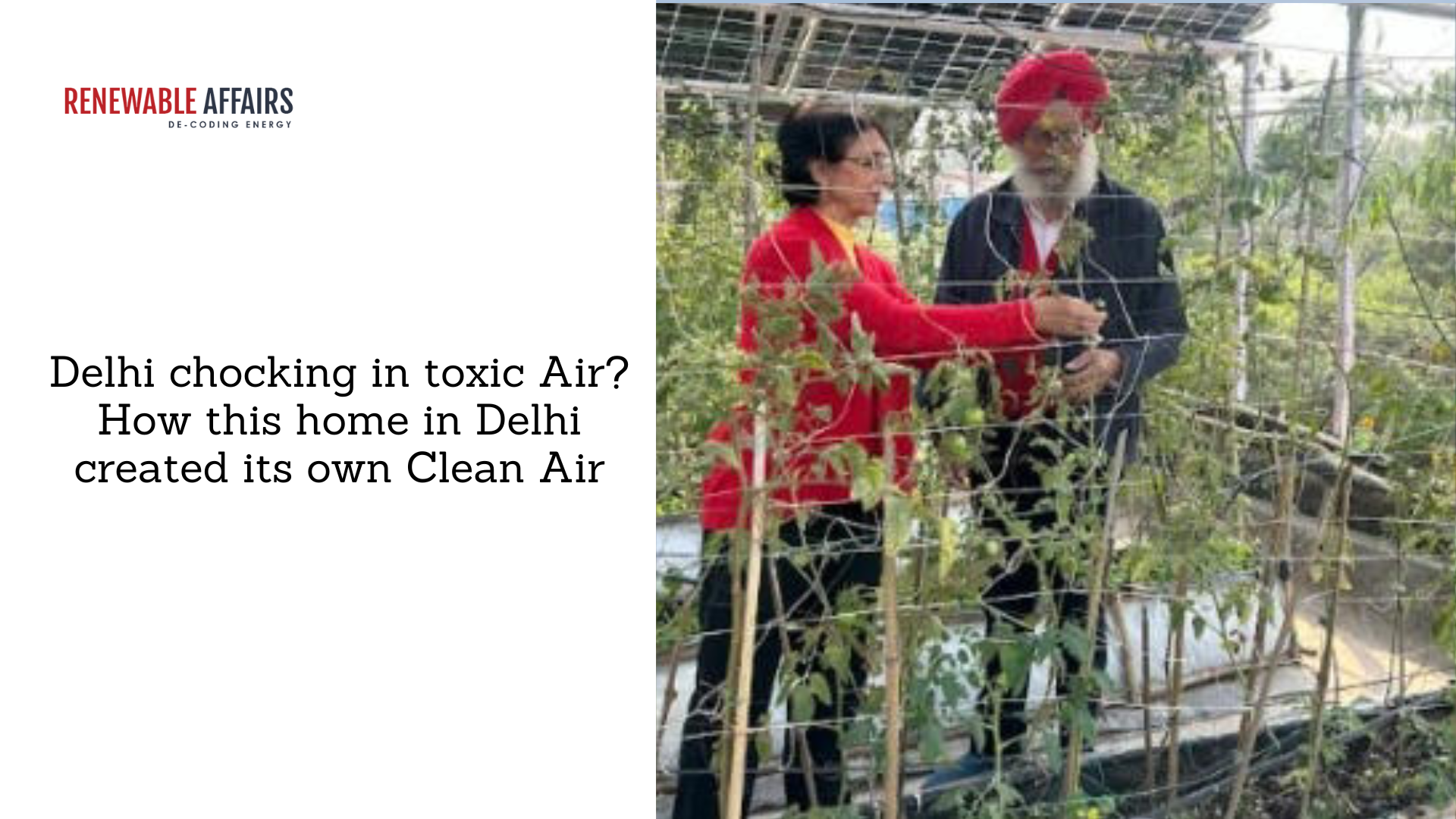









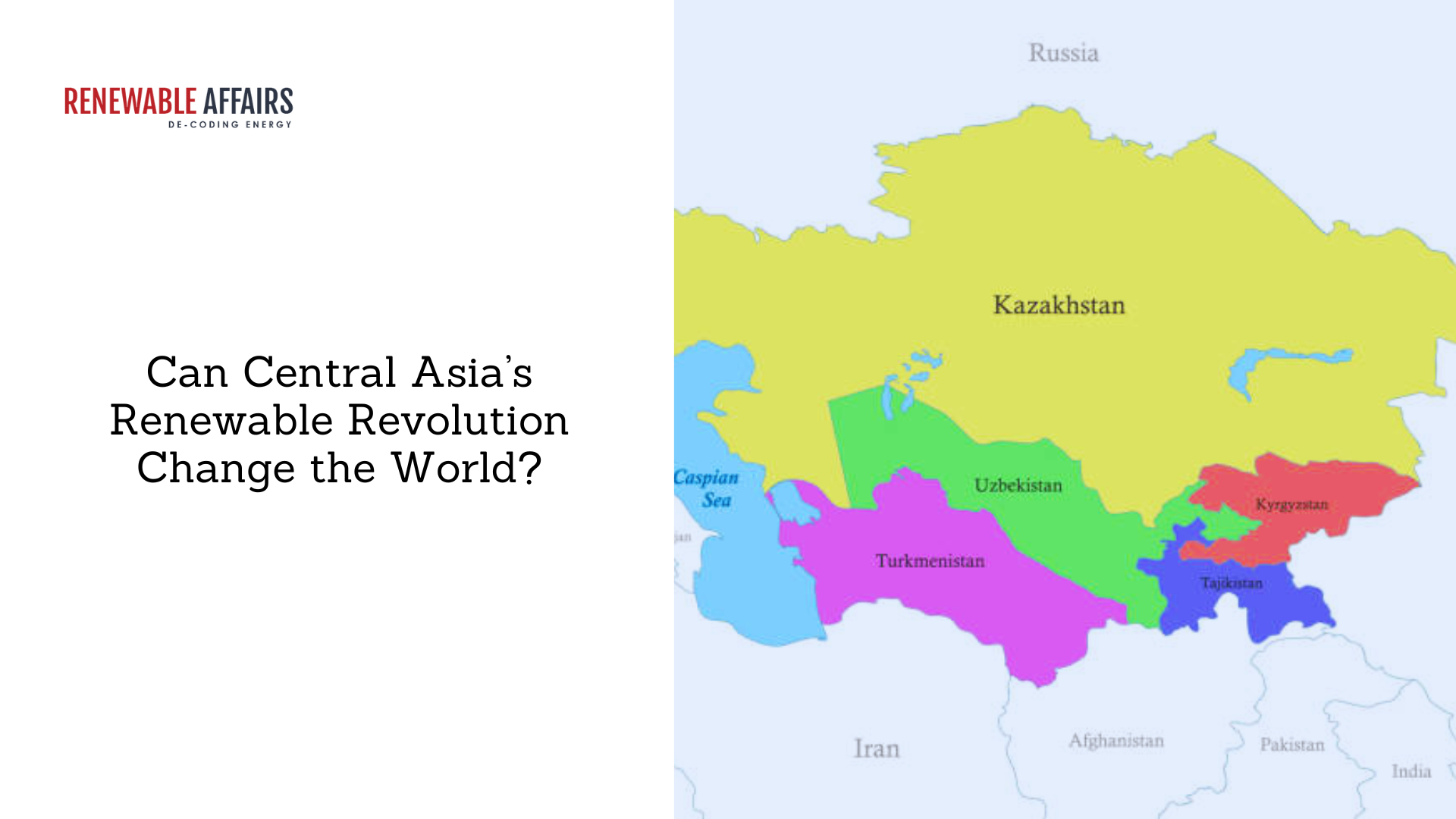
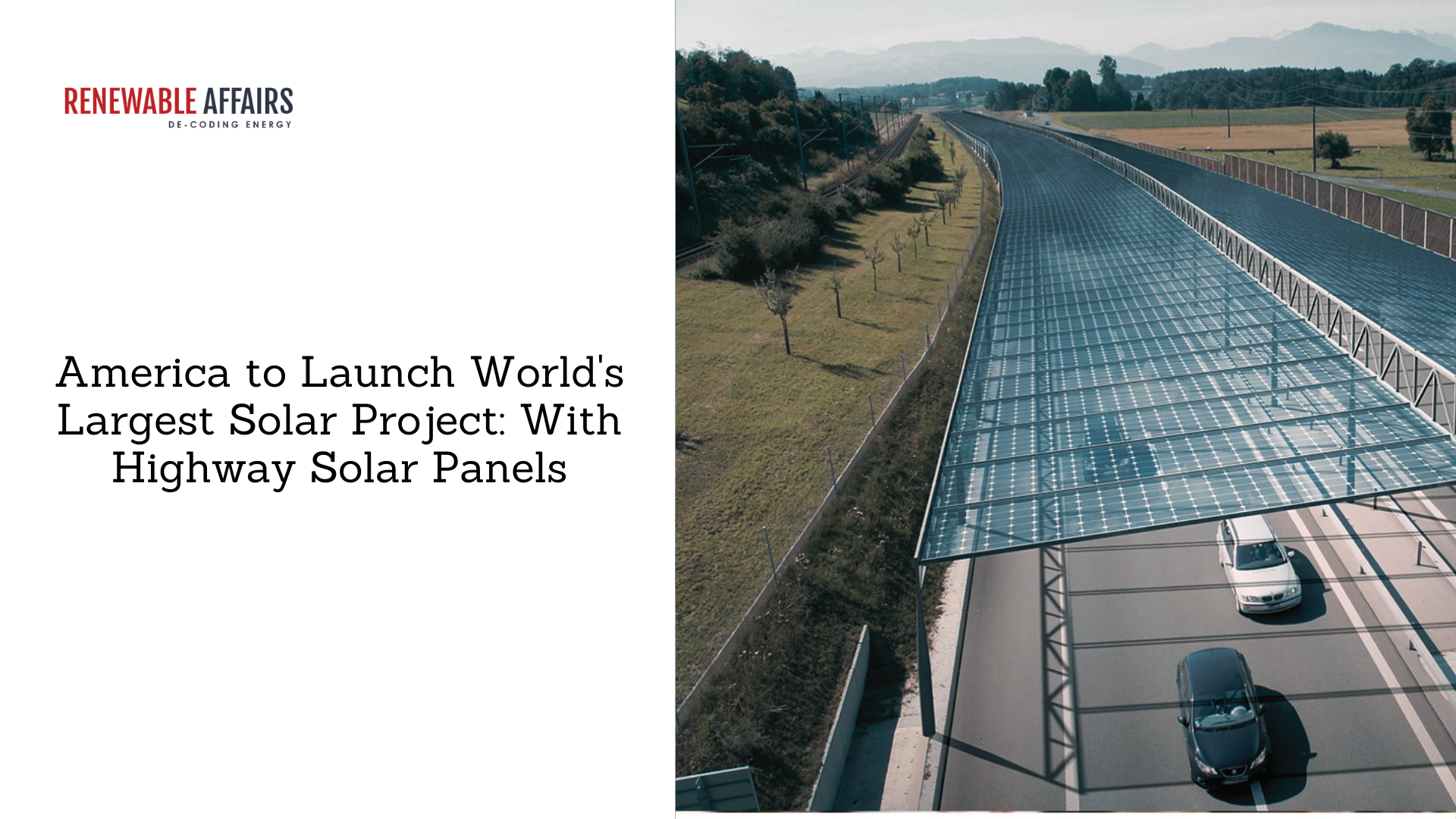
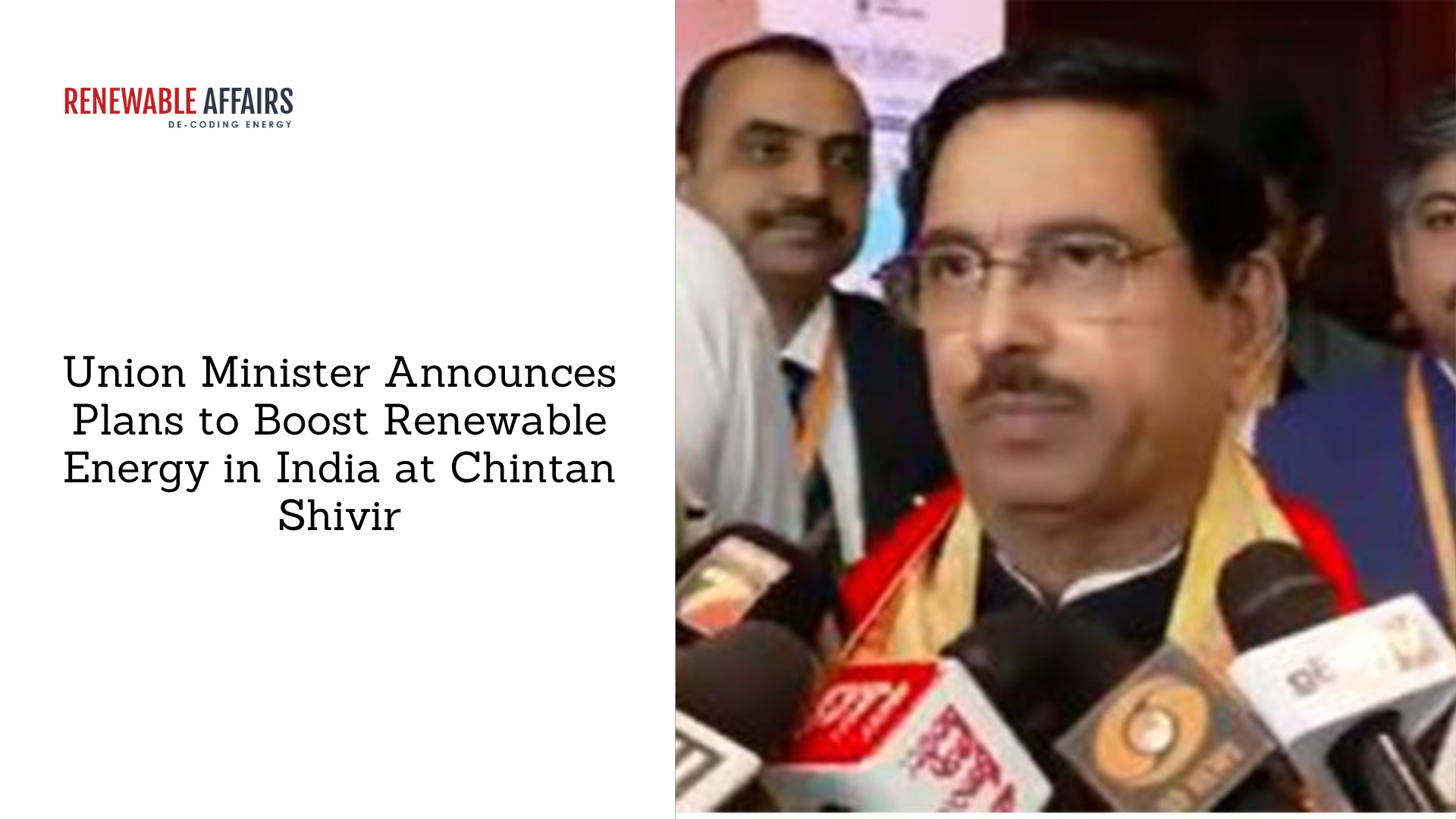





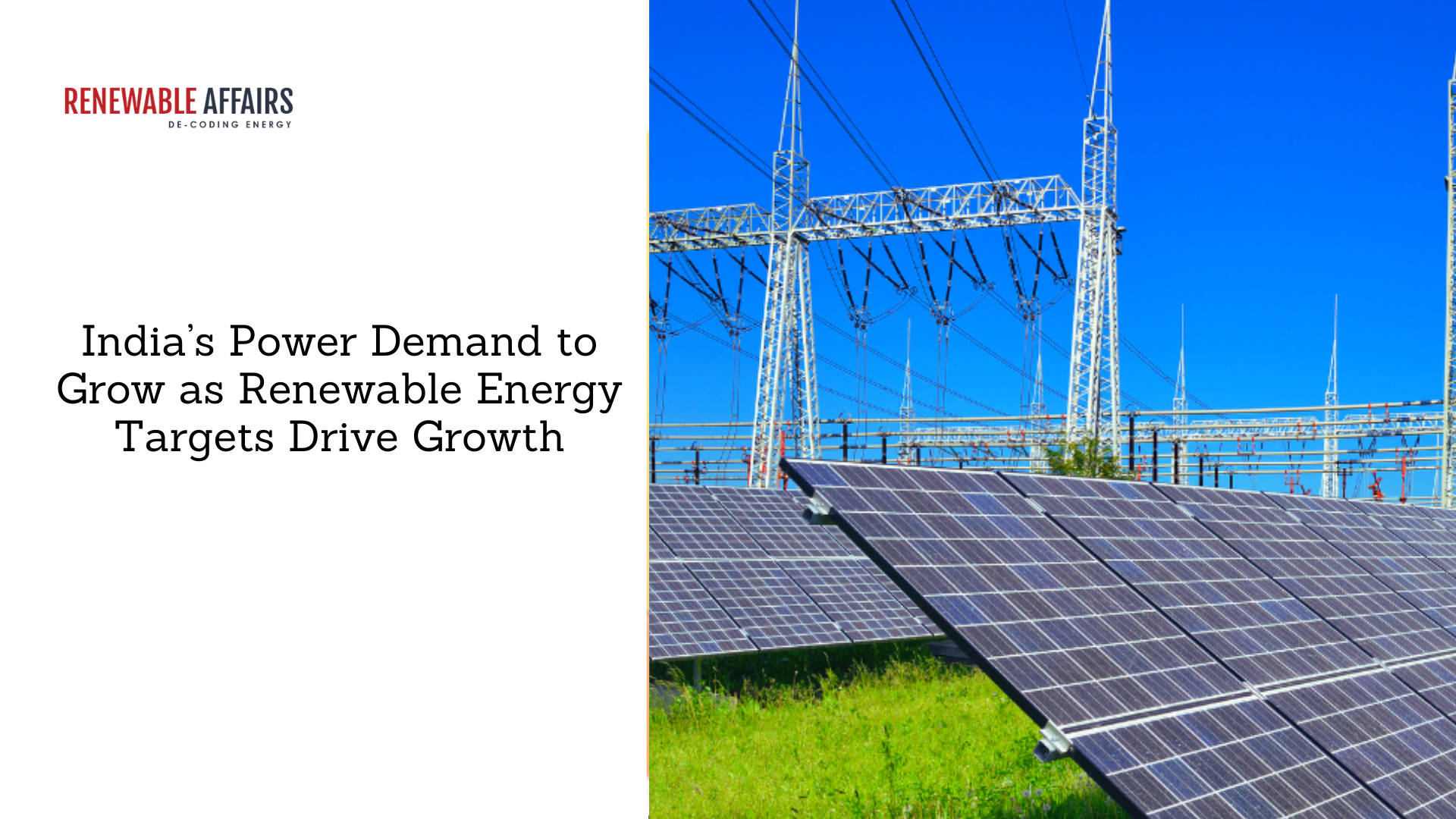




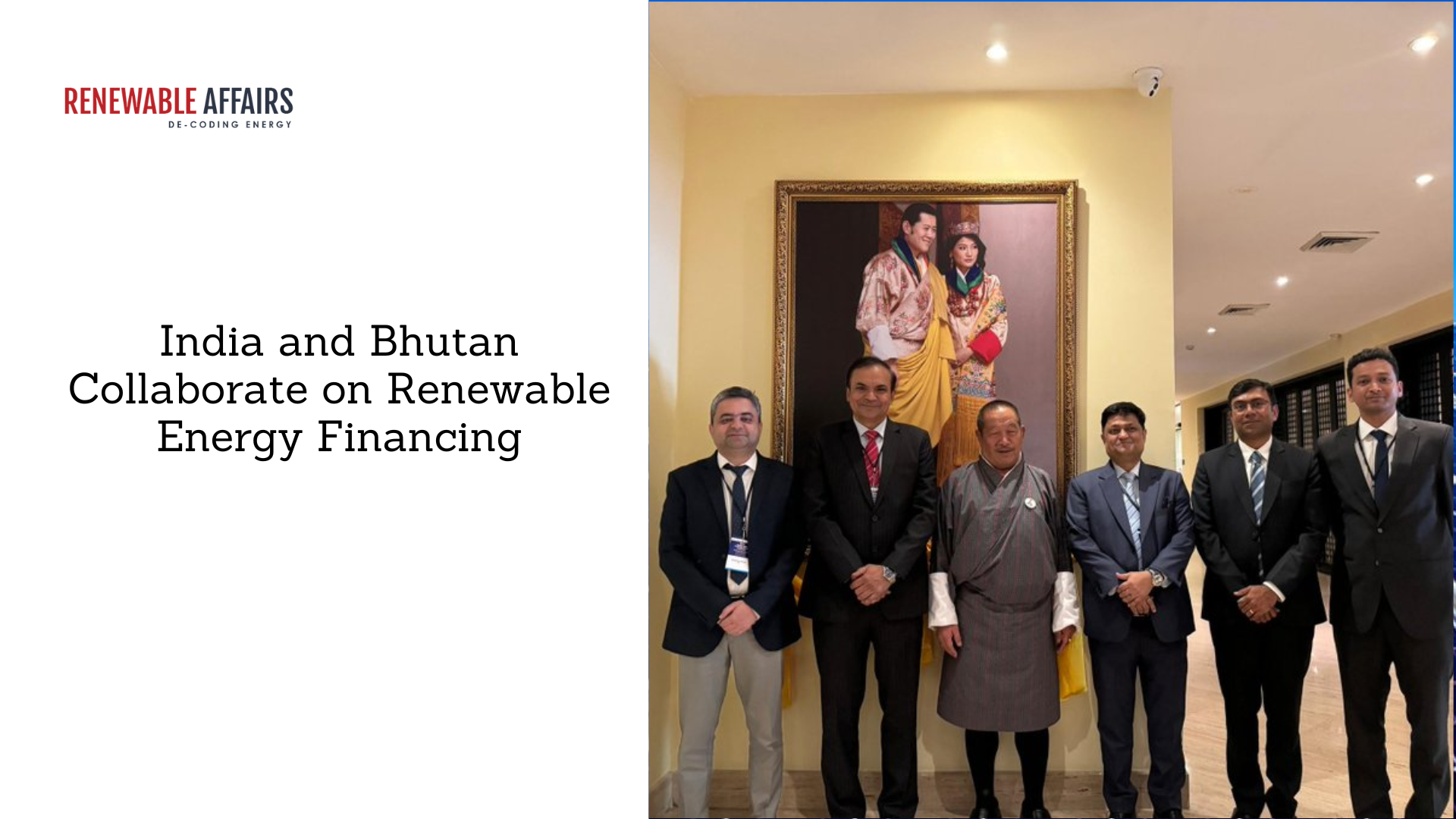






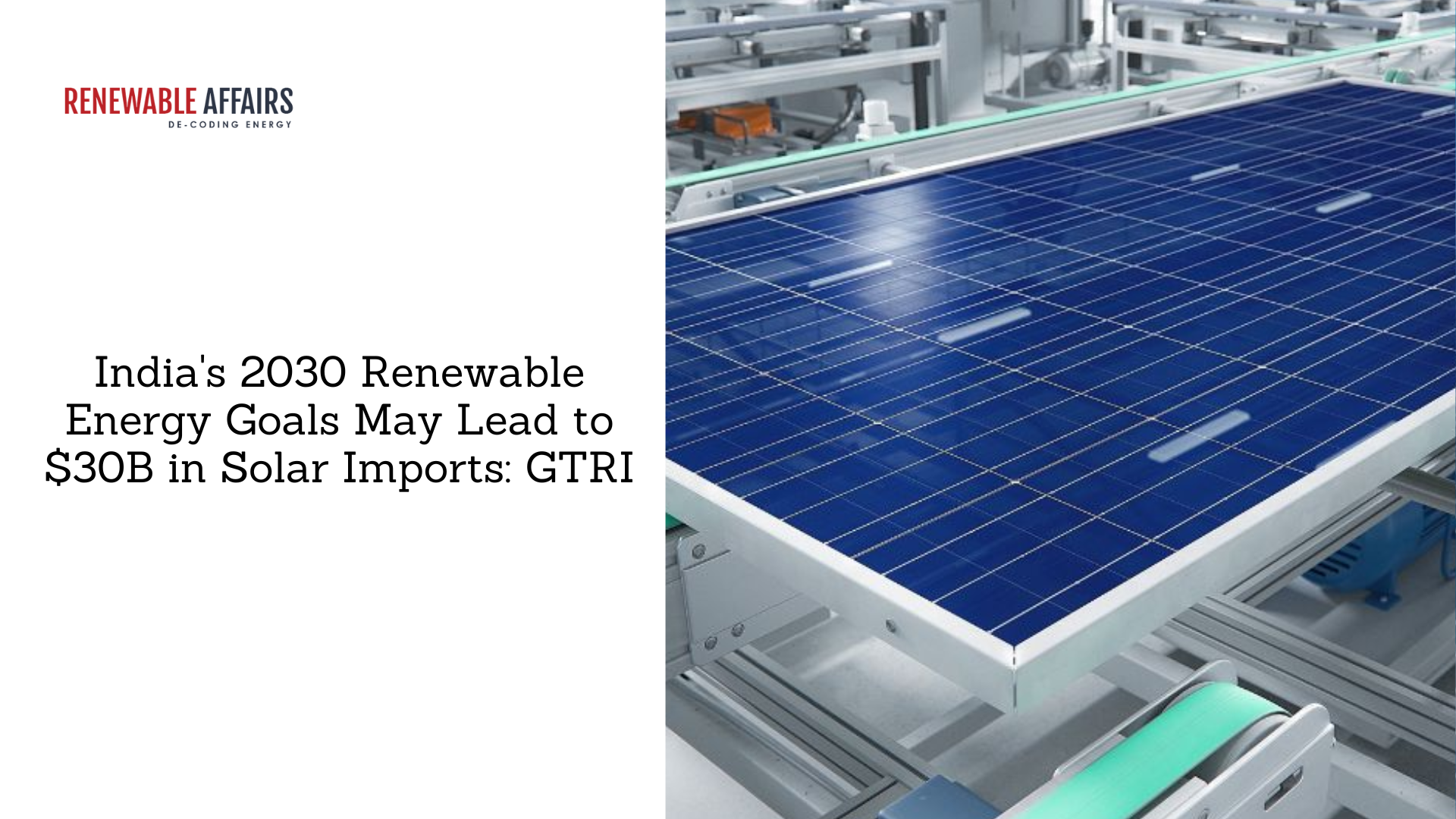

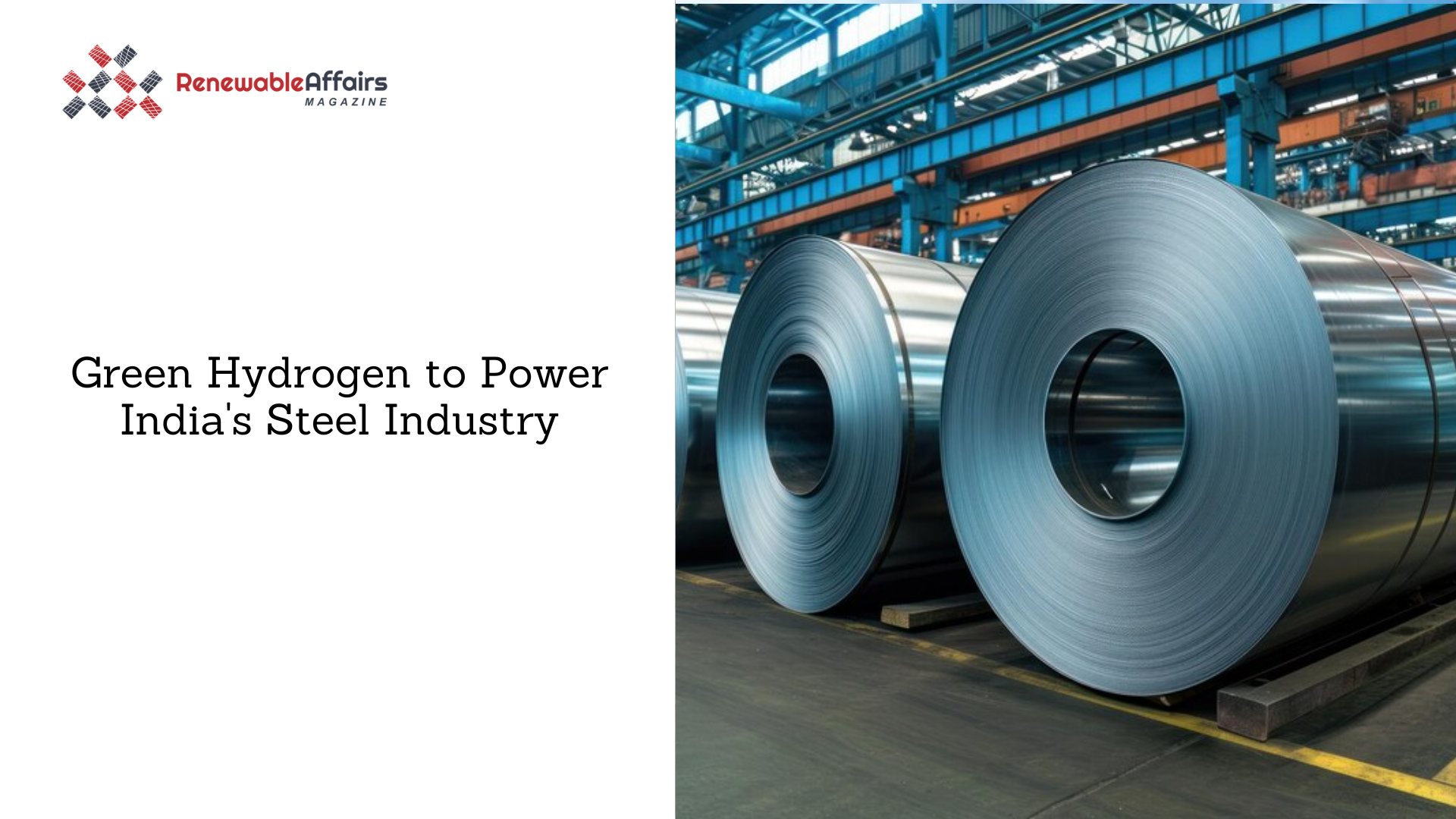

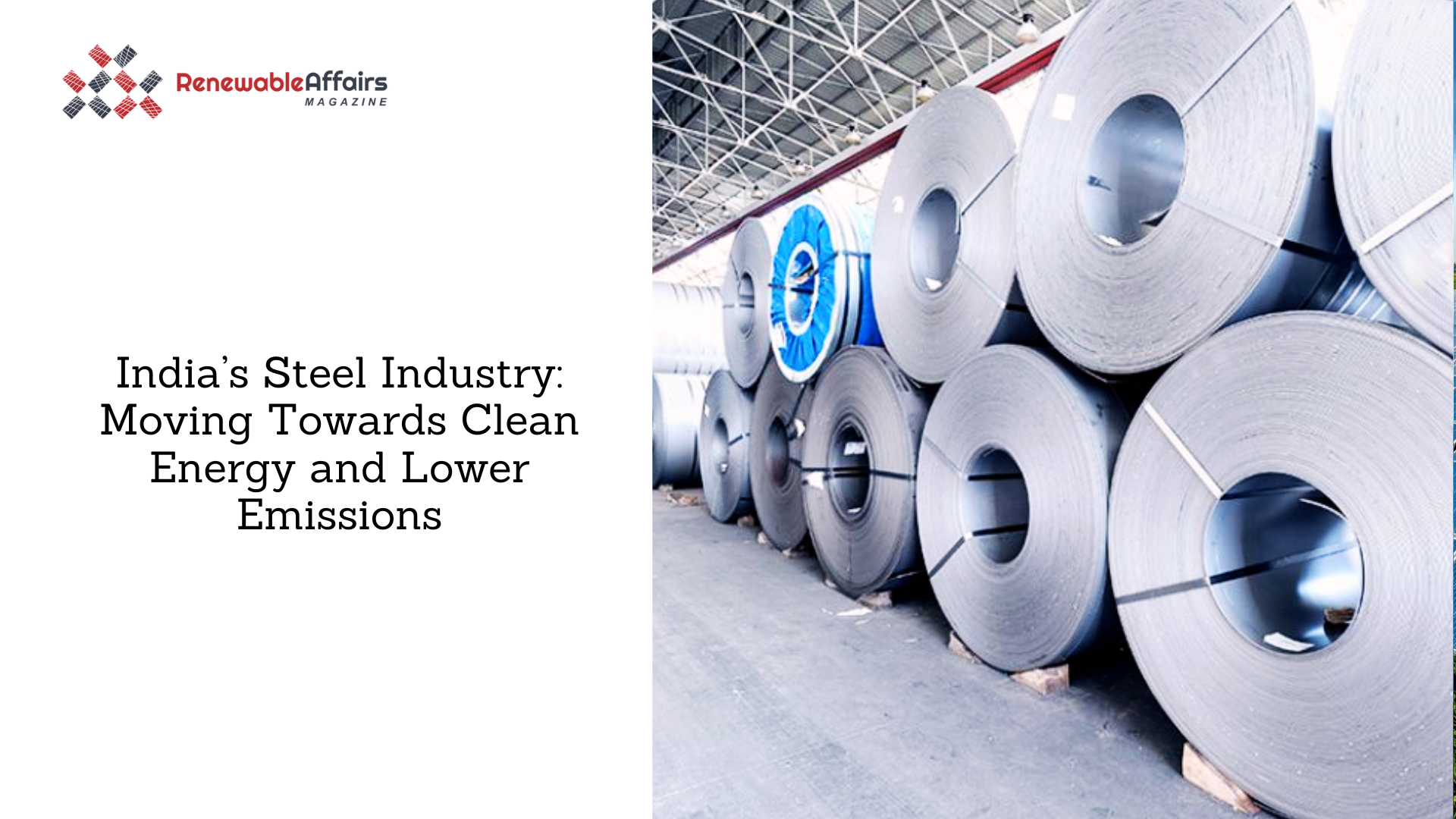


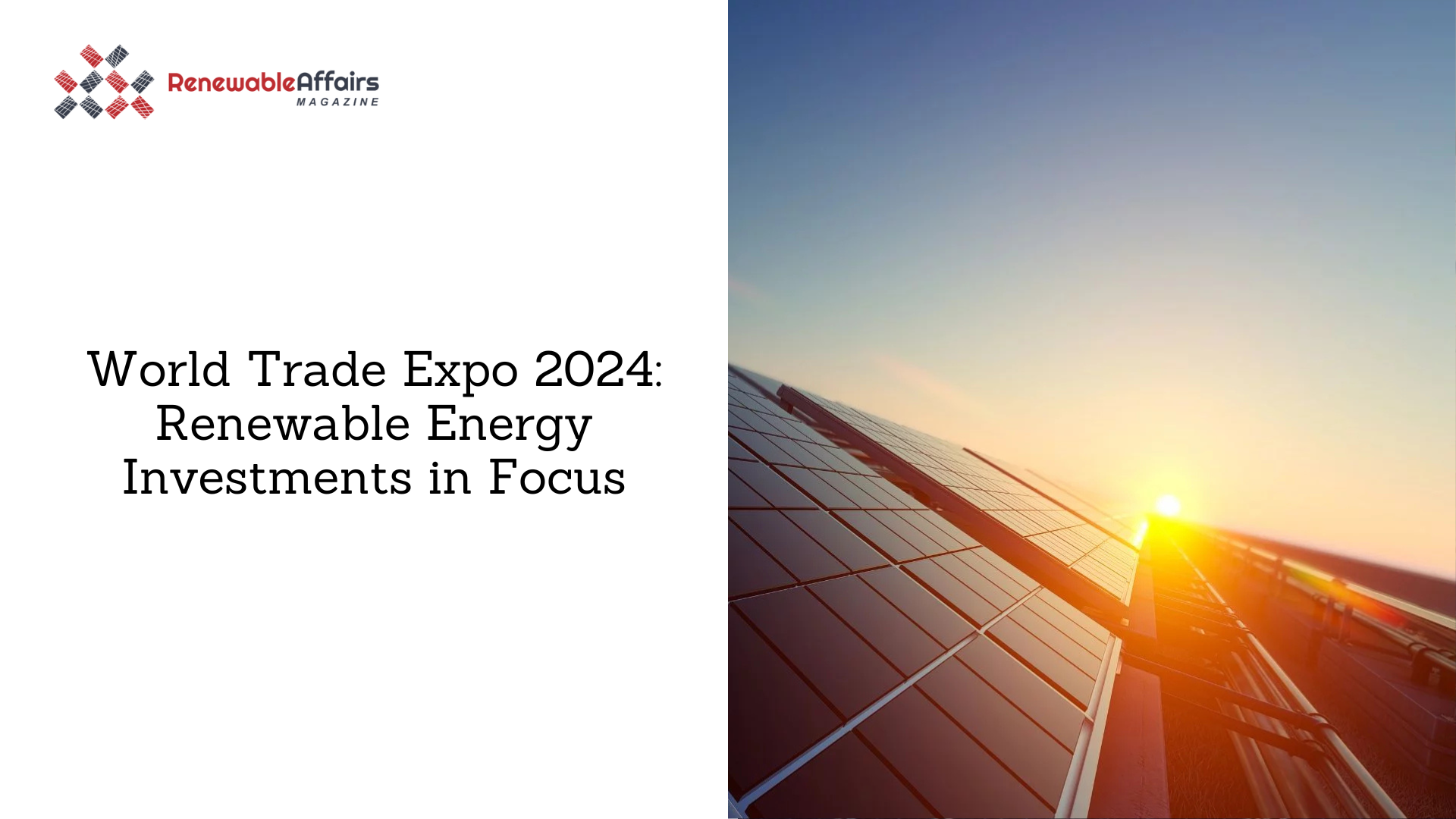
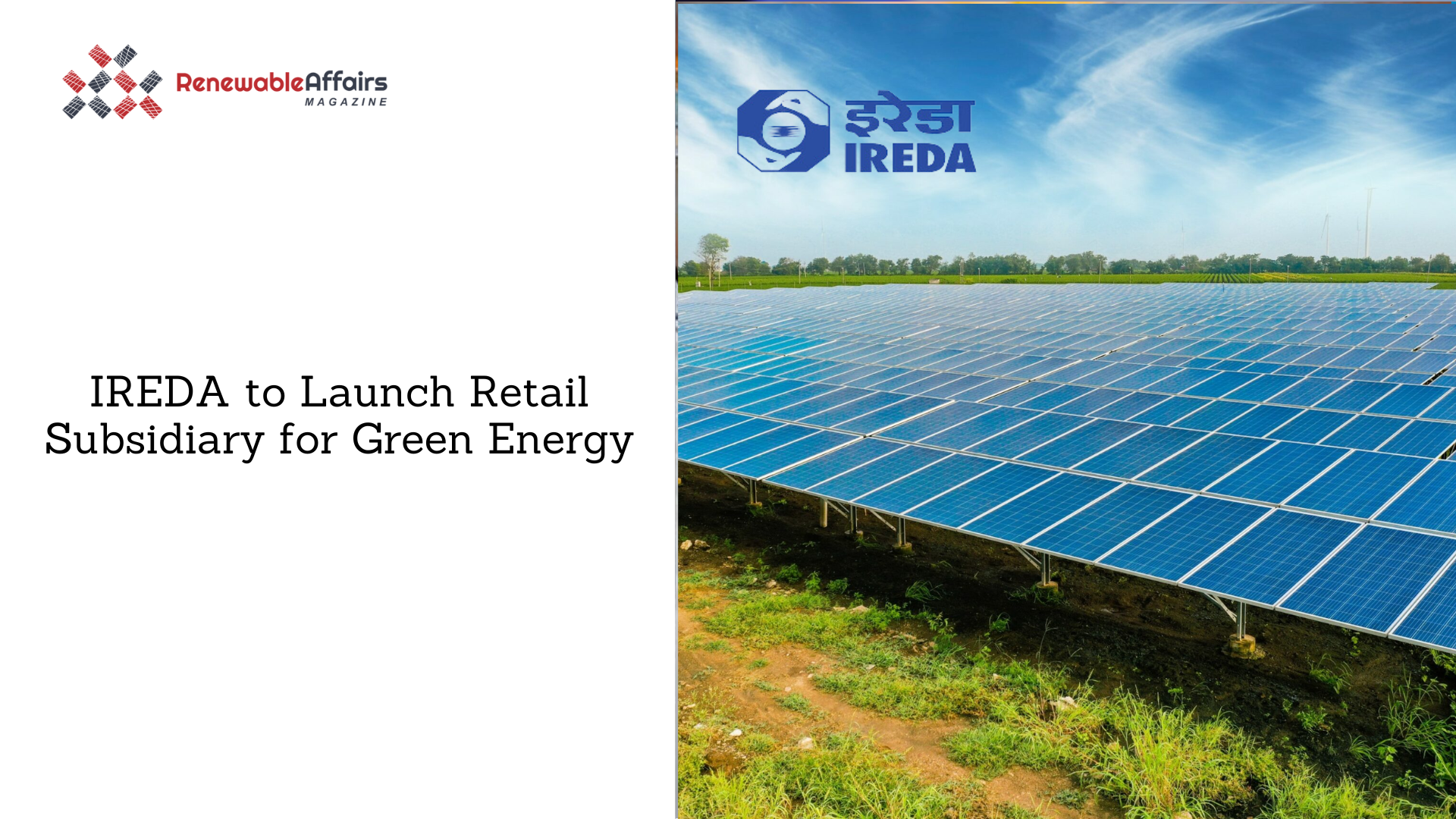


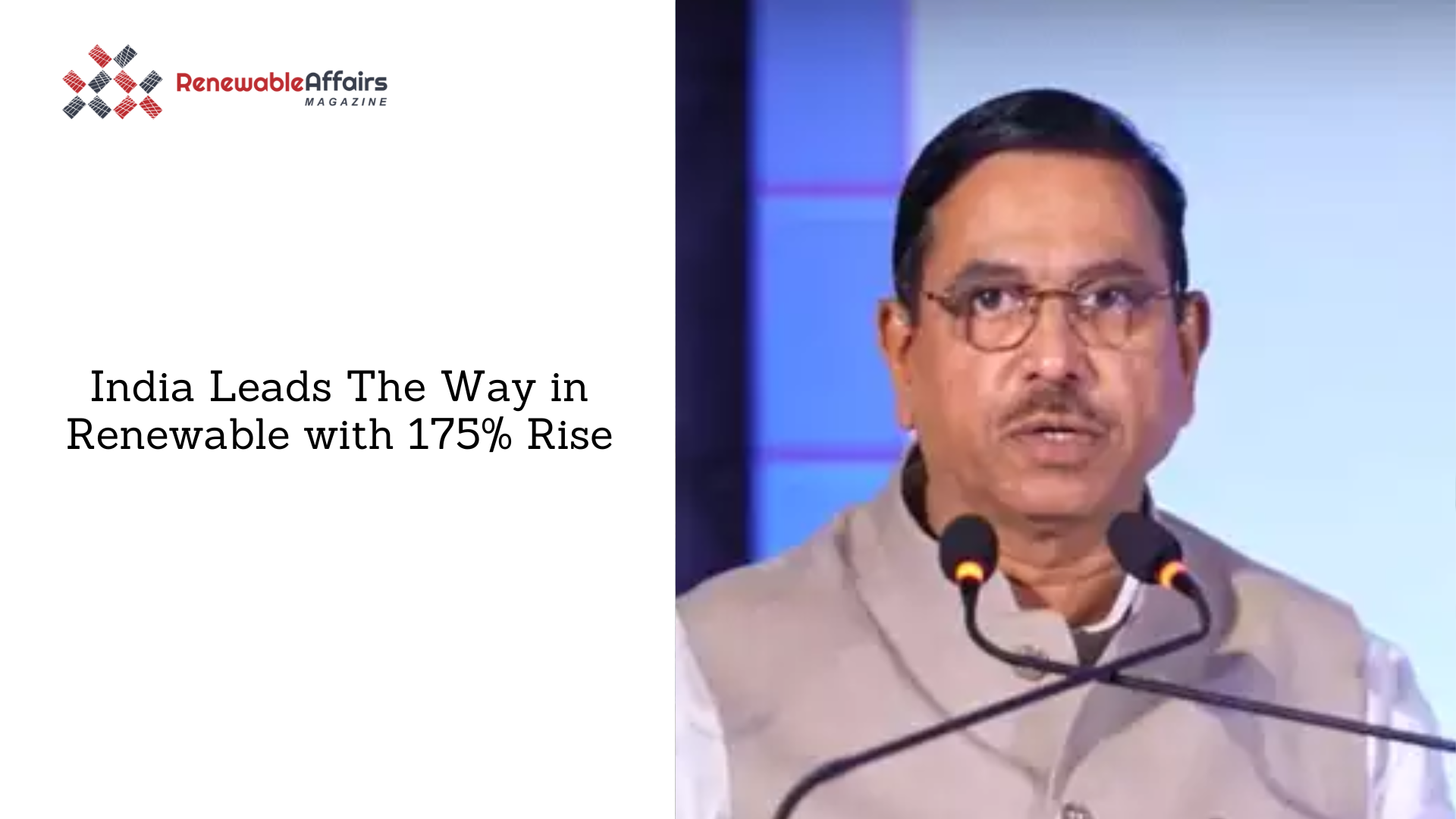



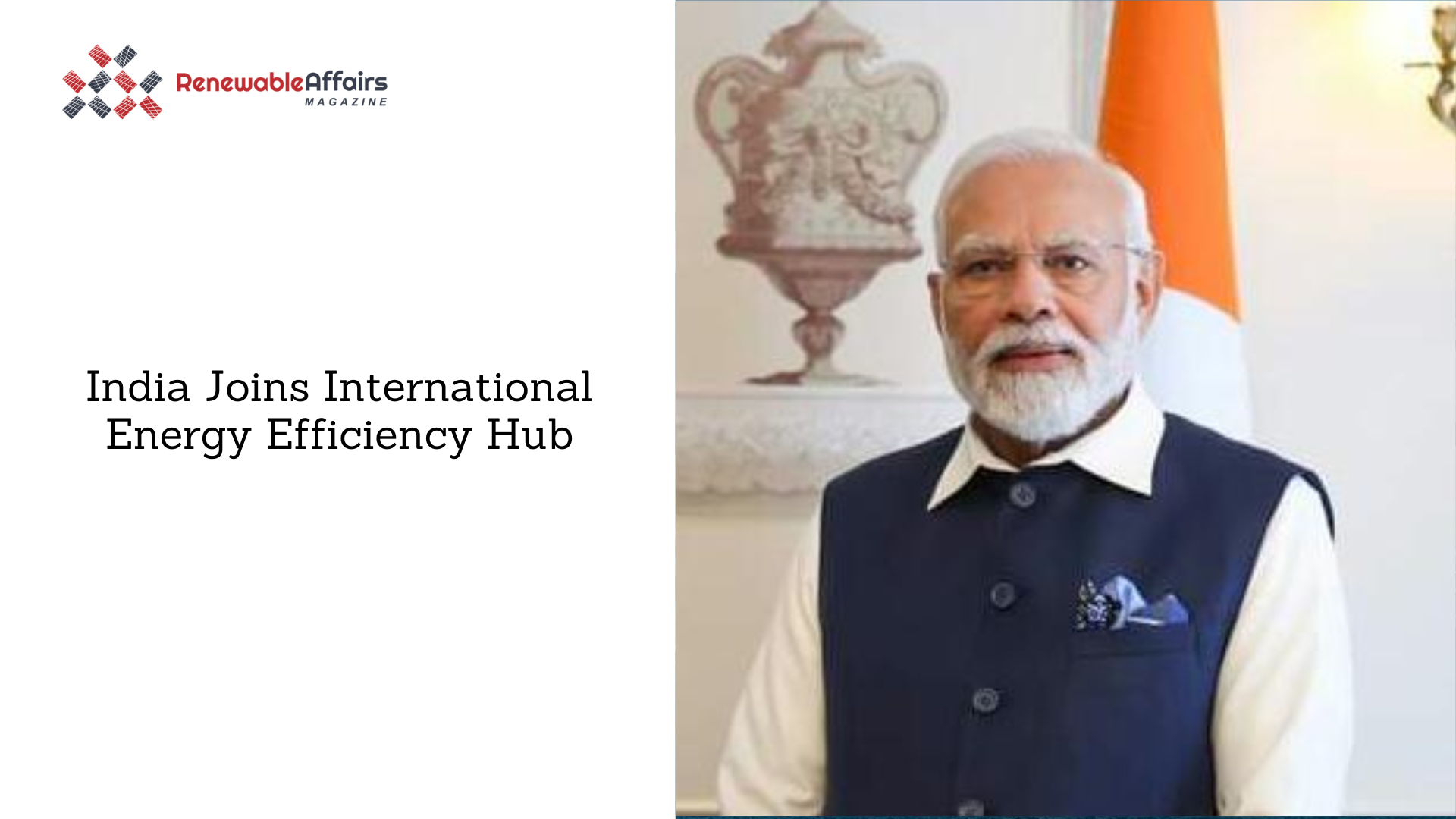

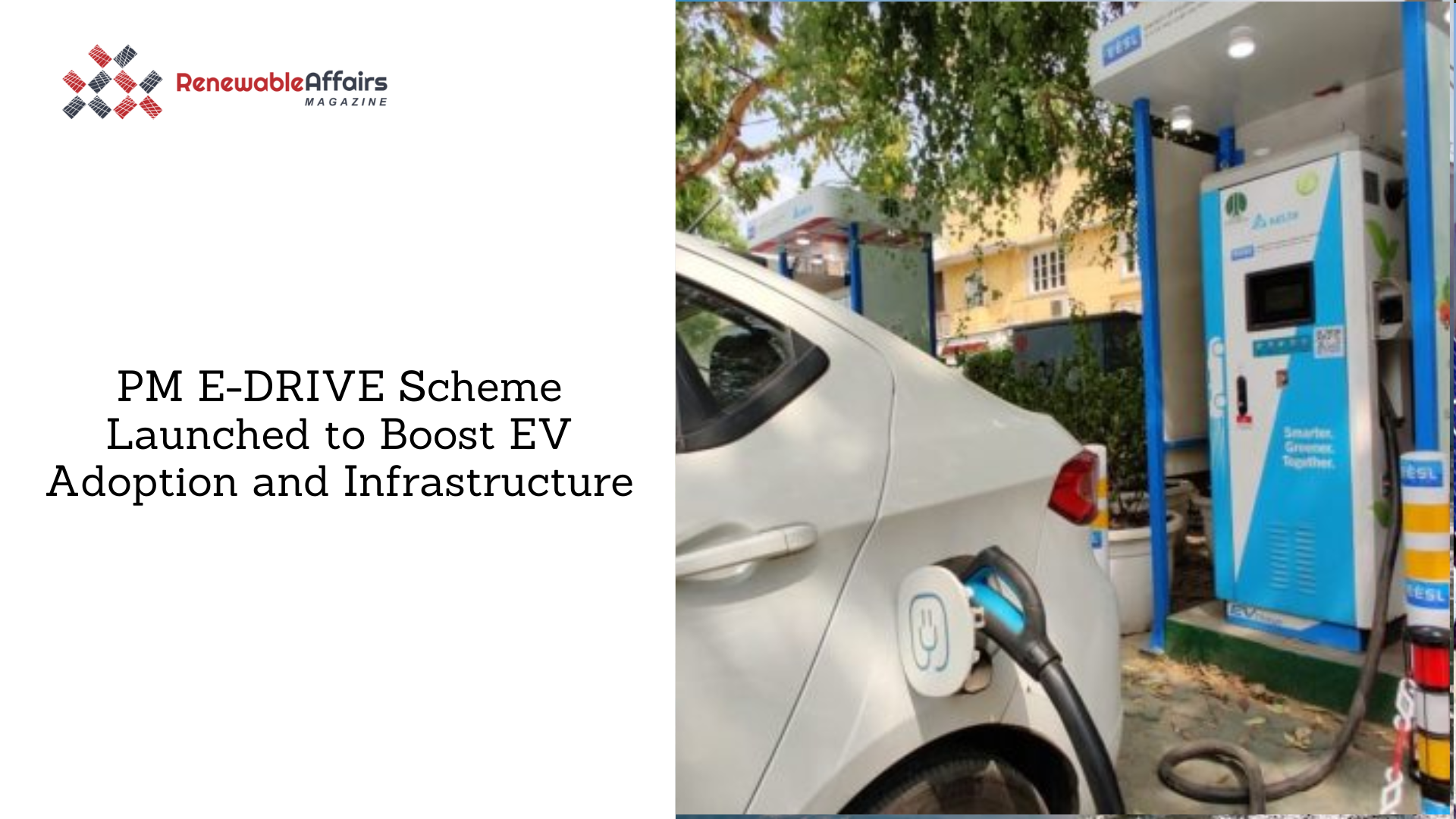

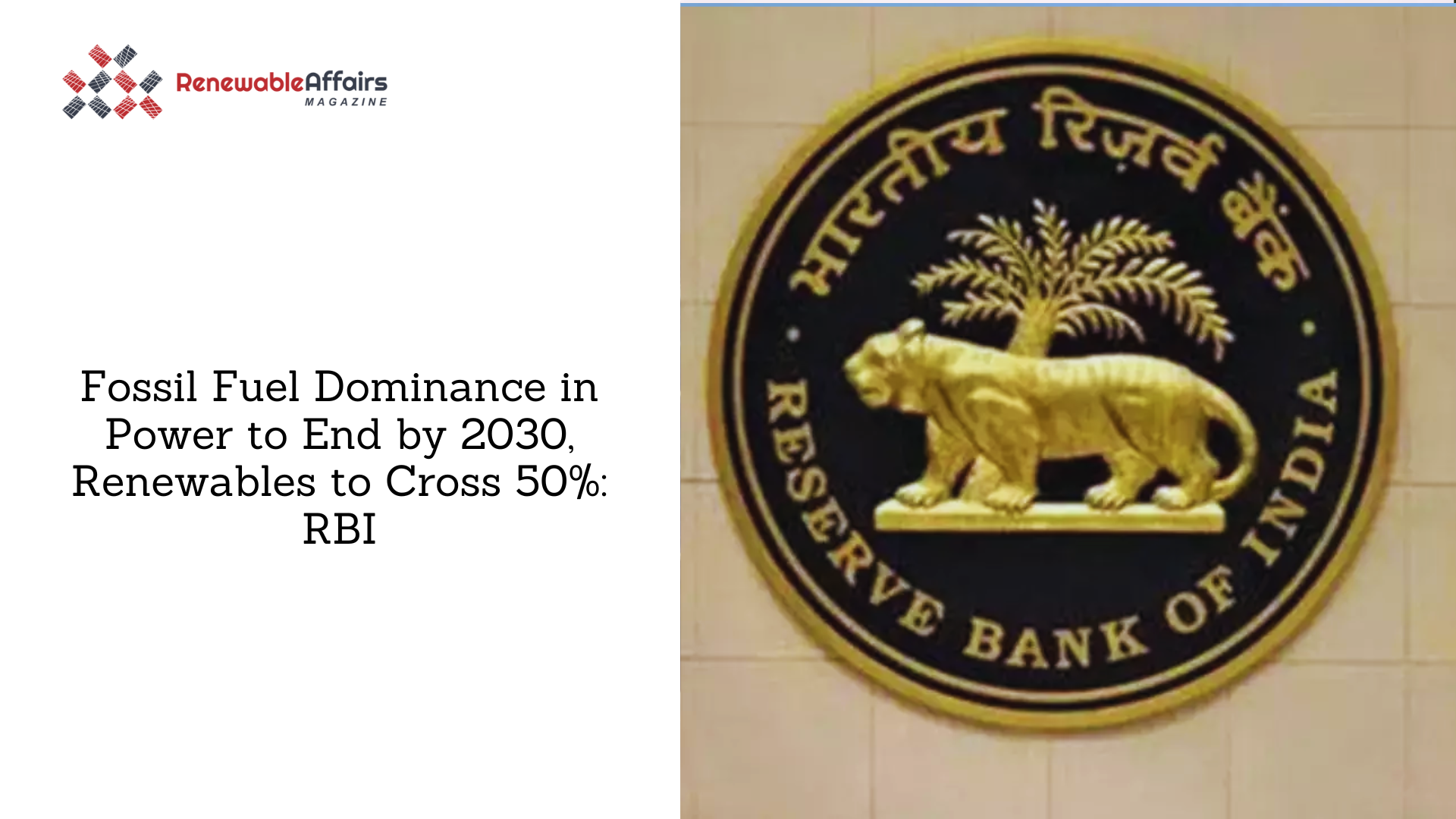




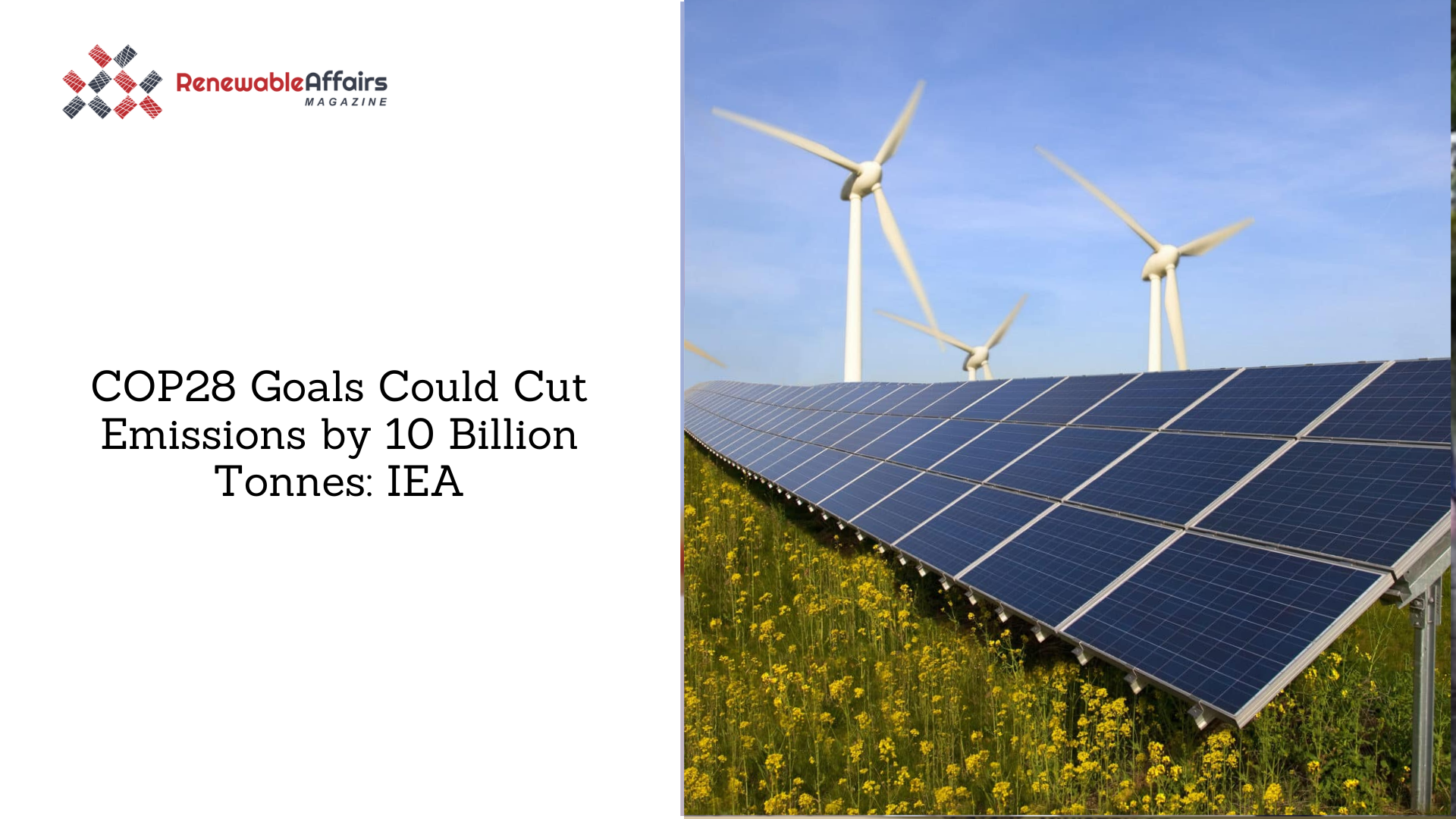


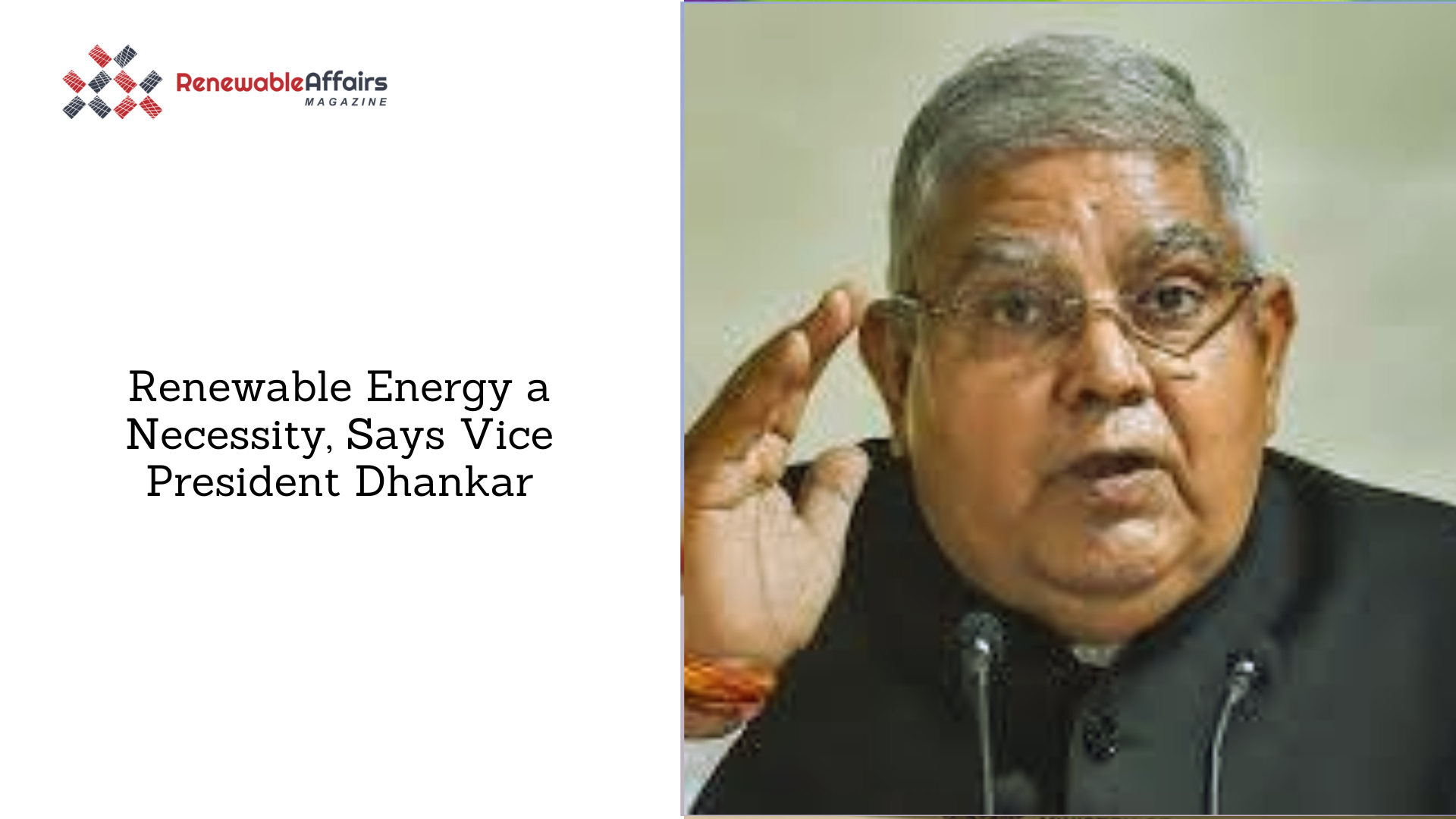













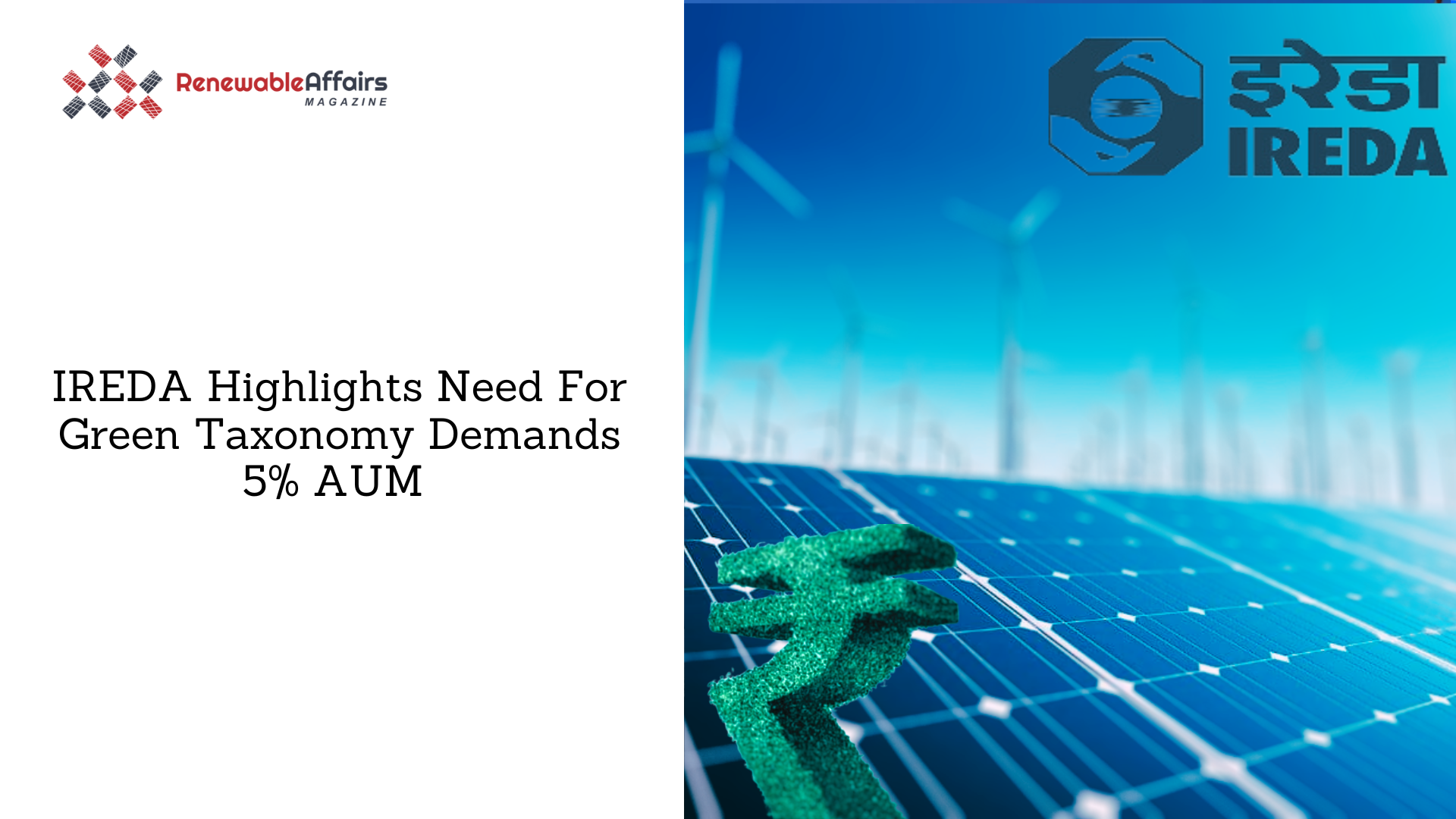




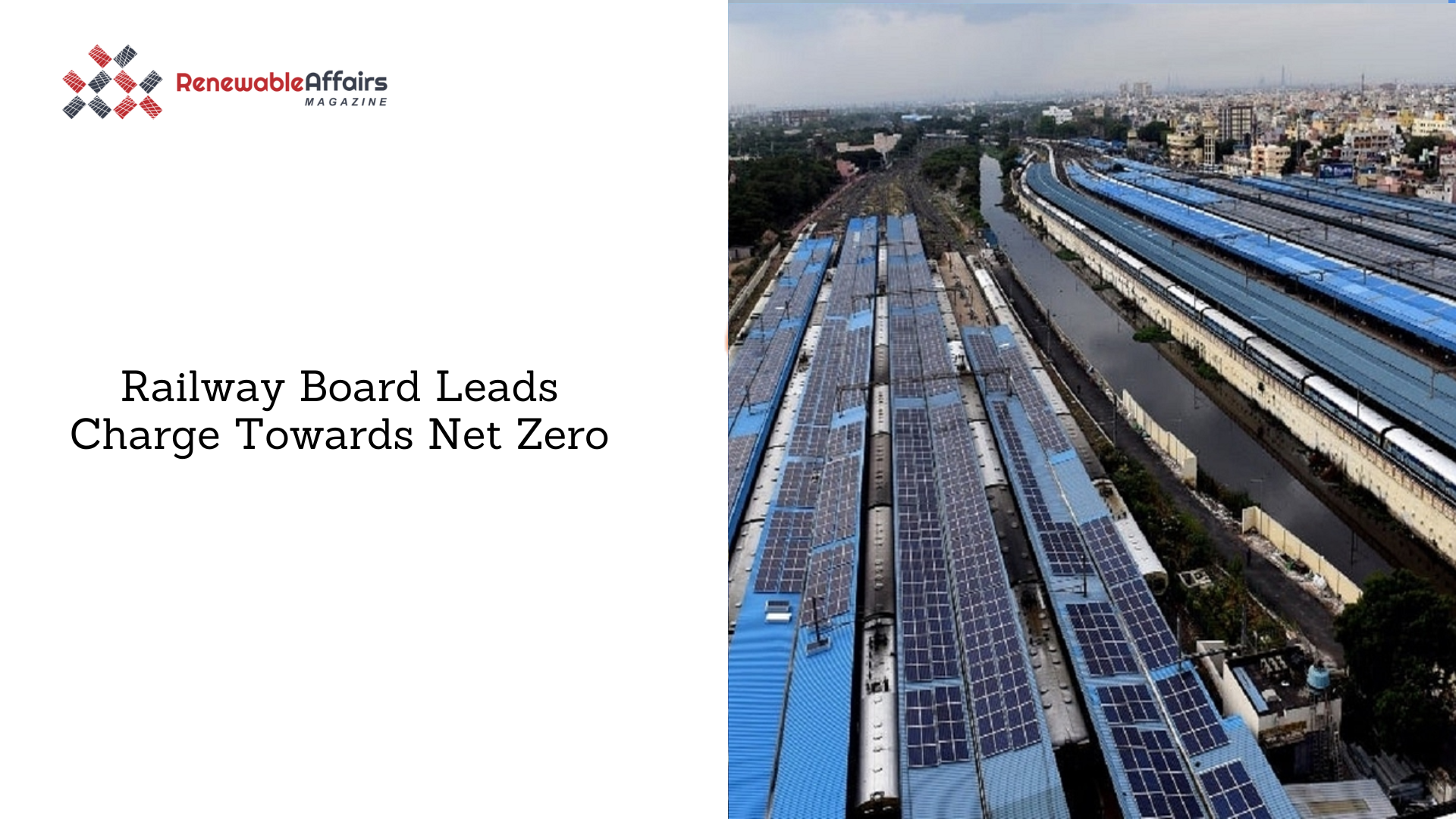










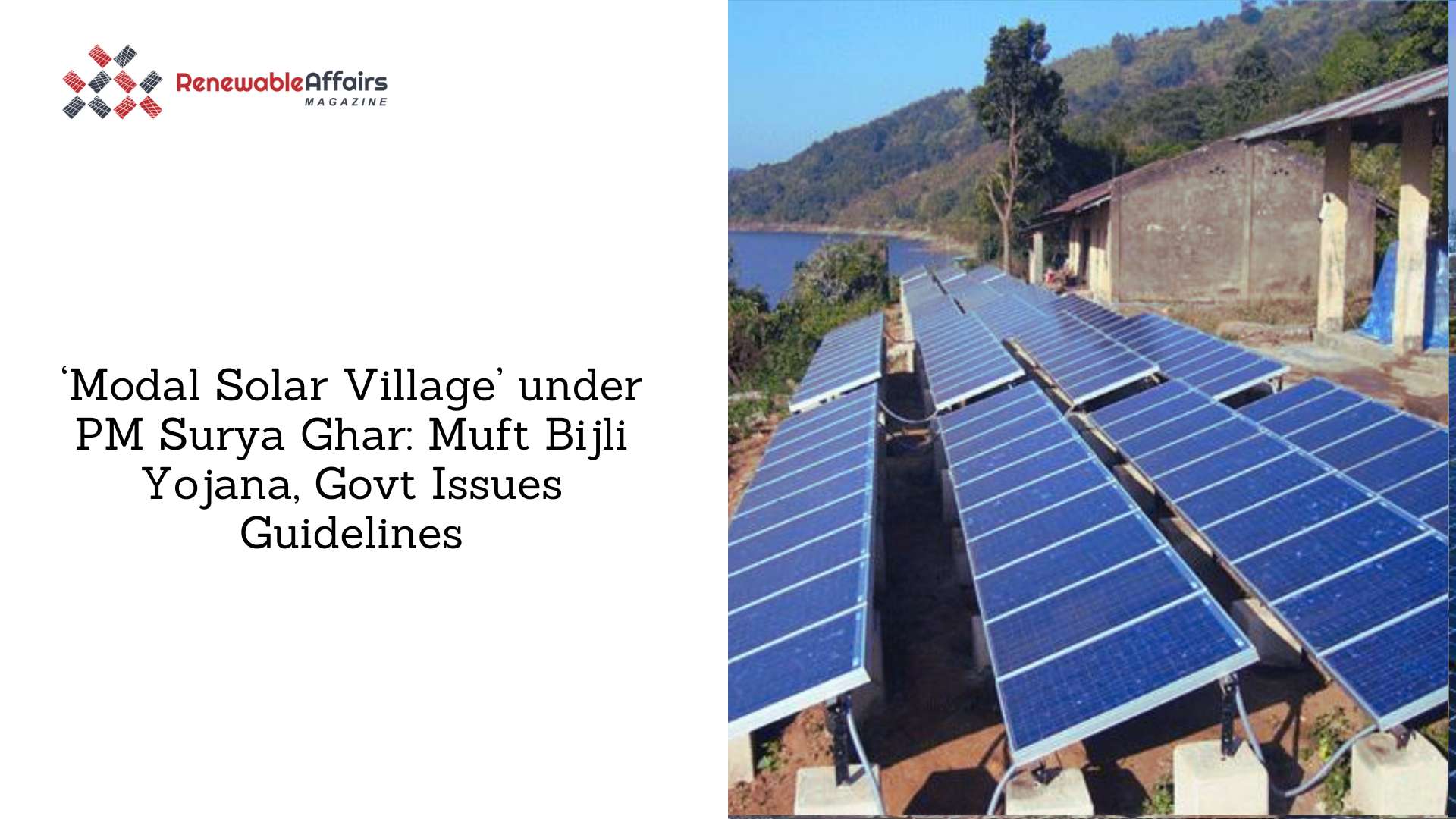












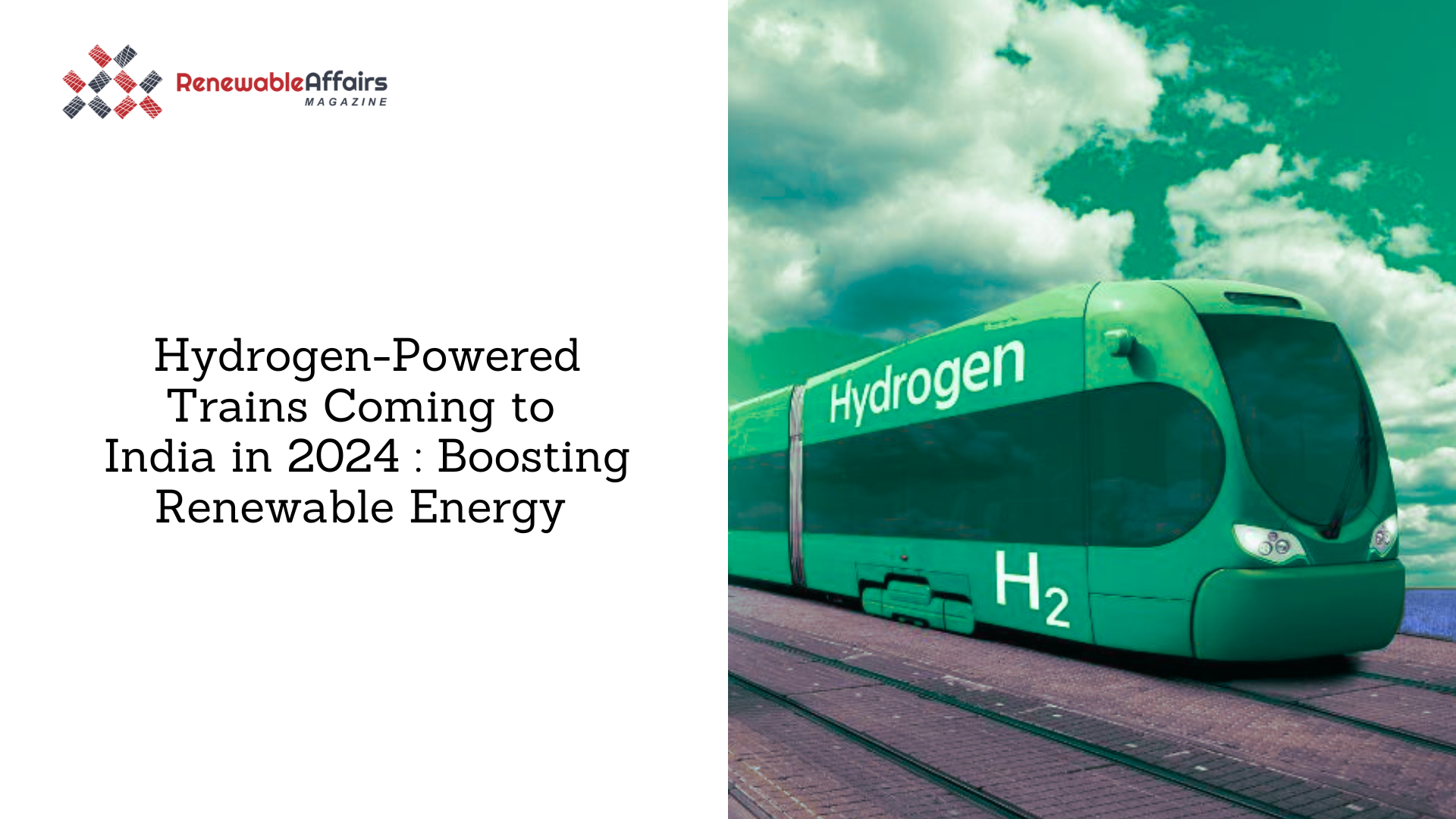


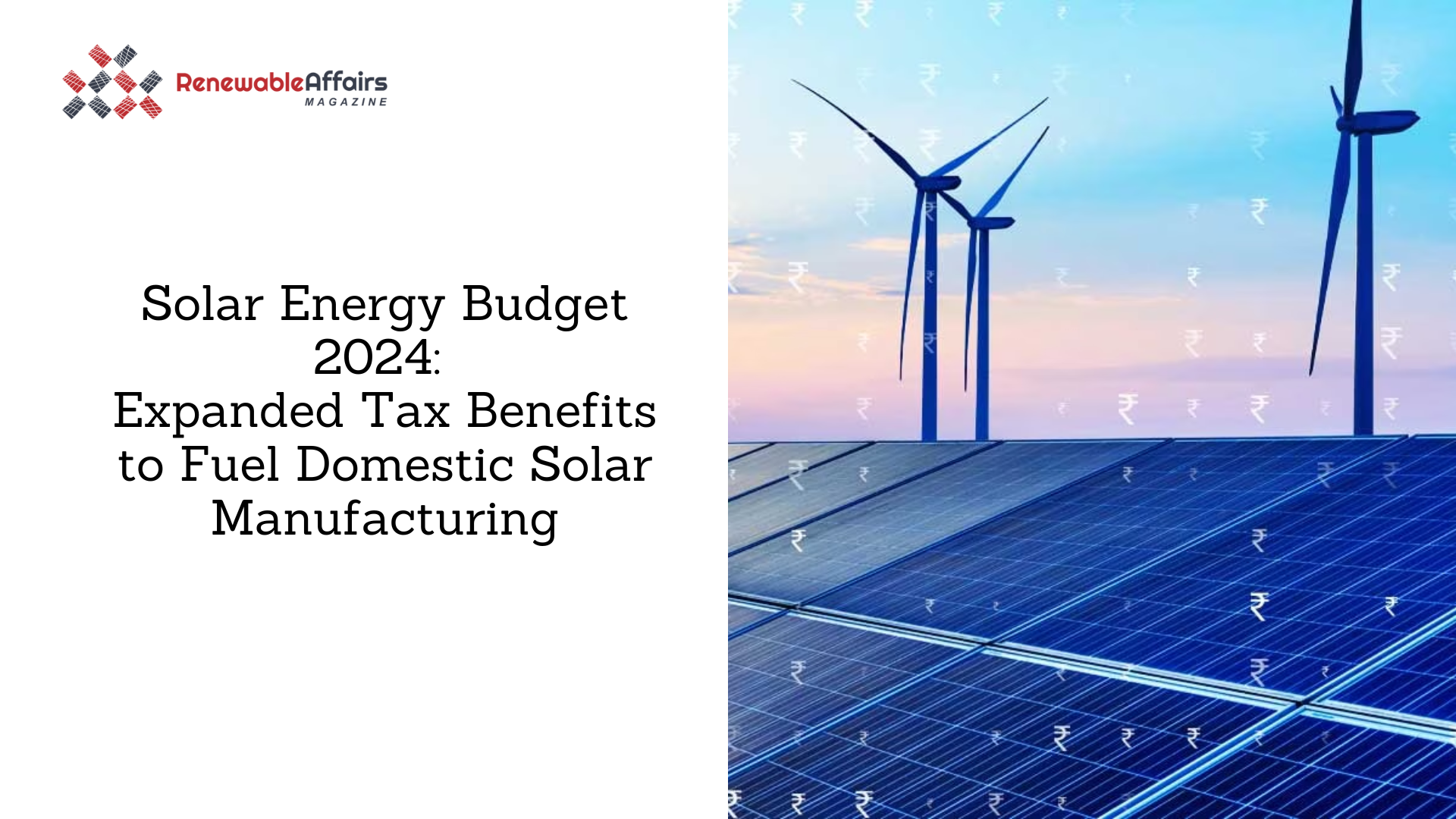







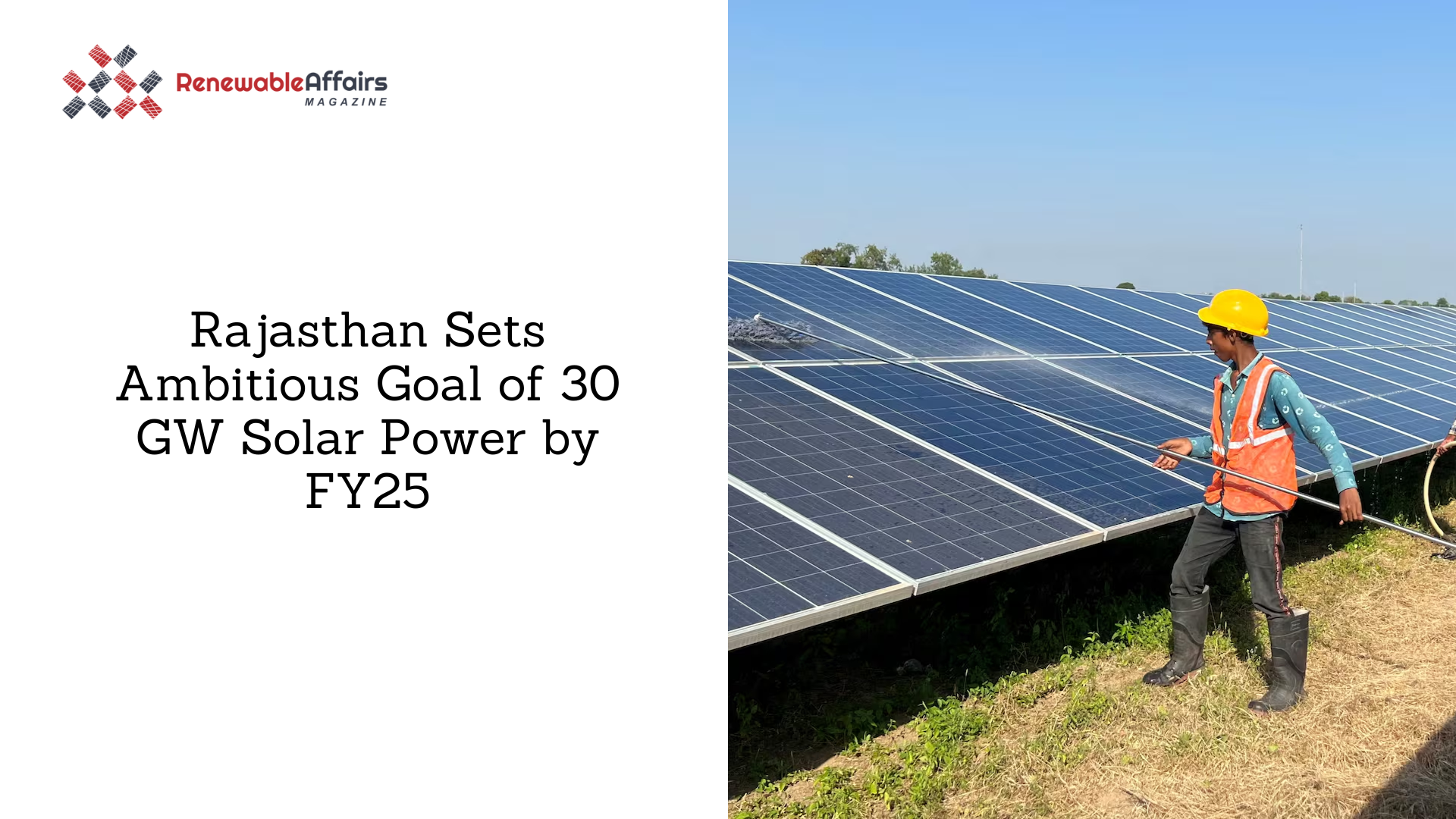
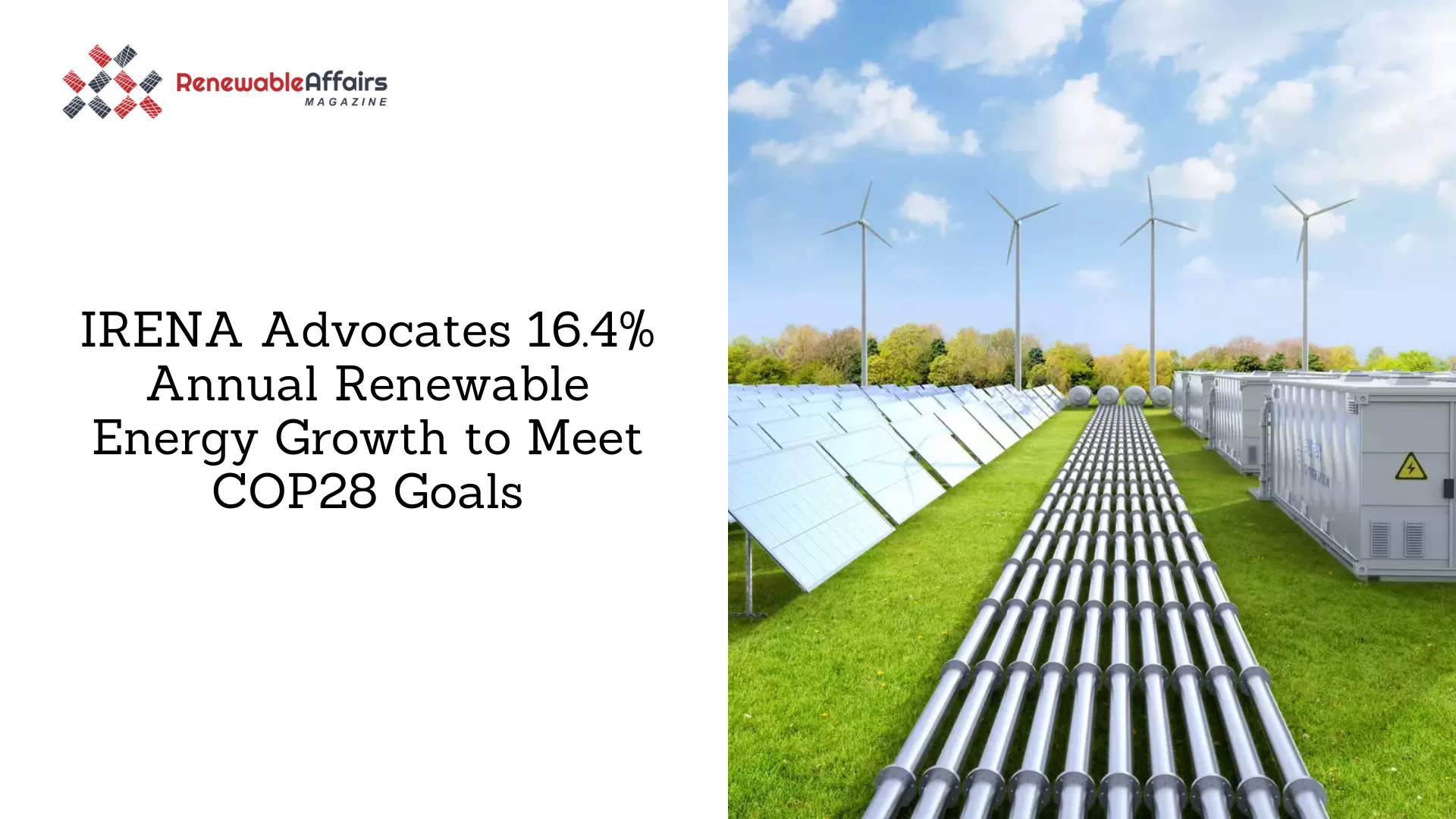

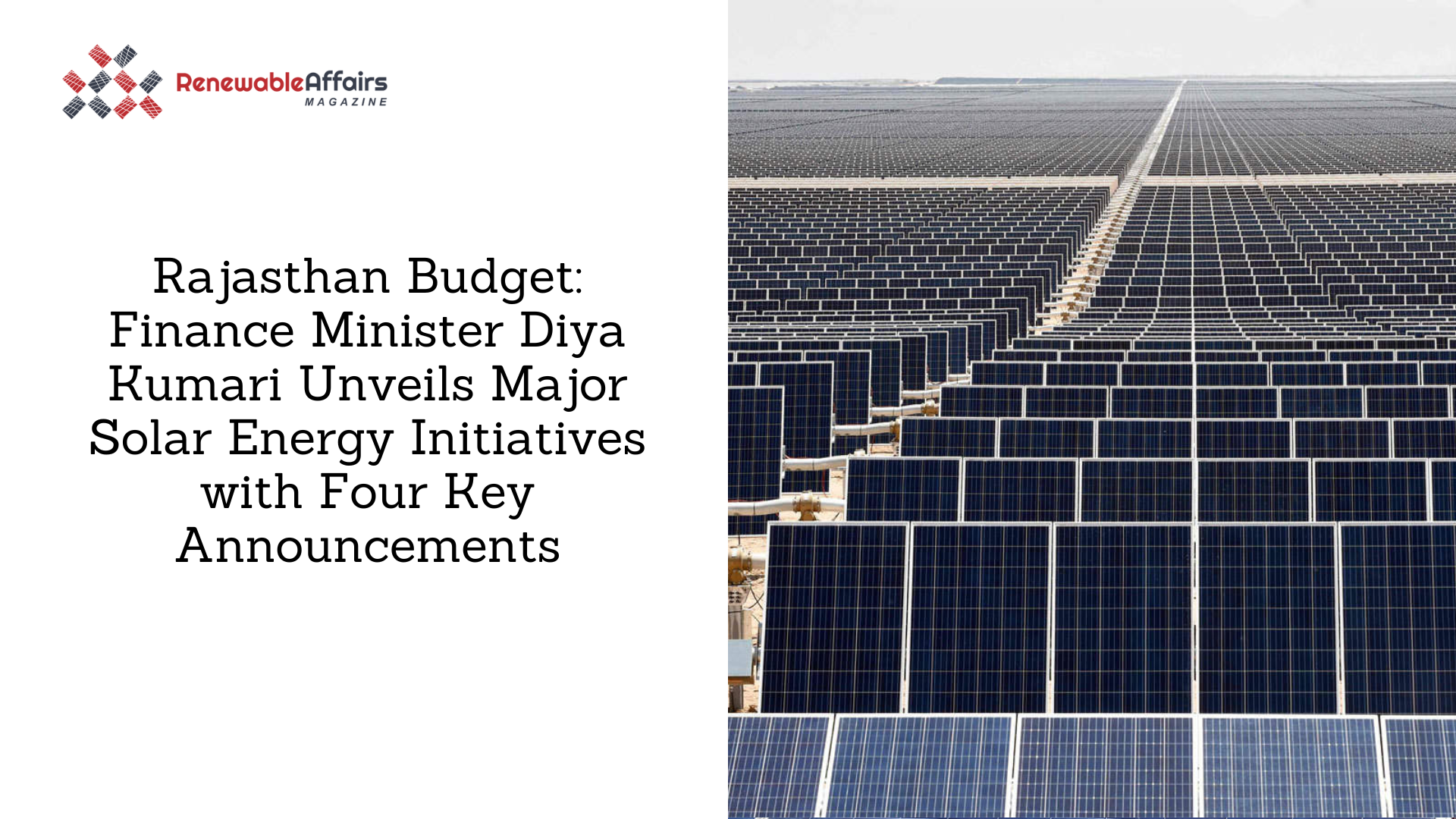
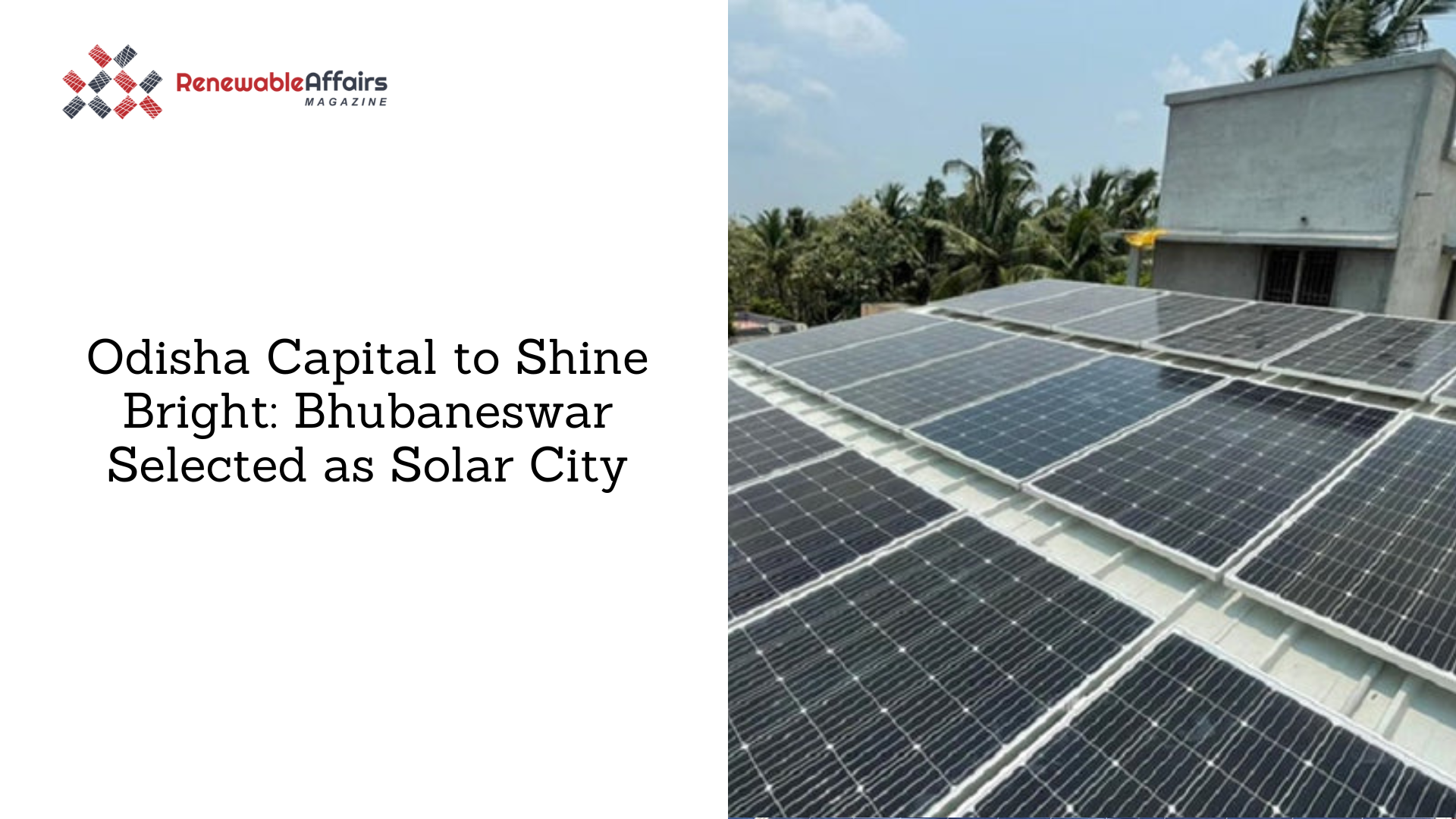



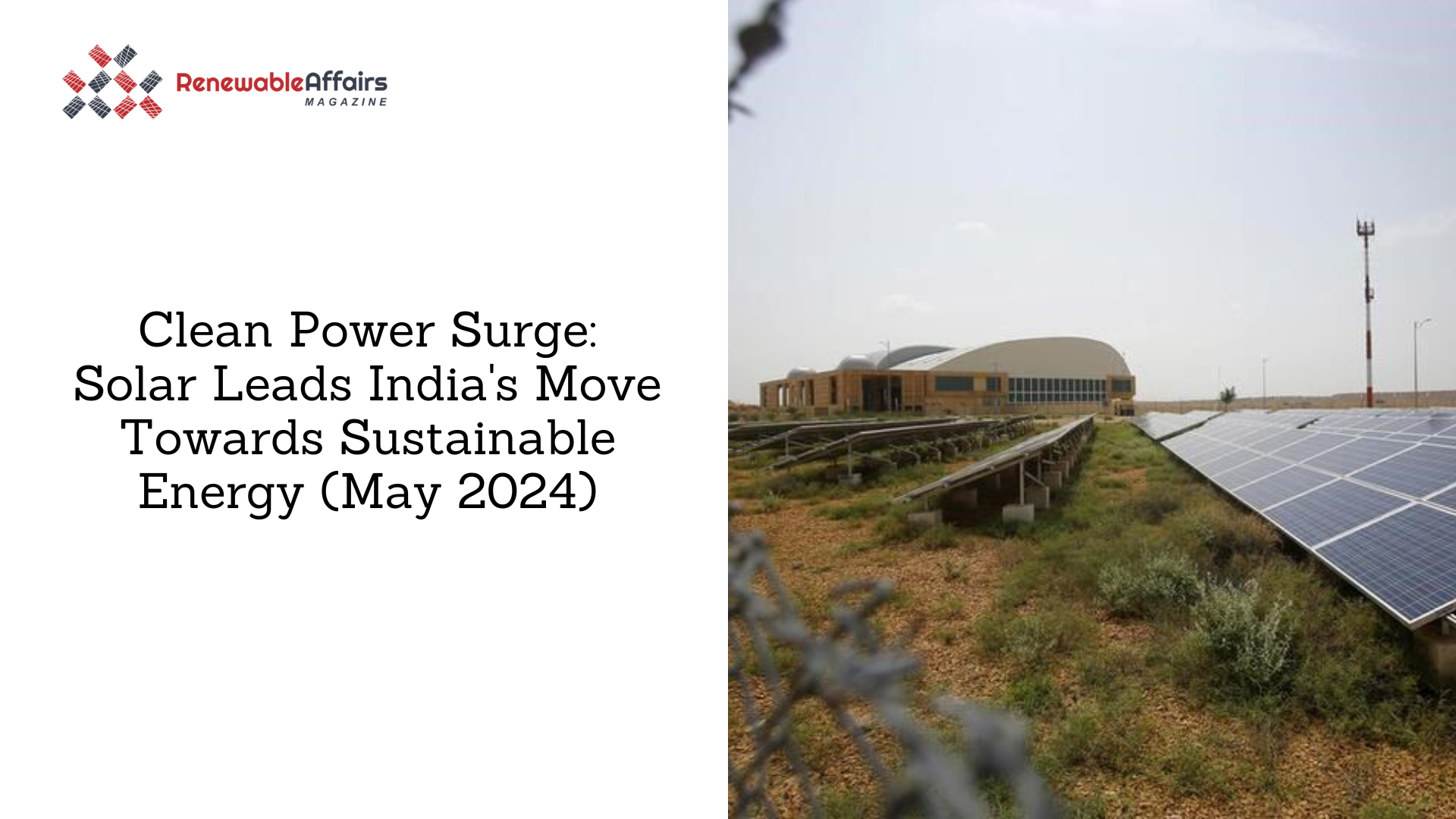





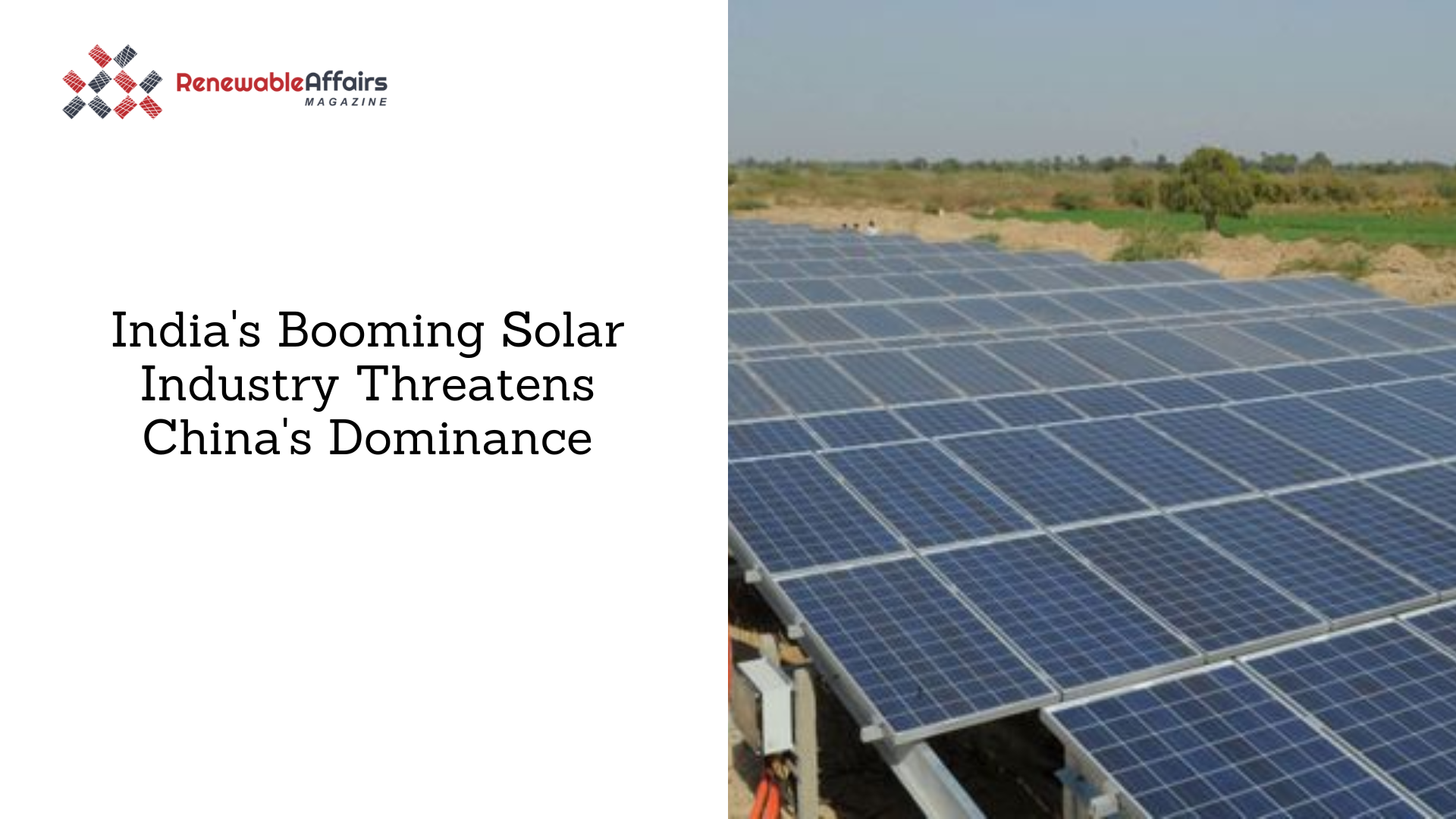









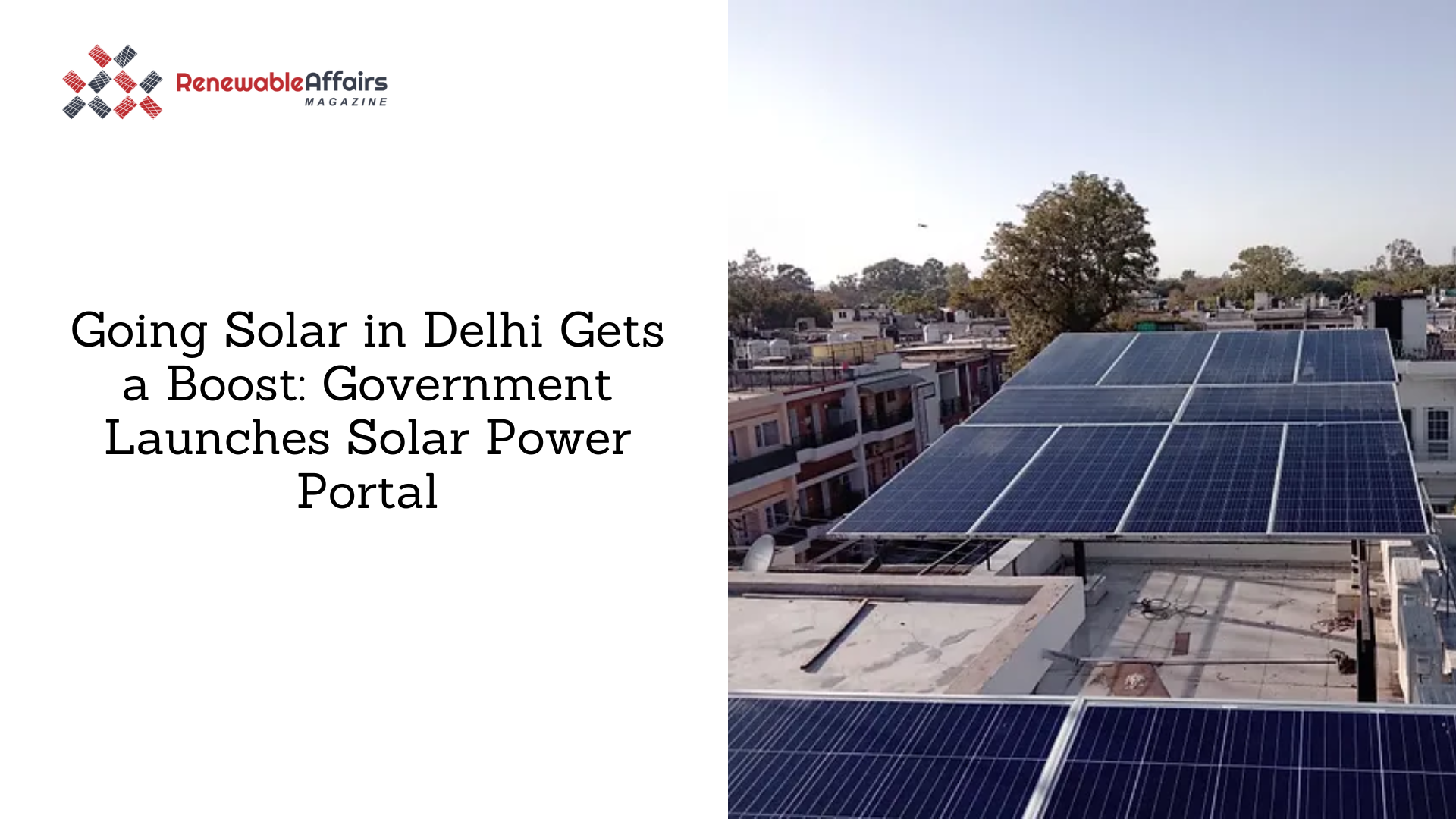


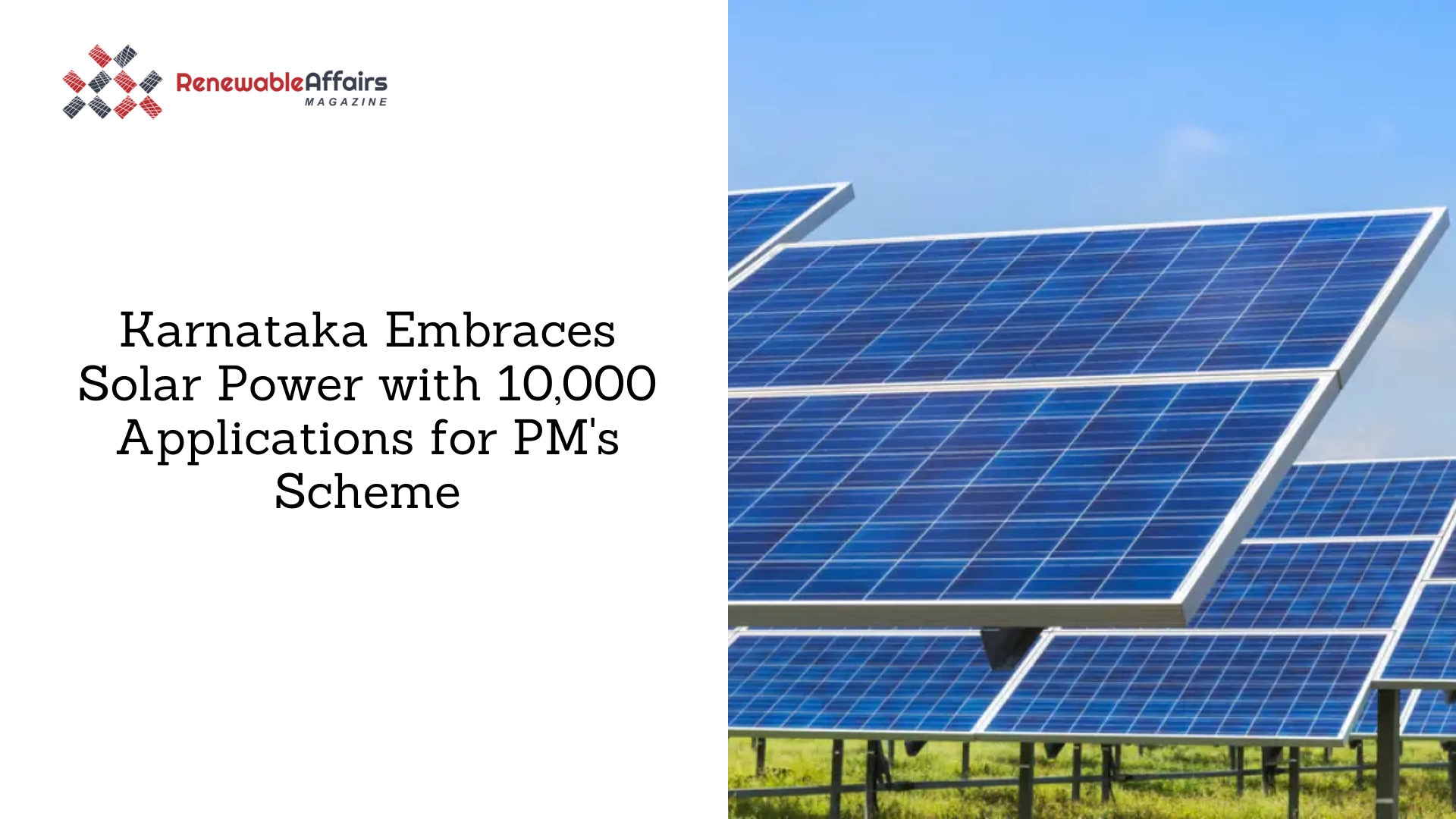


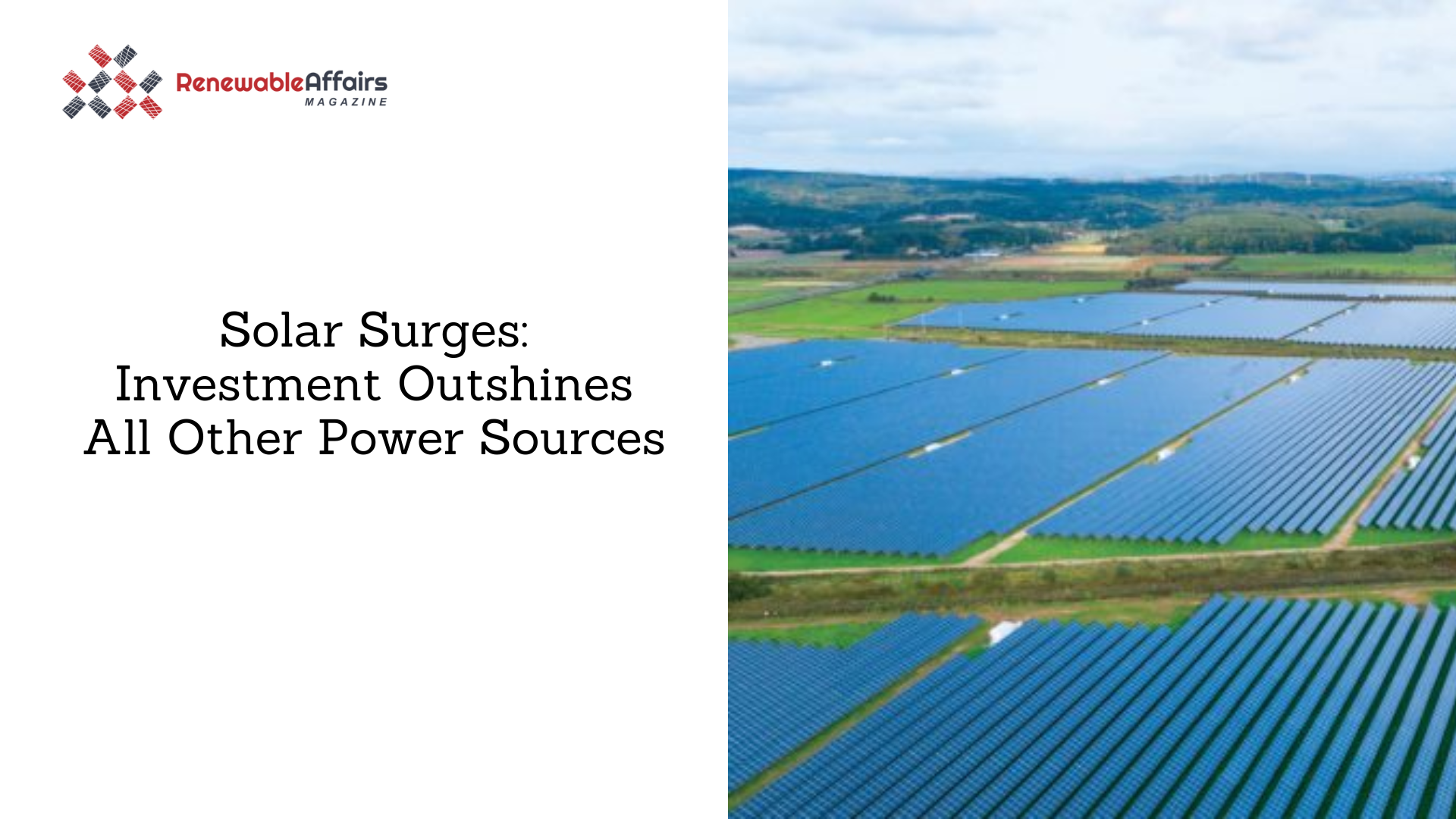



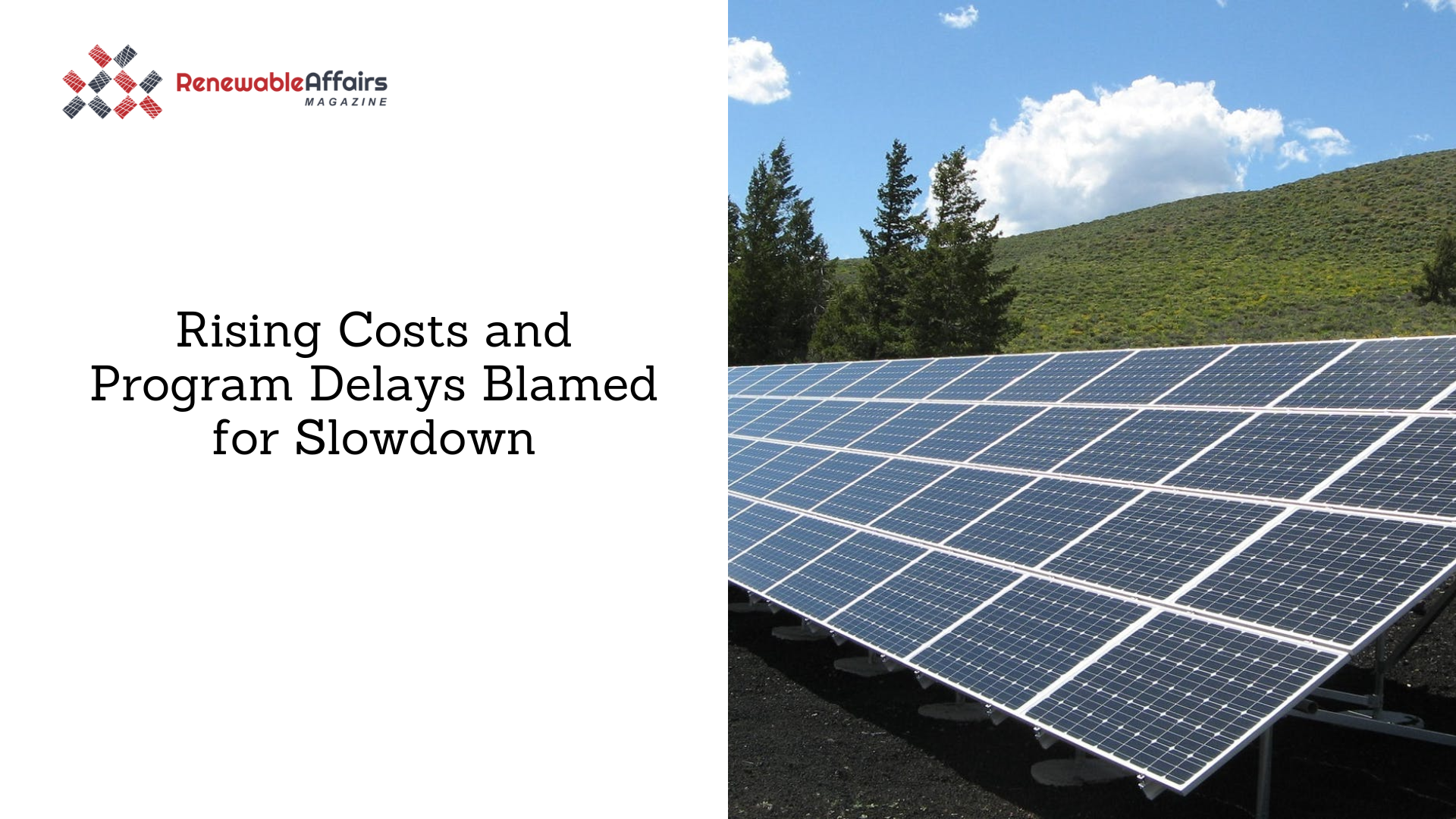






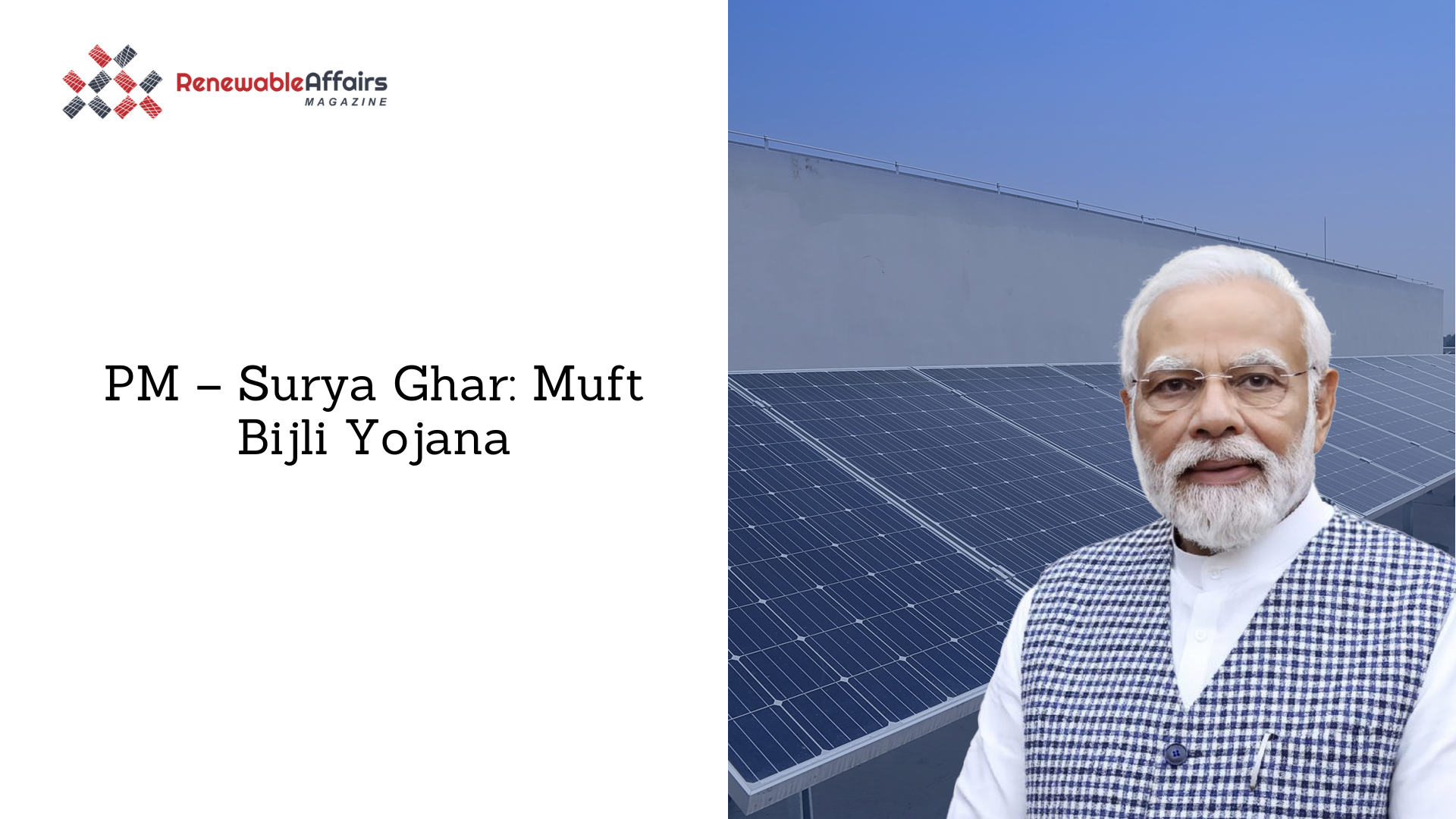
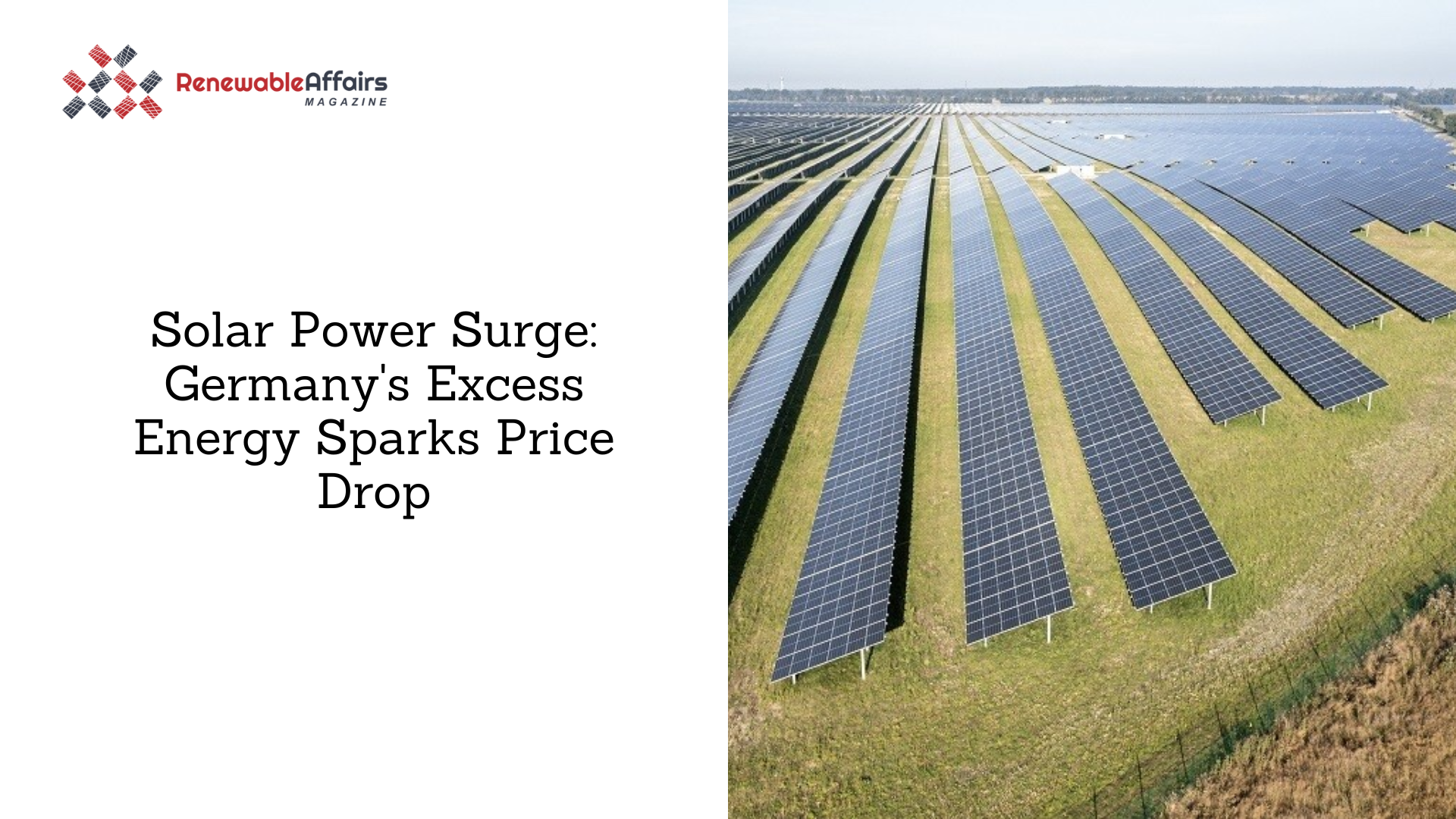



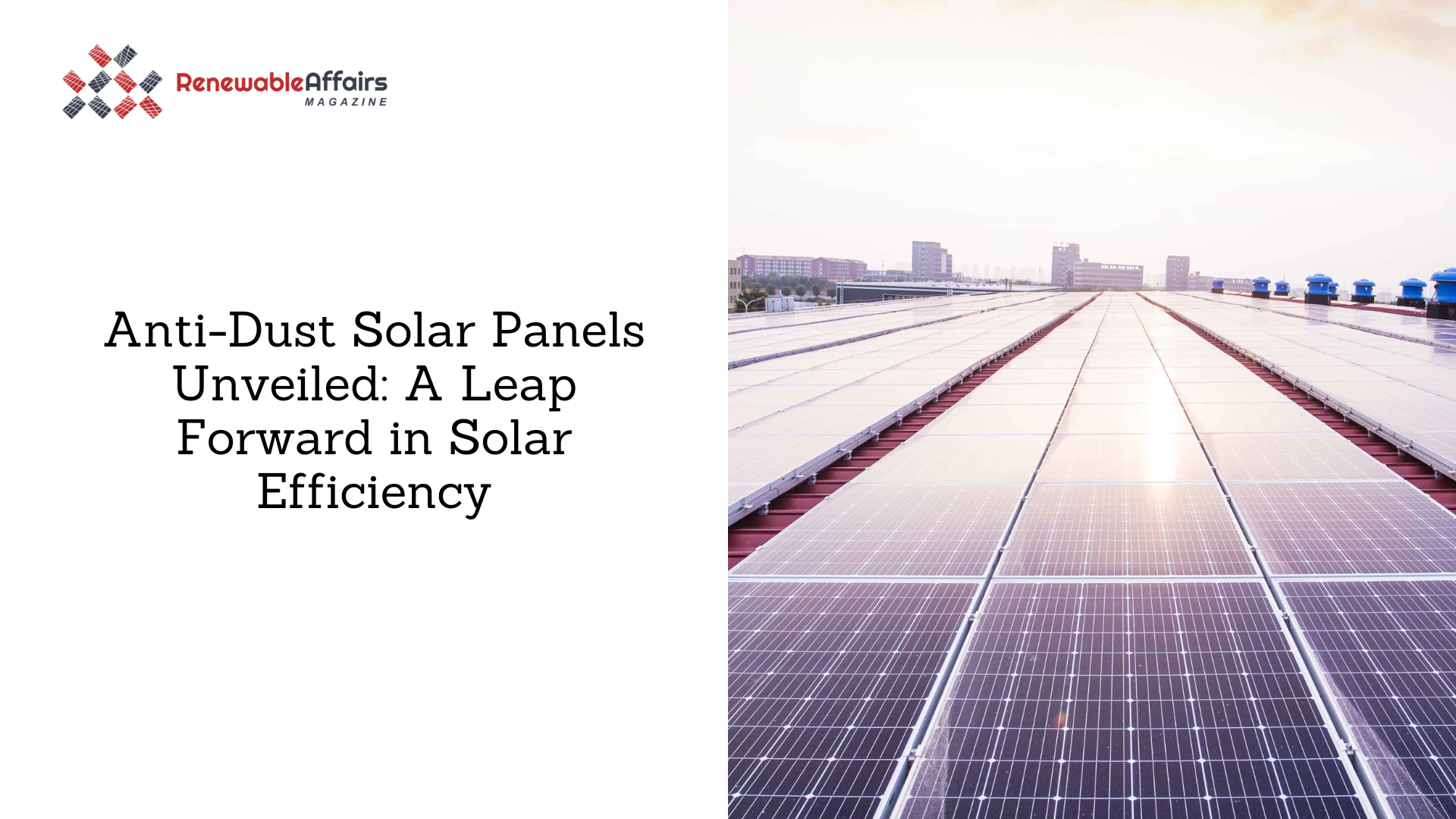
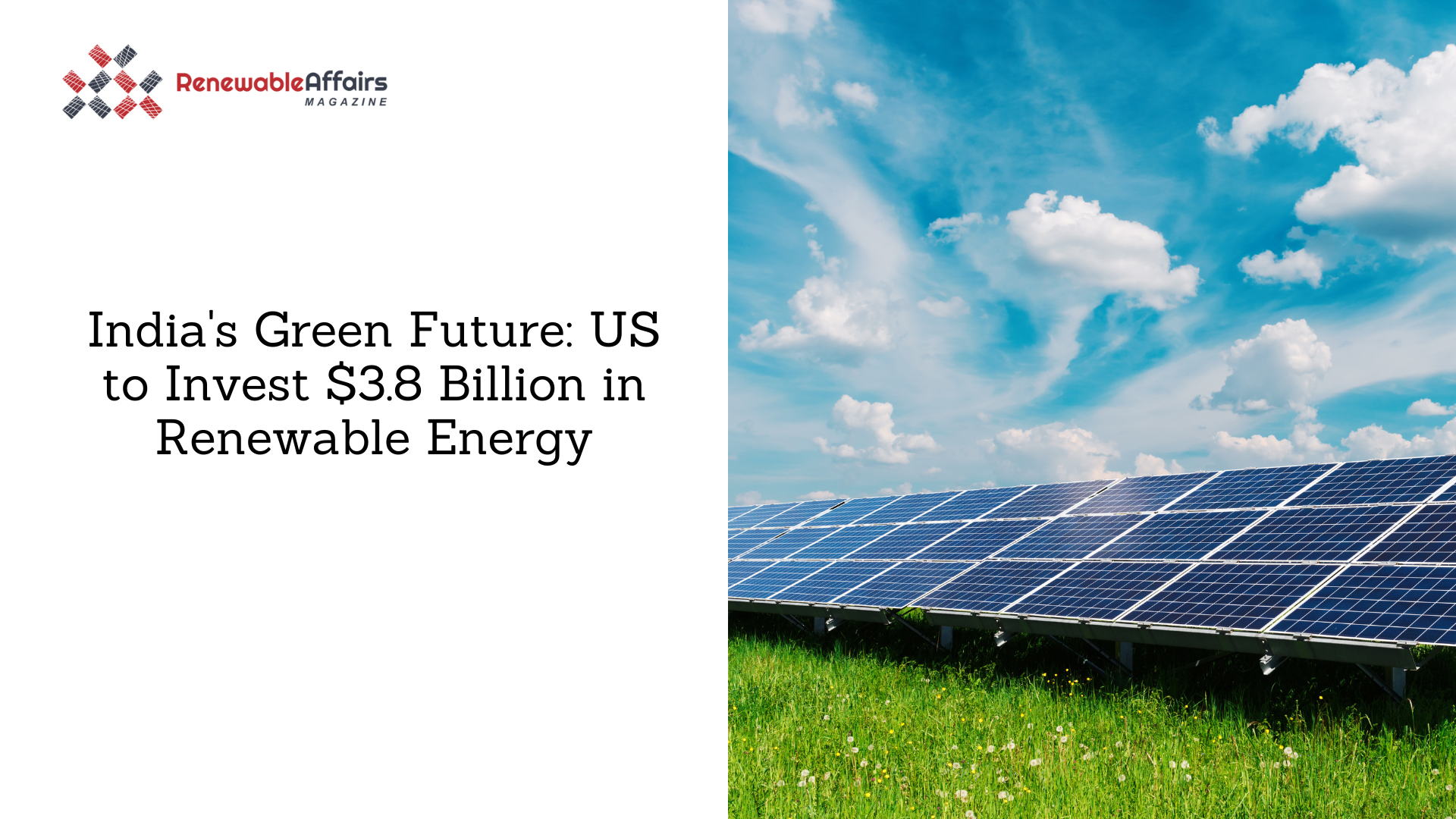



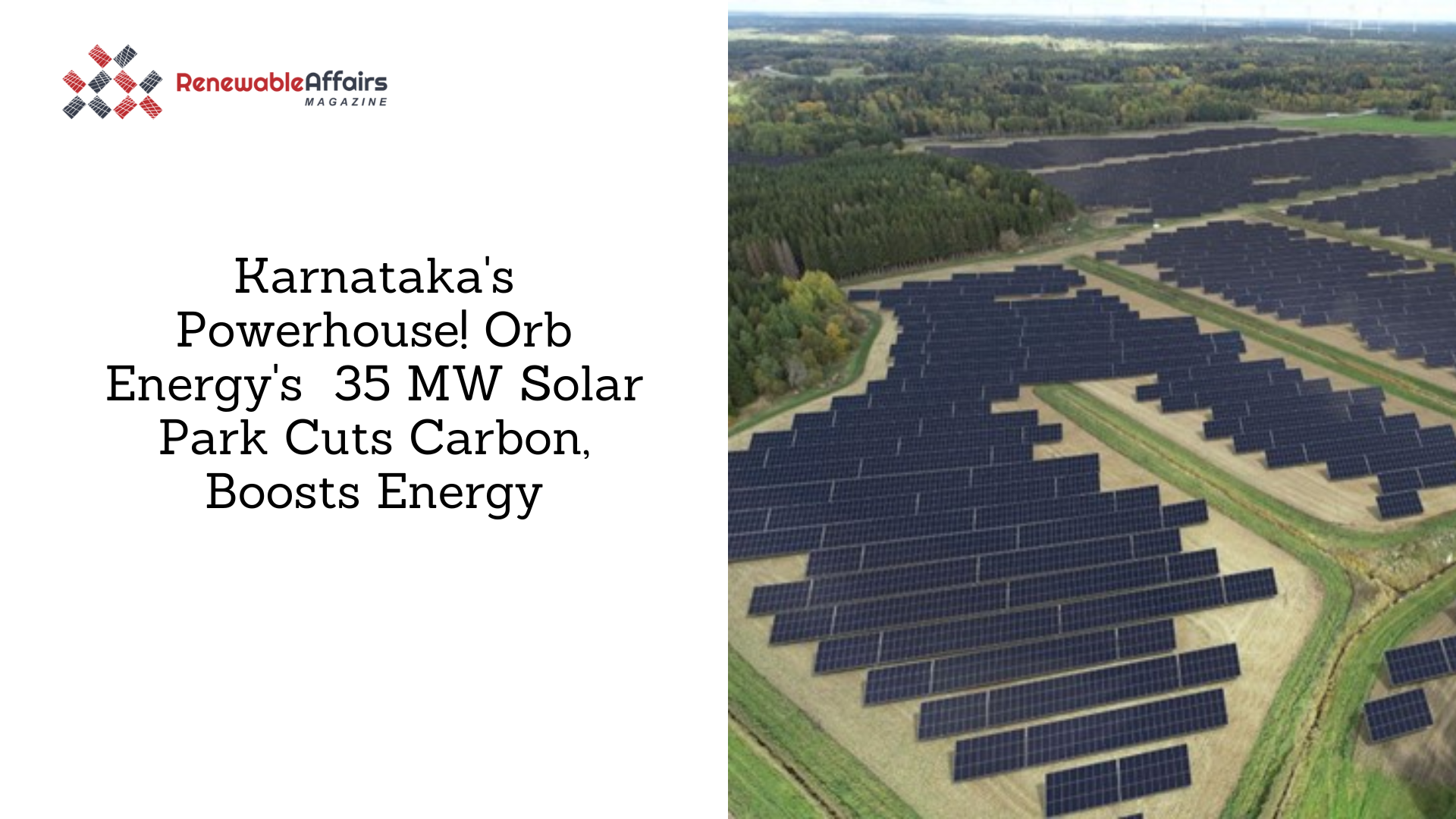




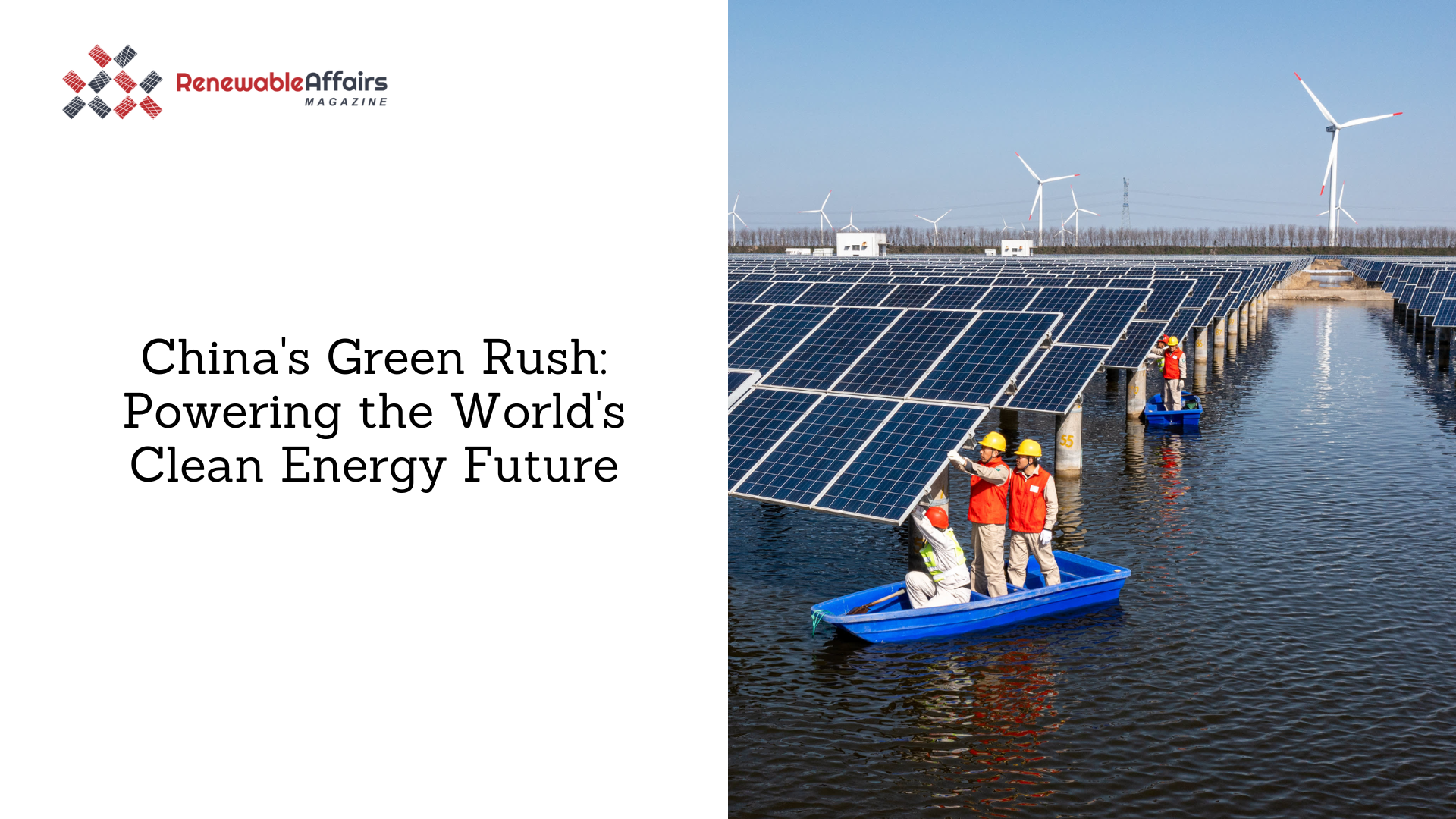
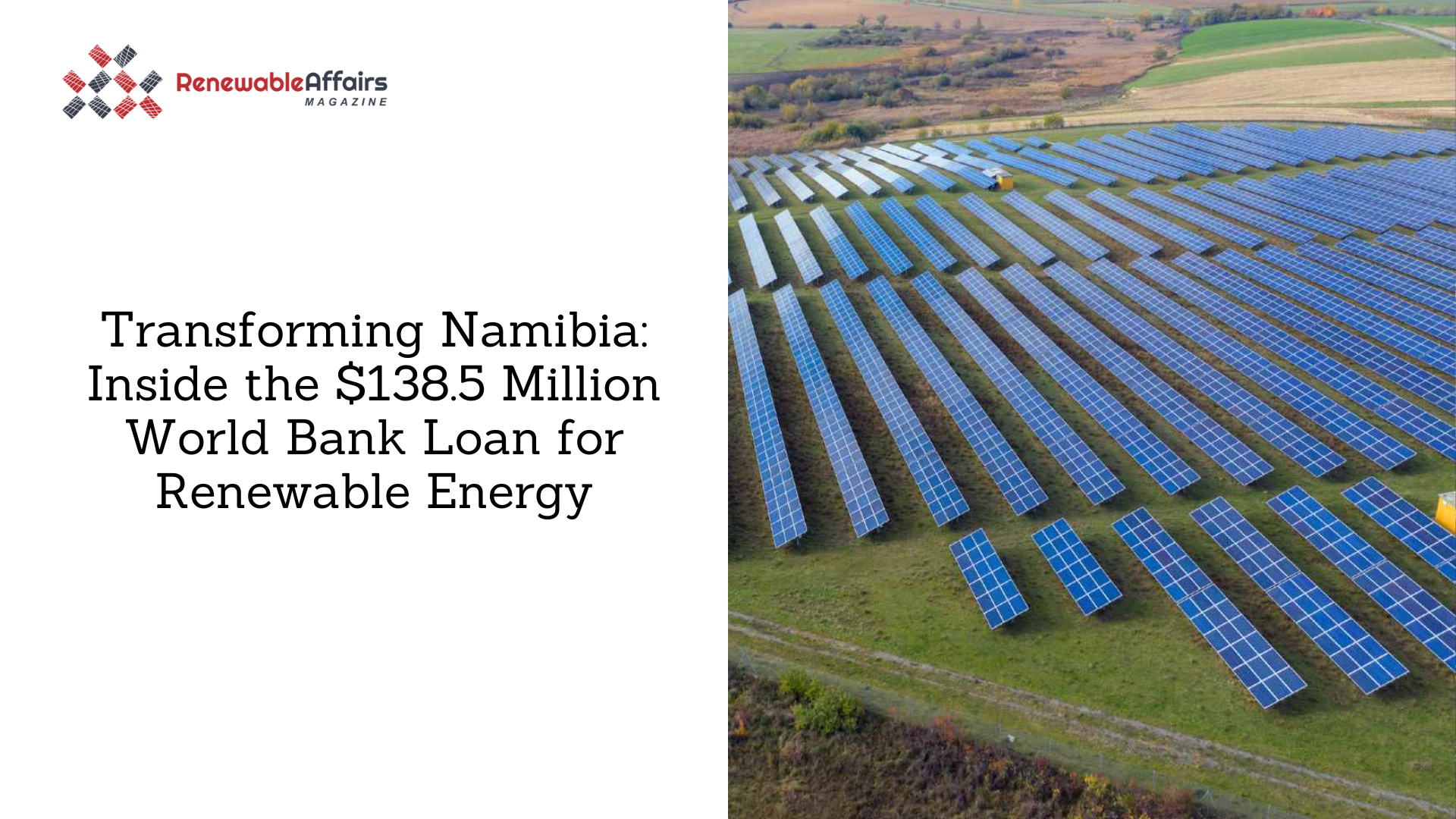


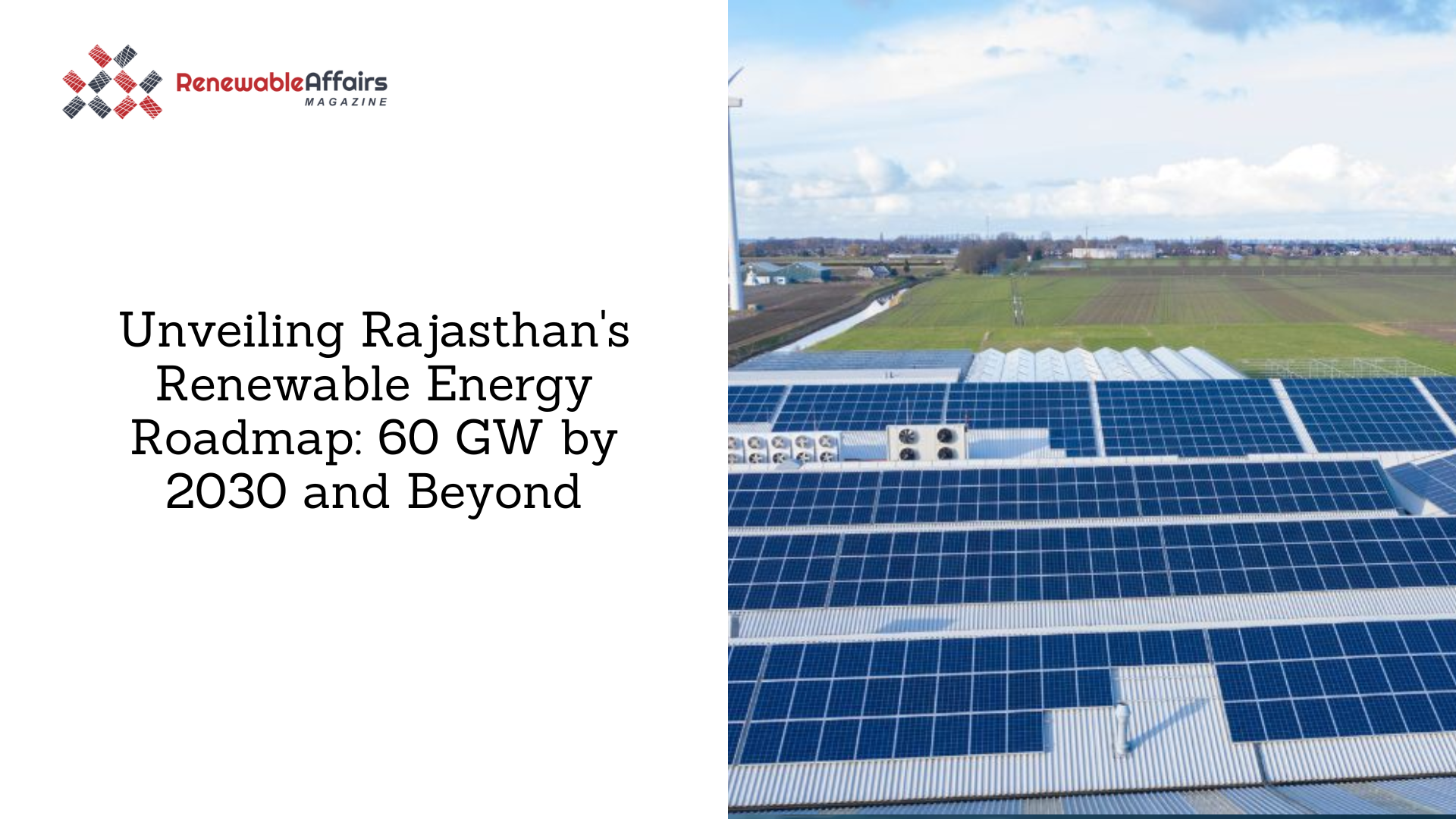

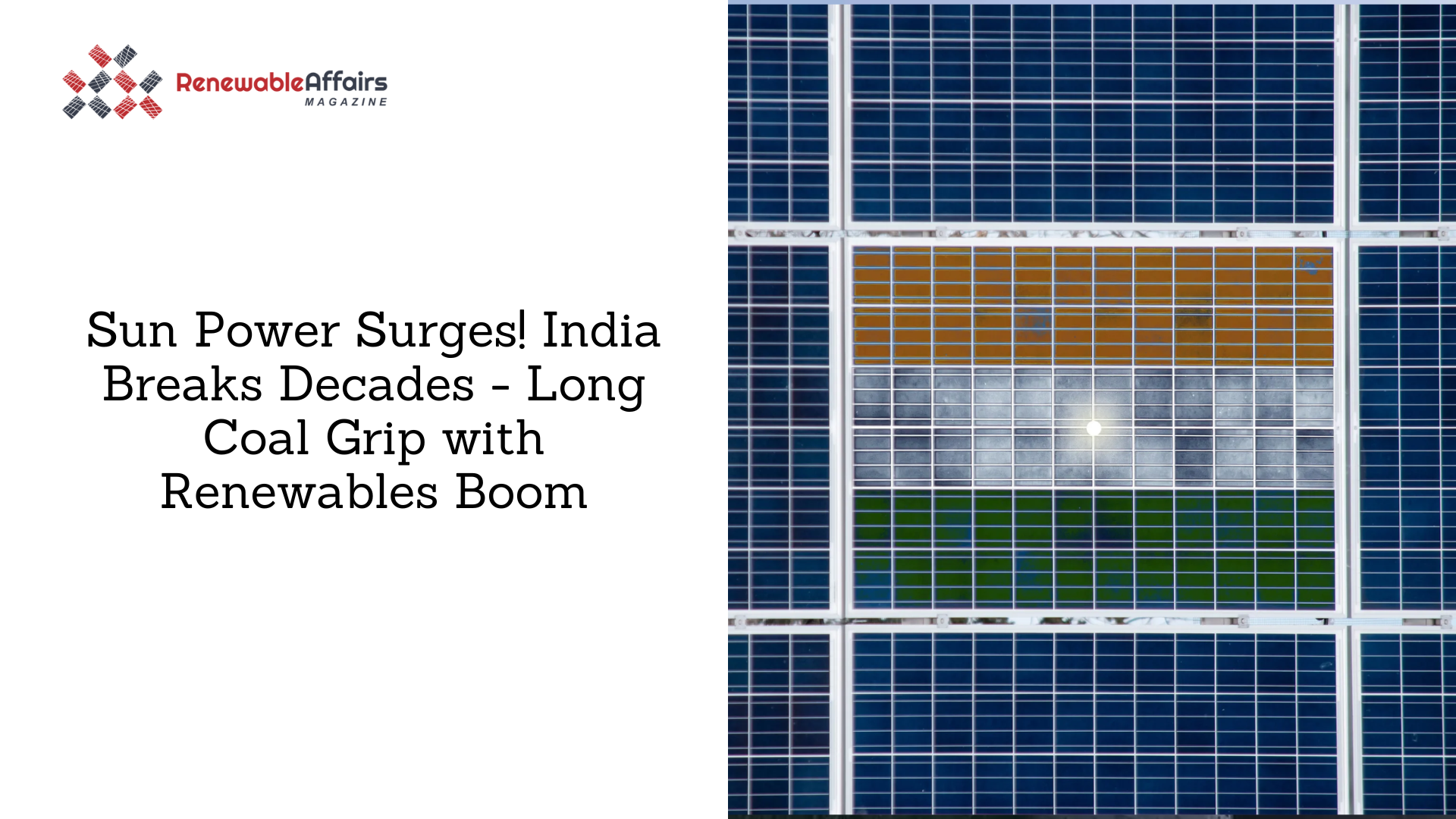


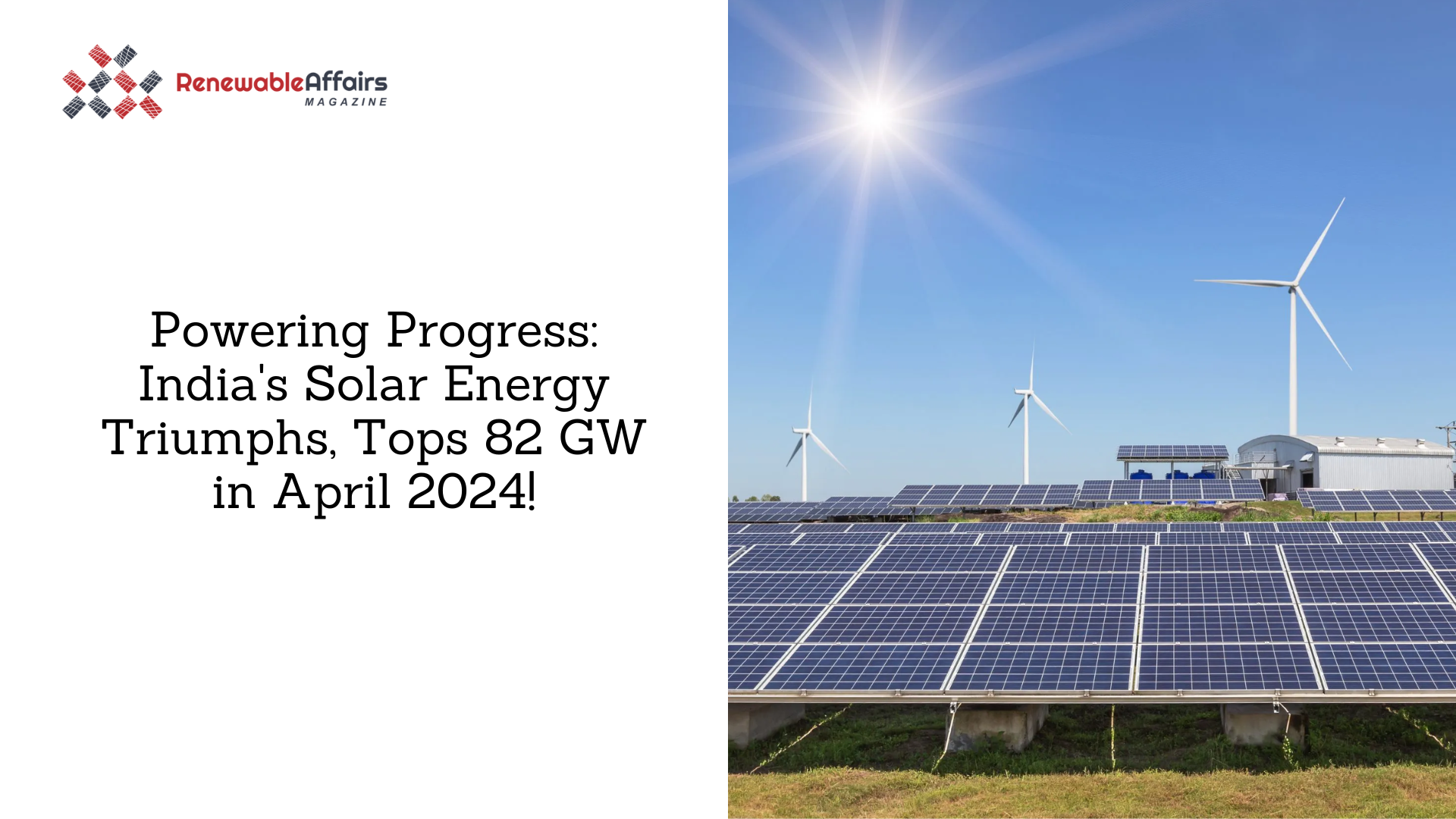













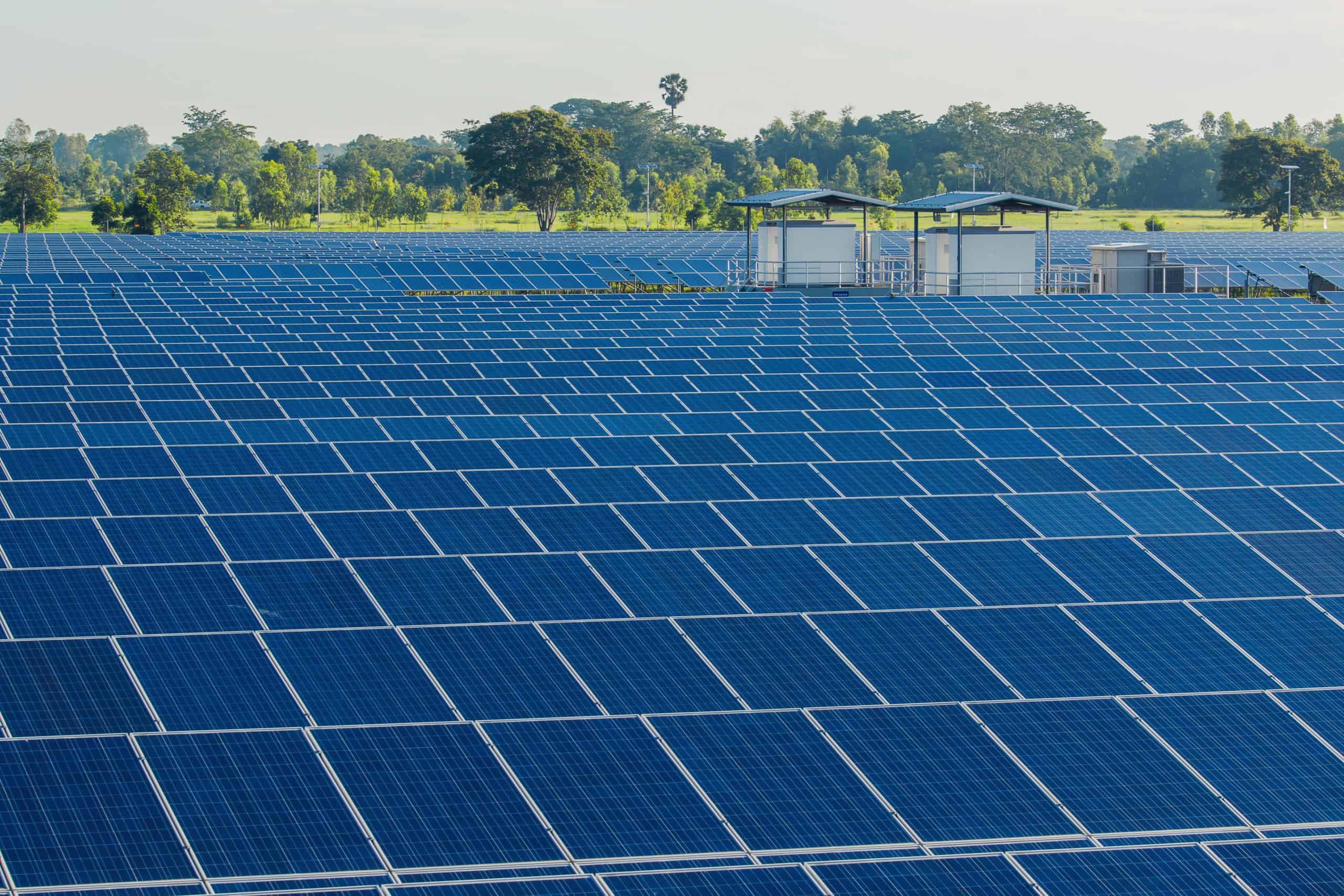











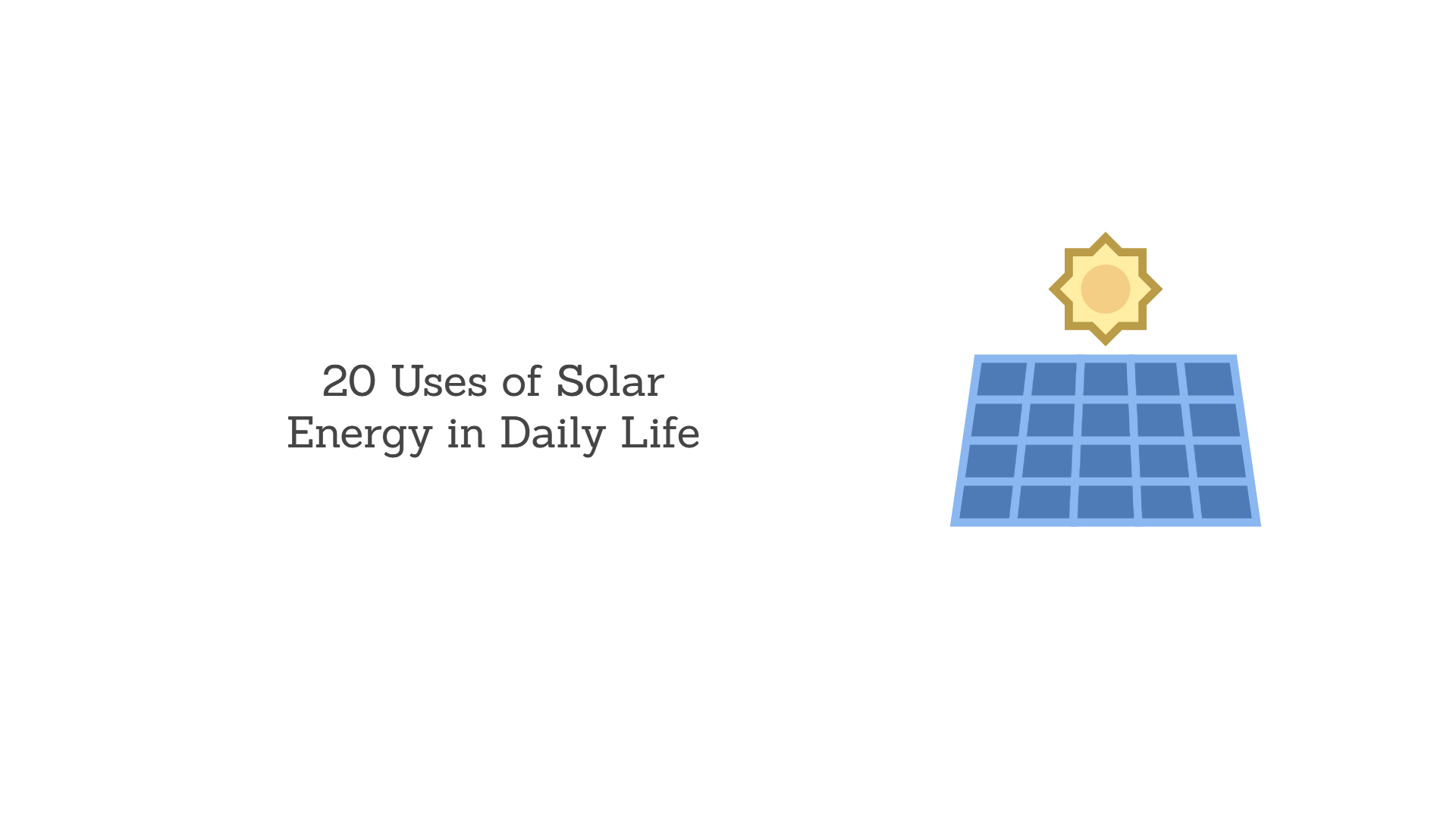





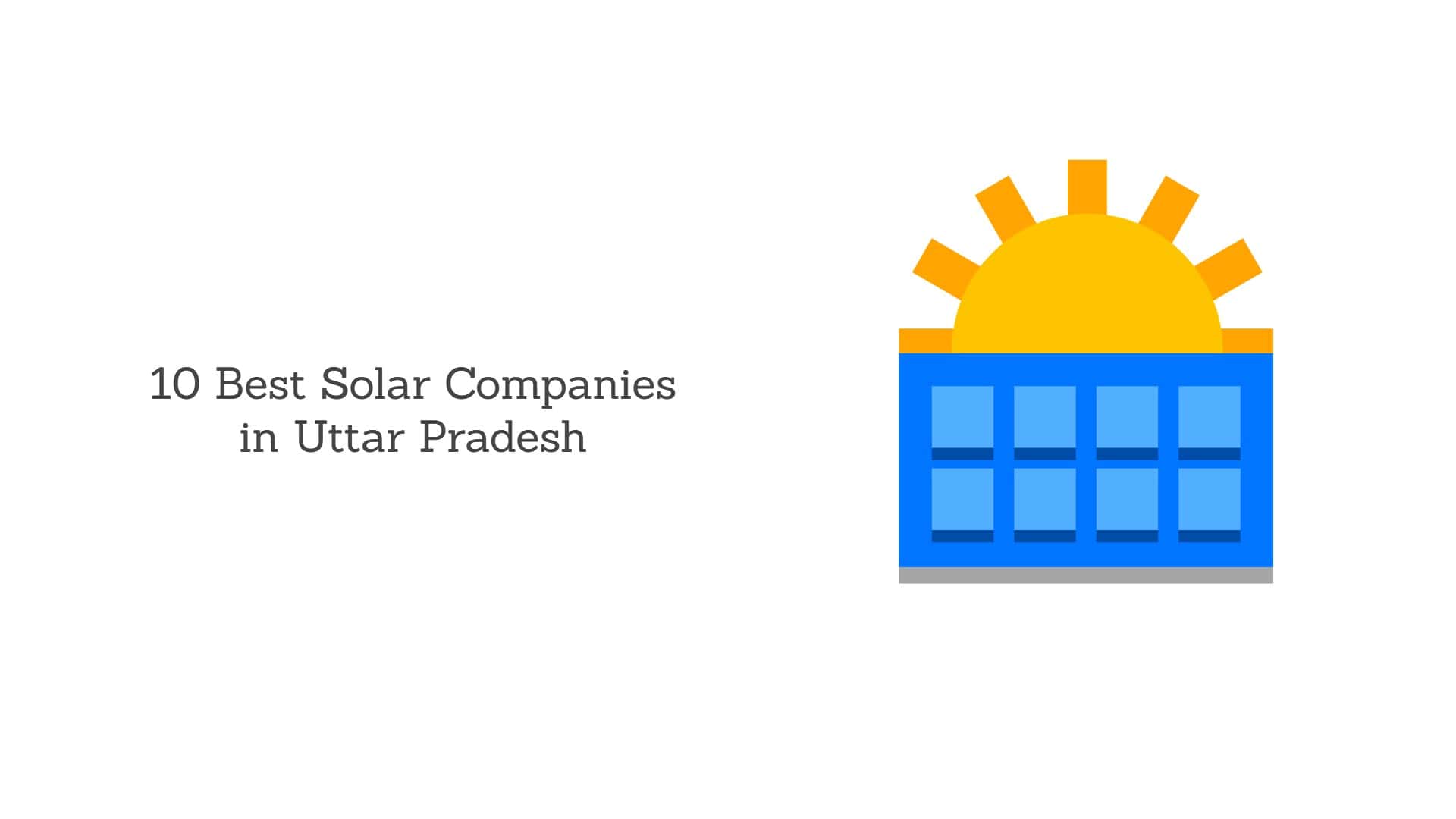


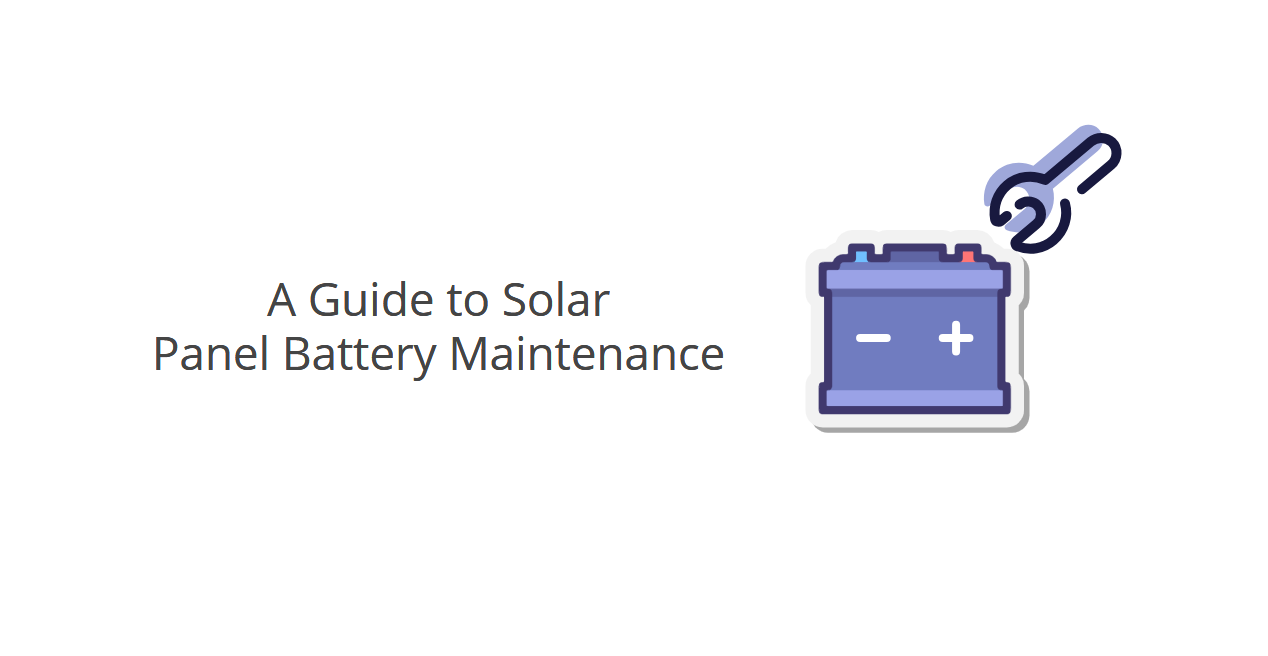












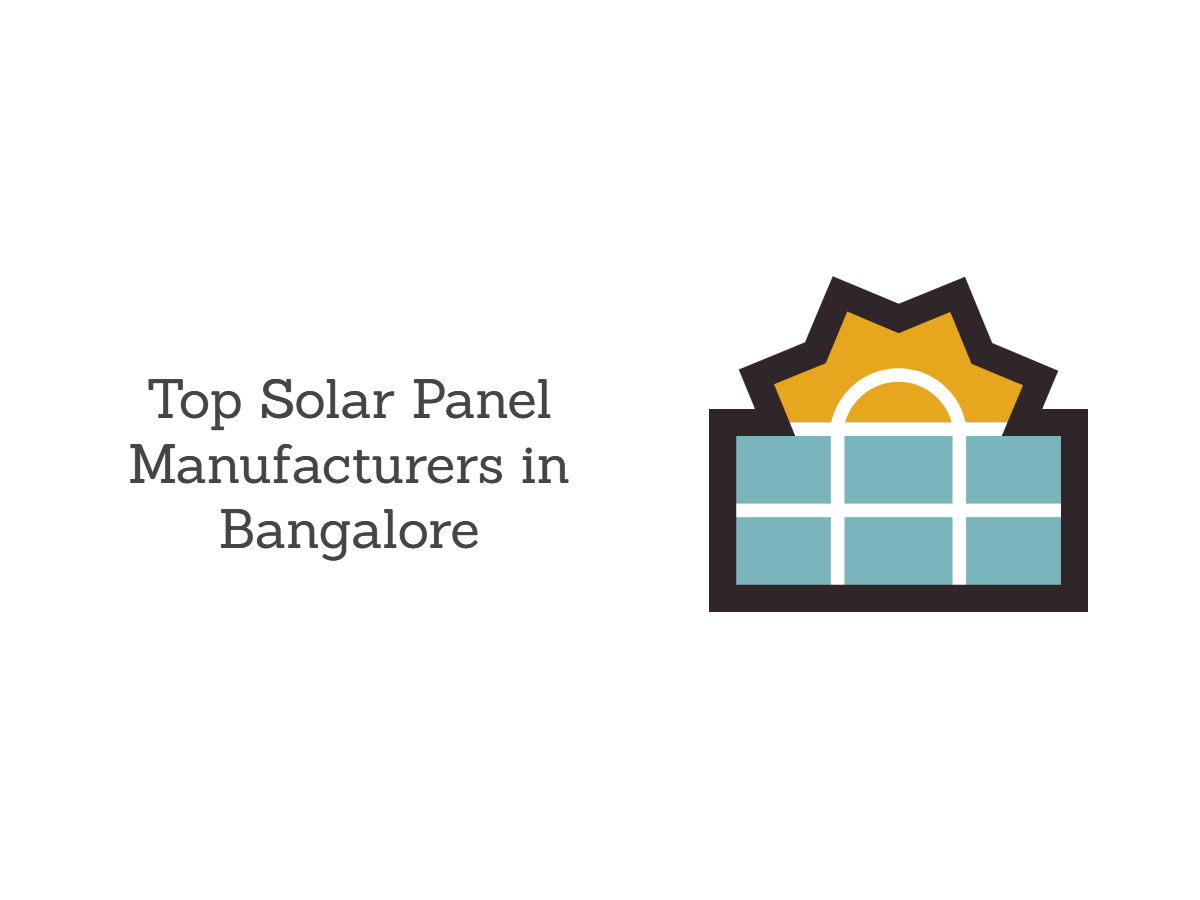






How can state-specific policies and infrastructure development contribute to achieving India’s ambitious solar energy targets, and what innovative approaches can states like Haryana and Uttar Pradesh adopt to enhance their solar energy capacities in the coming years?